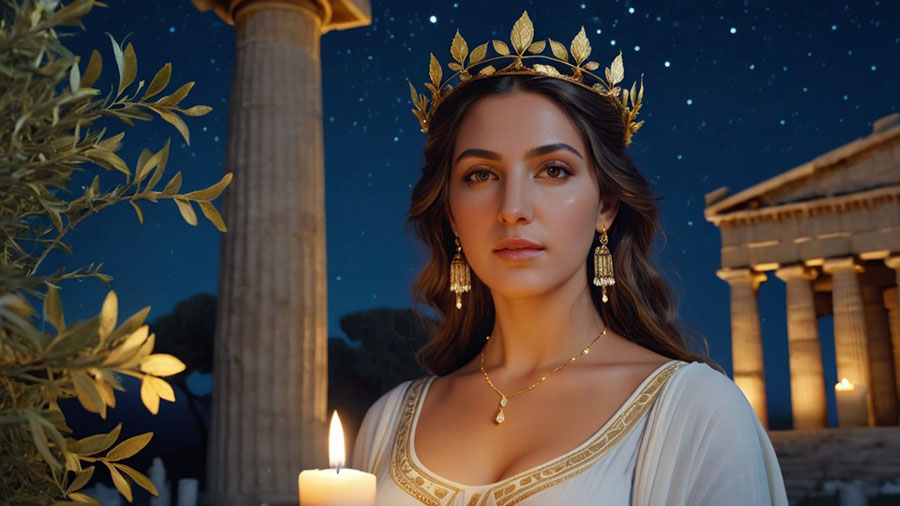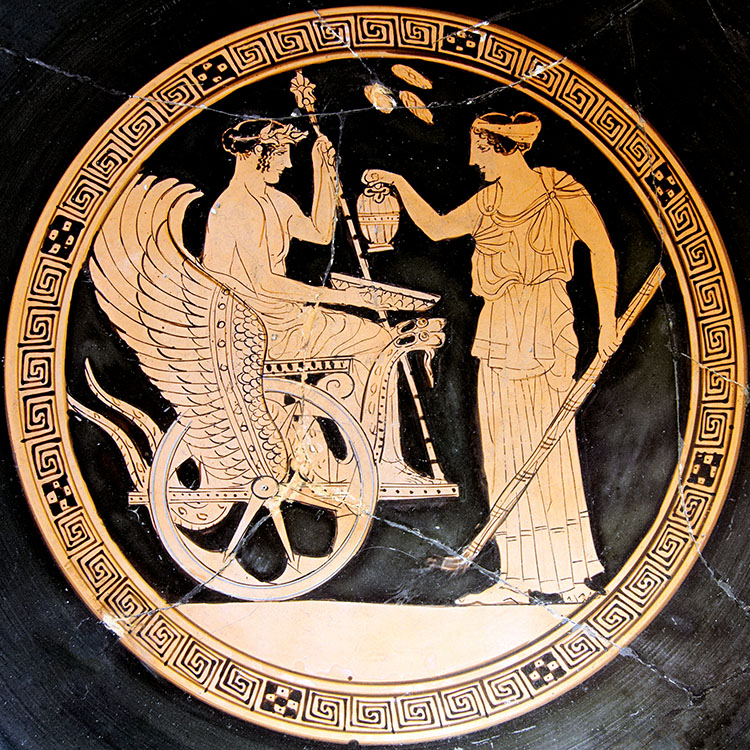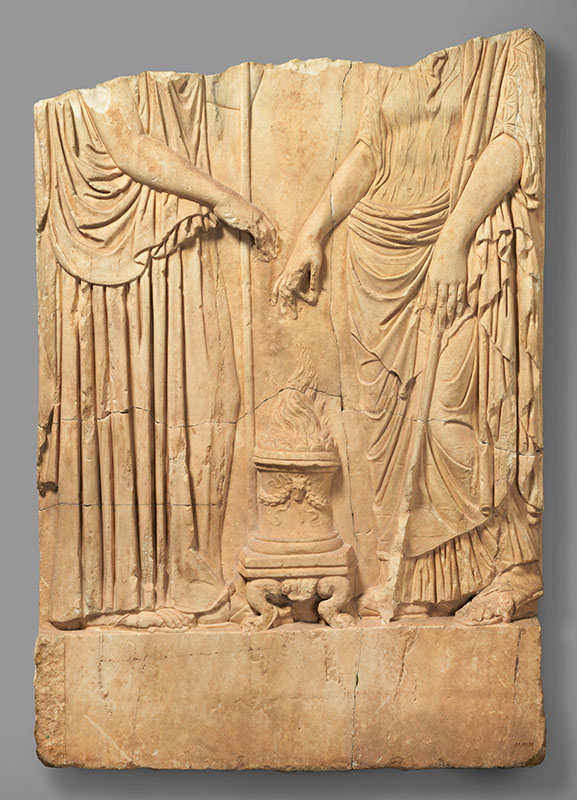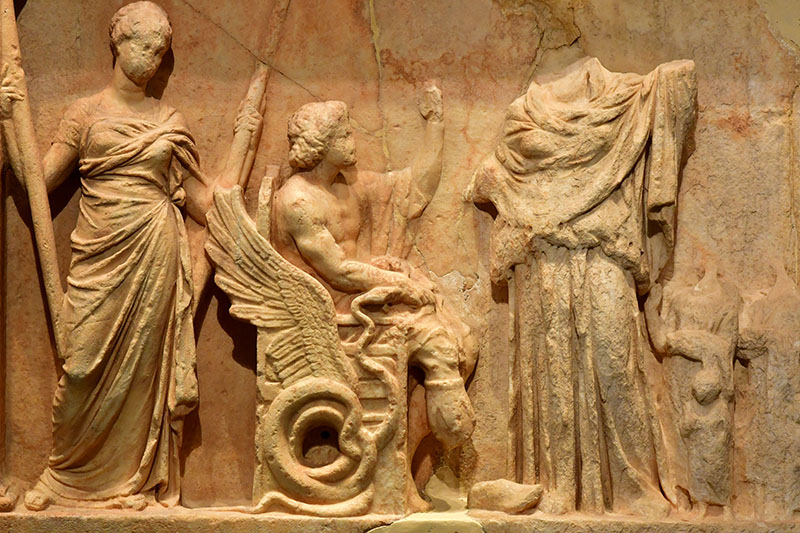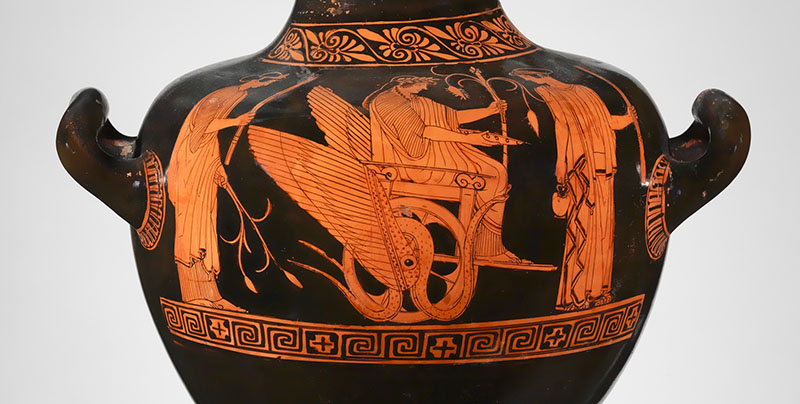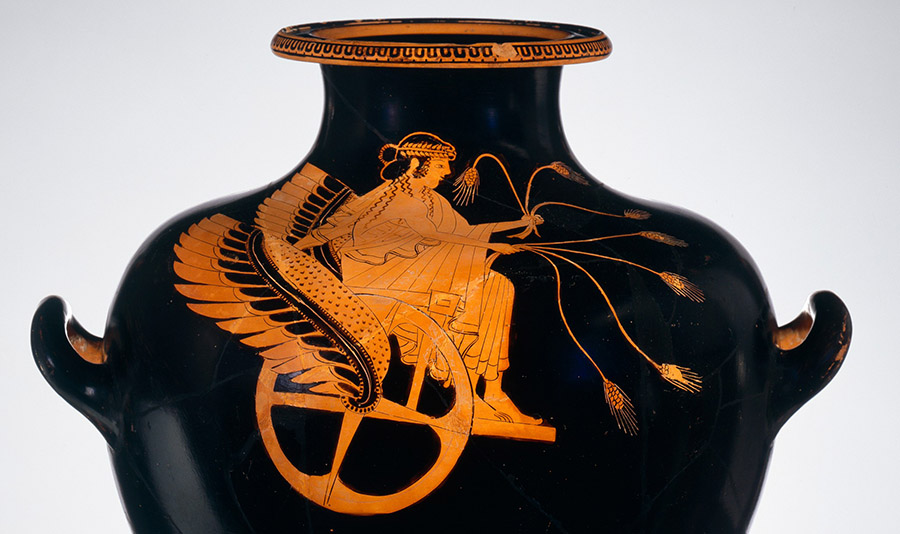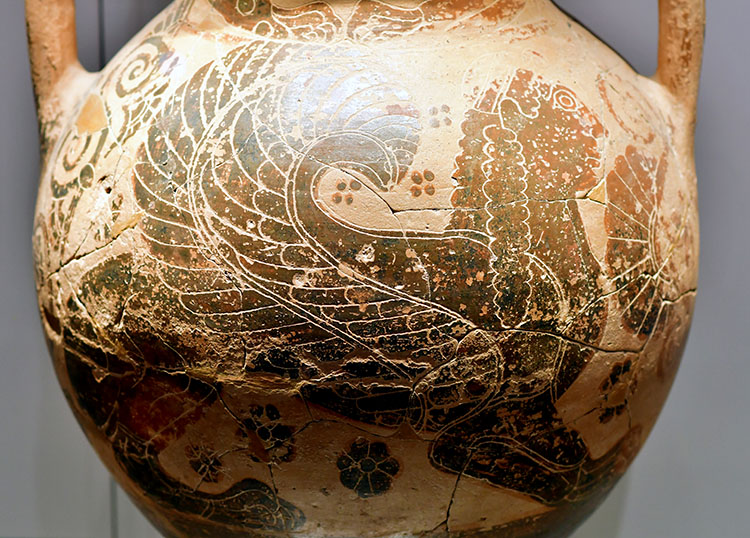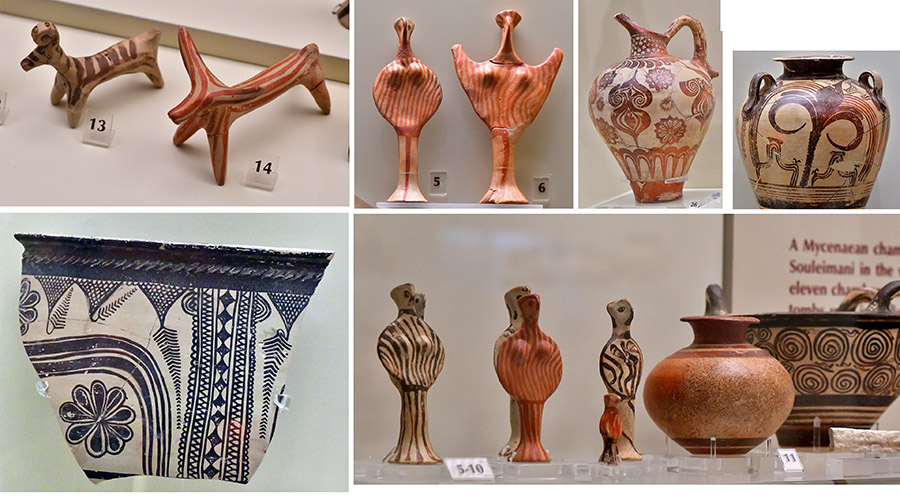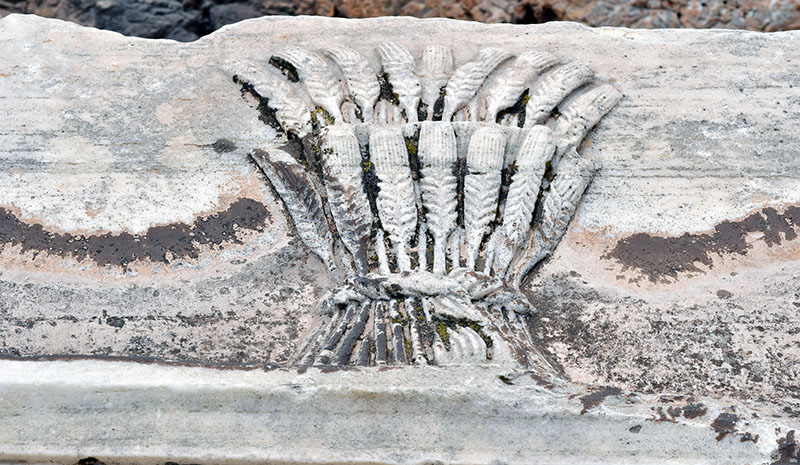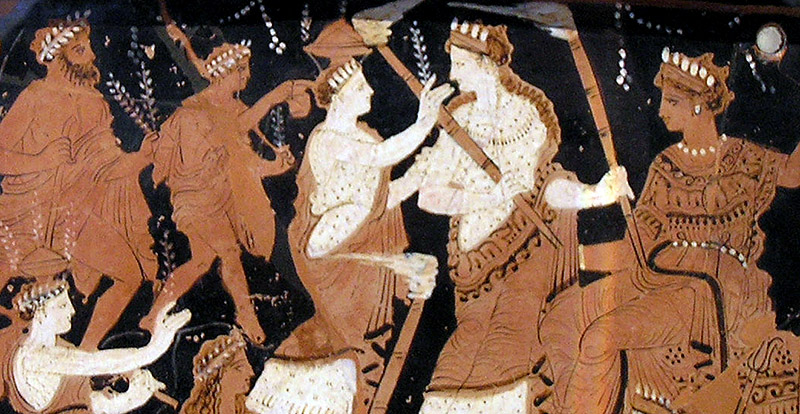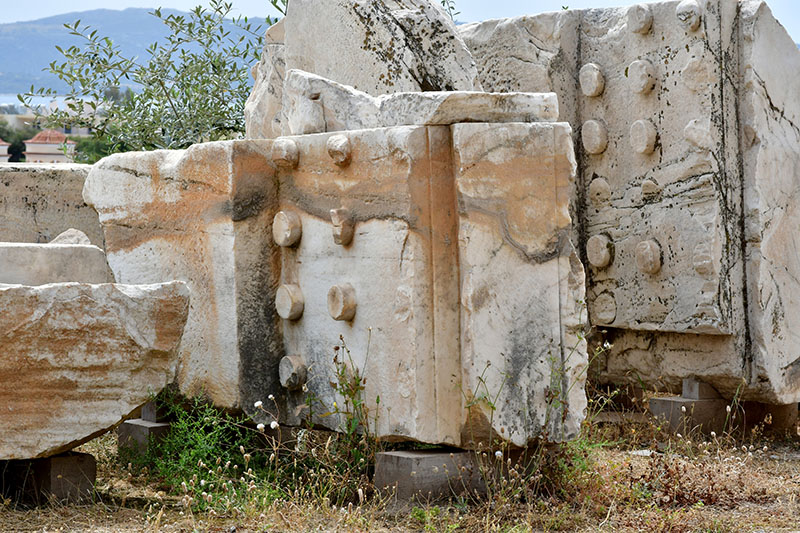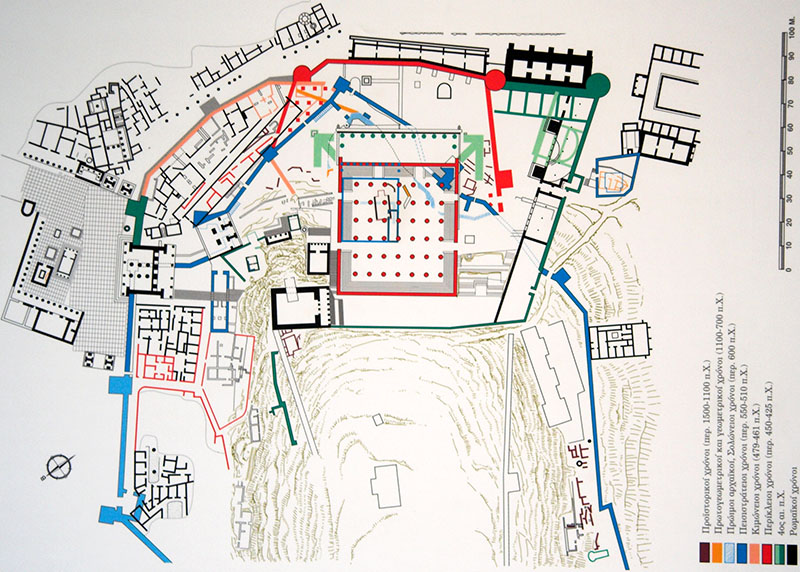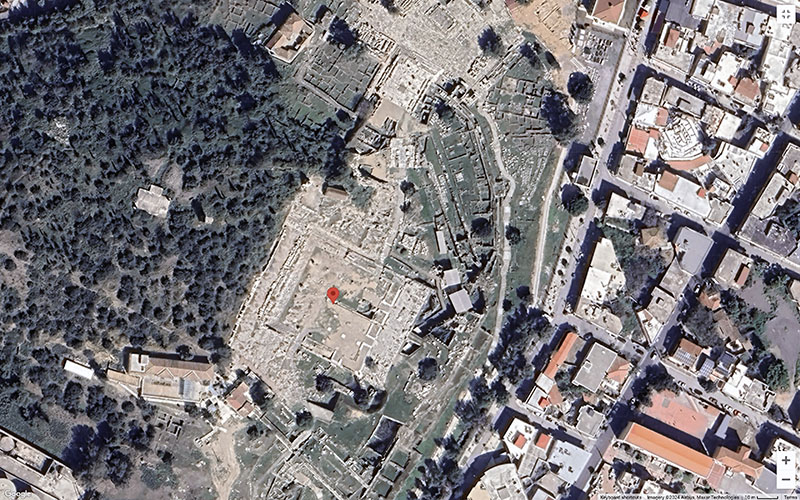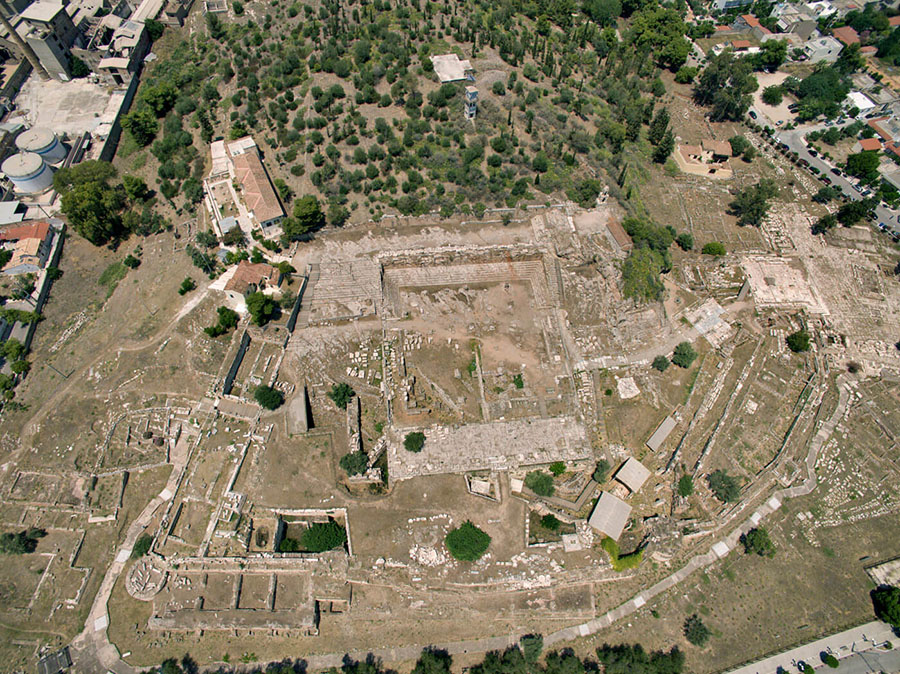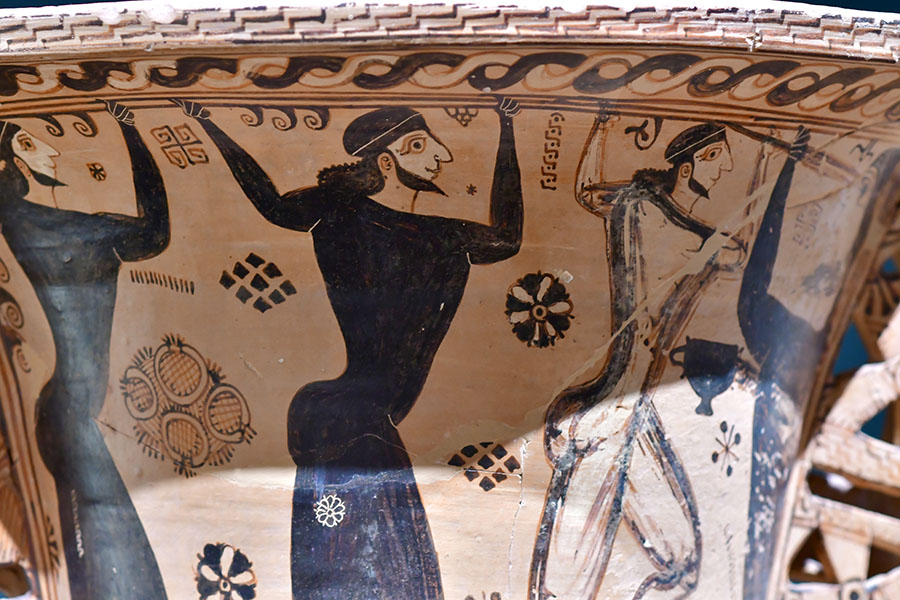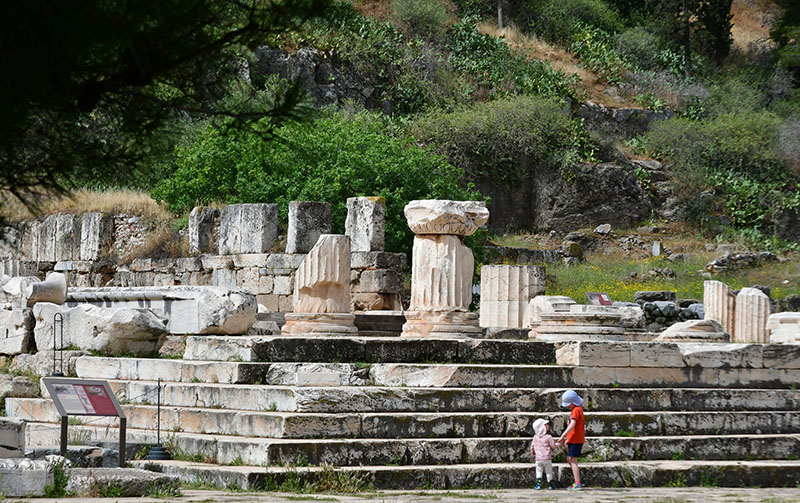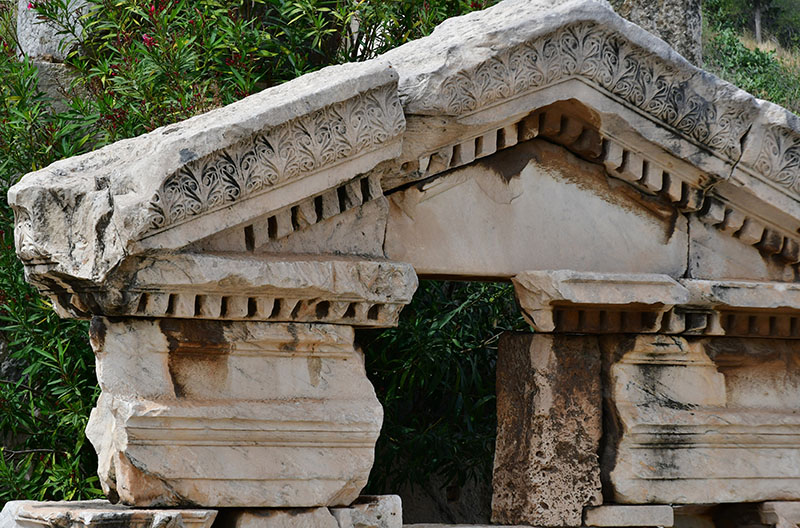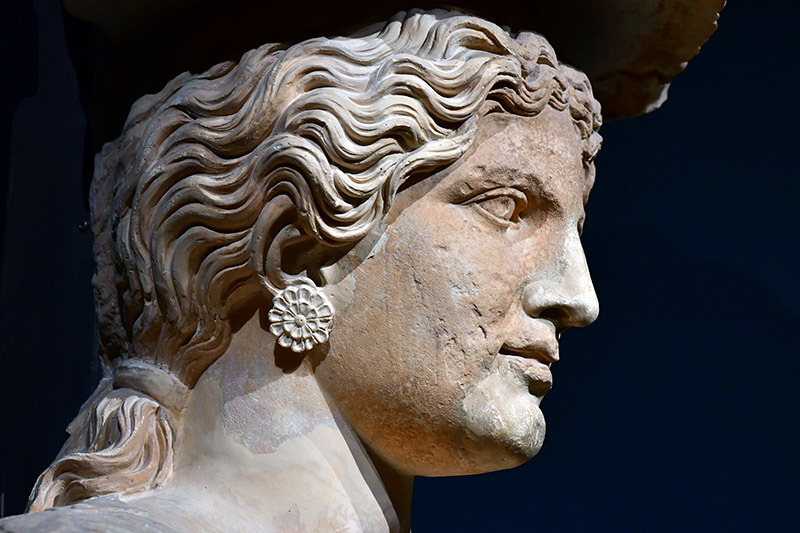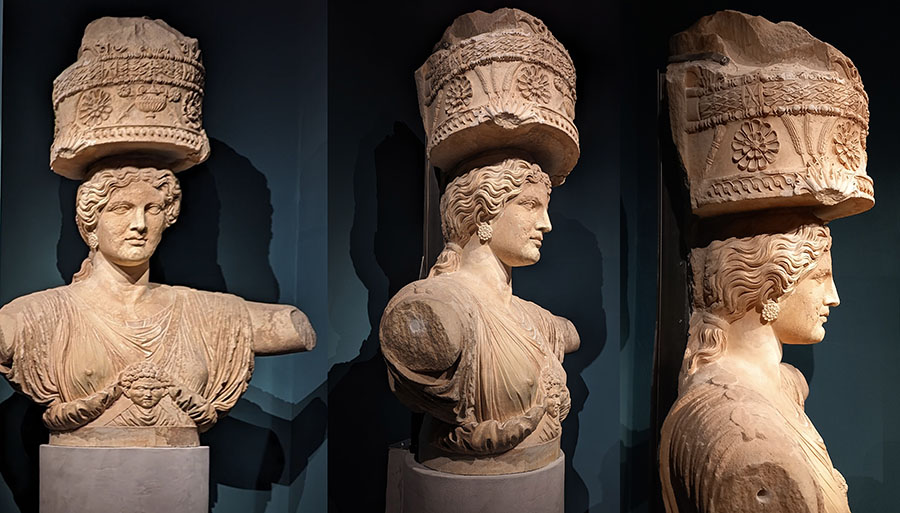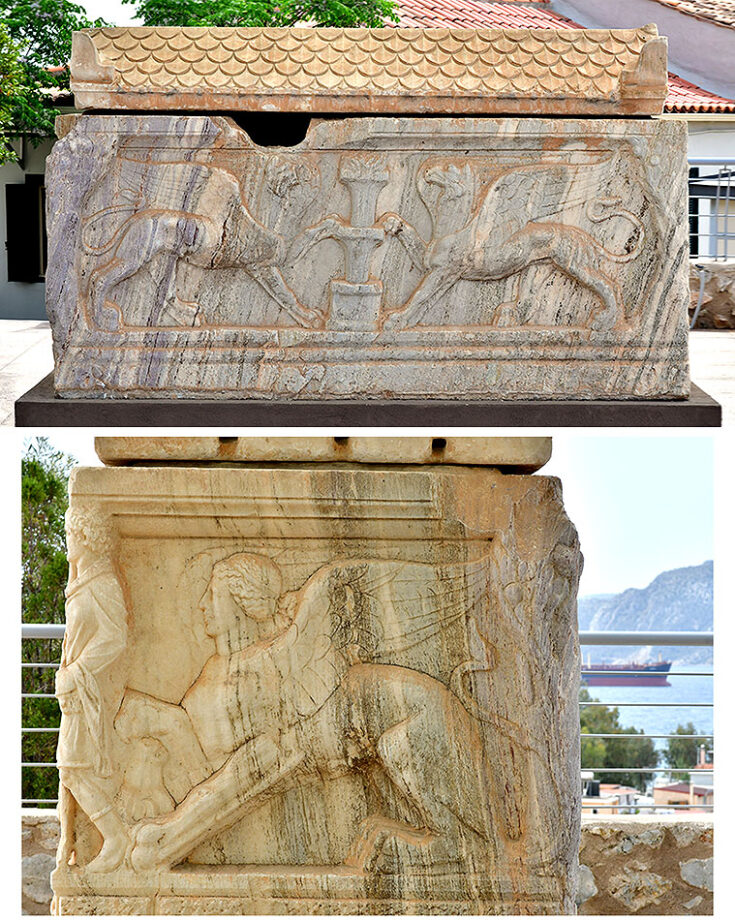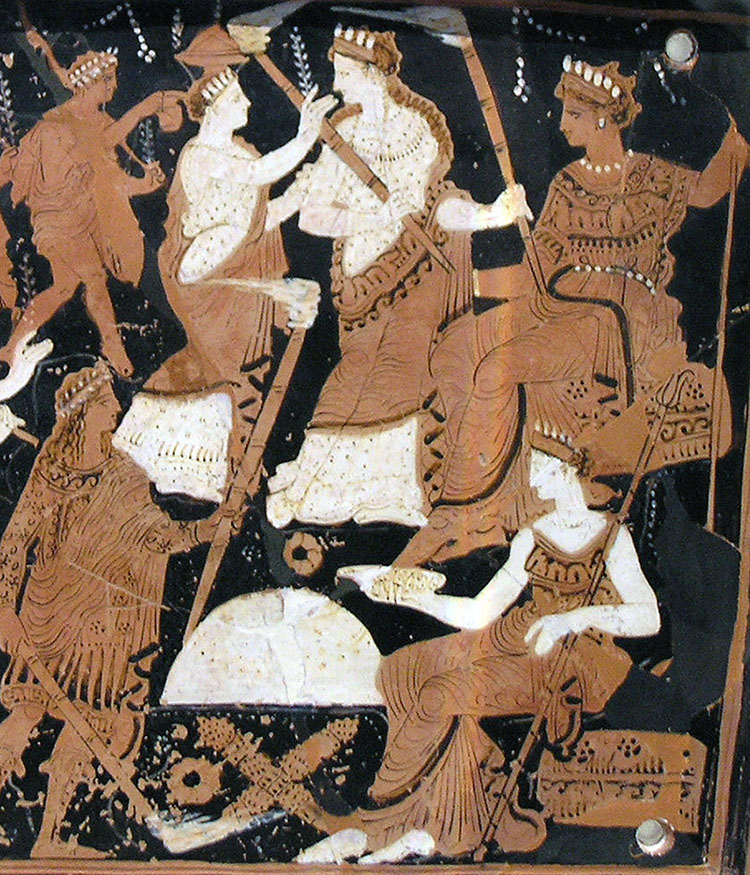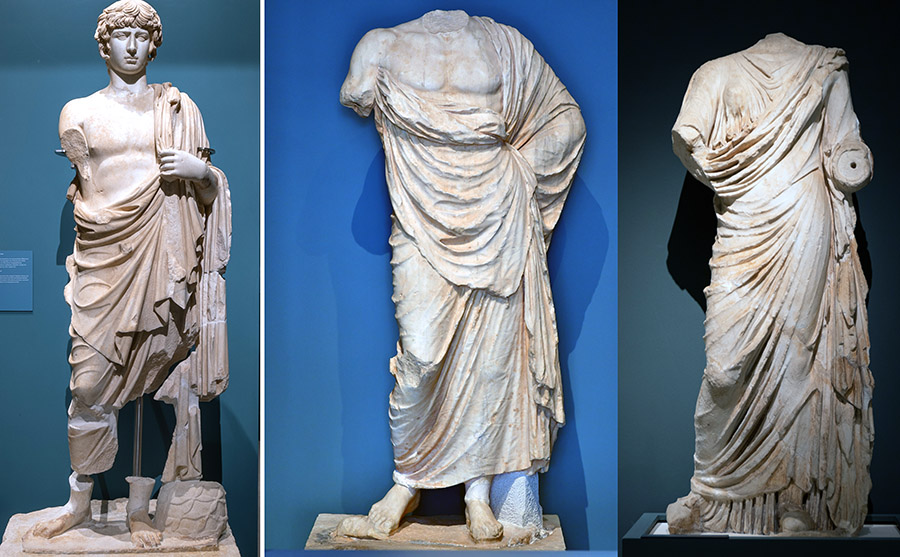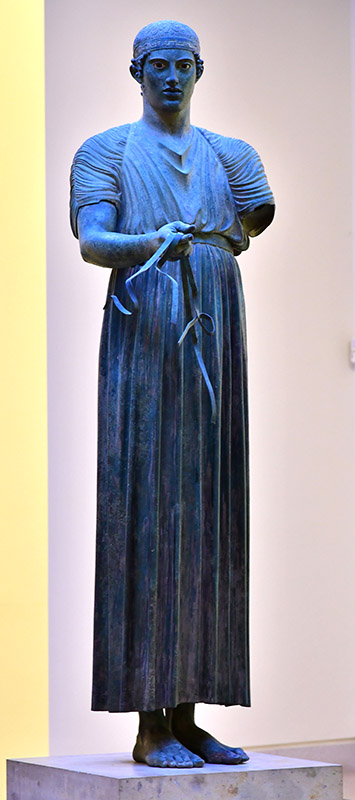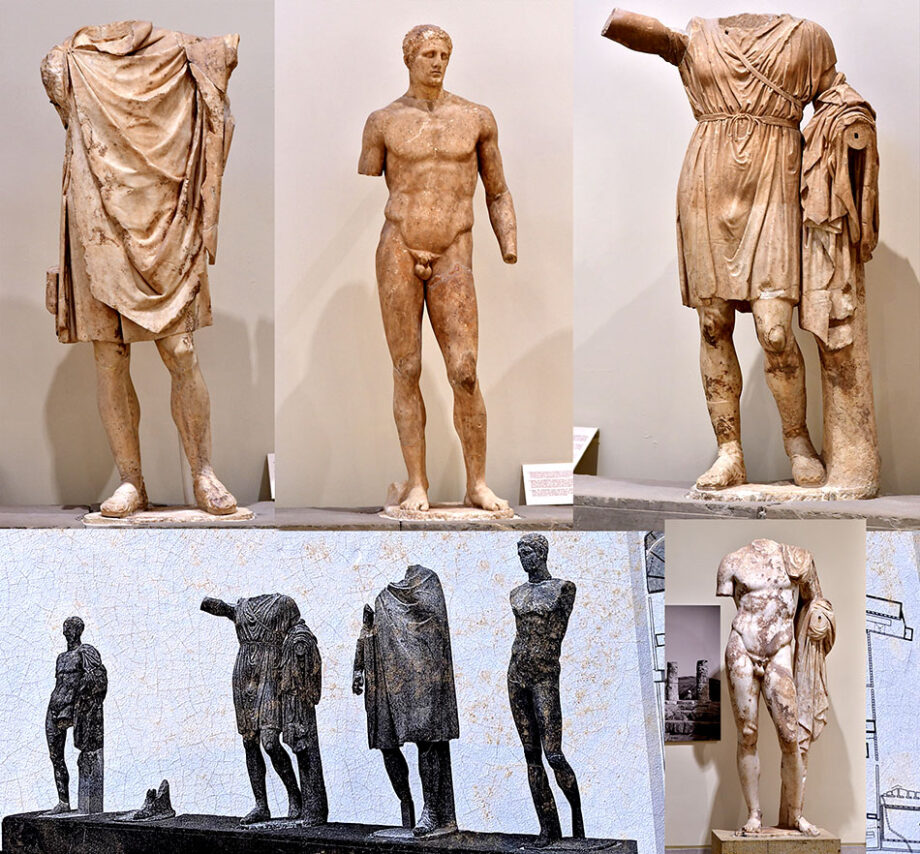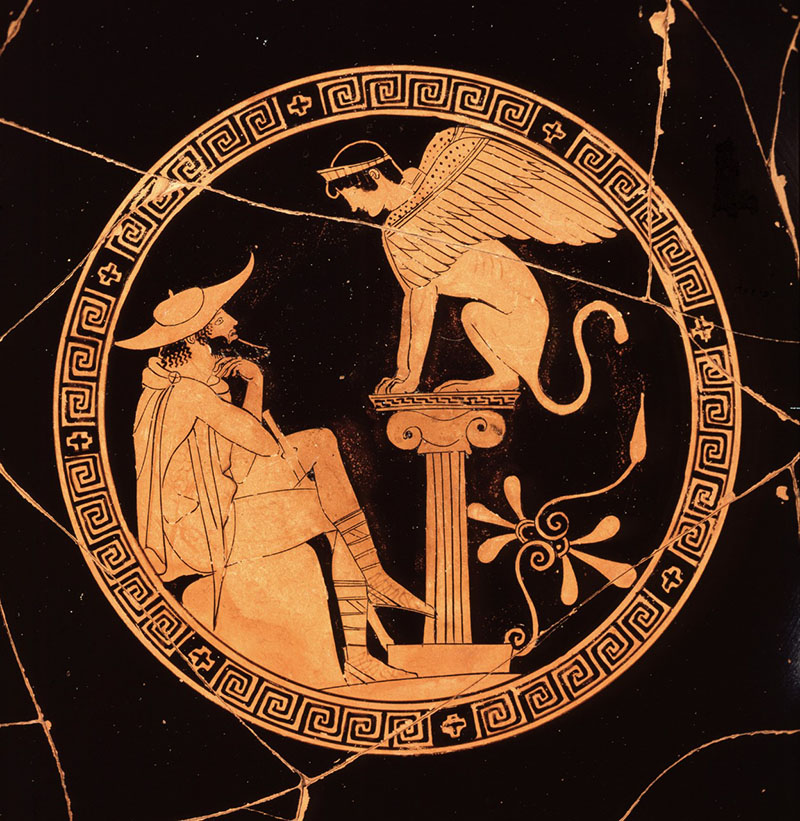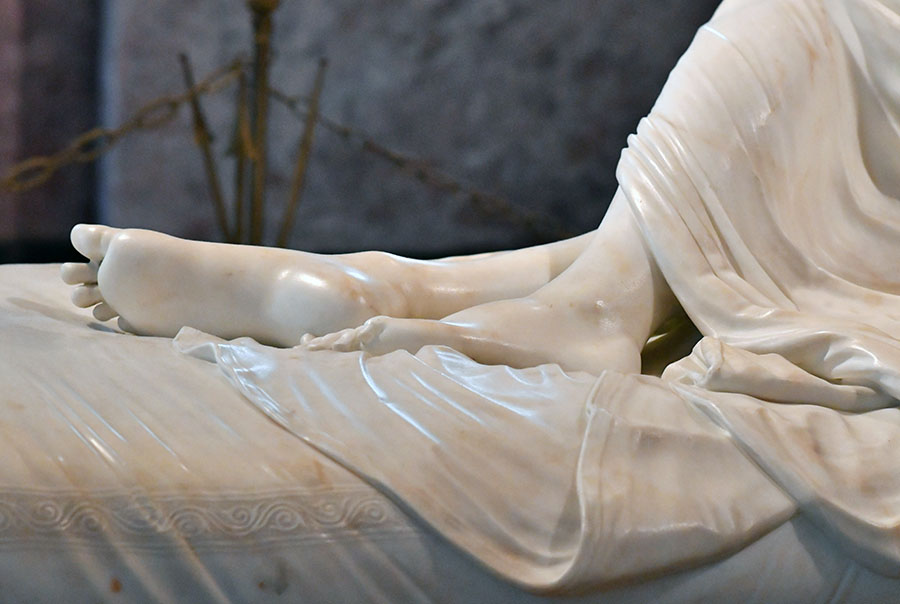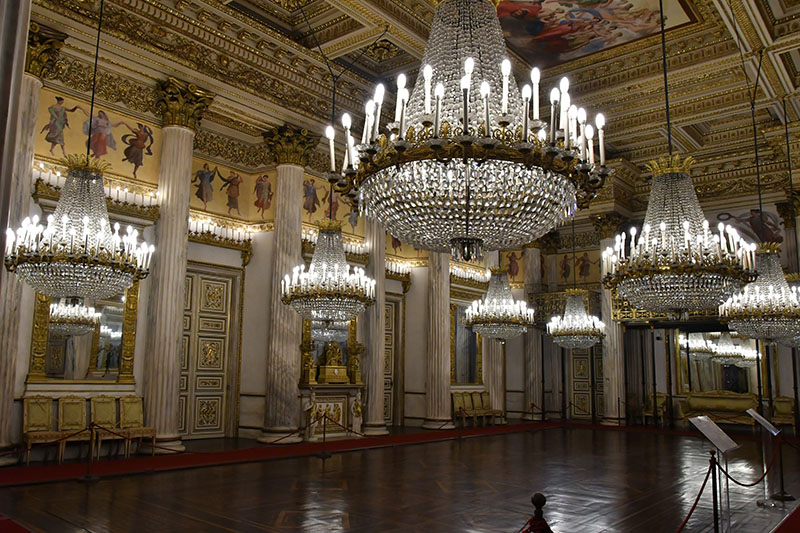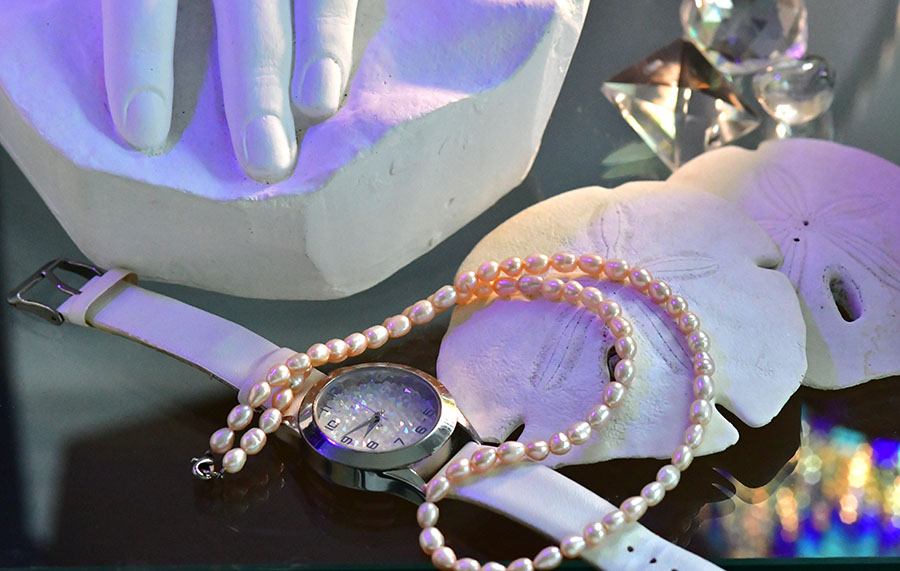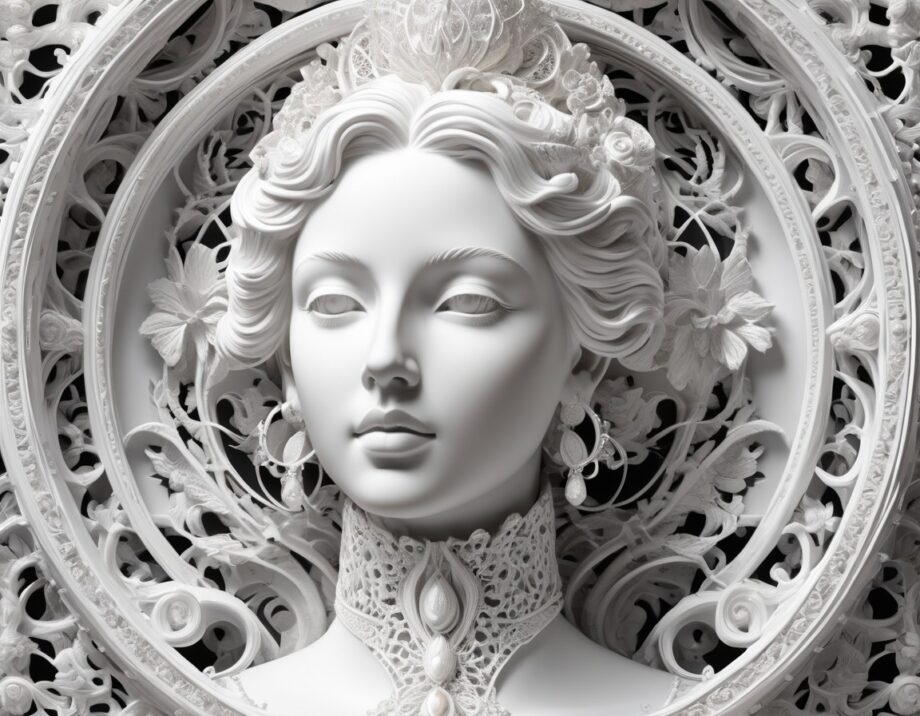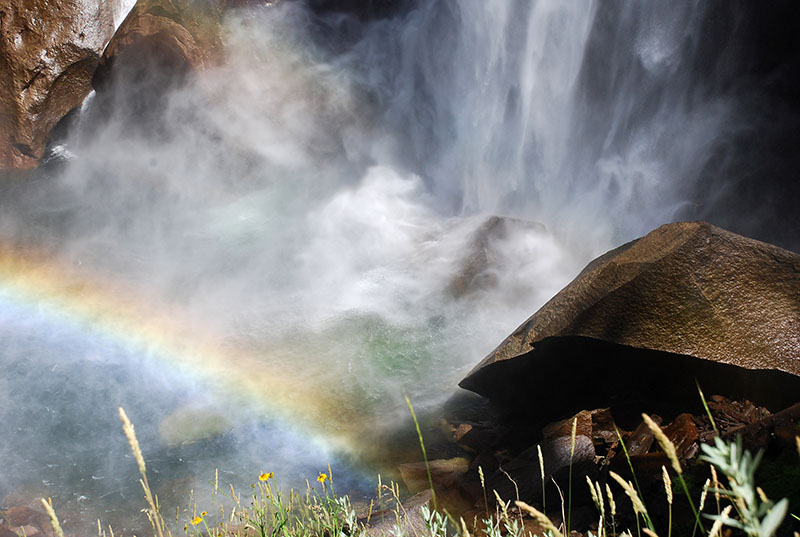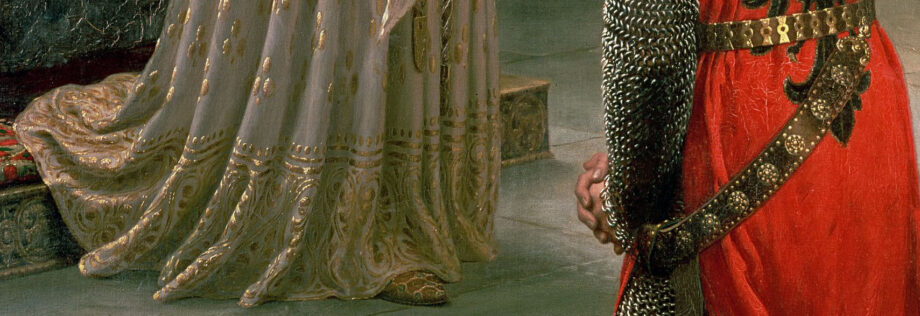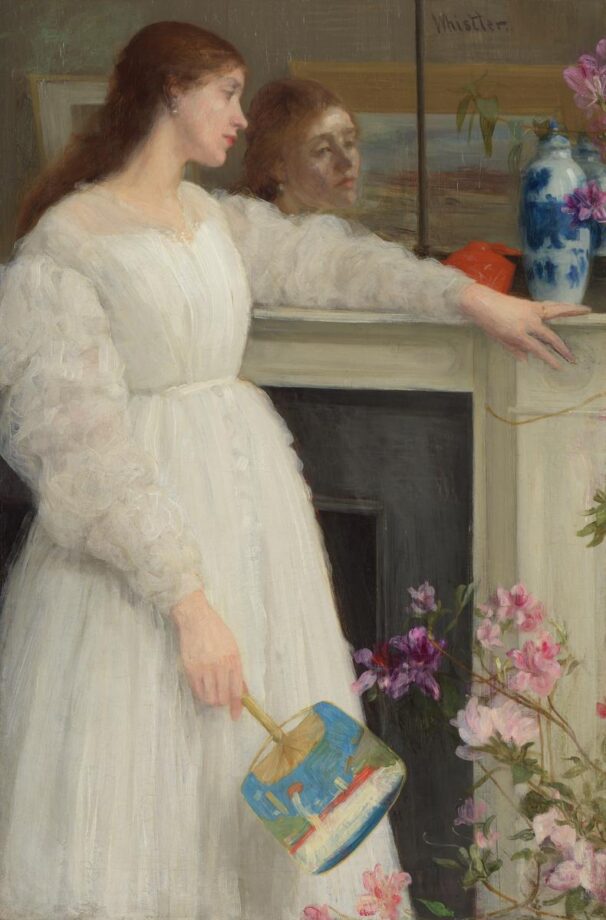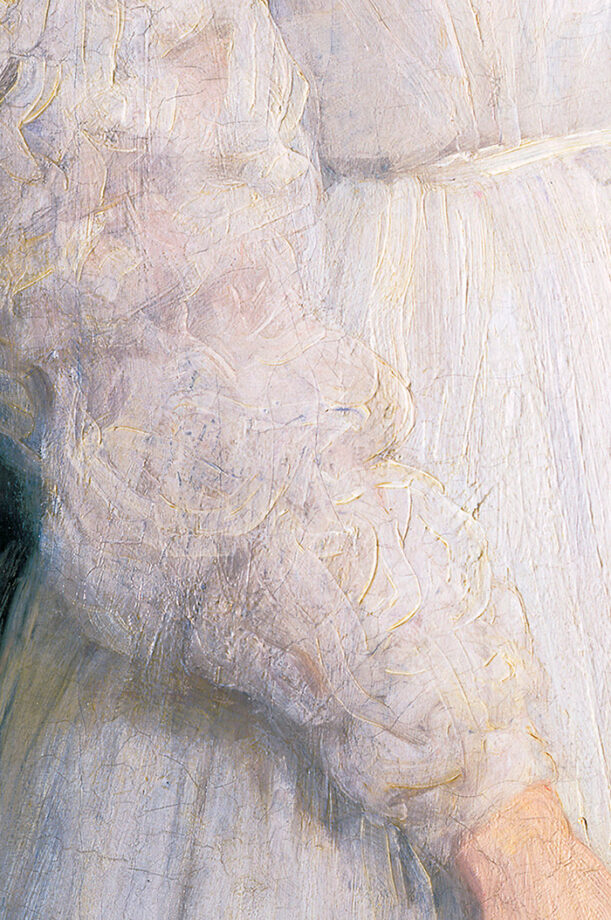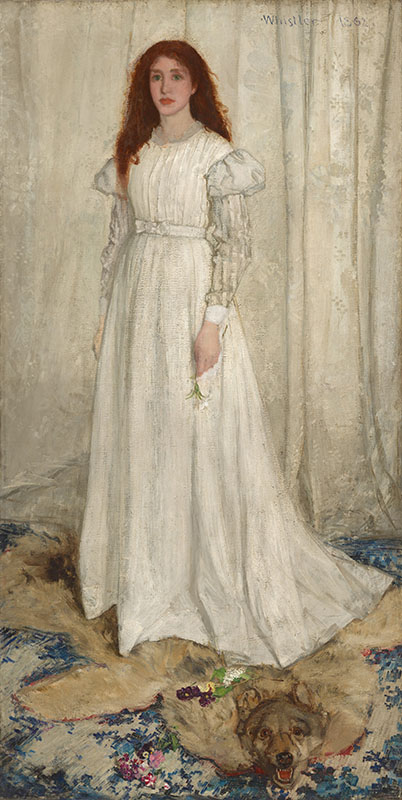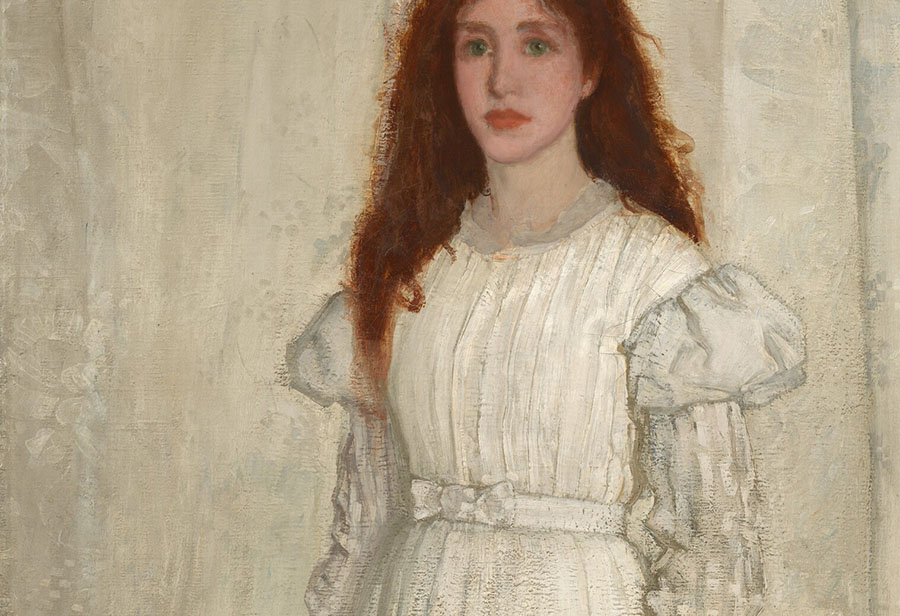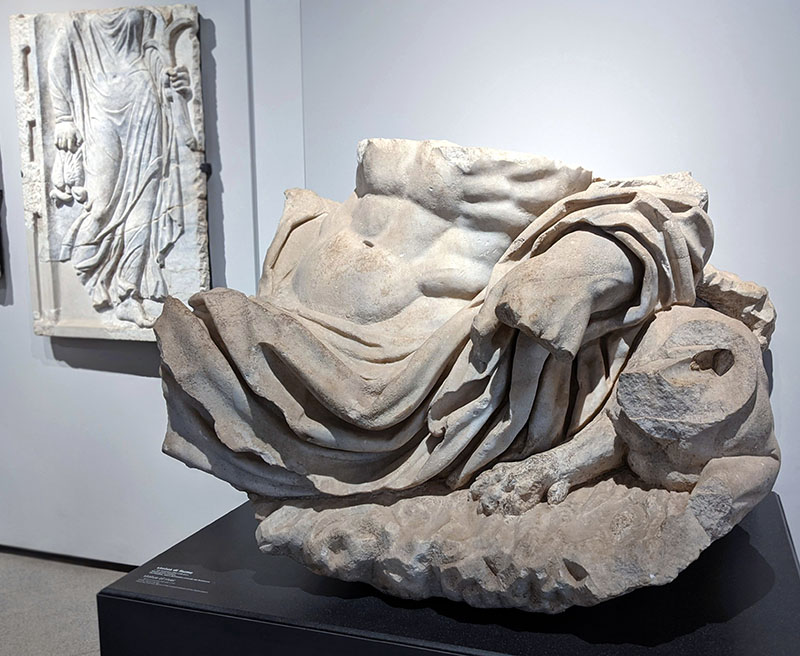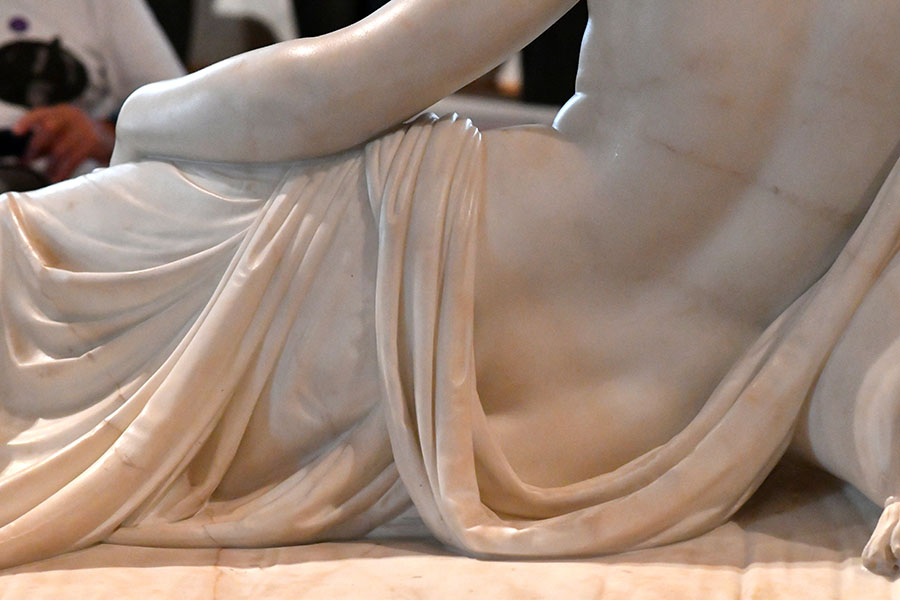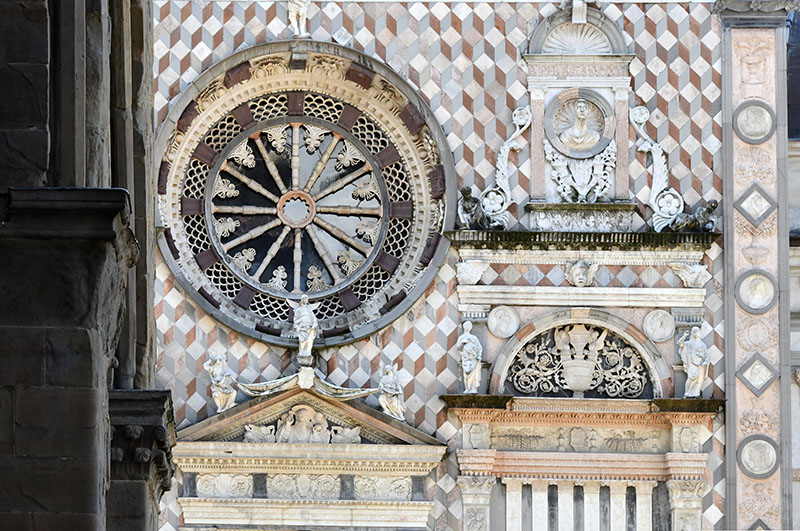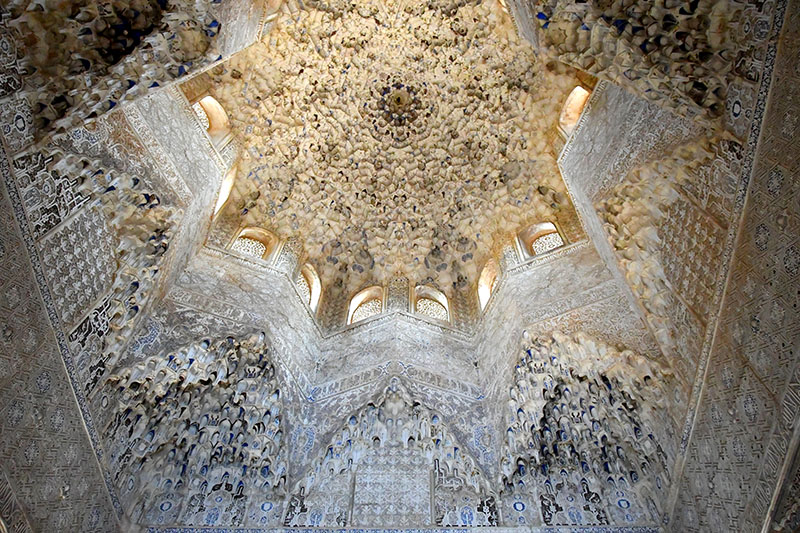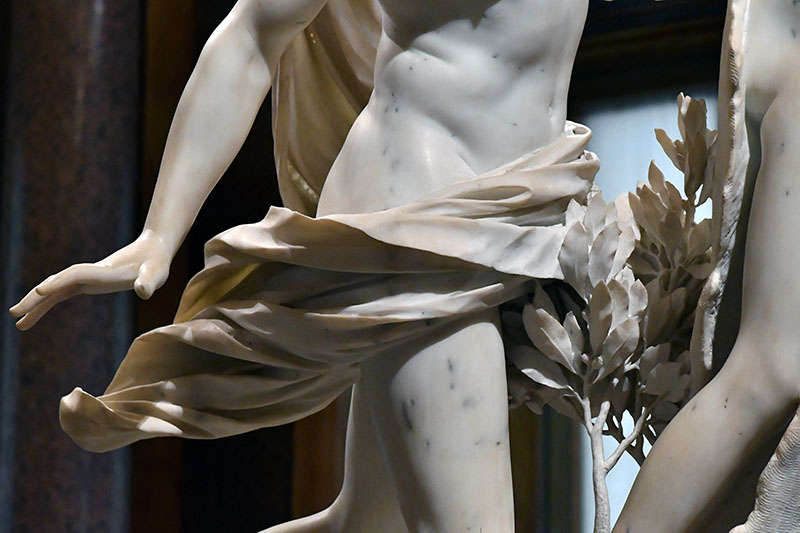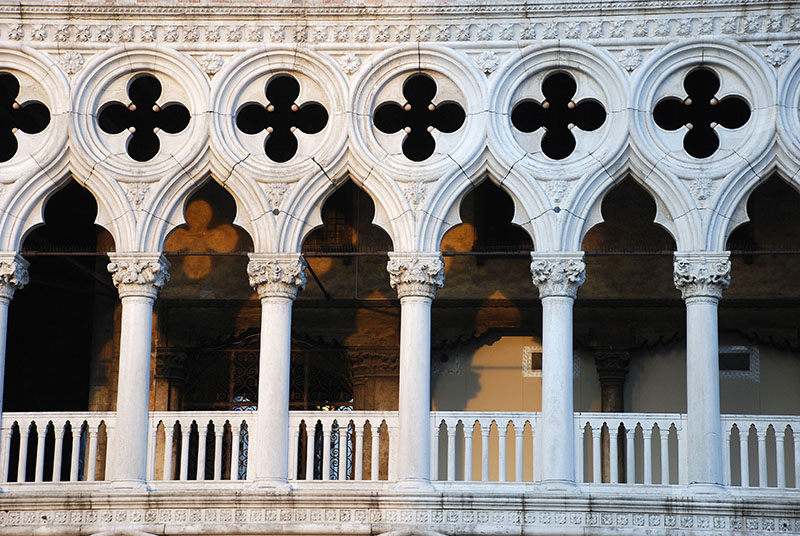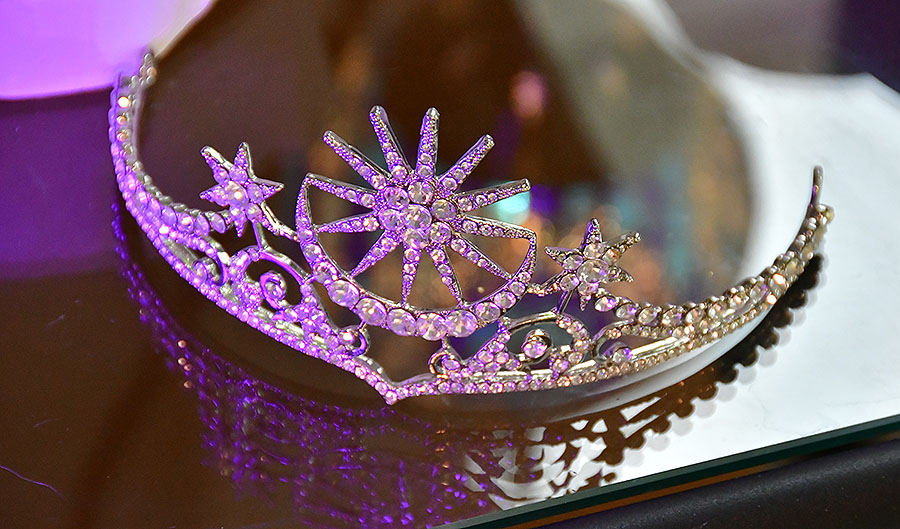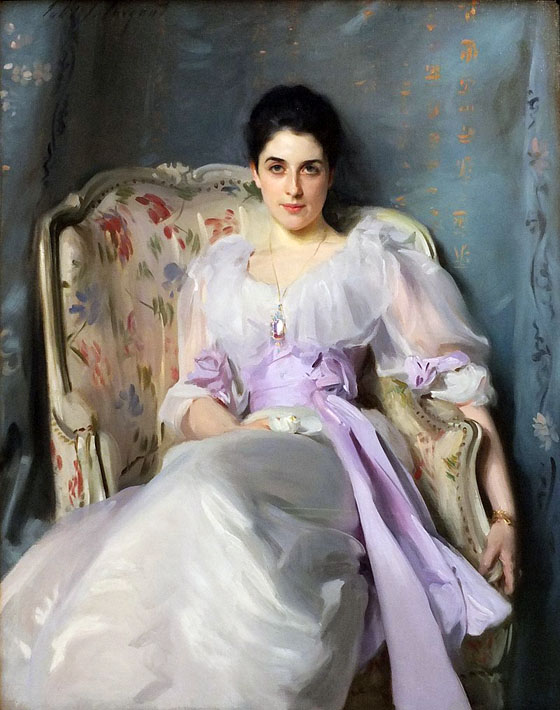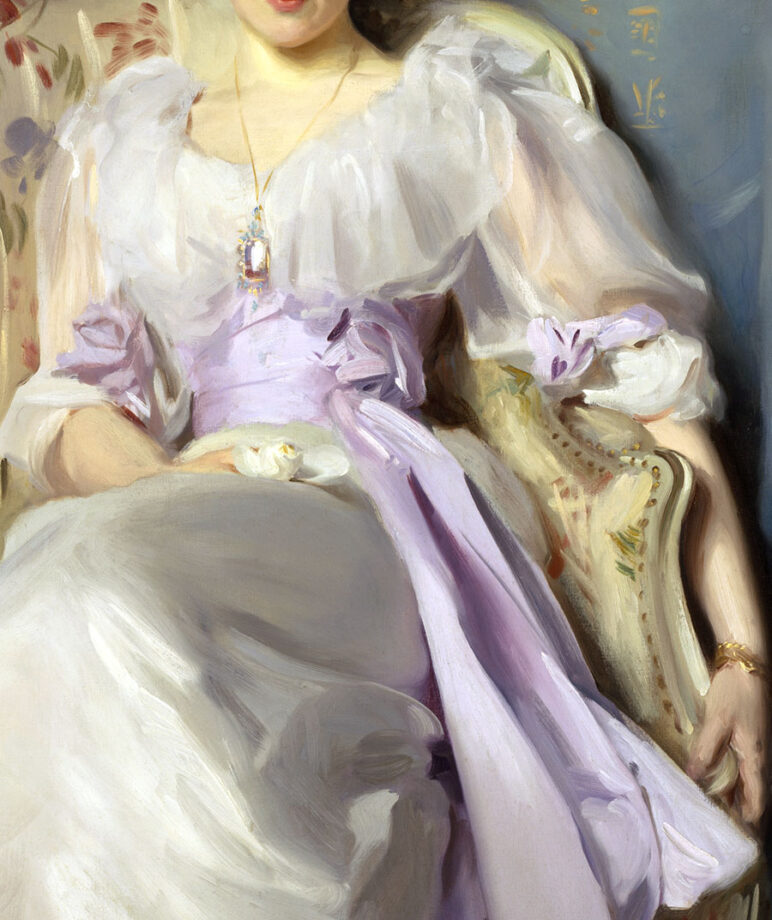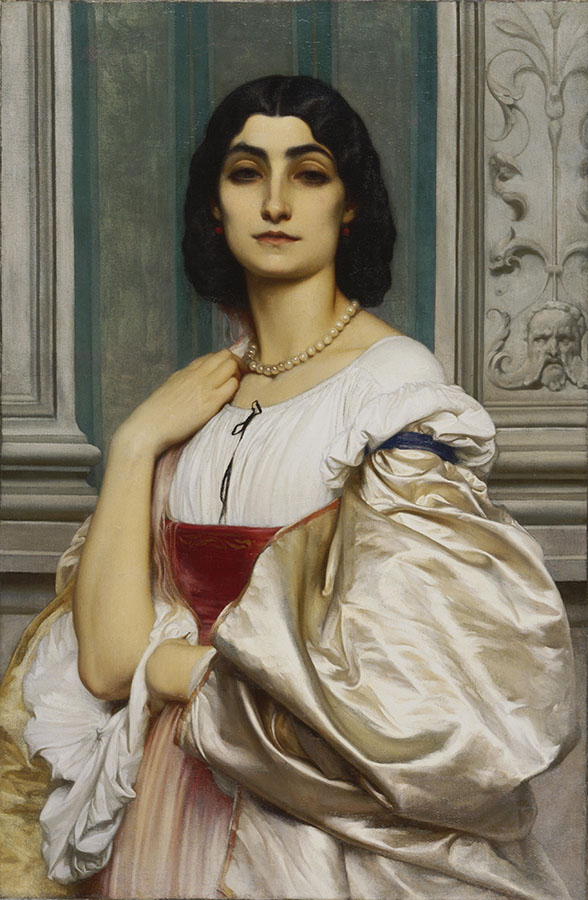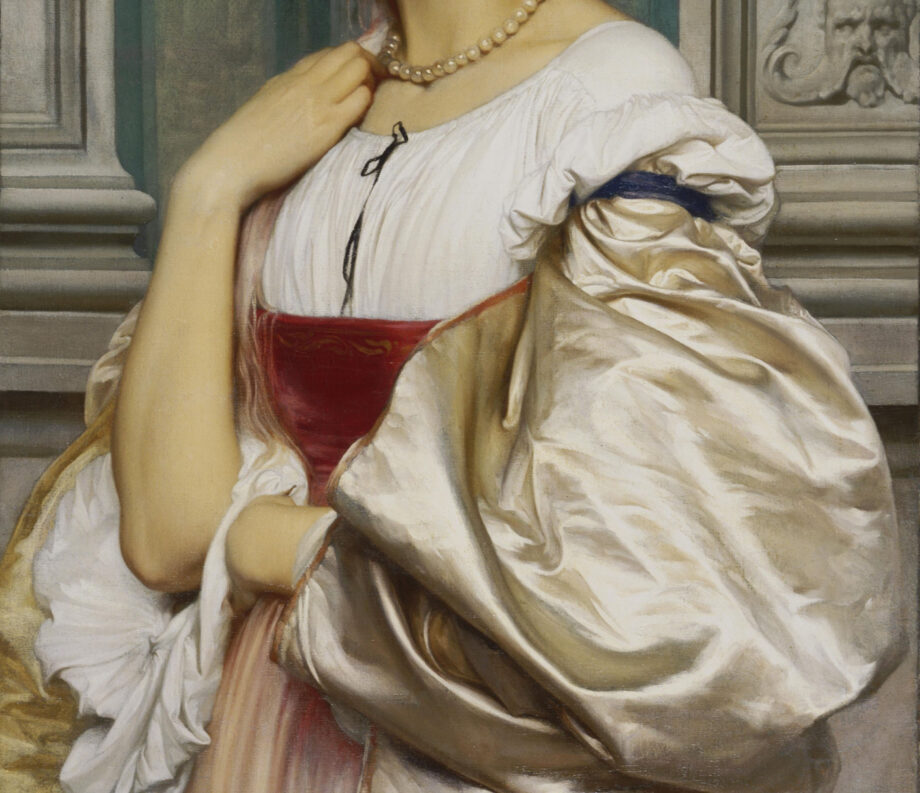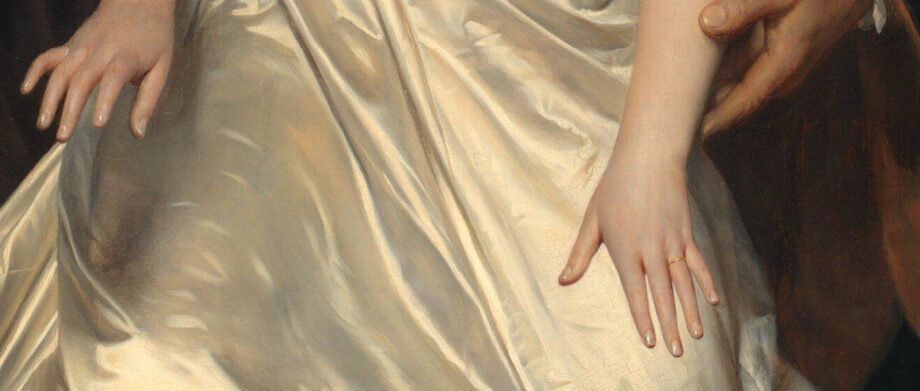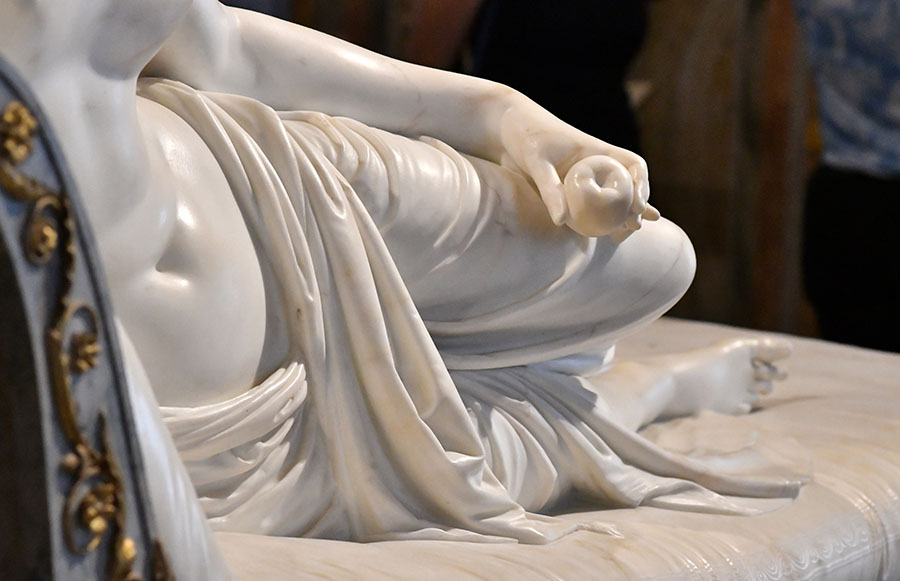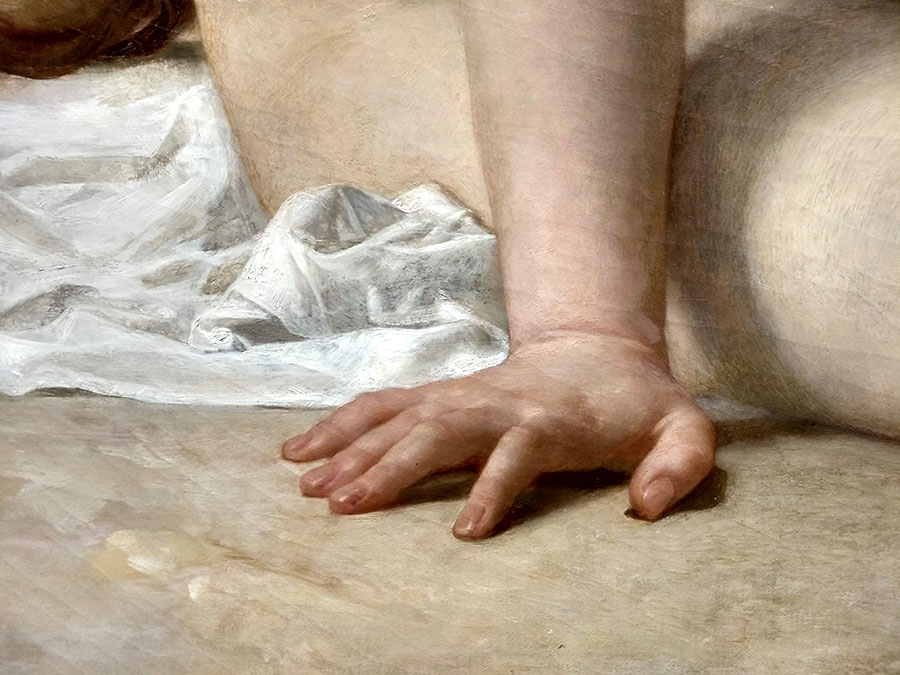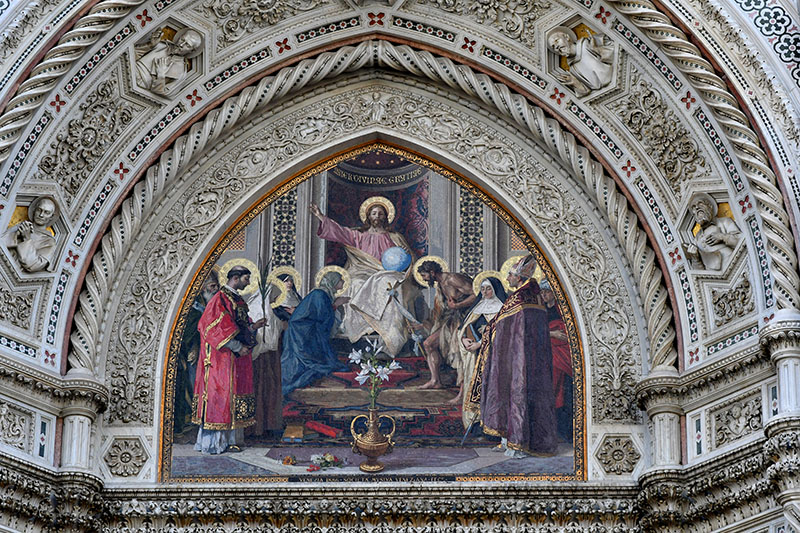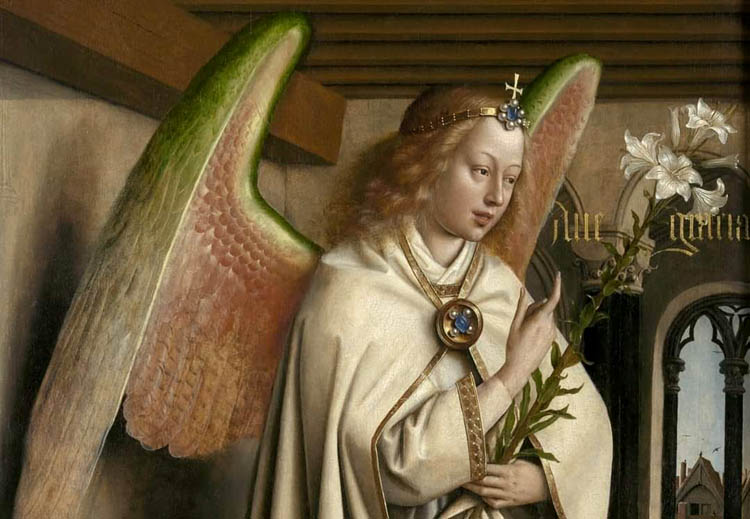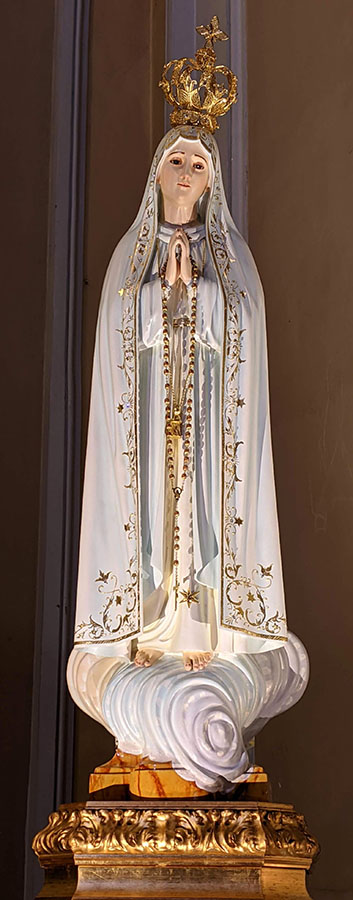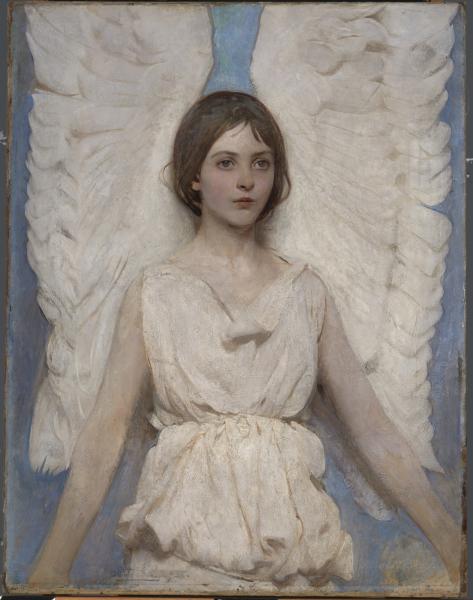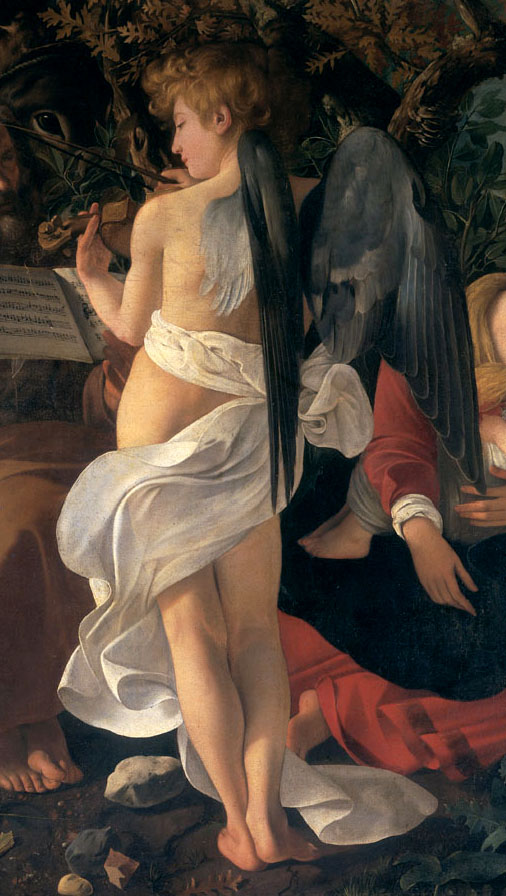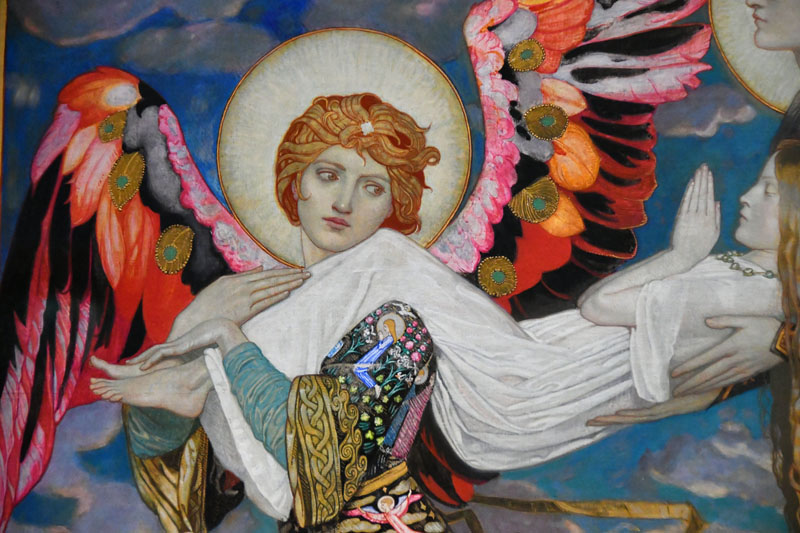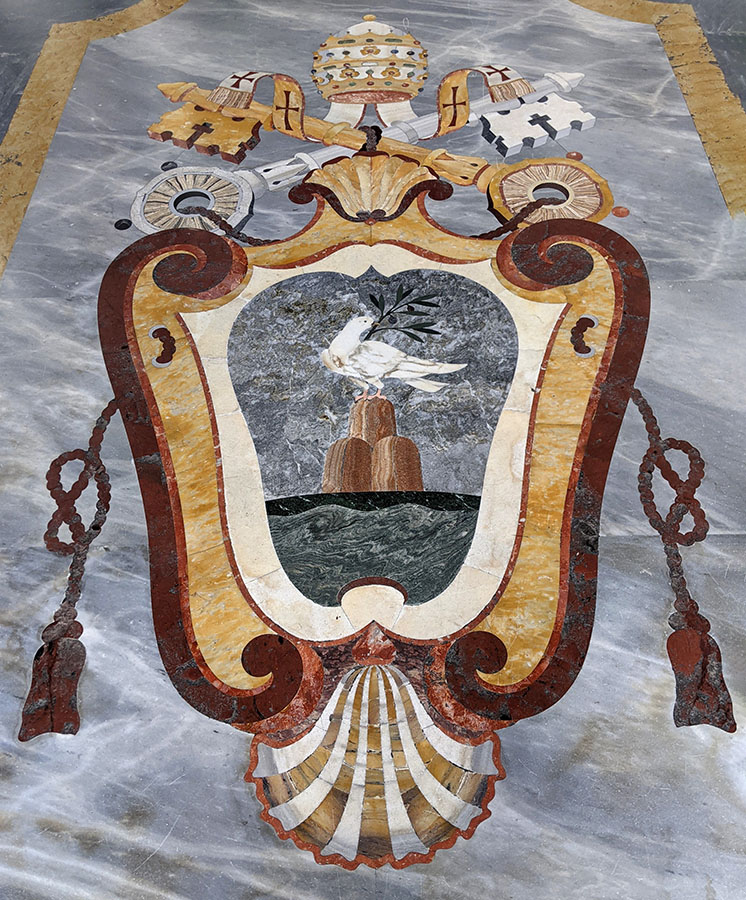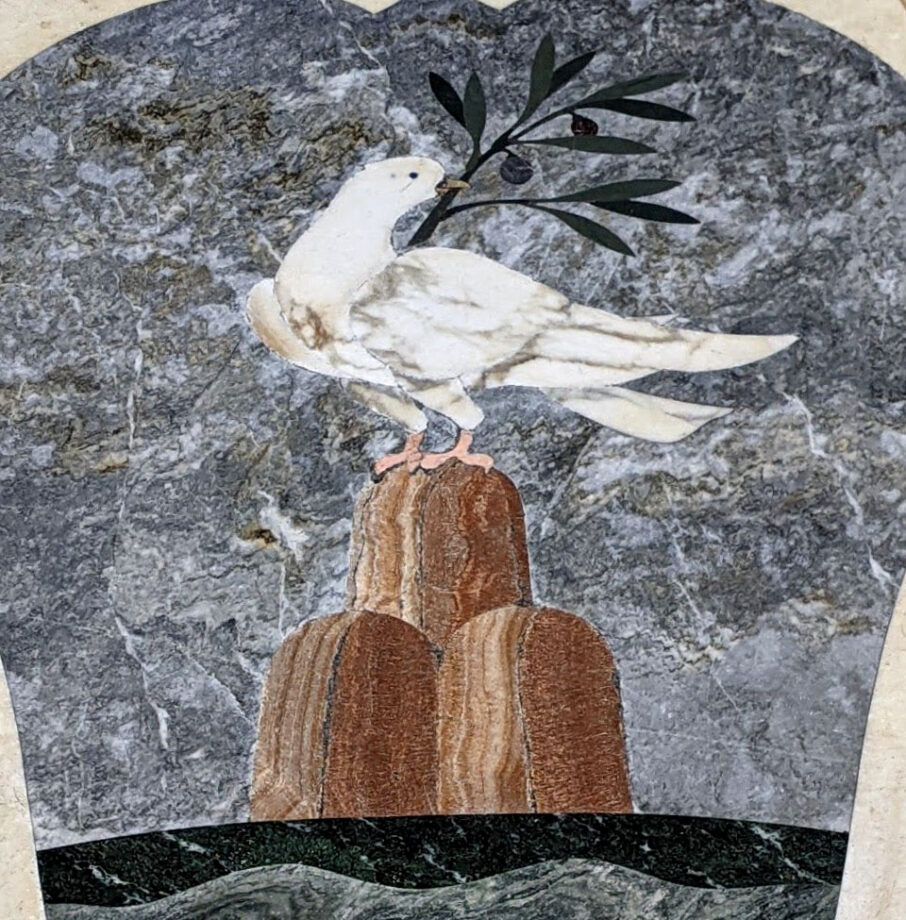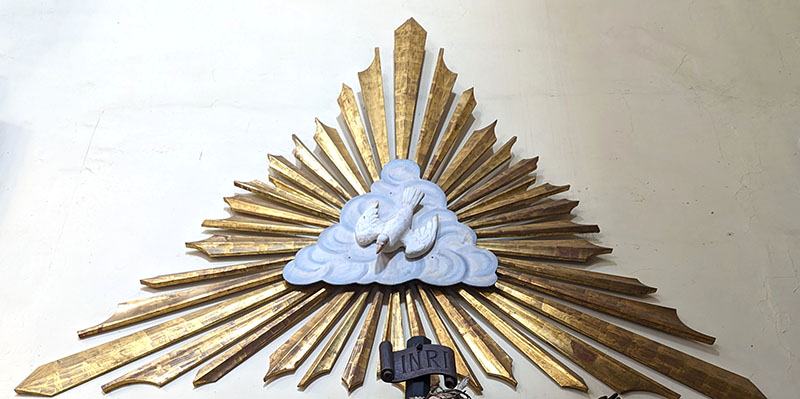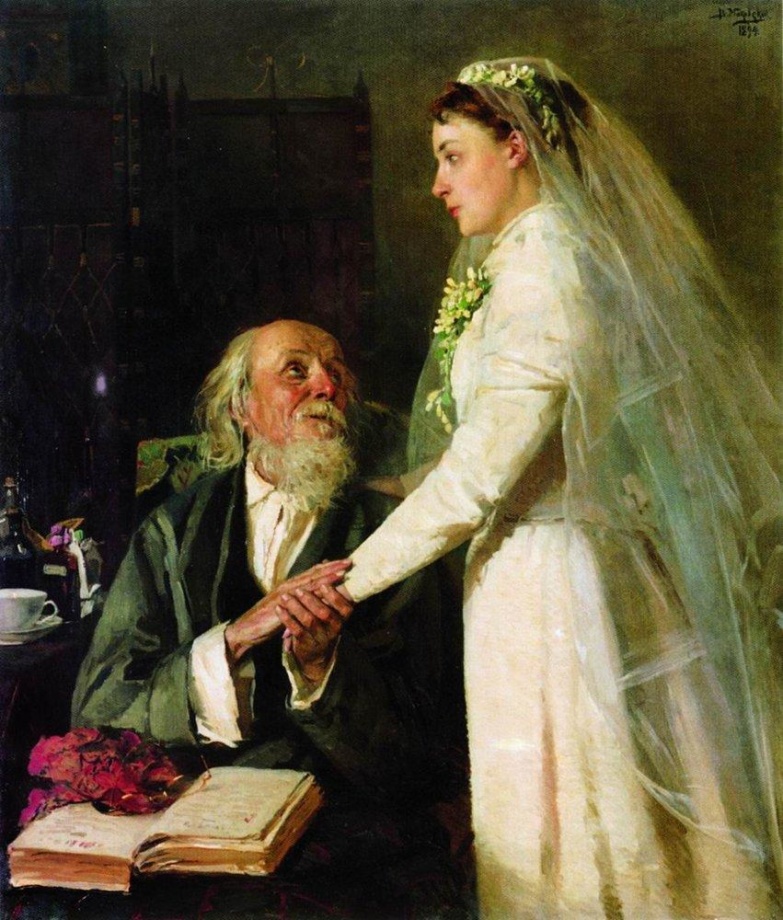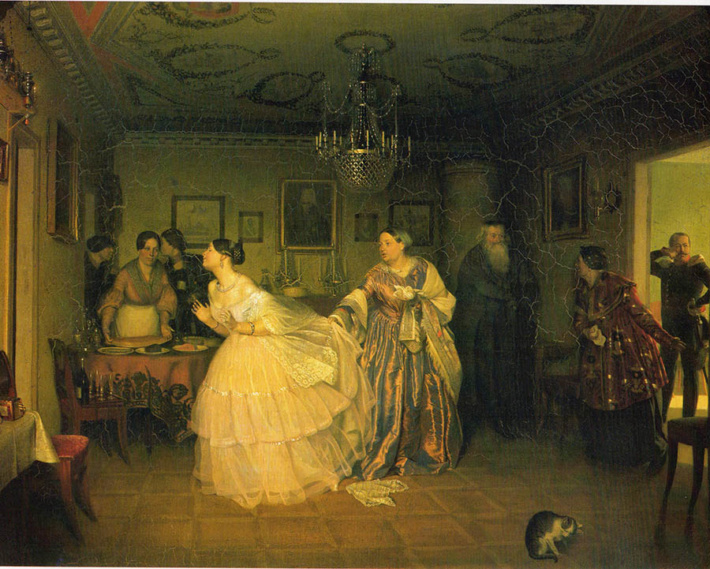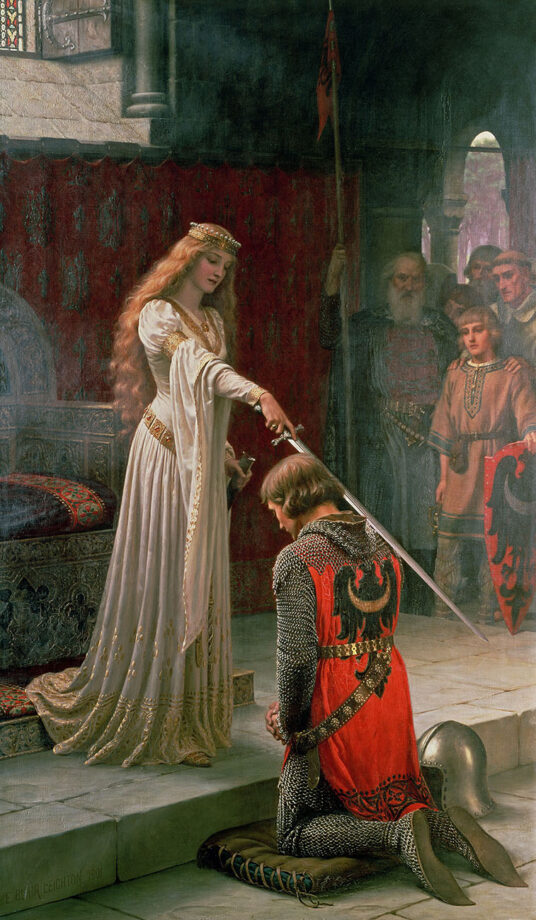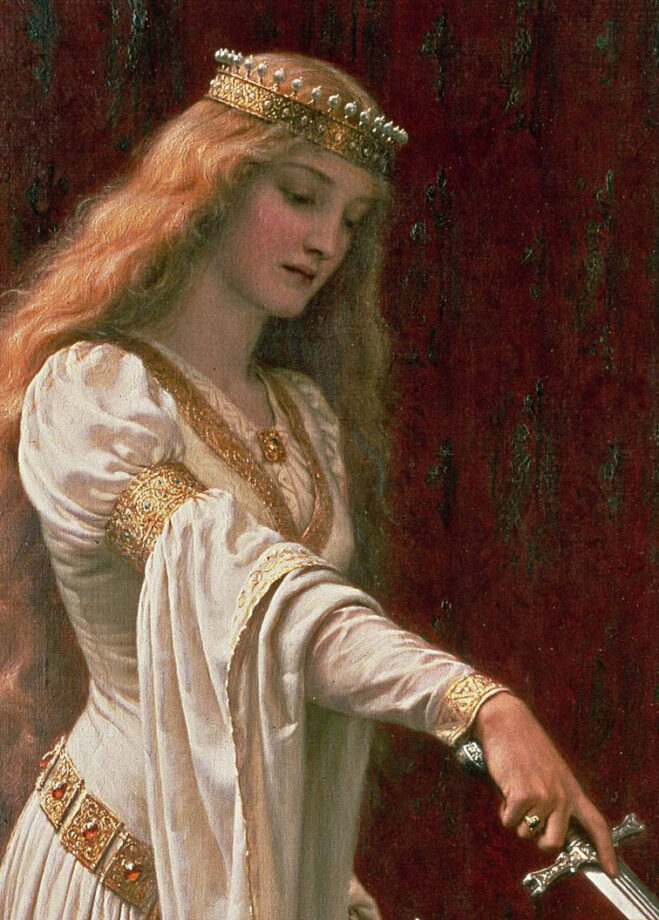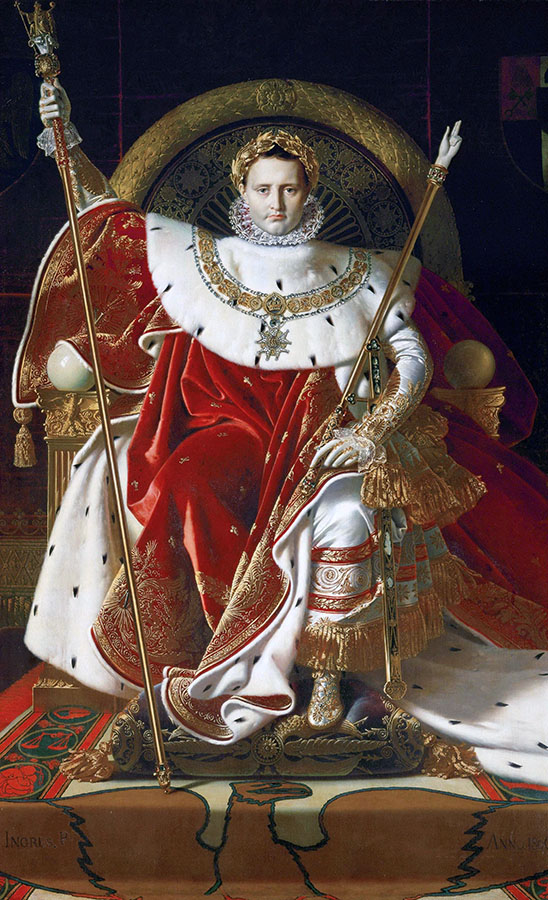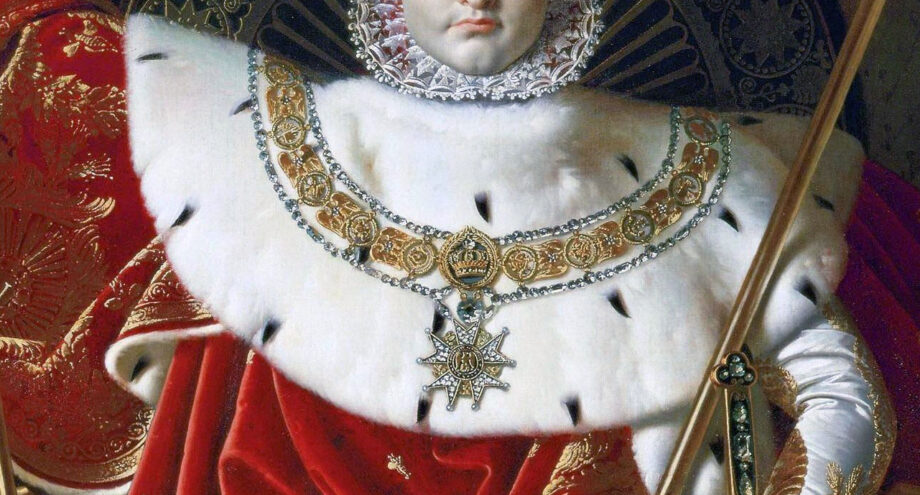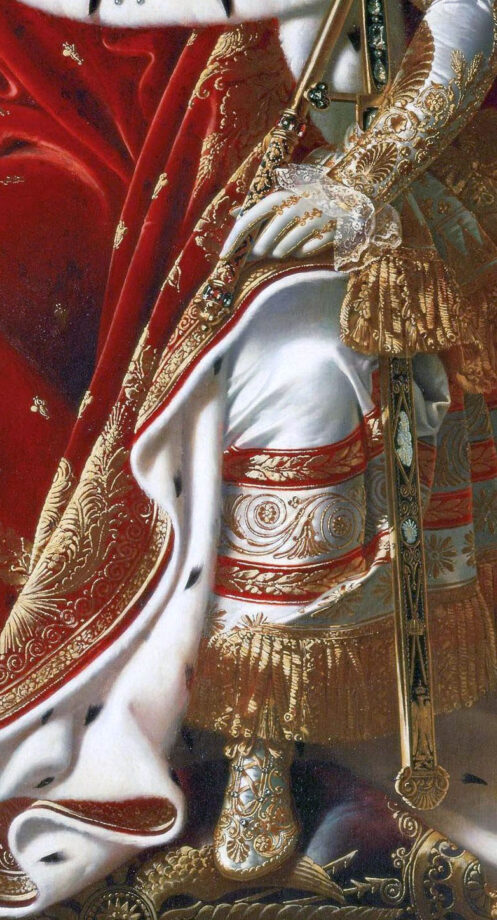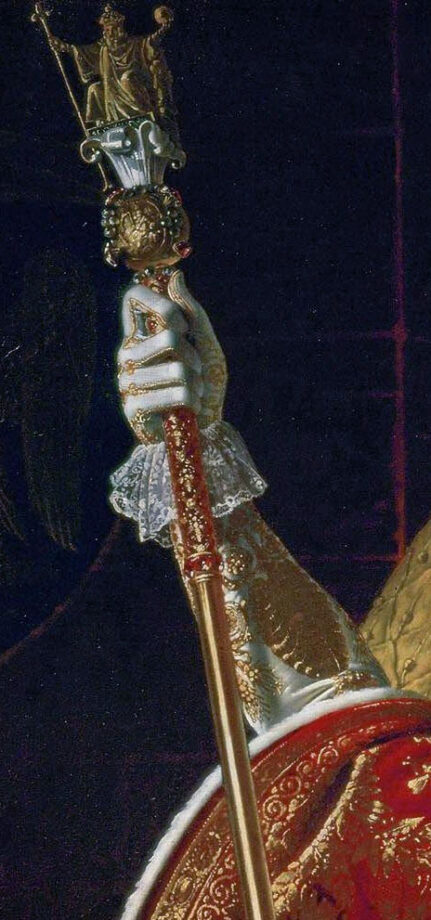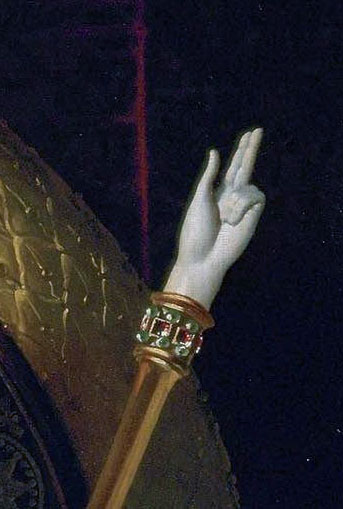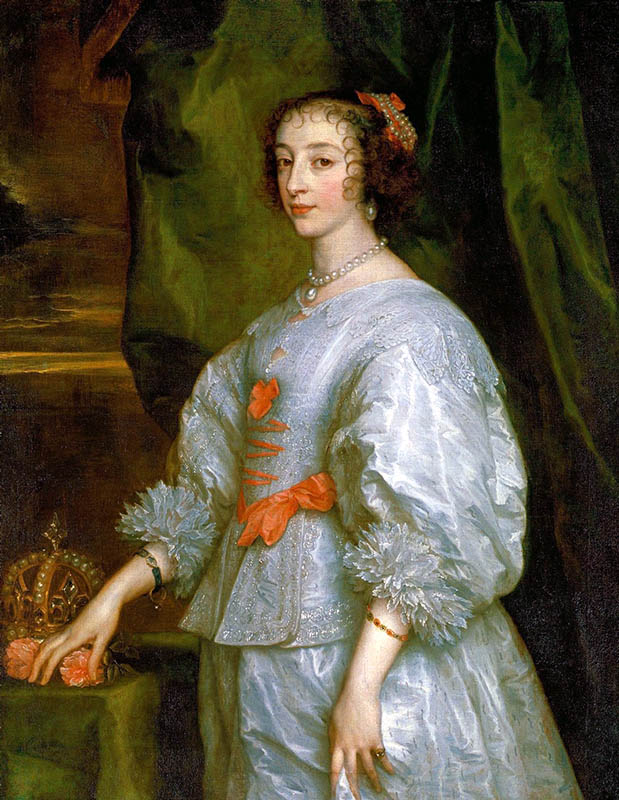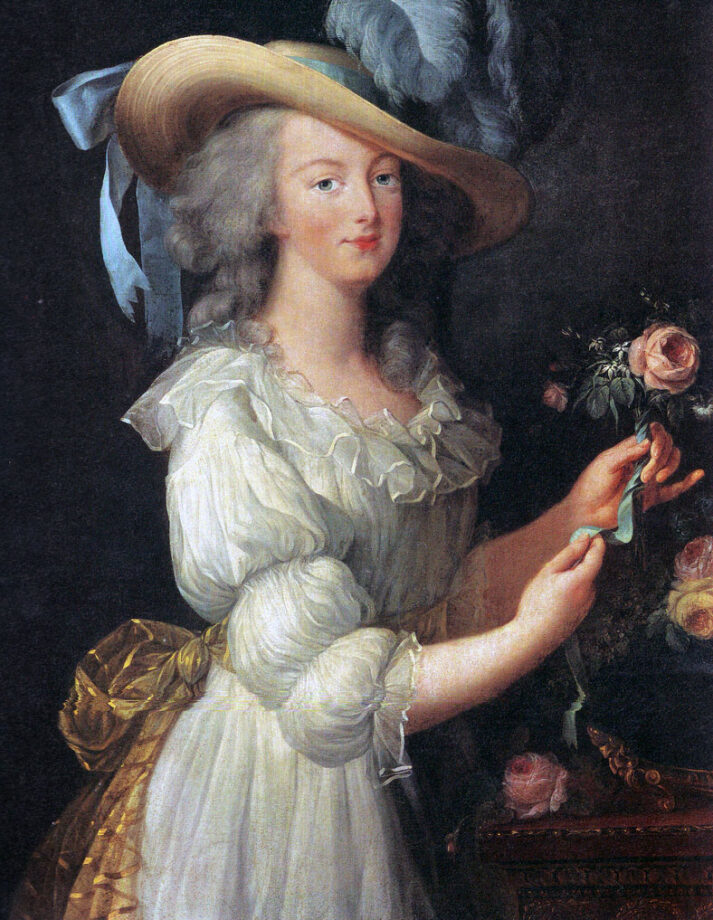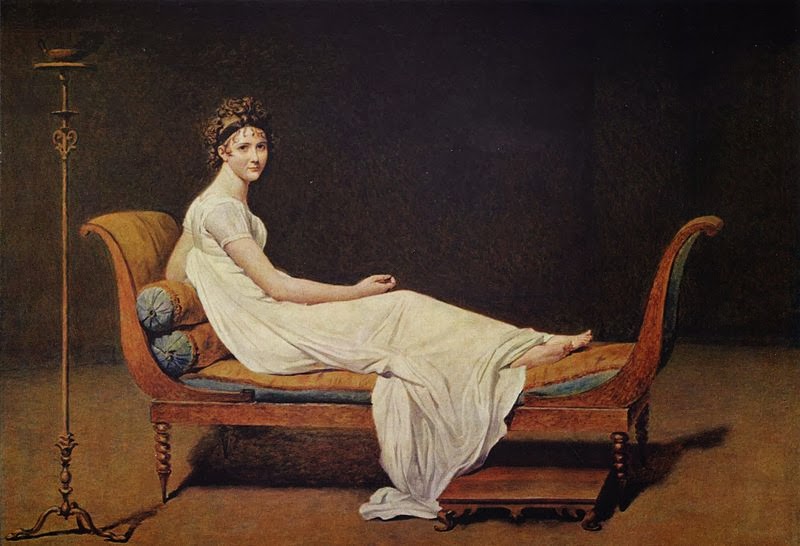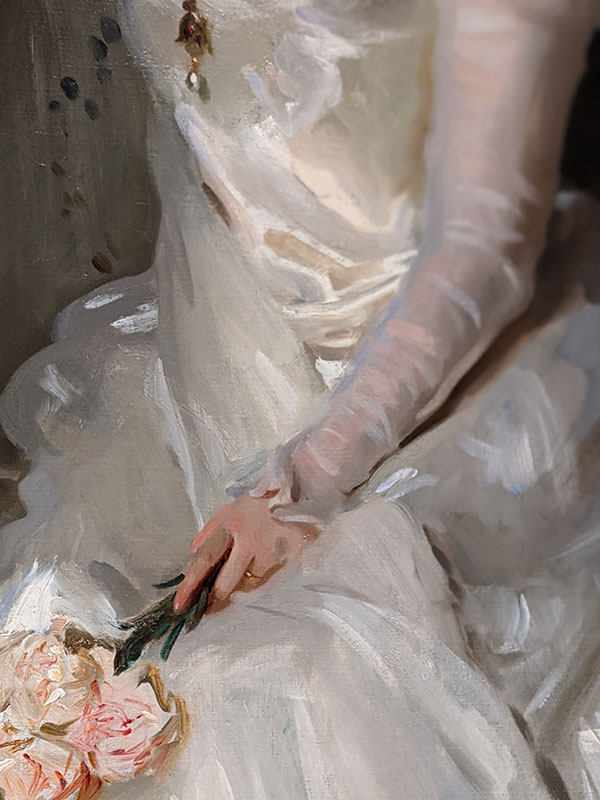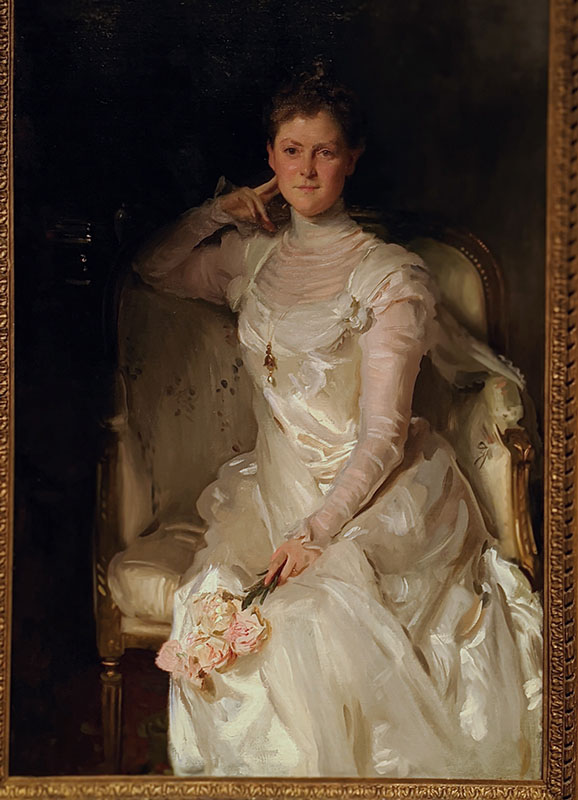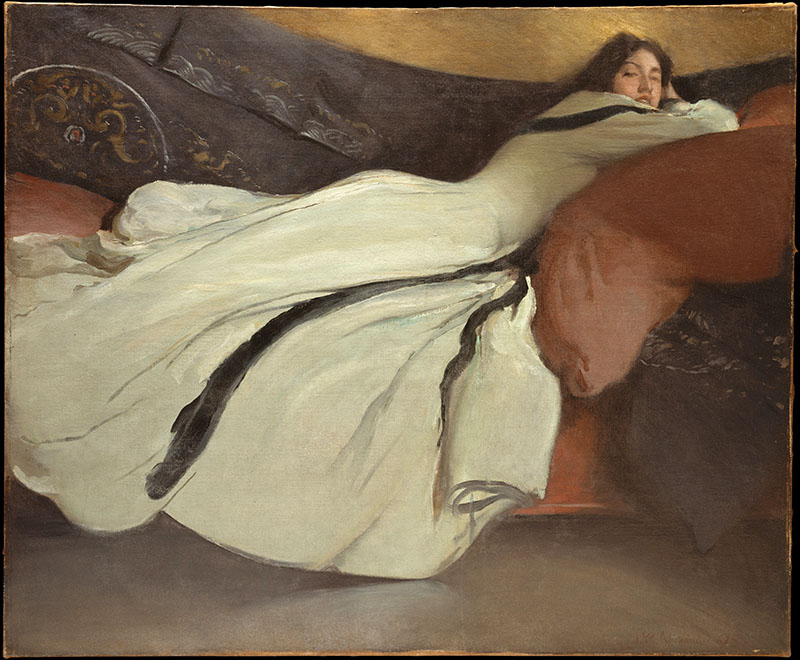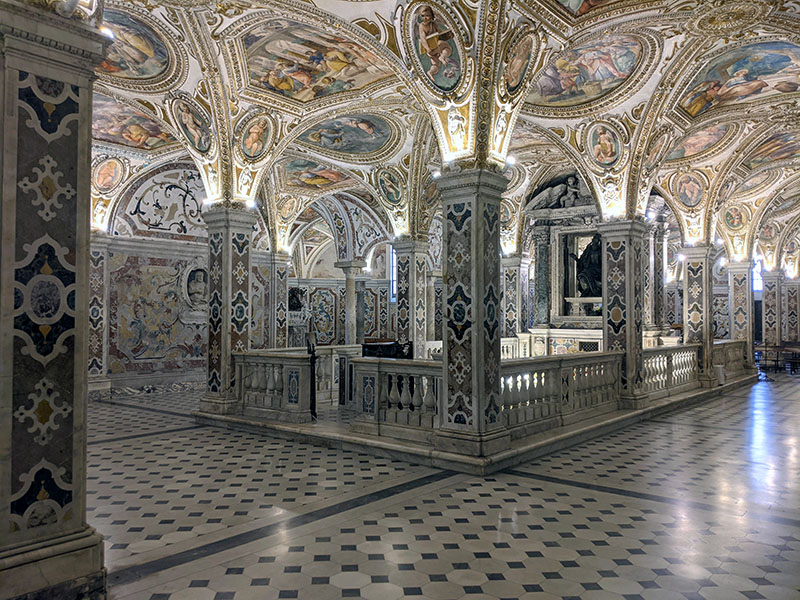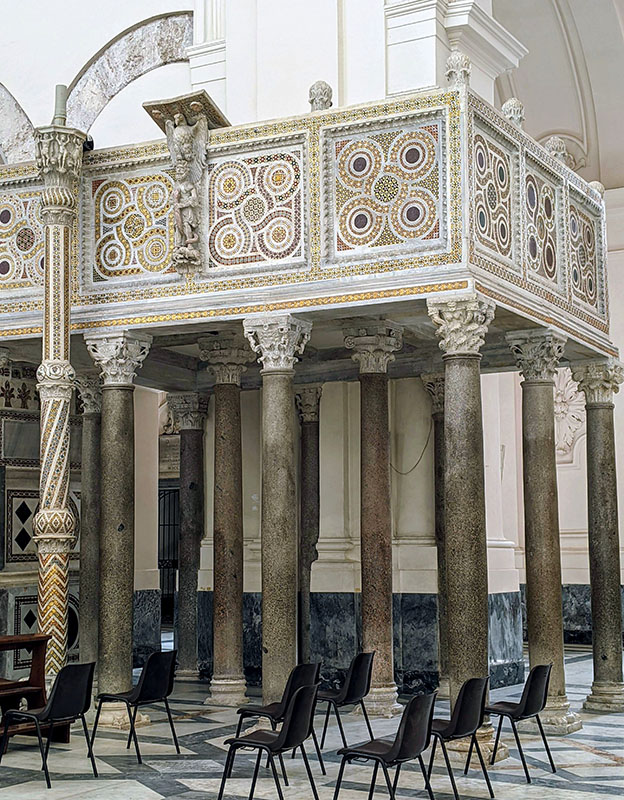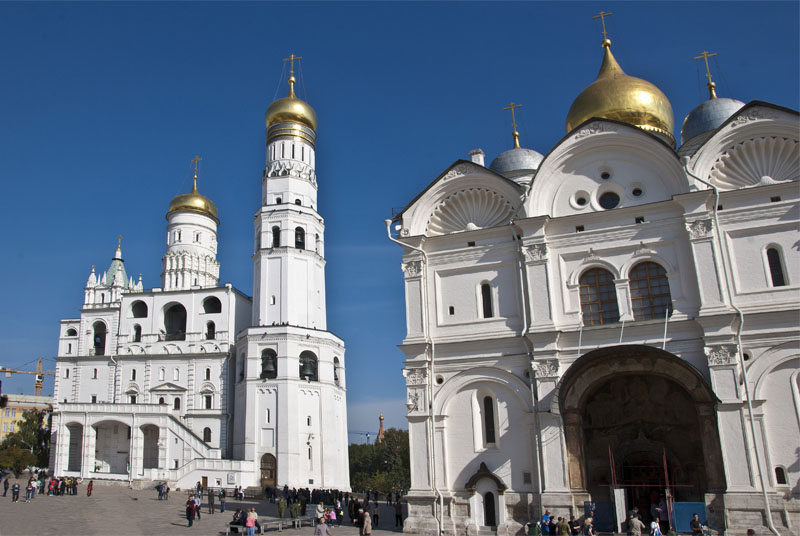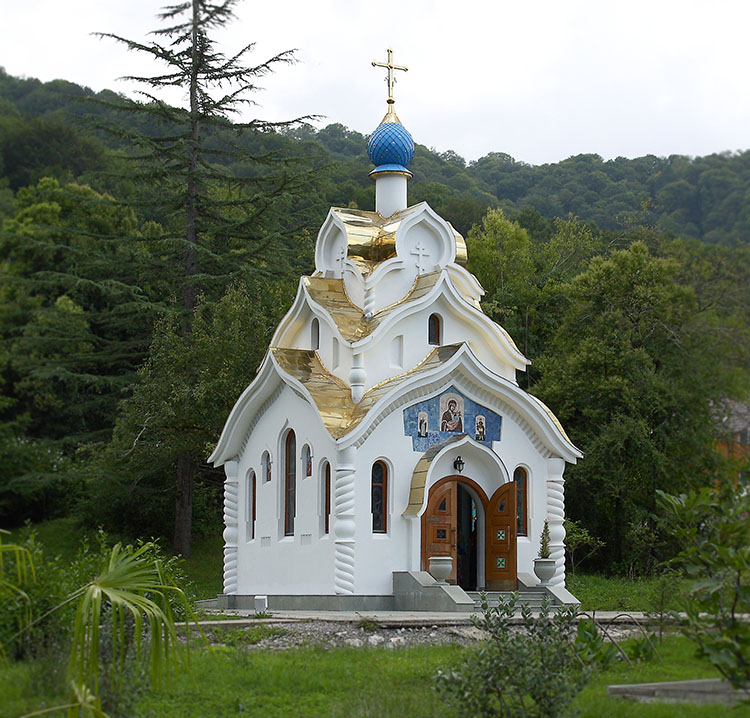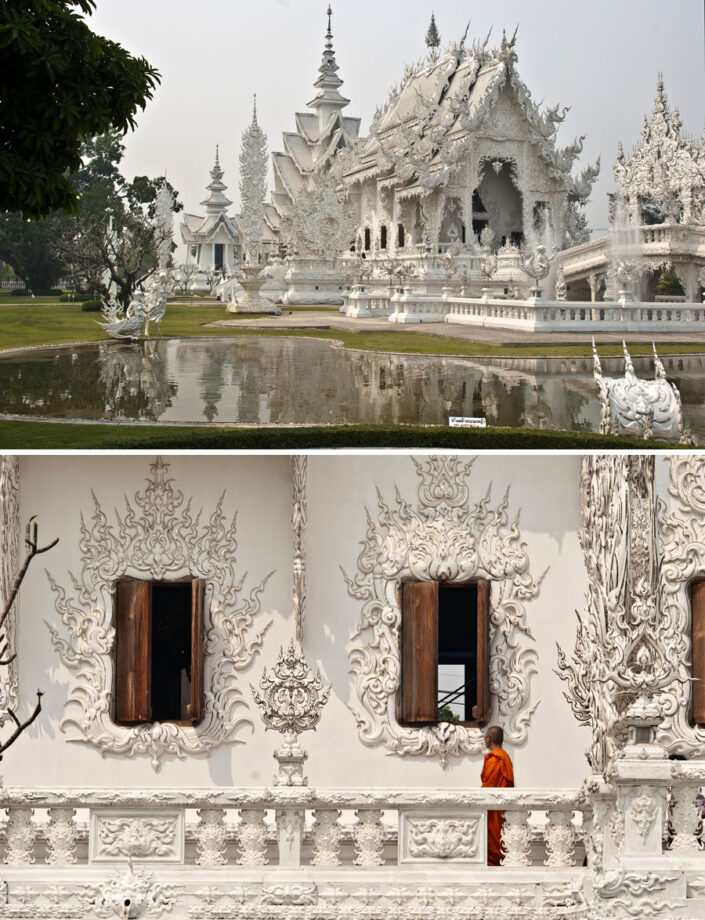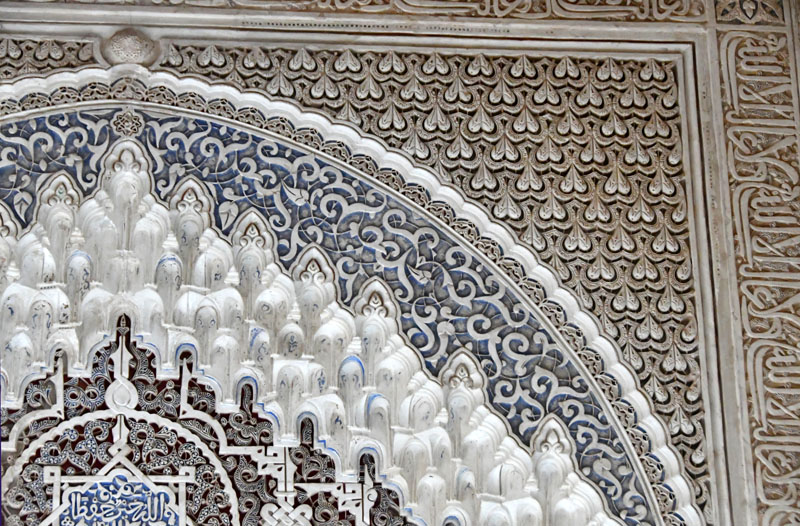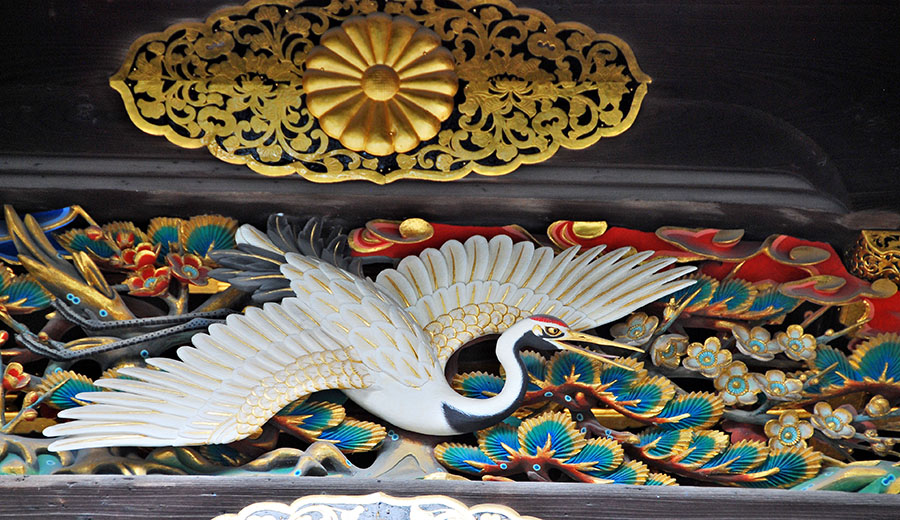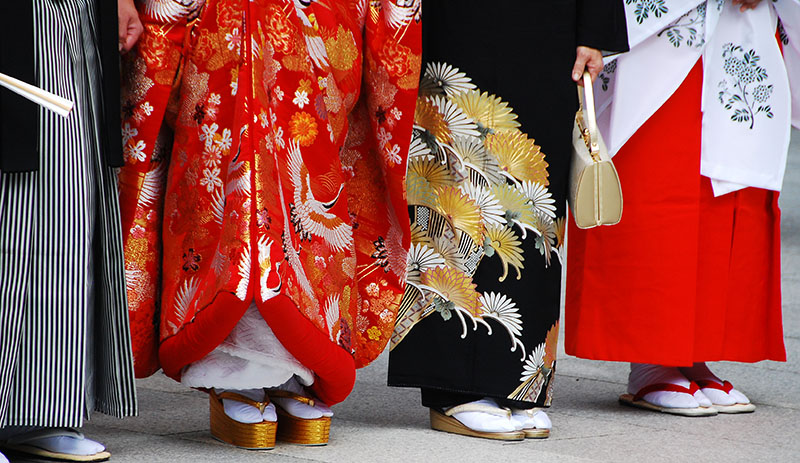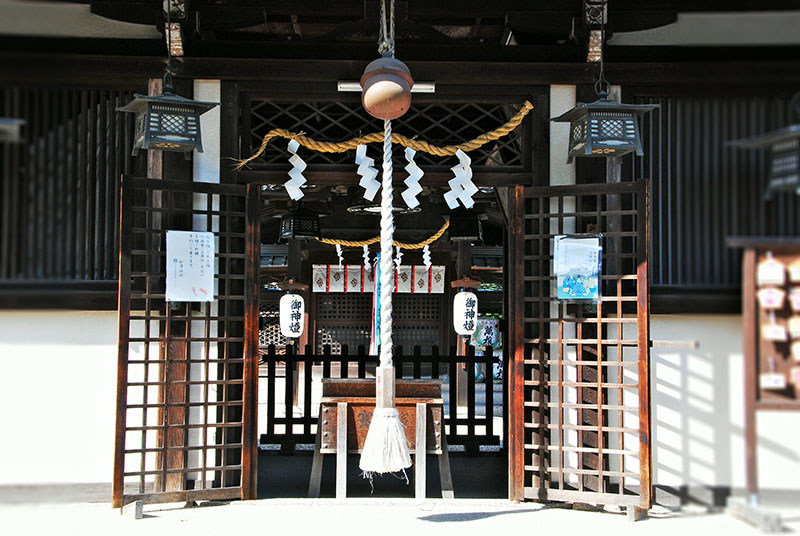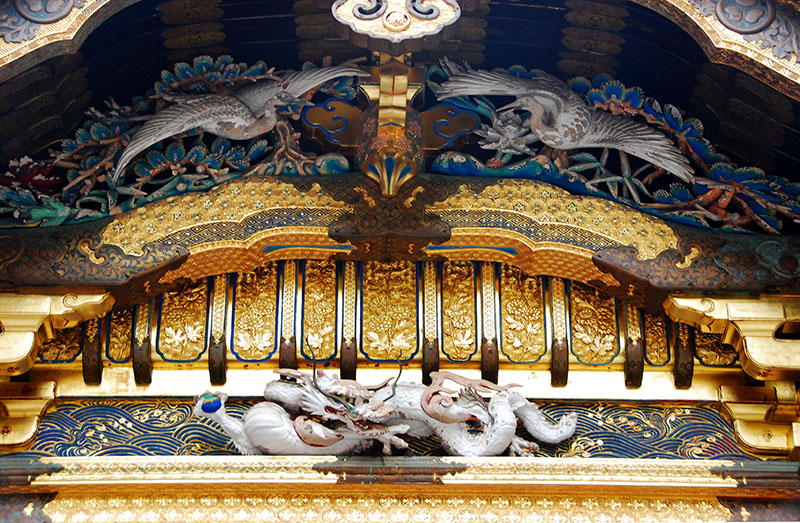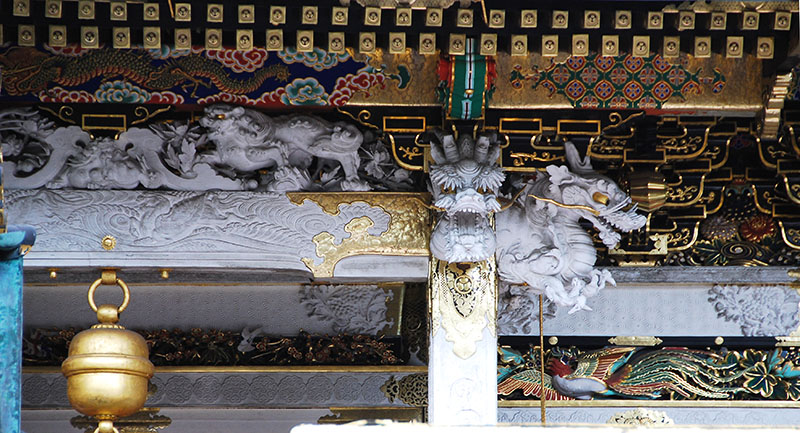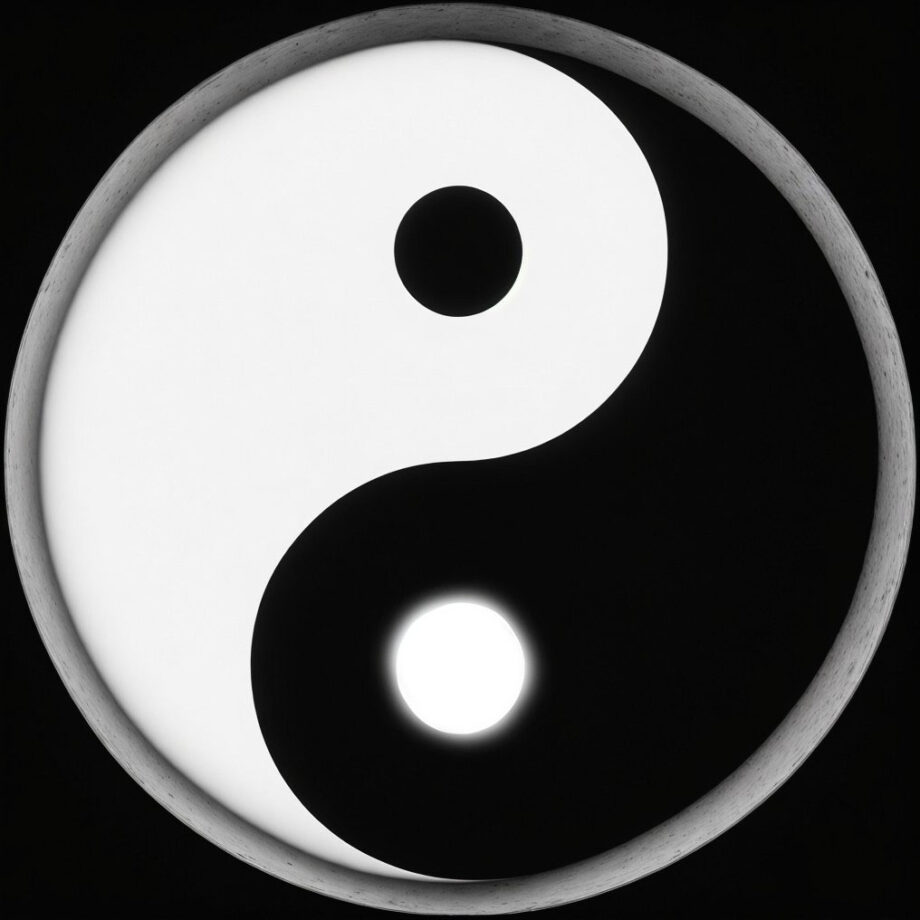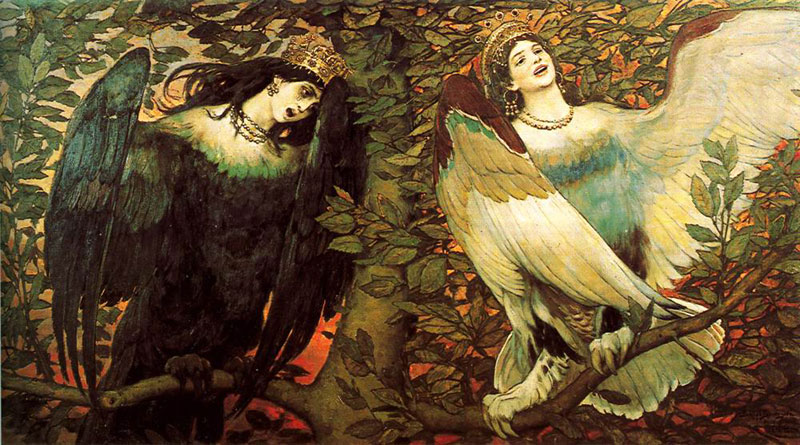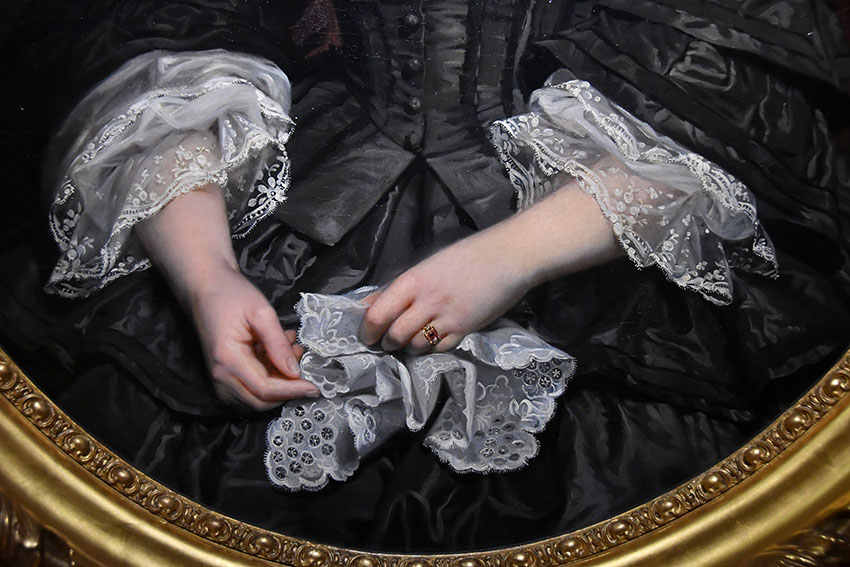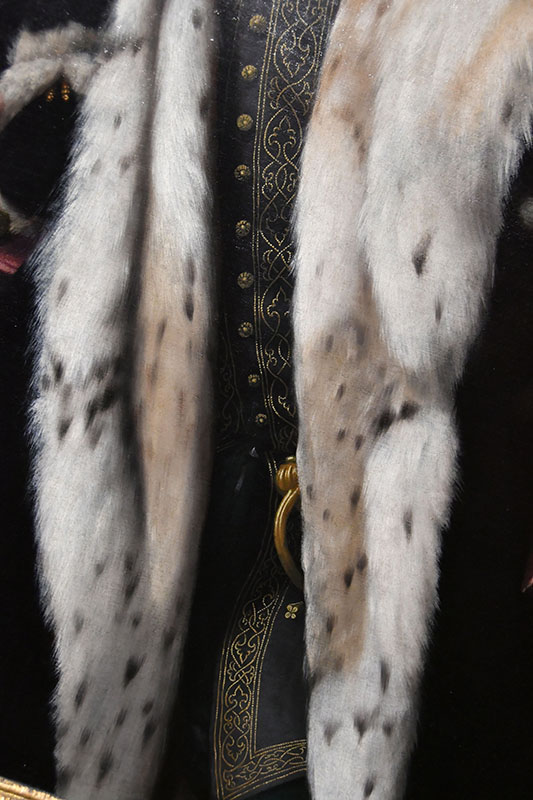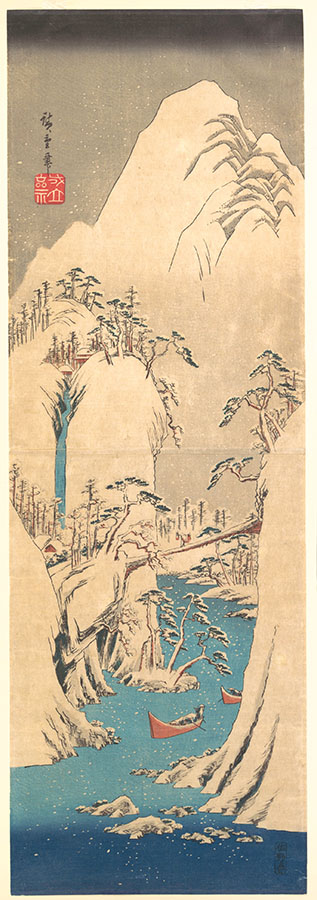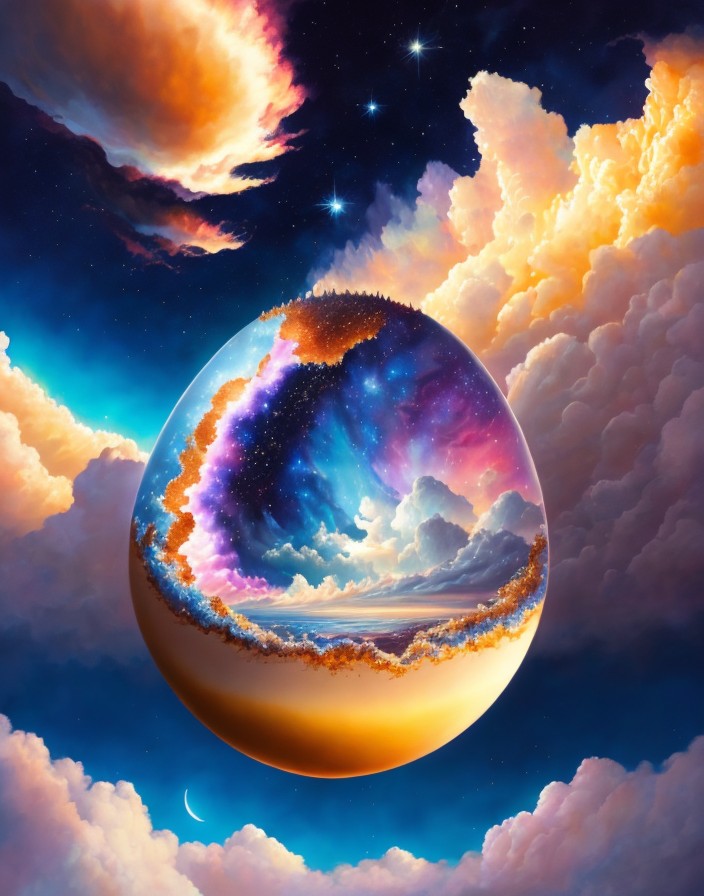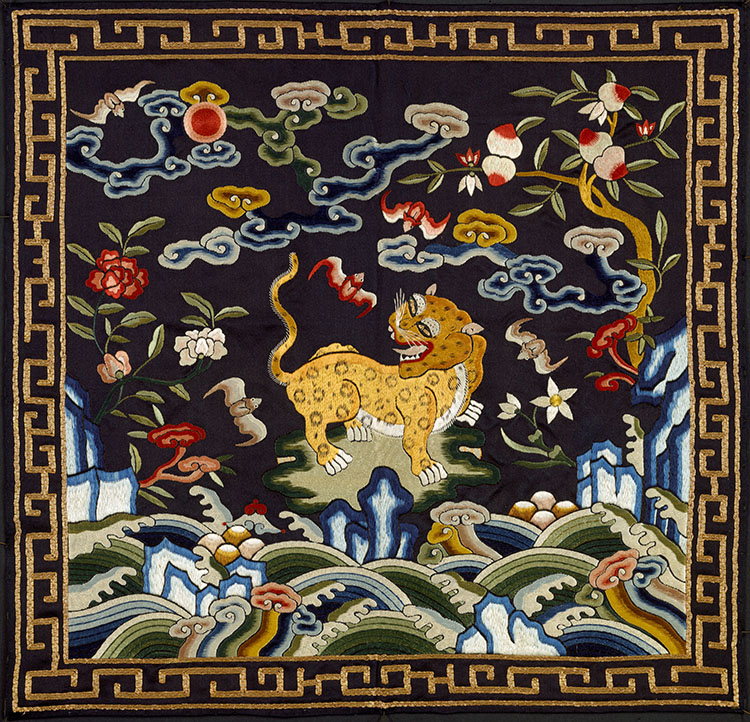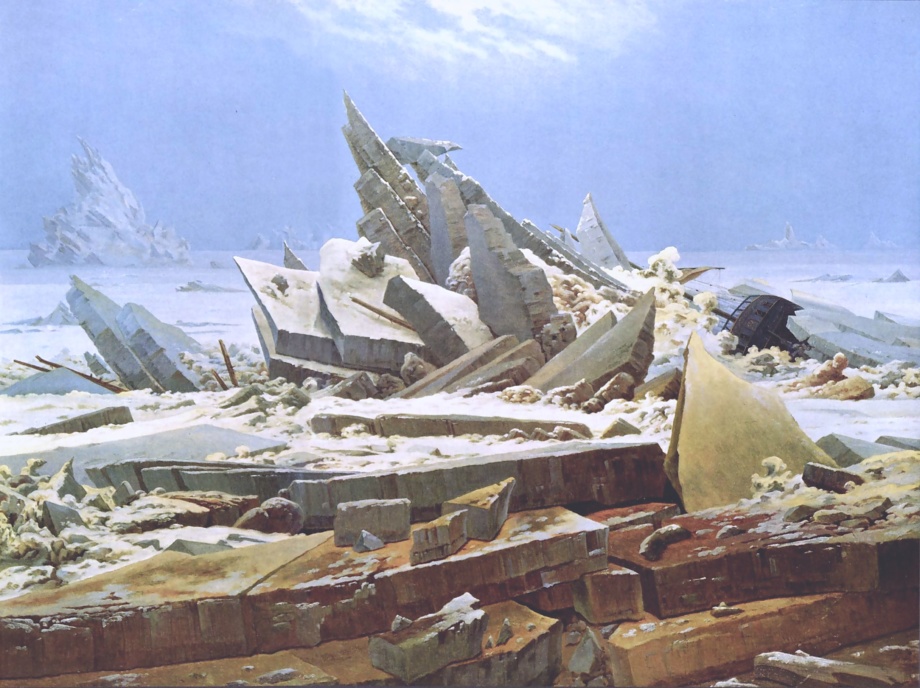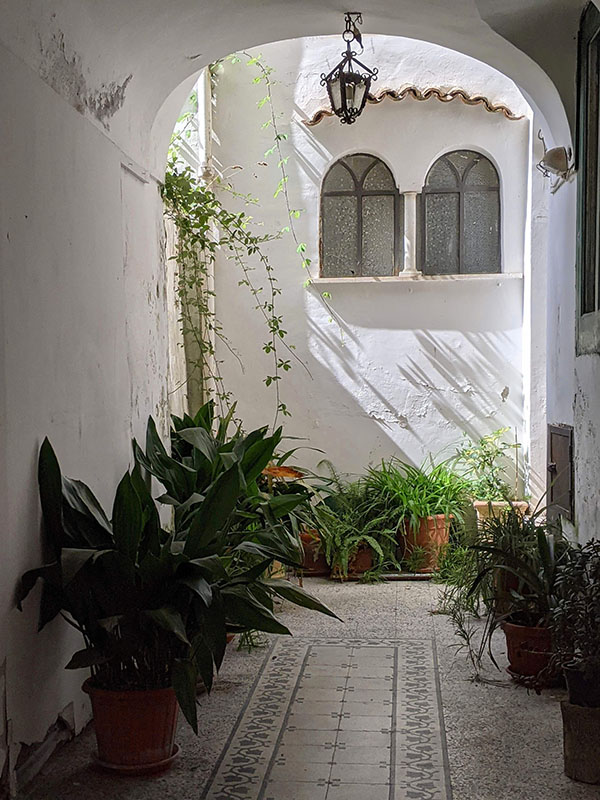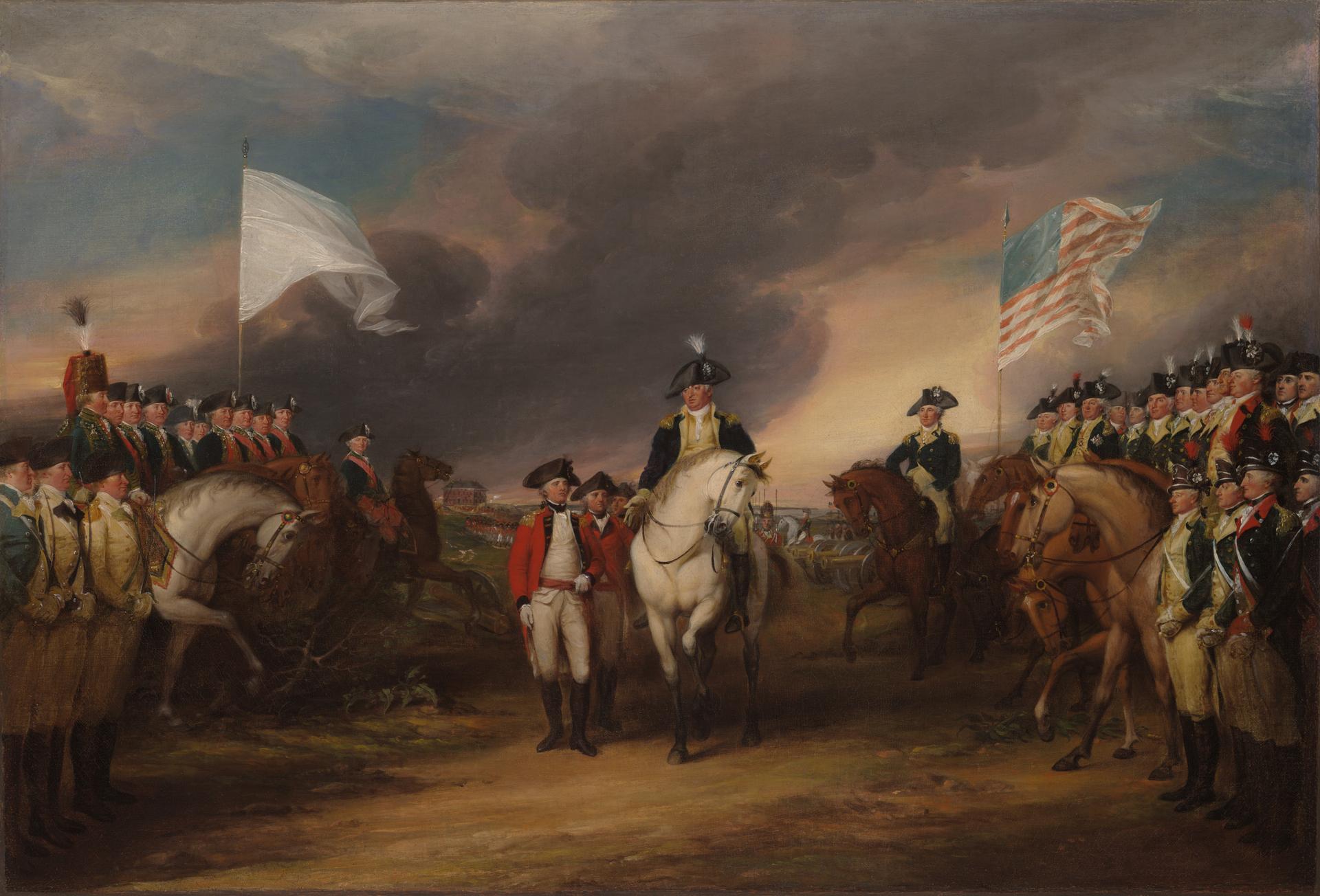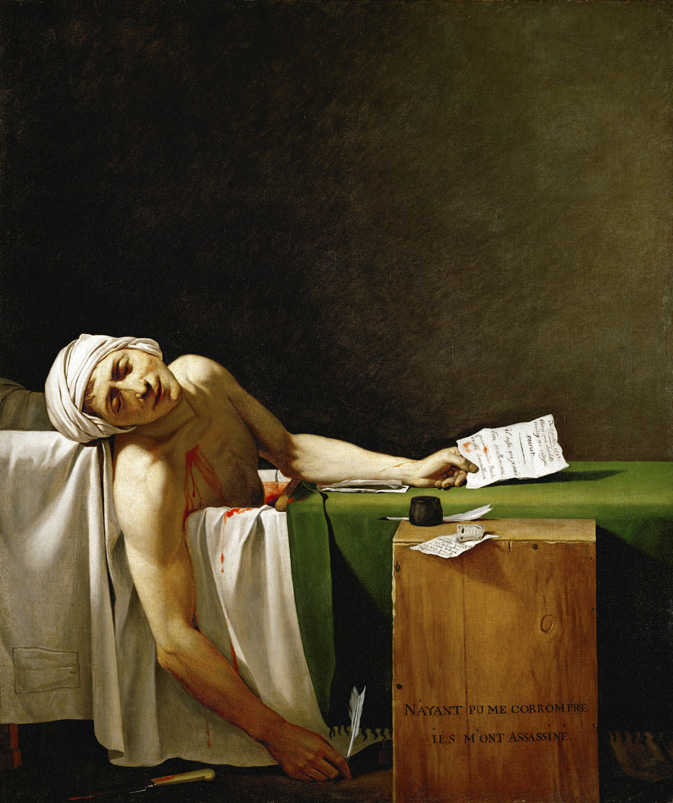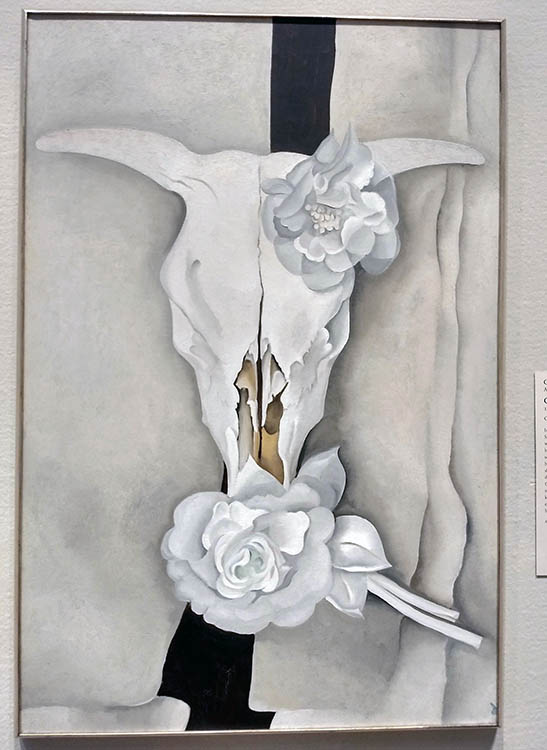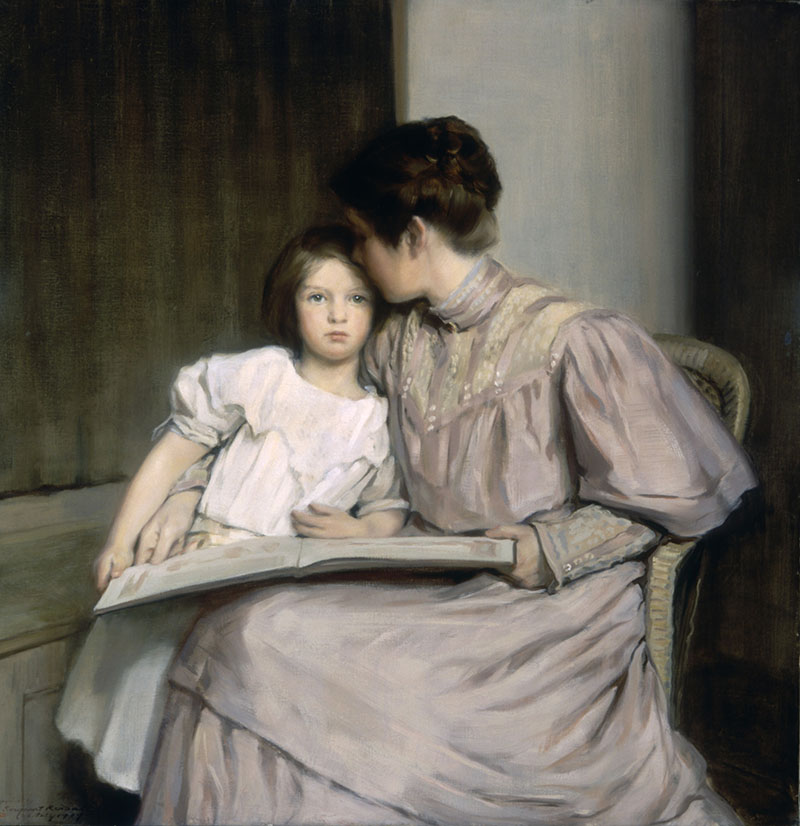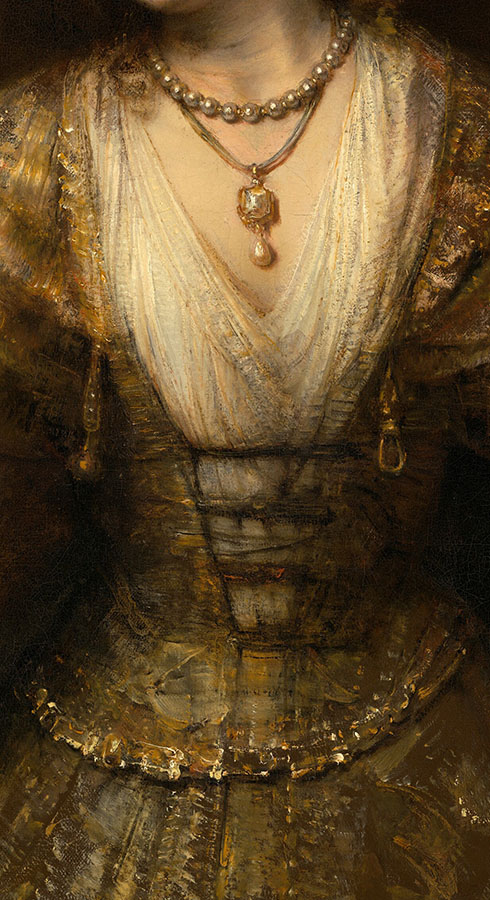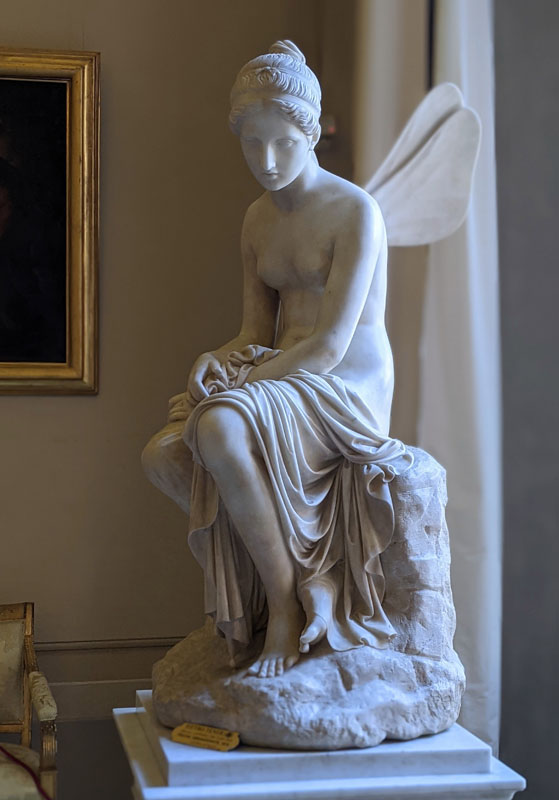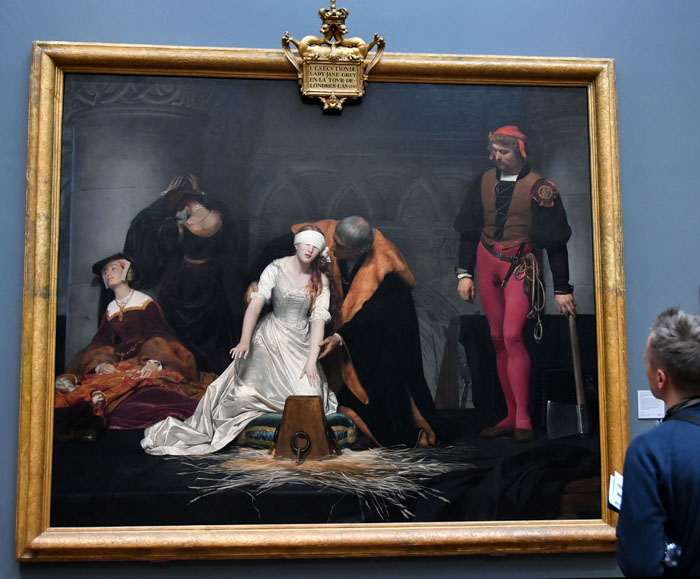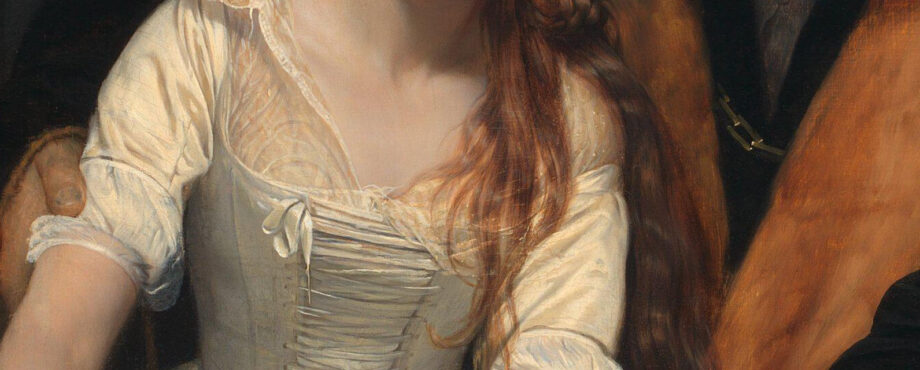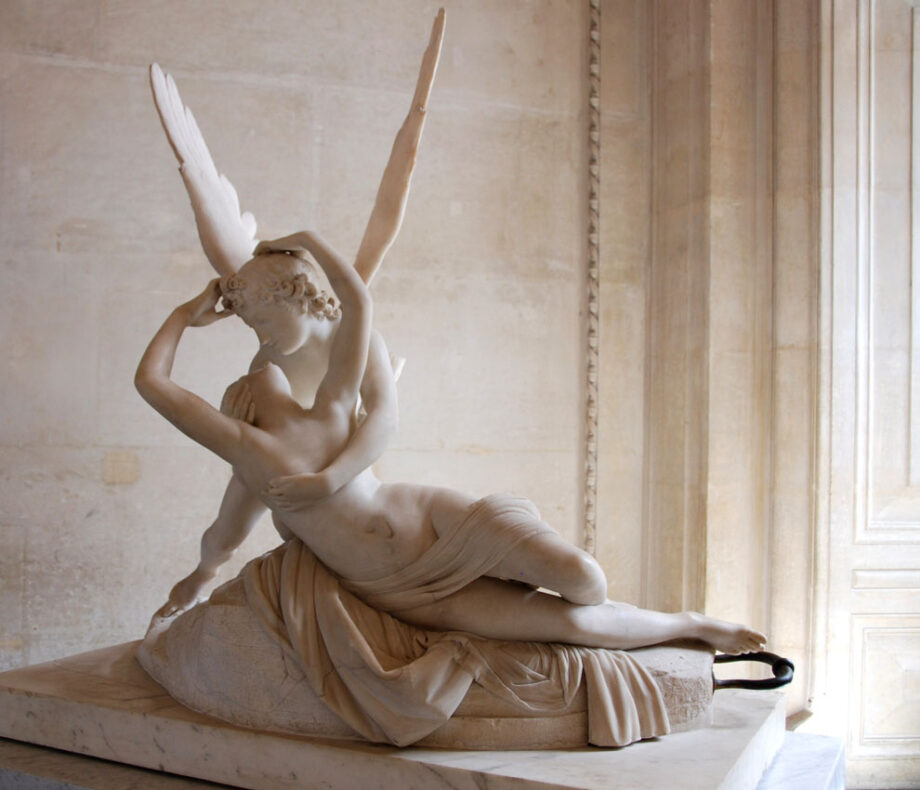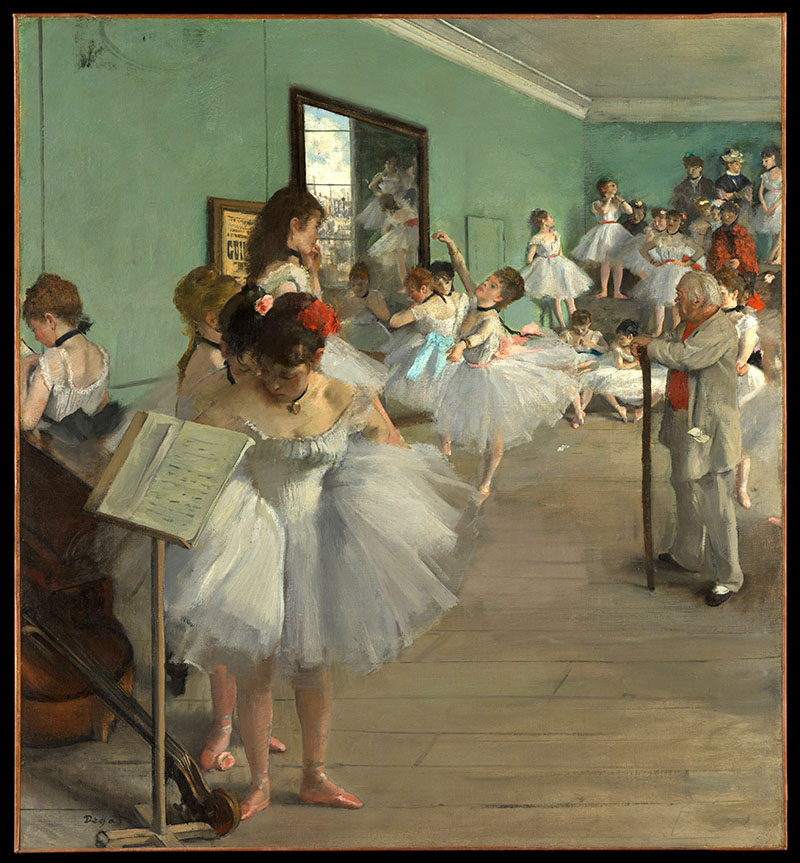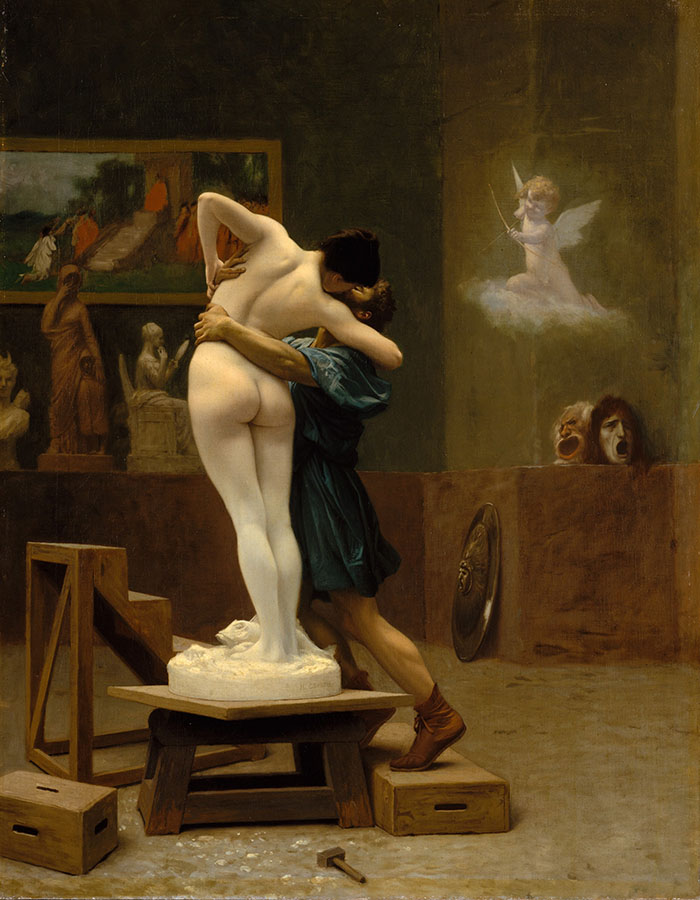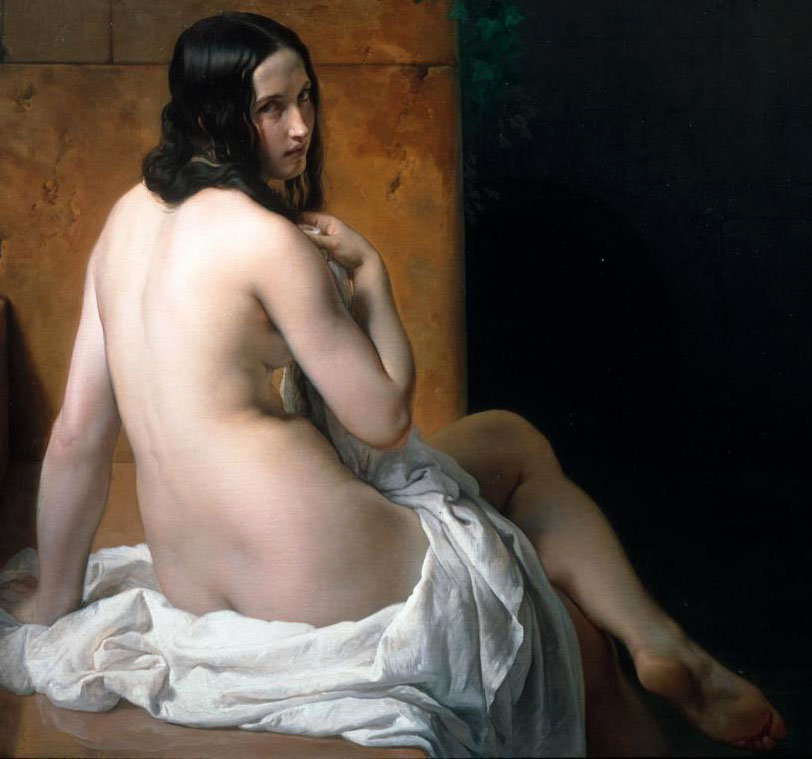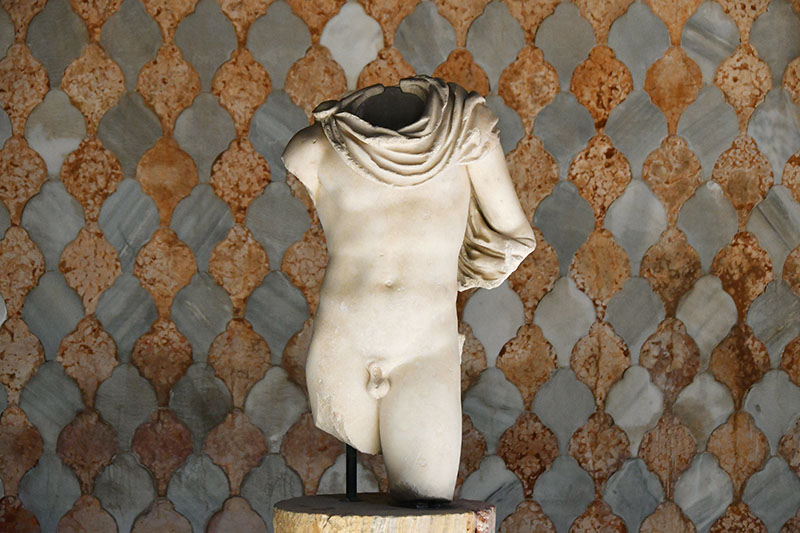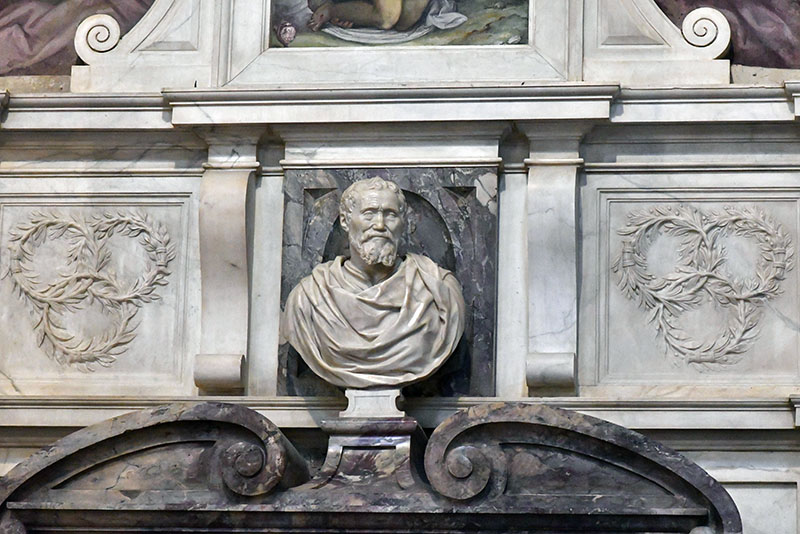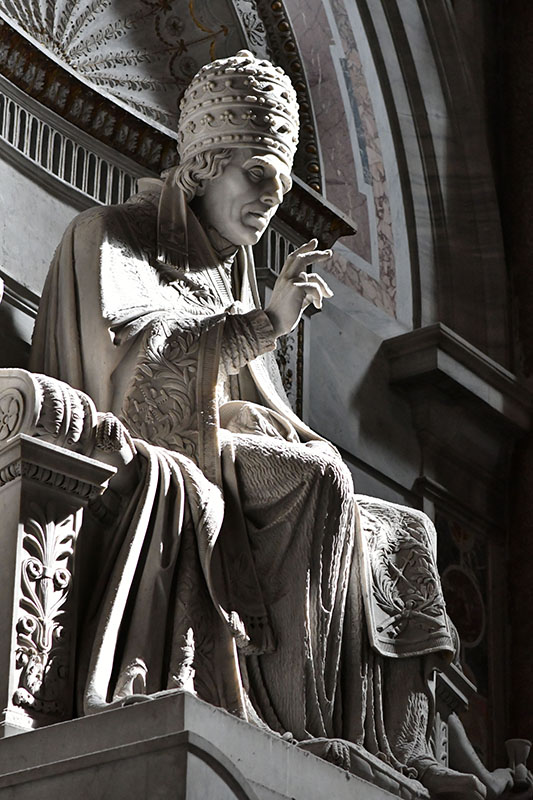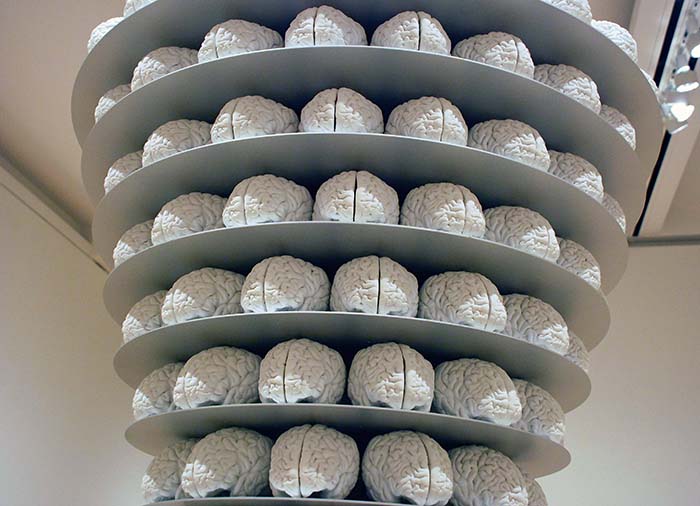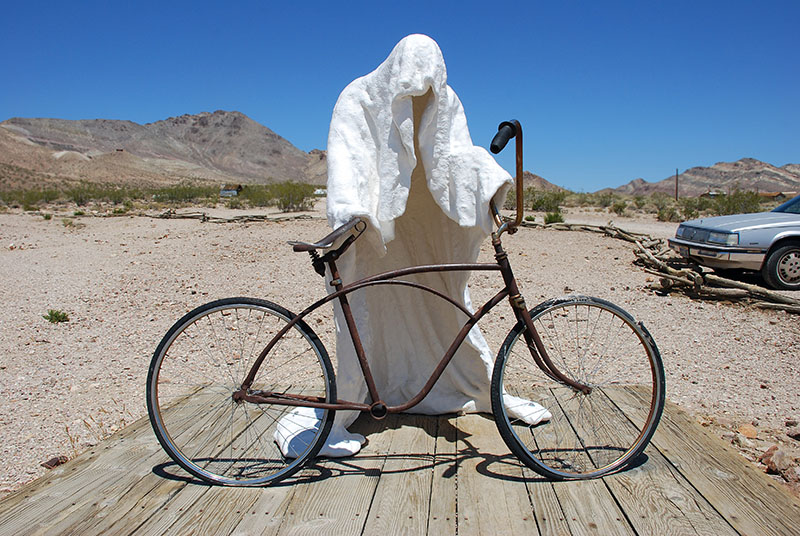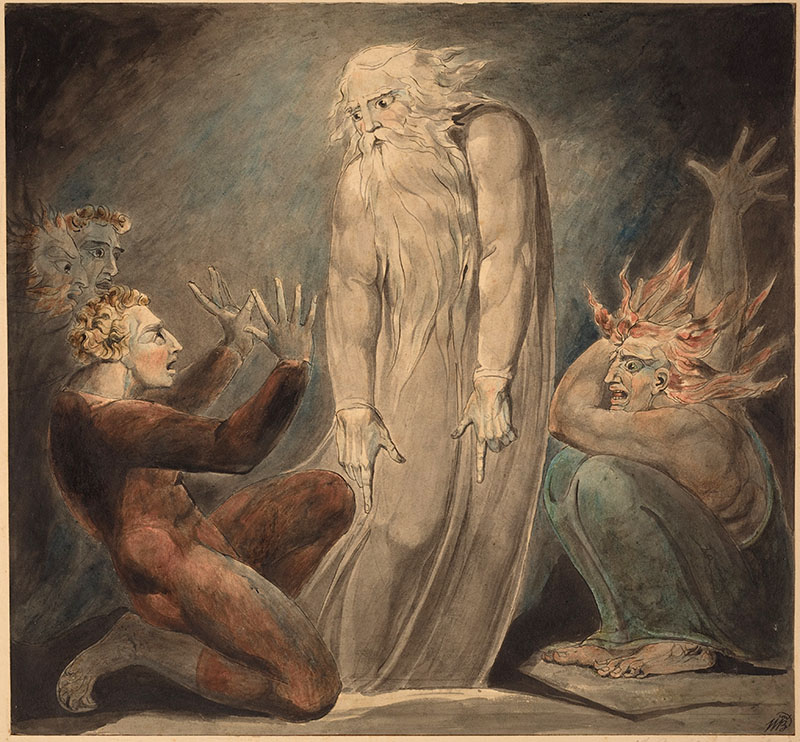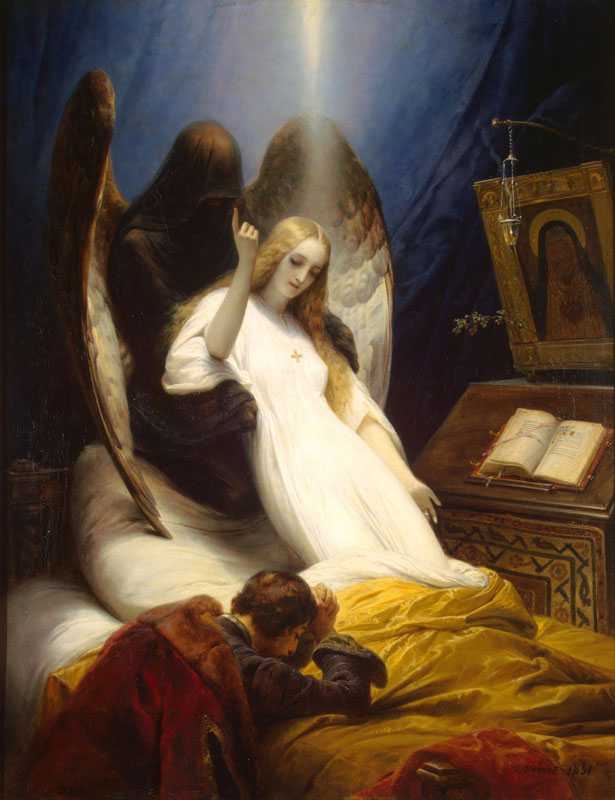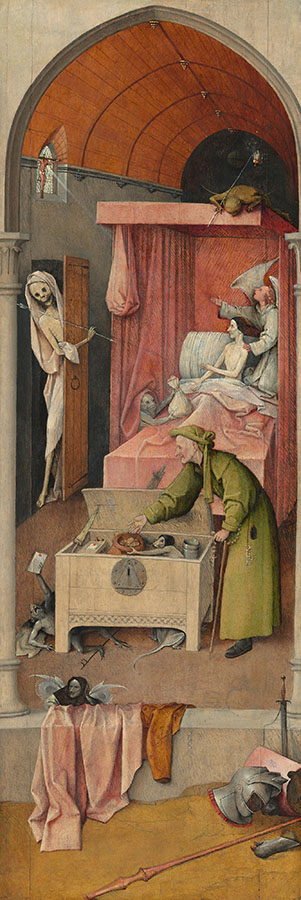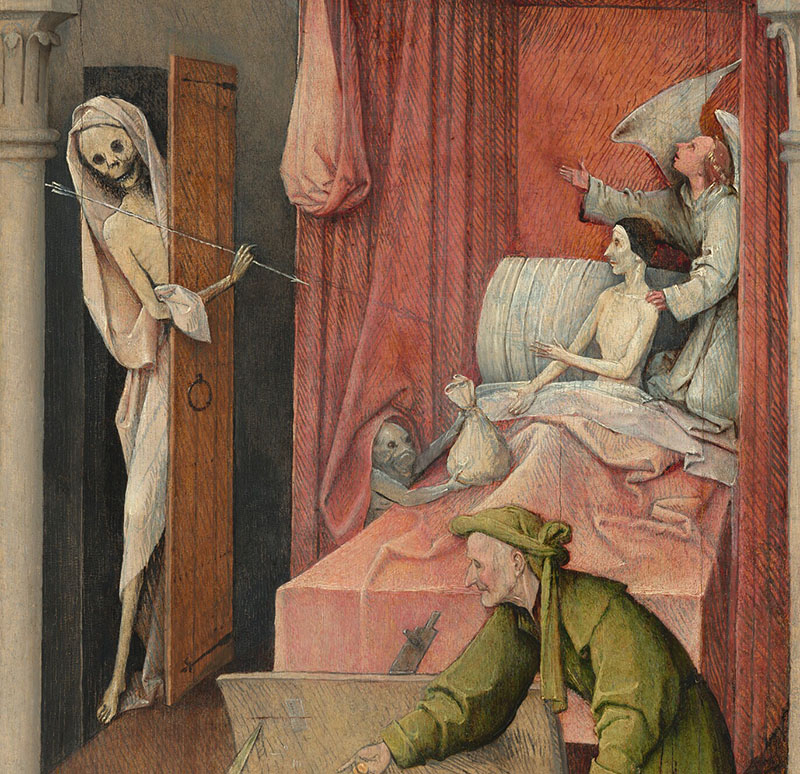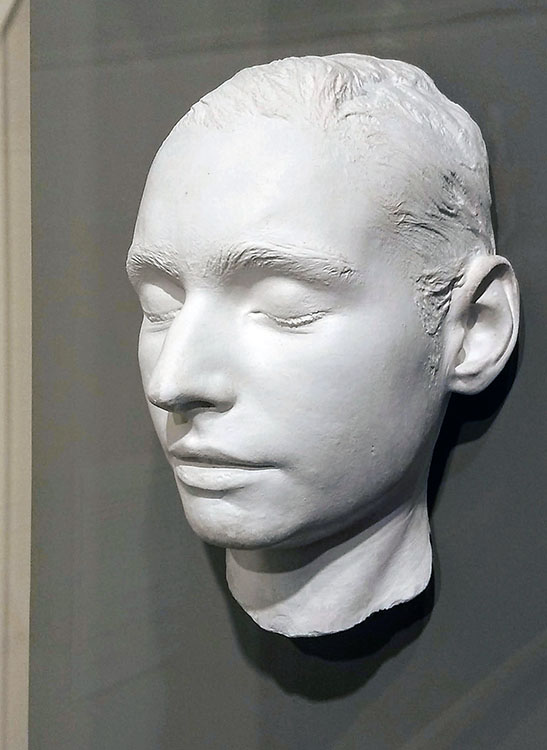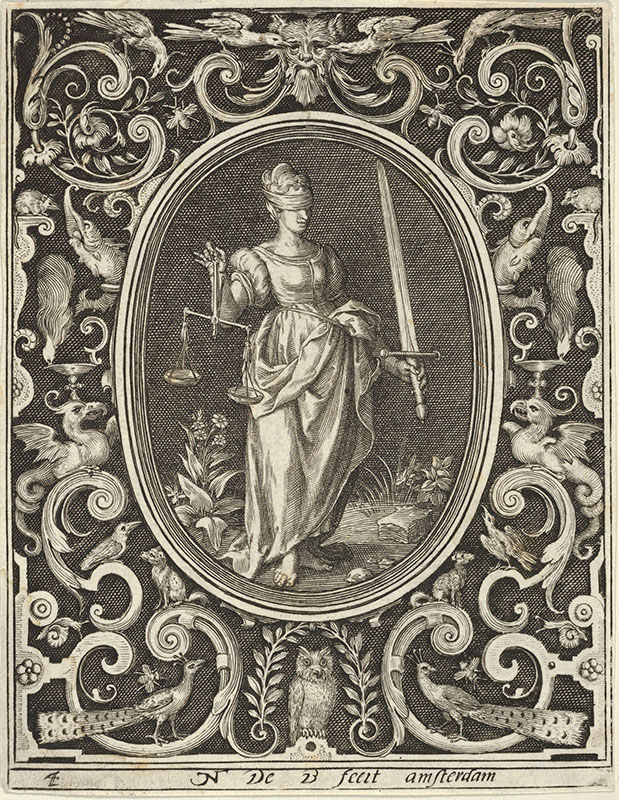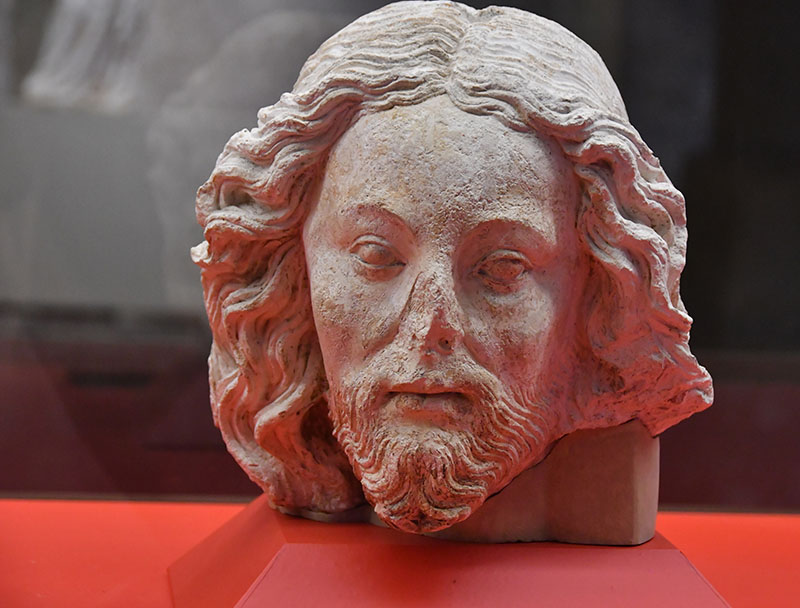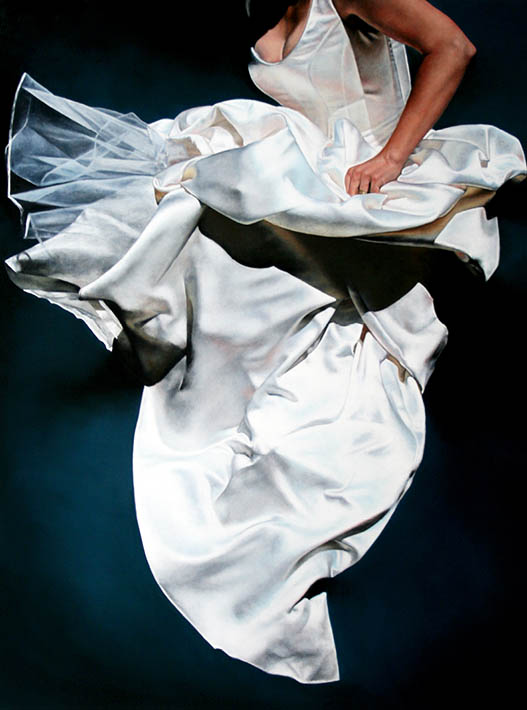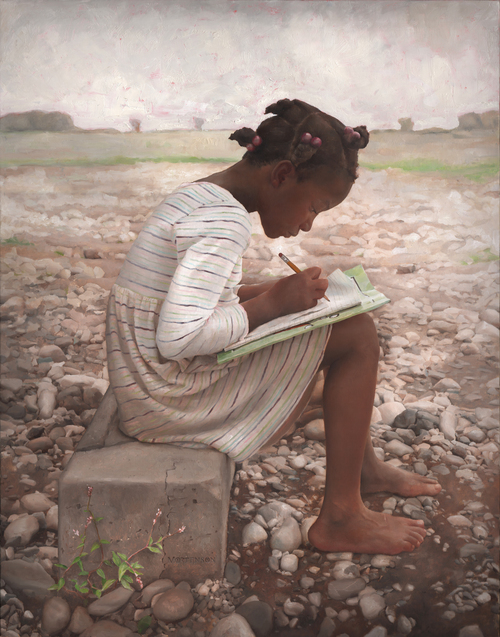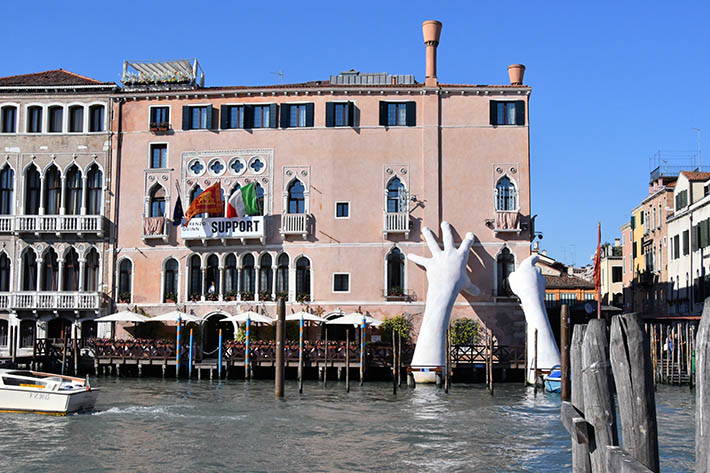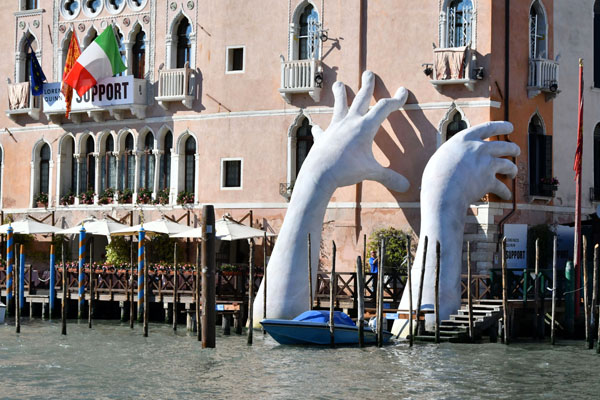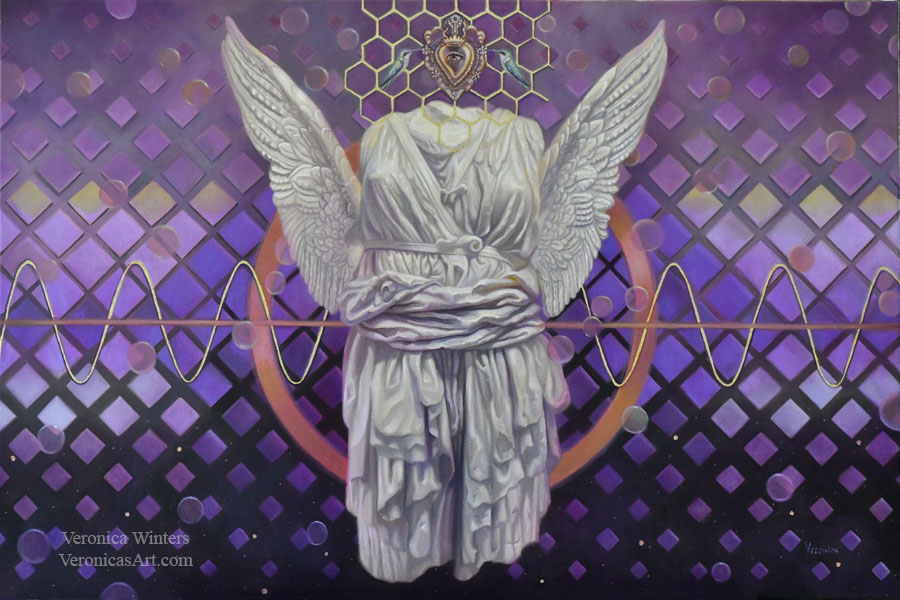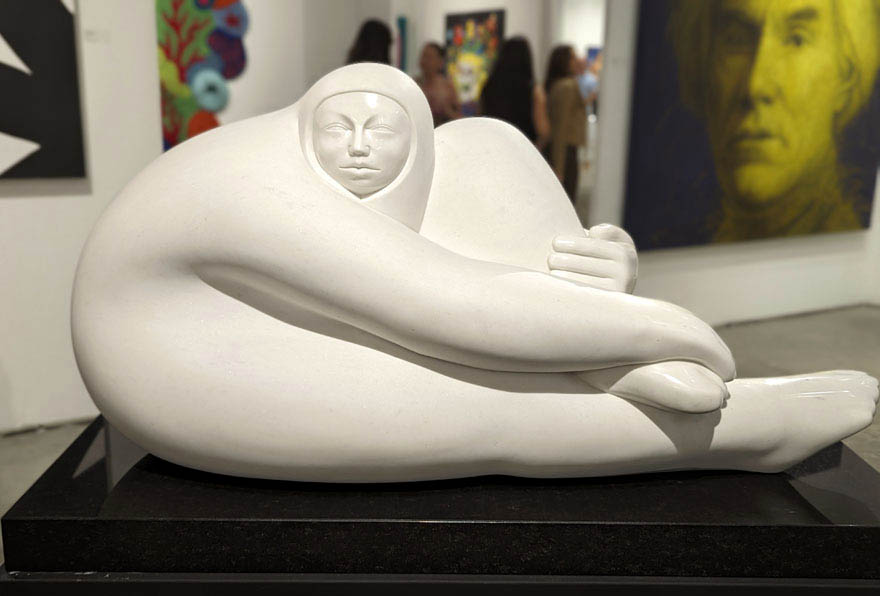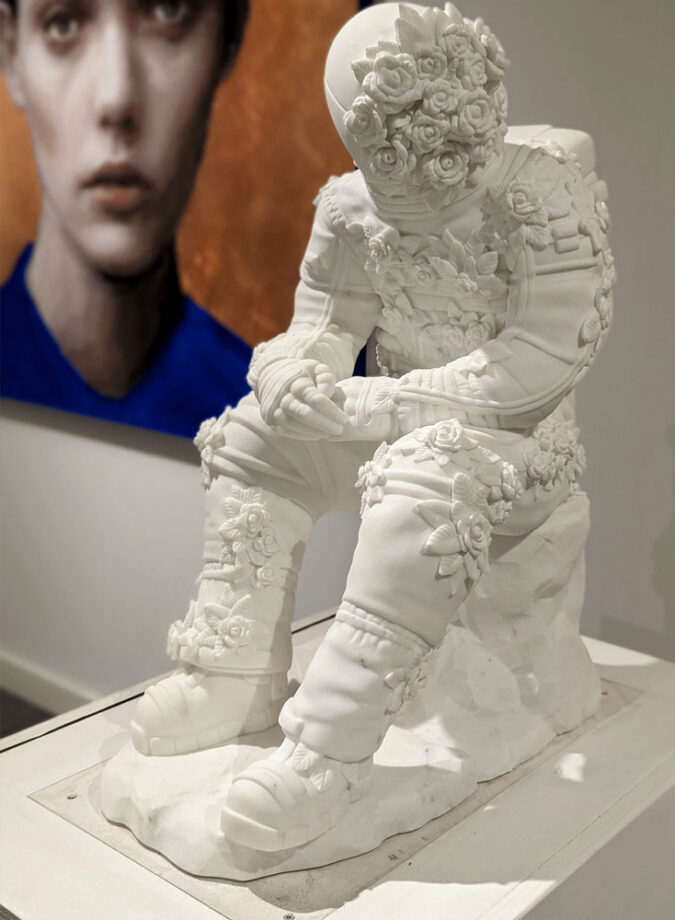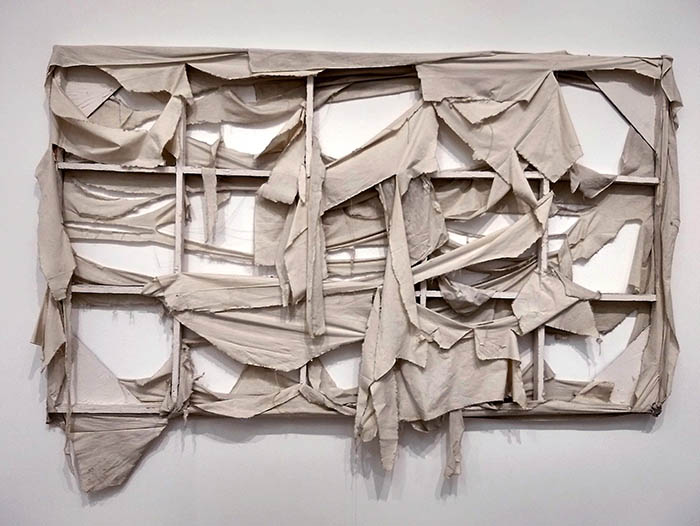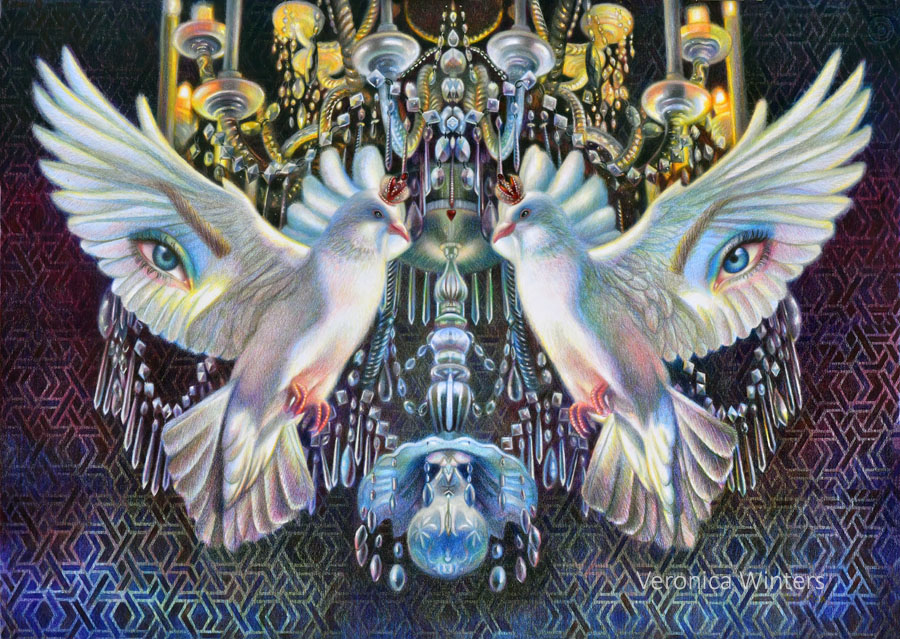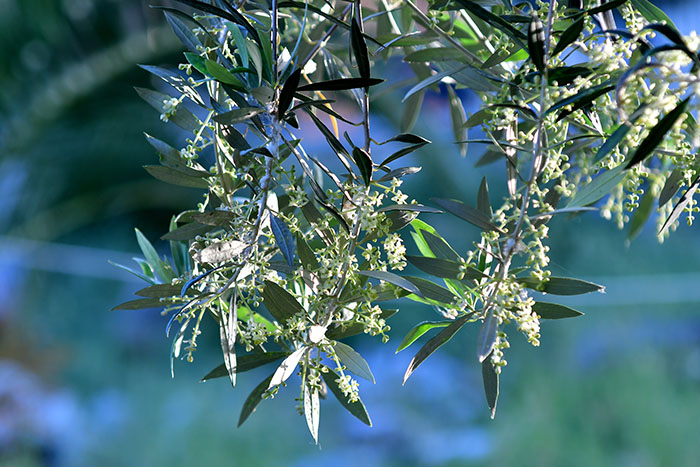
This article is based on my trip to Greece with some information coming from Greek sites and books (links are included). I spent two months collecting and presenting the information here I hope you’ll find it useful to satisfy your curiosity to the max! Here, I delve into the world of ancient Greece to uncover the secrets of the gods of ancient Greece. I look at ancient architecture, Aristotle’s philosophy, the Antykithera mechanism, mythical creatures, archeological discoveries, ancient Greek lifestyle, and much more!
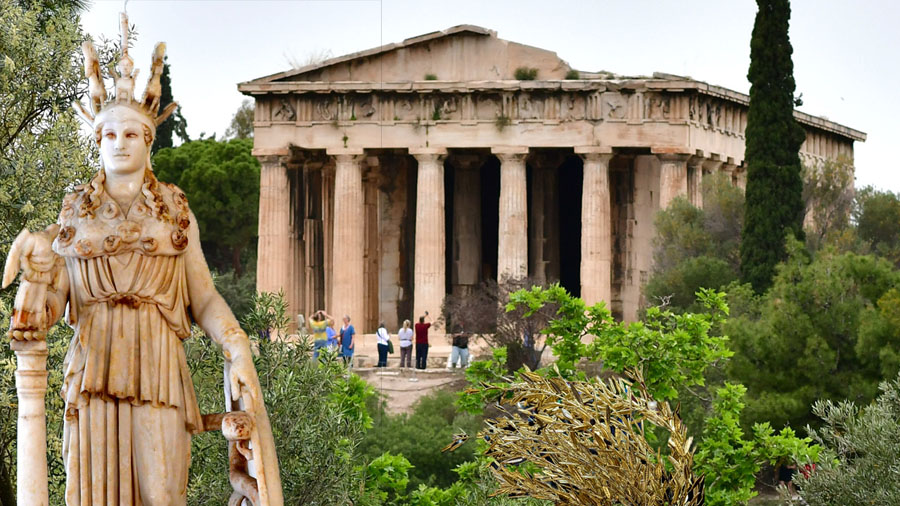
The Gods of Olympus as the Divine in Marble: A Sculptural and Astrological Exploration
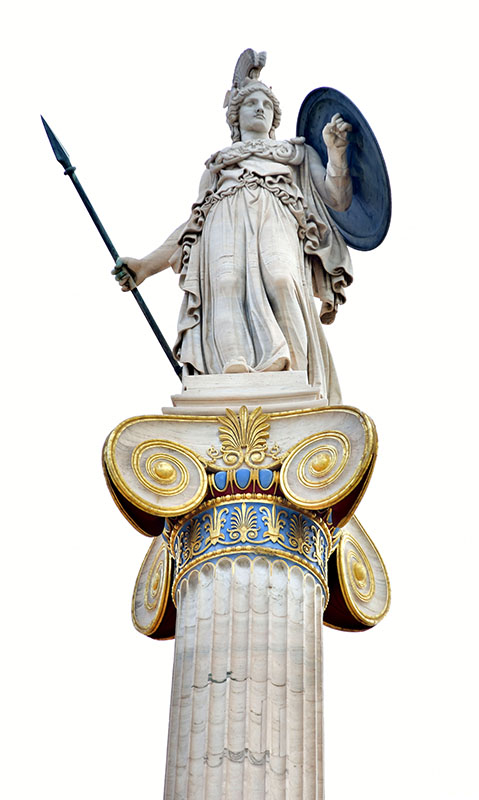
Did you know that ancient Greeks had no holy books? Religion was taught through the act of worship. Ancient Greeks believed in the power of fate that was predetermined by the gods. This notion let them create stunning temples, festivals, and rituals worshipping gods. Ancient Greeks went to battles following oracles, commemorated wins in memorials to gods, and discovered mathematical principles used in architecture that reflected the divine harmony of the cosmos. Their philosophical view of the world and the pursuit of ethereal beauty in art paved the way for the Italian Renaissance many centuries later. We can argue if the beauty and power of ancient Greek classical sculpture was surpassed by Michelangelo or Canova, but one thing is clear. Ancient Greece was an advanced civilization with philosophical views on democracy, art, astrology, and god’s power that may as well rival our society today.
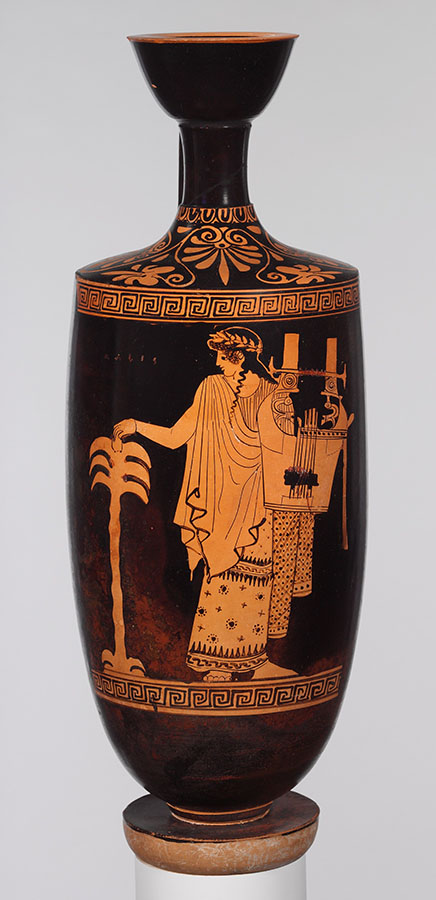
I was always inspired and puzzled by the divine skill of ancient Greek artists able to depict human form with such perfection and naturalism. Their strive for visual harmony in sculptures depicting gods was expressed through the mathematical principles, novel poses, and perfect proportions they believed reflected the divine cosmic order. Every ancient civilization tried to explain the origins of our existence in the Universe. It’s not a surprise that ancient Greek myths took a central stage in the lives of regular people. A combination of pagan deities and the Olympian gods probably came from the Near East but the Greek gods and goddesses were often unfair and capricious although powerful and divine. Greek gods and goddesses are reminiscent of regular people with their flaws, wants, and beauty. Also, the names of the gods relate to some planets in astrology. For instance in myths, Zeus (Jupiter) is immovable. Apollo (the Sun god) ran in his chariot. Hermes (Mercury) was a messenger running on tasks. The god of war, Aries was a lover of Aphrodite (Mars-Venus relationship). Let’s explore a few of these gods depicted in ancient sculptures found in Athens and beyond.
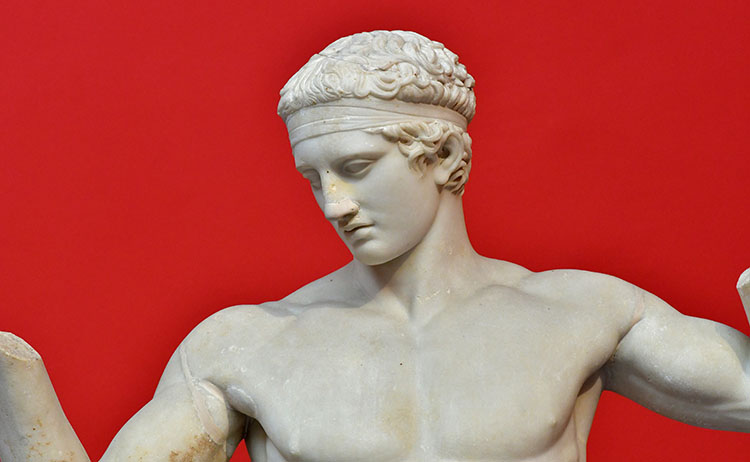
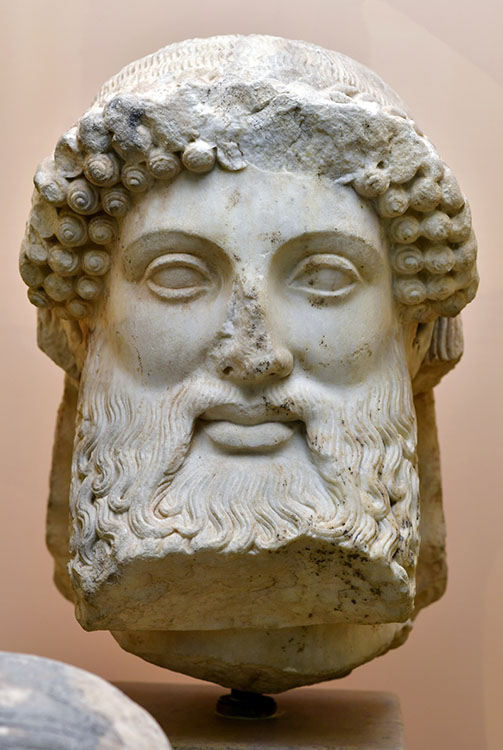
There were 5 famous ancient Greek sculptors: Phidias (c. 480-430 BCE), the designer of colossal Athena in marble, gold and ivory and chief sculptor of the Parthenon in Athens. Myron (c. 480-440 BCE) who developed advanced bronze casting methods. Polykleitos (c. 450-420 BCE) created precise, mathematical ratios and proportions to depict human figure. Praxiteles (c. 400-330 BCE) was the master of realistic marble sculpture, many of which are in the Louvre including Venus. Lysippos (c. 390-300 BCE) was the official sculptor to Alexander the Great who made naturalistic bronze sculptures.
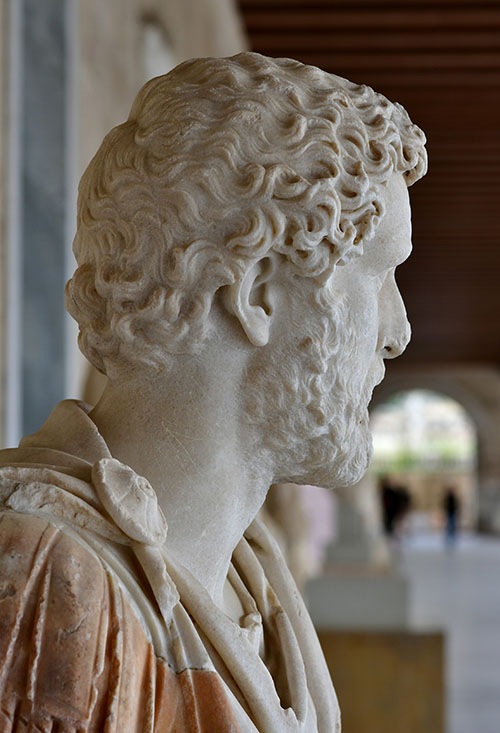
Zeus
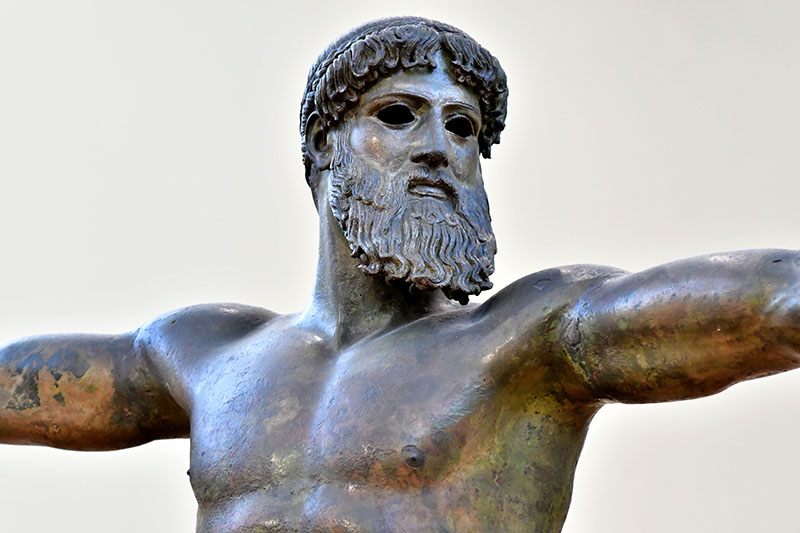
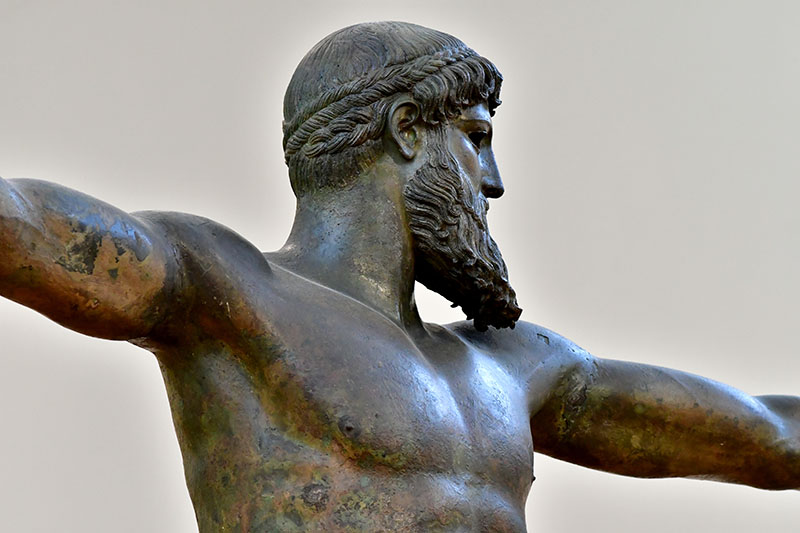
Zeus (Jupiter), the king of the gods in Greek mythology, was the ruler of Mount Olympus and the god of the sky, thunder, lightning, law, order, and justice. He was the son of the Titans Cronus and Rhea and overthrew his father to establish his powerful rule over everything. (Cronus knew about the prophecy that one of his children would kill him, but Zeus escaped his fate because his mother hid him from Cronus when he was born.) After the defeat of his father, Zeus divided the universe with his brothers Poseidon (Neptune), ruler of the sea, and Hades (Pluto), the god of the underworld. Zeus was a powerful god, often holding a thunderbolt in his hand. He was known for his numerous love affairs, both with goddesses and mortal women, which resulted in a large number of offspring, many of whom became important figures in mythology. While revered as a supreme god, Zeus was not without his flaws. He could be impulsive, capricious, and unfaithful to his wife, Hera, whose jealousy and vengeance were legendary. He fathered numerous children with other goddesses and mortals, including Ares (Mars, the god of war), Hephaestus (Vulcan, the god of armor and the forge), and Hebe (the goddess of youth) with his queen. Despite these shortcomings, Zeus had unlimited authority and was the ultimate arbiter of fate and a symbol of divine power. His influence permeated every aspect of Greek mythology and culture.
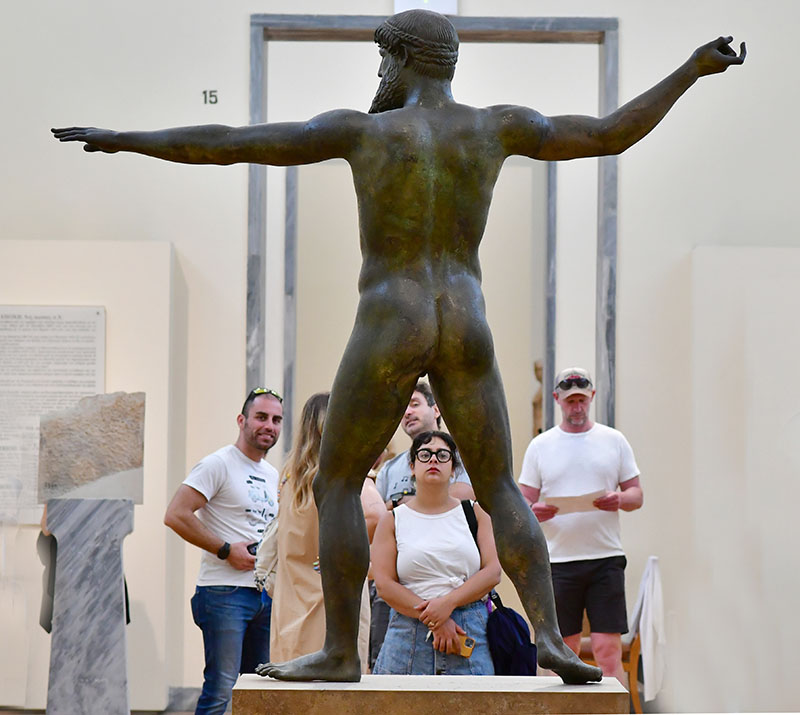
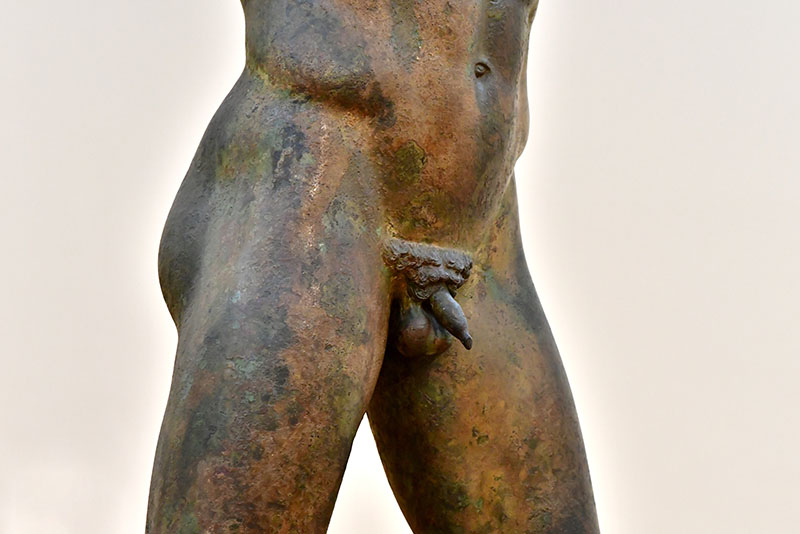
Zeus is often depicted symbolically as a big and muscular man with a lightning bolt, scepter, and an eagle. Often associated with the planet Jupiter, Zeus also represented the supreme cosmic order. In astrological interpretations, Jupiter was linked to expansion, wisdom, and divine authority. Sculptural representations typically showed Zeus with an eagle, a constellation symbol representing his power over the heavens. The Statue of Zeus at Olympia (one of the Seven Wonders of the Ancient World) depicted him seated on a throne, embodying celestial majesty.
The Temple of Olympian Zeus
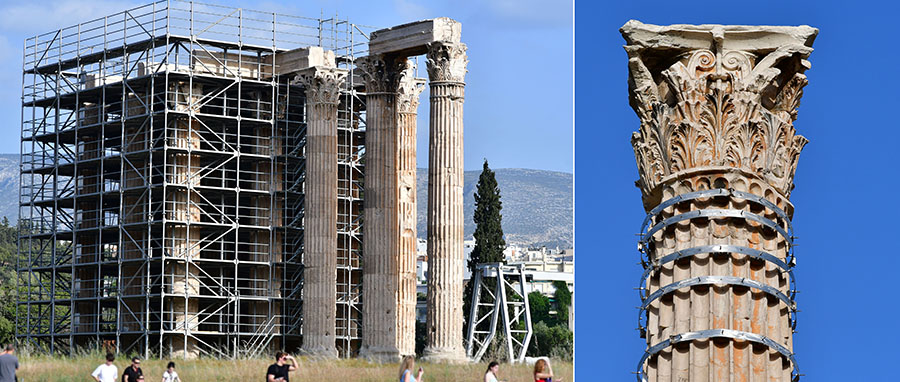
The Temple of Olympian Zeus is located not far from the Acropolis Hill in Athens. Today the temple consists of a few Corinthian columns in a restoration mode and a couple of free-standing ones on a vast and empty field. So while there’s not much to see there visually, we can appreciate a historical place of power and worship.
The Temple of Olympian Zeus, also known as the Olympieion, was a construction spanned centuries, beginning in the 6th century BC and completed in the 2nd century AD under the Roman Emperor Hadrian. He adorned it with statues and a massive gold and ivory statue of Zeus, making it a symbol of both Greek culture and Roman power. Construction first began under the rule of the Athenian tyrants, who envisioned a temple that would surpass any other in the ancient world. However, the project was abandoned several times due to political upheavals and wars.
Made of Pentelic marble, the finished temple consisted of 104 towering Corinthian columns, each 17 meters (56 feet) tall, making it one of the largest temples in the ancient world.
Unfortunately, the temple’s splendor was short-lived. It was looted and damaged during a barbarian invasion in the 3rd century AD, and likely never fully repaired. Over time, it was further ravaged by earthquakes and the removal of building materials for other construction projects in the city.
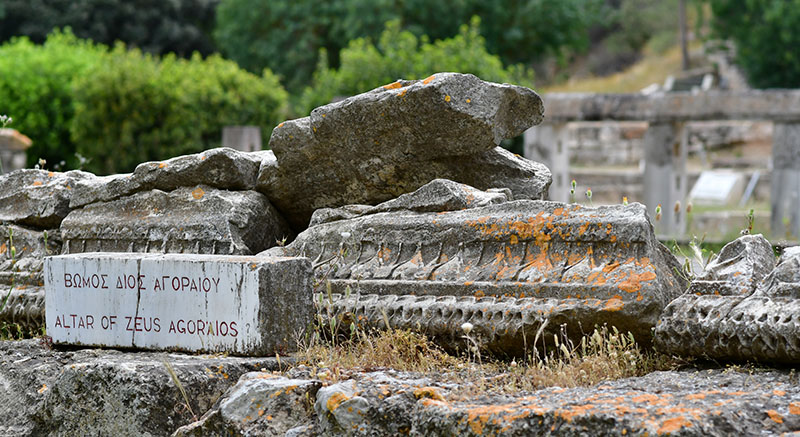
Hera
Hera (Juno), the queen of the gods in Greek mythology, was the wife of Zeus. She was the goddess of marriage, women, childbirth, and family. While a powerful and majestic figure, Hera is often portrayed as jealous and vengeful, particularly towards Zeus’s numerous lovers and illegitimate children. She relentlessly pursued them, often inflicting harsh punishments. Despite this shortcoming, Hera was also revered as the protector of married women and a symbol of marital fidelity. She was a key figure in many myths and played a significant role in the Trojan War, often siding with the Greeks. Hera’s complex character, embodying both regal power and fierce resentment, makes her one of the most compelling goddesses in the Greek pantheon.
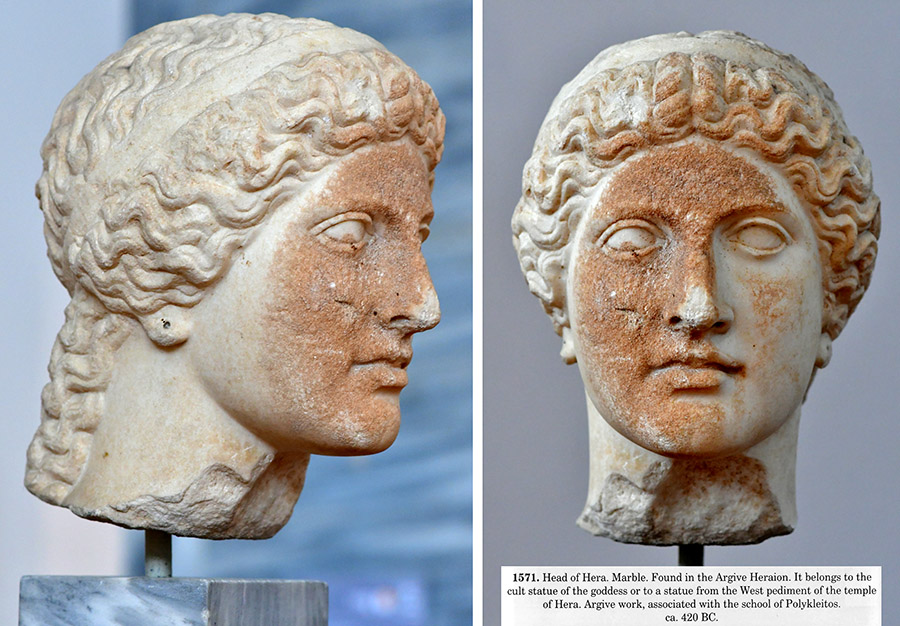
Hera, Queen of the gods, was often depicted wearing a crown and holding a staff.
If you’d like to skip to chapters: 00:00 Intro 01:07 #1 The Gods of Olympus as the Divine in marble and Bronze 01:13 Zeus, the god of all gods & the Temple of Olympian Zeus in Athens 01:47 Hera, wife of Zeus 01:58 Athena & the sculptures of Athena inside the Parthenon and on the Acropolis Hill 03:08 Aphrodite & her depictions by famous artists in ancient art world 03:58 Apollo, the god of prophecy & music 04:50 Artemis, celestial goddess of the Moon and the hunt 05:17 Dionysus, the god of wine & the theatre of Dionysus in the Acropolis Hill 05:55 Hermes, the messenger god 06:13 Demeter, the goddess of harvest 06:28 Hephaestus & the Temple of Hephaestus in Athens 07:16 Asclepios, the god of medicine, & the temple of Asclepios in the Acropolis 08:09 #2 Philosophy of Aristotle about cosmos, beauty, reality & art 08:13 the Lyceum of Aristotle in Athens 08:36 Aristotle’s view of reality 08:51 Aristotle’s cosmology 09:09 Aristotle on Beauty in Art 09:33 #3 Discovering the origins of our constellation system & zodiac 09:34 Ancient Greek discoveries & history 10:46 Ancient Greek Technology that still baffles scientists: the Antikythera mechanism
Video part 2: released on March 29 https://youtu.be/SuPsFSTzUFY Part 2: the Secrets of Acropolis Hill revealed: Timestamps: 00:00 About part 1: ancient Athens 00:24 #4 decoding the divine in the architecture of the Acropolis Hill 00:34 Conversion of the Acropolis into a sacred space in ancient history of Athens 01:48 Unveiling the history and beauty of the Parthenon 01:55 the Parthenon’s art sculptures & ancient Greek Temple structure 04:31 The optical illusion and secrets of the Parthenon’s geometry 05:04 Goddess Athena, her sculpture inside the Parthenon & history of the Parthenon to the present day 05:53 What’s inside the cella & naos of the Parthenon? 06:14 Three architectural orders \ art styles of ancient Greek columns 07:43 The geometry of the Parthenon’s building 08:33 The monumental gateway 09:08 the Erechtheion, statues & Caryatids 10:19 Statue of Athena on the Acropolis Hill 10:28 Temple of Athena Nike 11:25 Theatre of Dionysus 11:39 The amphitheater-the Odeon of Herodes Atticus 12:30 other structures & temples 12:39 the monument of Agrippa 13:03 Use of Colors in ancient Greece to paint temples, monuments, etc 13:19 Bronze foundries 13:35 #5 War & peace: Games, Gym & the Battle of Thermopylae 13:40 ancient gymnasium history 14:26 the origins of the games 14:53 the Spartan battle of Thermopylae 16:34 #6 The Roman Forum: the heartbeat of Athenian democracy 16:55 The Stoa of Attalos 17:38 the Roman Agora & the tower of the winds 19:15 The library of Hadrian 19:45 The Aeropagus Hill 20:06 Ancient Greek jury service 20:18 What Athens looks like today
Gaea
Gaea was the primordial goddess or personification of the Earth and everything living. Gaia was the mother and wife of Uranus (Sky or Heaven) and Pontus (sea god). She was also the mother of the Titans and Cyclopes who made the armor of the Olympians. One of the descendants of the Titans was Atlas who held up the earth. There was also Hecate (an underworld goddess), Selene (goddess of the moon), Helios (a god of the sun), and Prometheus (a demi-god, who gave humanity the gift of fire and was severely punished for his action). In one of the mythological stories, she advised Zeus to free the Cyclopes and the Hecatoncheires from Tartarus, which helped the Olympians win the war against the Titans. In Roman mythology, this goddess has the name of Terra.
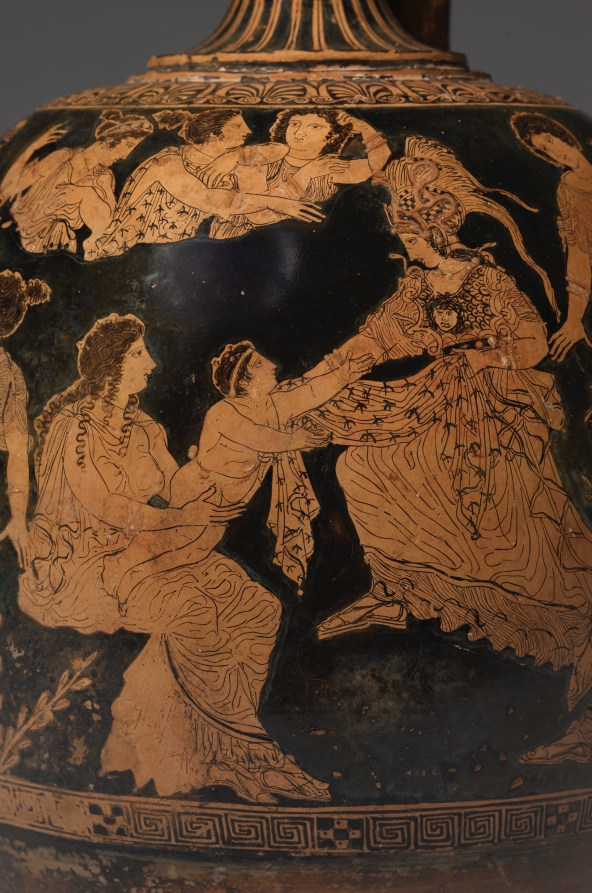
(Greek, Attic, active c. 420–400 BCE).
Athena receives the baby Erichthonios from the hands of the earth mother, Gaia
Athena
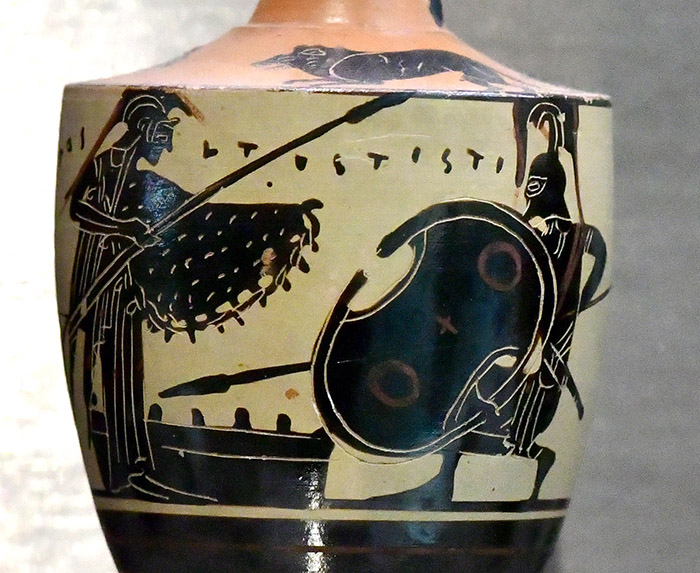
One of many children of Zeus, Athena (Minerva, Virgo) is the patron goddess of Athens, an honor she won in a contest with Poseidon. Athena, in Greek mythology, is the goddess of wisdom, war, peace, and protector of heroes, and a patron of arts and crafts. Born, grown in armor from the head of Zeus (Metis was her mother), Athena represents the balance of intellect and strength. Zeus knew about the prophecy and thus swallowed Metis alive not to give birth to Athena. Hephaestus split Zeus’s head open for Athena to emerge from it. Weird story, right?
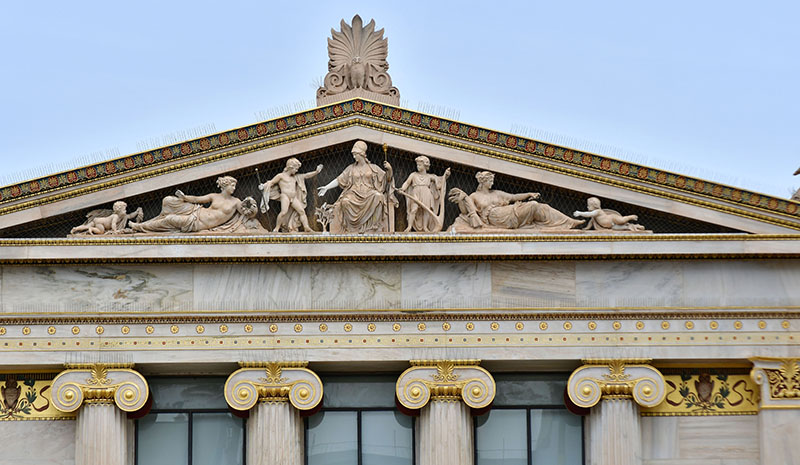
Athena gave a gift to Athens- the olive tree to grow on the Acropolis hill. Athena's domain is wisdom, warfare and crafts. Her Roman version is Minerva. You can recognize the goddess visually on pottery and sculpture by looking at her unique dress. She often stands tall and wears an Attic helmet ( with raised cheekpieces and three crests with a sphinx and winged horses), the Attic peplos and aegis (the protective leather mantle) with little snakes and the beheaded Medusa. She often holds a spear and a shield with a Erichthonios, coiled as sacred snake behind her shield. Another hand holds either an owl or a Nike (Victory). Created by Pheidias, the colossal statue of Athena holds a Nike in her right hand and the left arm rests on her shield.
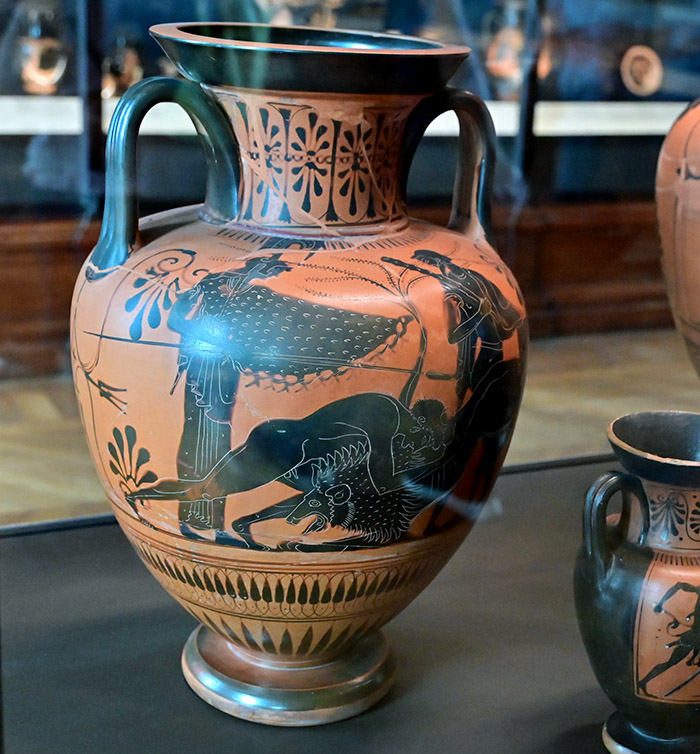
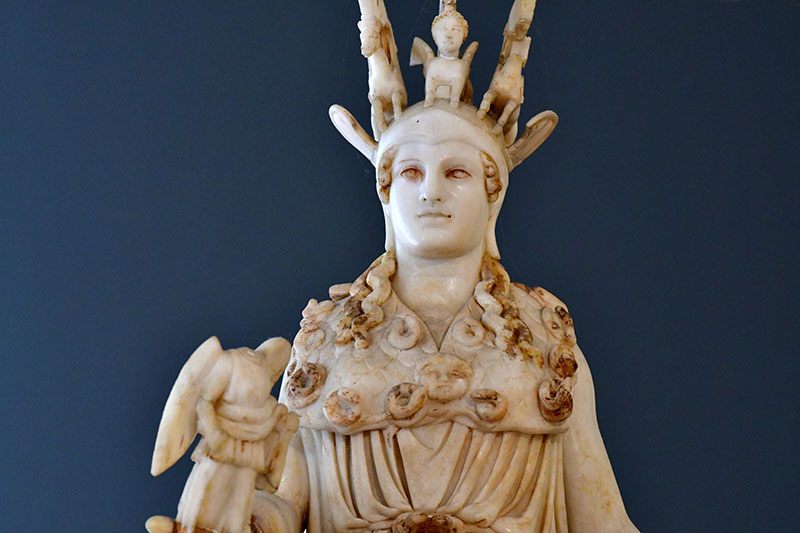
The statue of Athena Parthenos inside the Parthenon:
Lost today, a colossal, 11.5 meters tall (with the base), ivory-gold statue of Athena graced the interior of the Parthenon. Made by Pheidias in the 5th century BC, the sculpture’s existence and construction are proven by ancient literary sources and inscriptions inside the Parthenon made in antiquity. As a democratic action, all Athenian citizens could access and see the inscriptions of the accounting because the temple and statue construction was a public expense. The text was divided into two vertical columns, the left column had sums only, and the money paid was inscribed in capital letters into the stone. The inscriptions also recorded the names of the officials who oversaw the project’s construction. Accounting included both expenses and revenue.
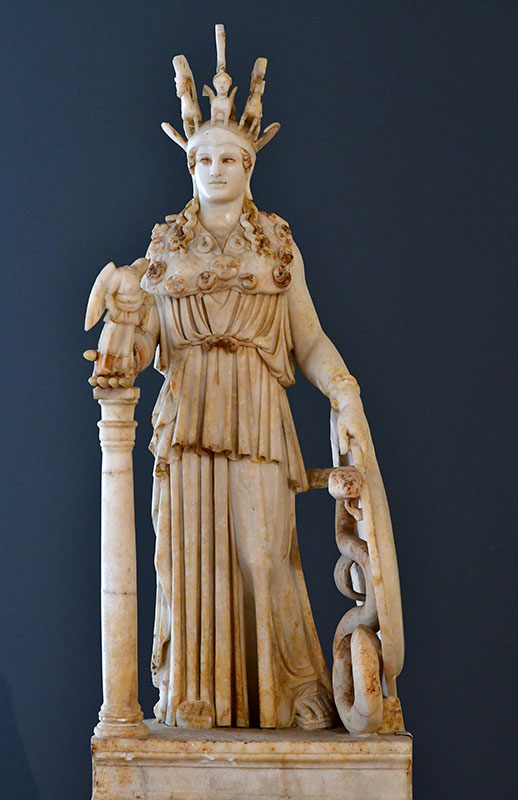
Found in 1880 in Athens, near the Varvakeion school, hence the name of the statue. This marble statuette is the most faithful and best-preserved copy of the cult statue of the Athena Parthenos created by Pheidias for the Parthenon in 438 B.C. The original statue was about twelve times larger than the Varvakeion copy. Her skin was made of ivory and the rest of the gold leaf. https://www.namuseum.gr/en/collection/klasiki-periodos-2/ Photo: veronica winters
Statue construction & appearance:
A shallow pool filled with water stood in front of the statue to provide the necessary humidity level needed for its preservation. Today, only the traces of the statue’s pedestal and water tank exist inside the temple. A square hole in the floor indicates the precise location of the colossal statue. Ancient Greeks constructed the pedestal around the hole and then inserted a cypress tree wooden beam into it. This wooden pole served as the statue’s central structural support. The statue’s wooden parts were pieced together and joined to the core. Next, the artists used about 44 talents (1,051 kg) of gold leaf to cover the goddess’s dress and armor. Athena’s skin was made of ivory to imitate the figure. The pedestal’s front was also covered in gold leaf. The pedestal’s decoration consisted of a myth of Pandora’s creation, the creation of the first woman.
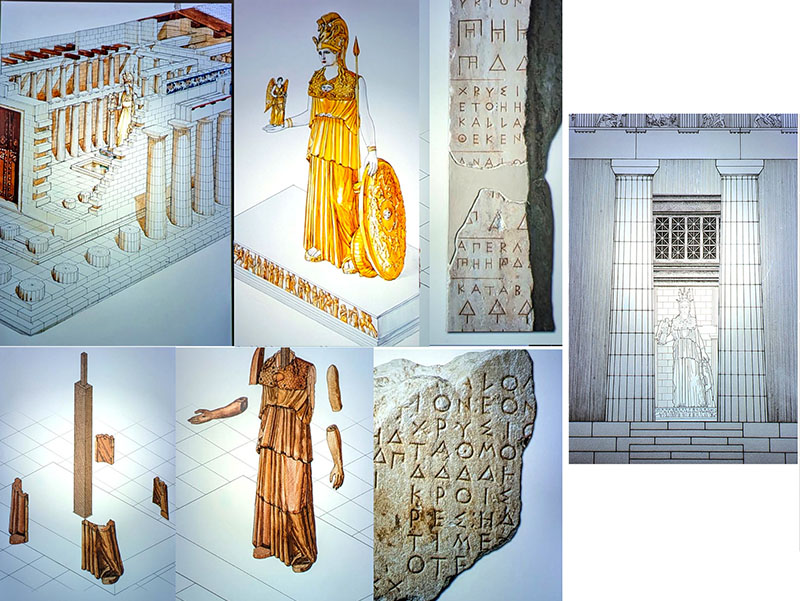
Mythical creatures embellished Athena’s helmet as she held a gold-leafed spear. As part of her classical Greek clothing she wore a peplos and aegis over it. The aegis was made of leather, showing the Medusa’s ivory head as the golden snakes swirled around it. Athena’s right hand was stretched up to hold a smaller sculpture of Nike (Victory) made of ivory and gold. Nike was about to crown Athena with a golden wreath lying in her hands. Athena’s shield was decorated with a relief battle scene of the Athenians and Amazons. The back side of the shield had a color decoration of another battle – gods fighting giants. A giant, curling golden snake stood behind the figure and the shield. It was the sacred snake and Athena’s companion. Done in relief, Athena’s sandals showed a battle between the Greeks and Centaurs.
The statue of Athena Parthenos was a symbol of Athens’ power and Pericles’ imperial rule. During a bitter political squabble, both Pericles and Pheidias were accused of stealing some of the gold from the statue. Pheidias’ monumental sculpture stayed inside the Parthenon for about 1,000 years!

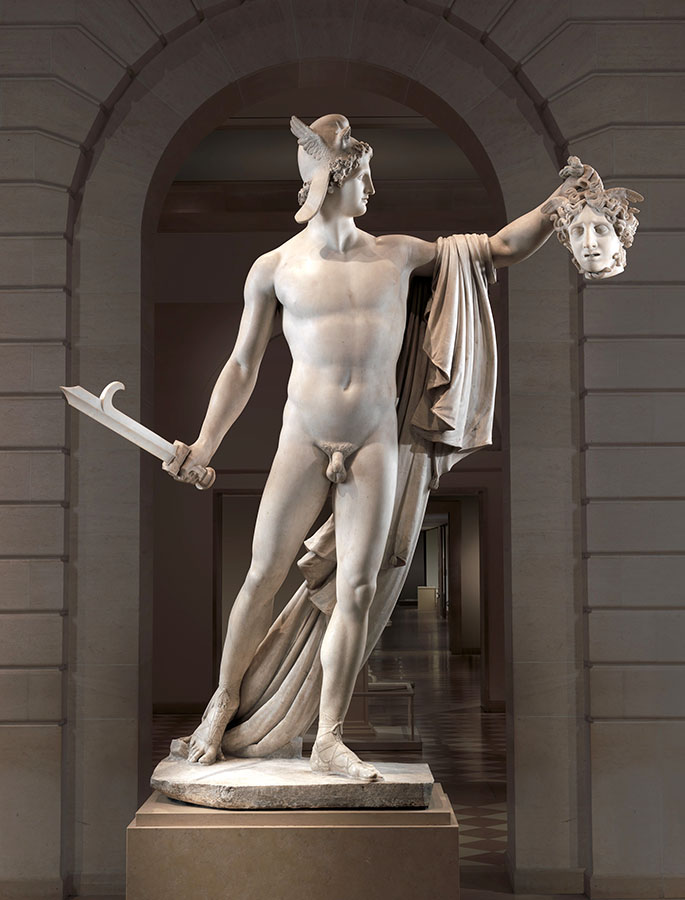
The Gorgon Medusa was the mythological monster killed by Perseus with Athena’s help. Its severed head, named the Gorgoneion by the ancient Greeks, still retained the power to turn to stone anyone who looked into her eyes. Perseus gifted the head to Athena. According to Greek mythology, the goddess placed it either on her shield or her aegis, the protective leather mantle worn on her upper torso that you can see on all ancient Greek sculptures depicting Athena.
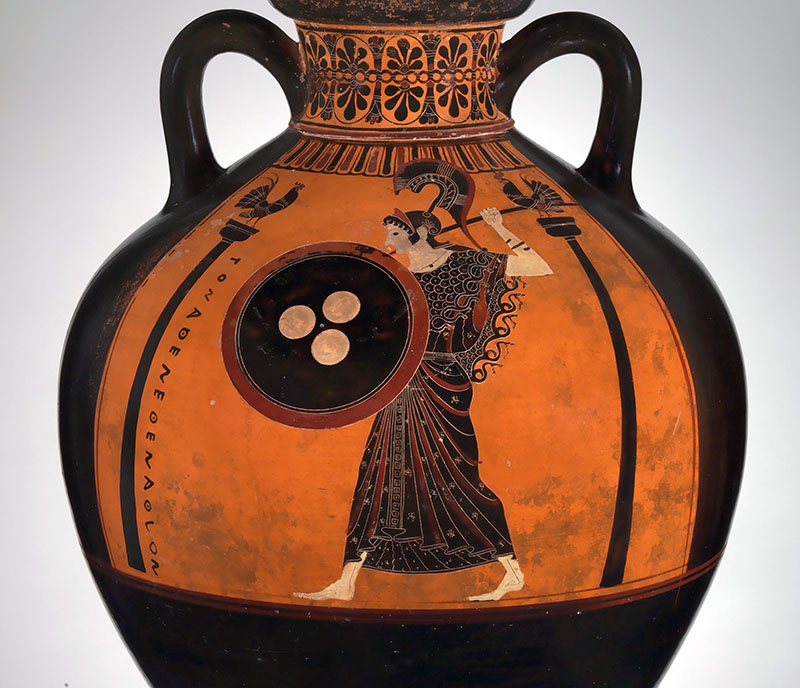
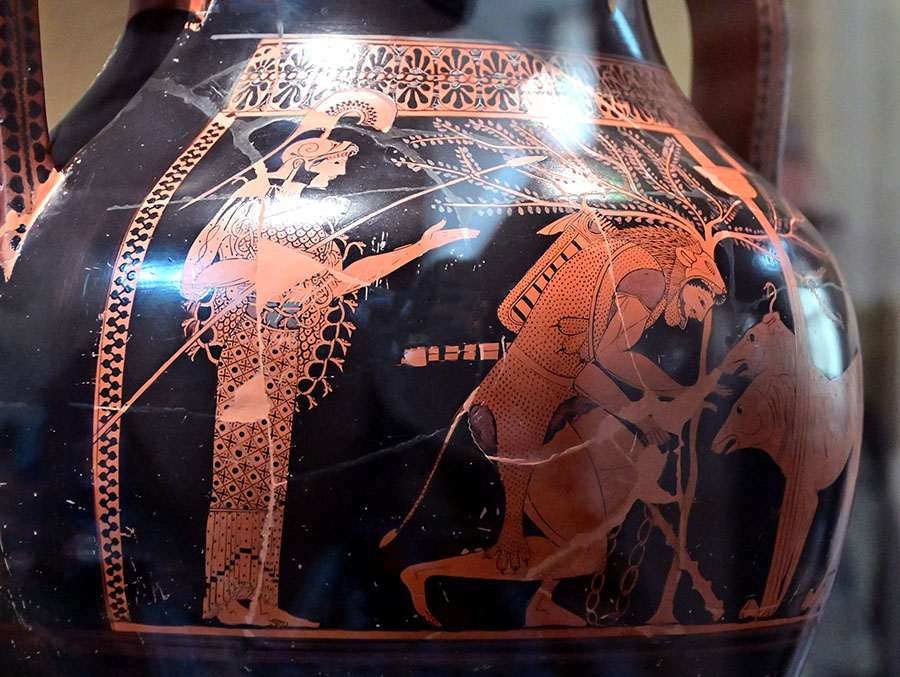
The Statue of Athena Pronachos on the Acropolis Hill
The colossal, 9-meter-tall, bronze statue of Athena Pronachos (475-450BC) and other votive offerings stood between the Propylaea (entrance) and the Erechtheion on the Acropolis Hill. The statue’s name means “Athena who fights in the front lines.” Long ago destroyed this statue of Athena, only keeps the 5-meter tall pedestal to the present day. Created by the renowned sculptor Pheidias, the Athenians dedicated this statue to Athena after their victory in the Persian Wars and probably used the spoils from the war to fund the project.
There’s no exact copy or visual of the original statue existing today, but late copies and images on Roman coins suggest that Athena was a standing figure, wearing traditional dress. Another version suggests that she had one outstretched hand holding either a Nike (Victory) or an owl. Pausanias, the 2nd century AD traveler and writer, mentions that her shield was decorated with scenes from the Centauromachy, the battle between Centaurs and Lapiths. According to ancient tradition, the point of her spear and the crest of her helmet were visible to sailors off Cape Sounion.
The Statue of Athena was taken to Constantinople and placed at the Hippodrome around the 5th century AD. Unfortunately, people destroyed it completely during the siege of the city by the Franks in 1204 because Athena’s outstretched hand beckoned the enemy in their view.
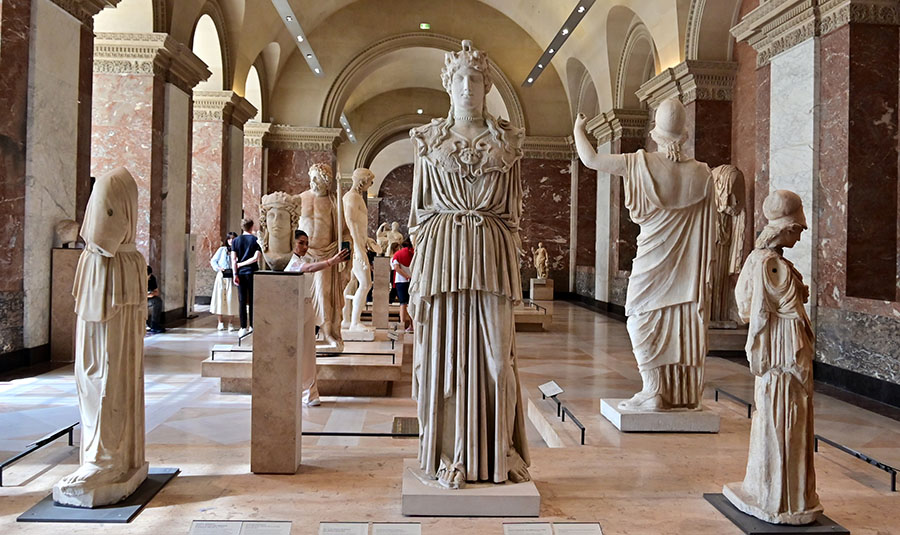
Aphrodite
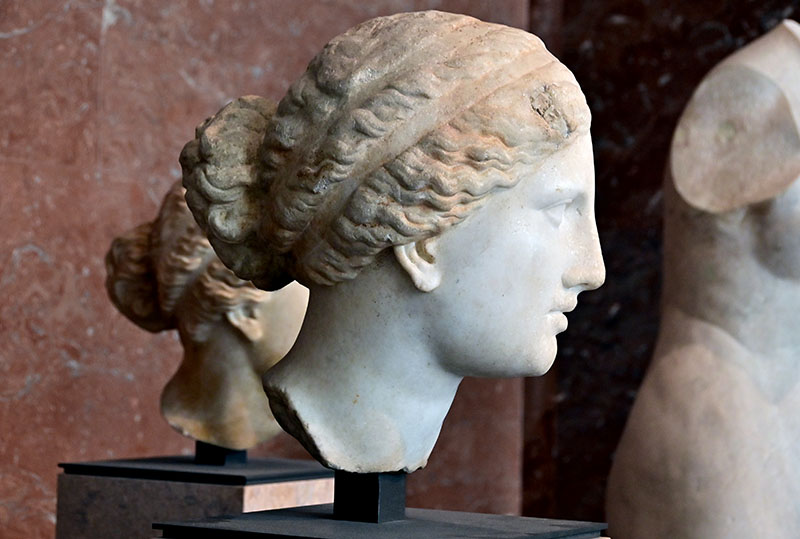
Zeus became the father of many goddesses, including Aphrodite, the goddess of love, beauty, and fertility. She became the wife of Hephaestus and a lover of Ares. Aphrodite had several children, Harmonia, Eros, and Anteros. Aphrodite was also the mother of Hermaphroditus (with Hermes), Priapus (with Dionysus), and Aencas (with the Trojan prince Anchises).
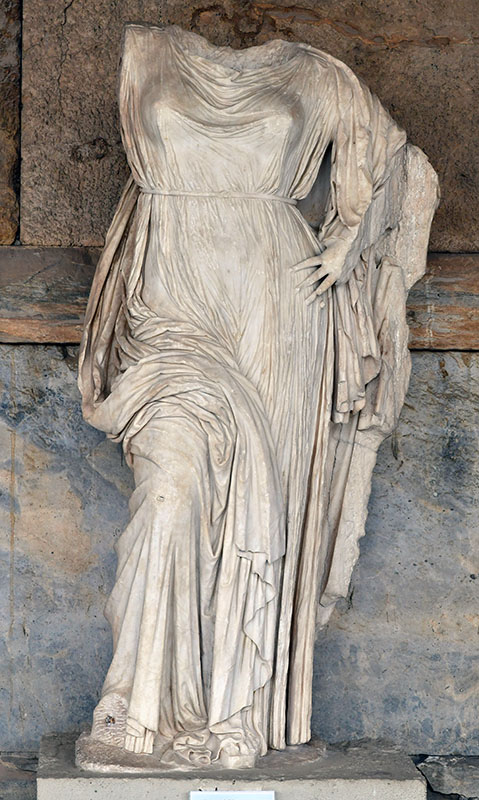
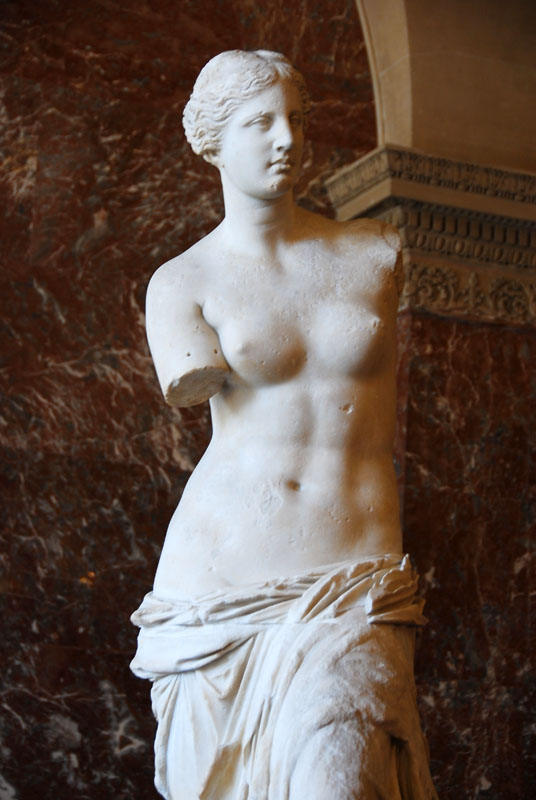
Aphrodite is Venus in Roman mythology. She also has a distinct appearance in Greek vases and sculpture, being a very beautiful, young and often nude woman with an apple or bird. Venus symbolizes love in astrology but the Moon symbolizes motherly love.
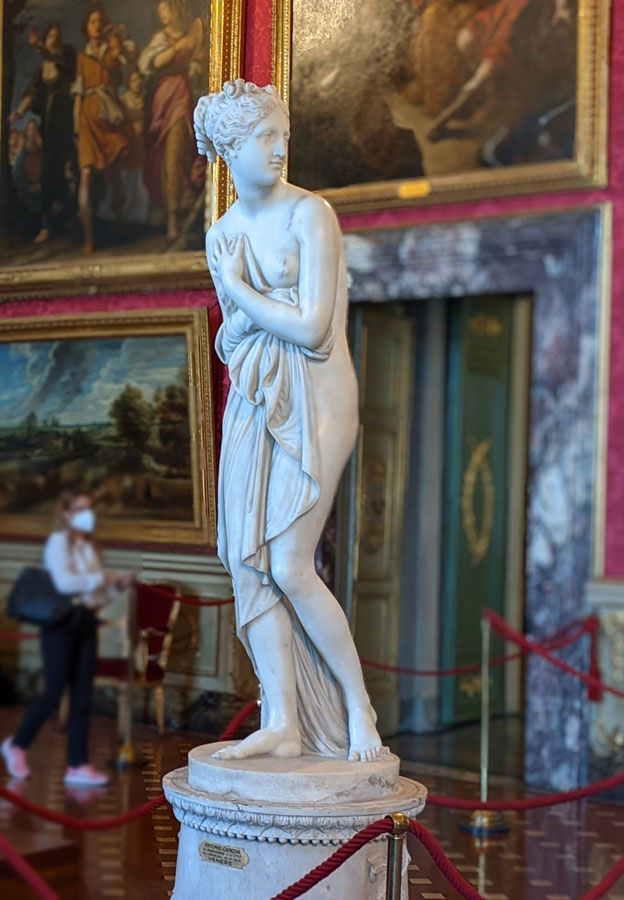

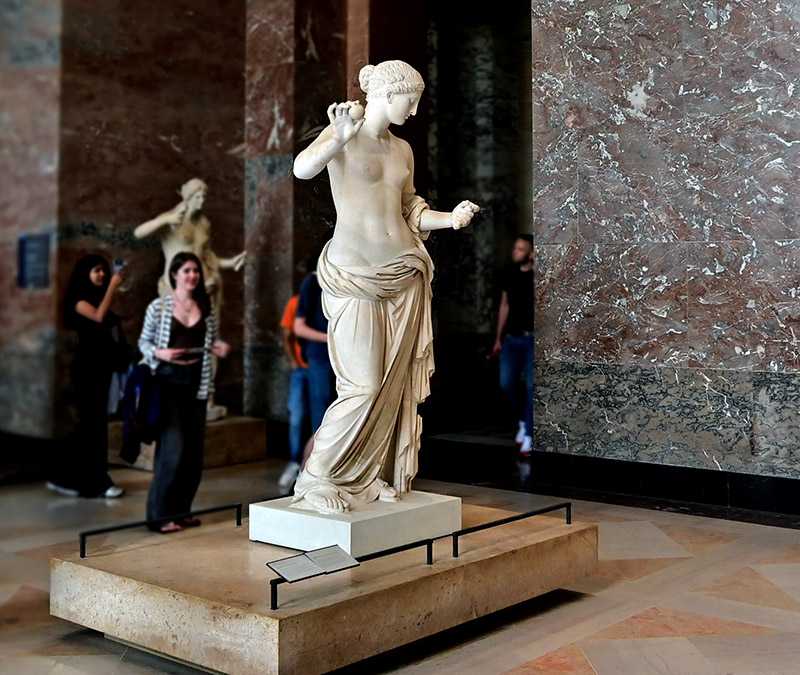
This Venus was presented to King Louis XIV of France as a gift in 1683. François Girardon, the king’s sculptor, added the goddess of love’s attributes: a mirror and an apple, references to her victory in the Judgment of Paris. This work may be a copy of the Aphrodite of Thespiae (Boeotia, Greece), commissioned around 360 BC from the sculptor Praxiteles by the courtesan Phryne.
Hermes
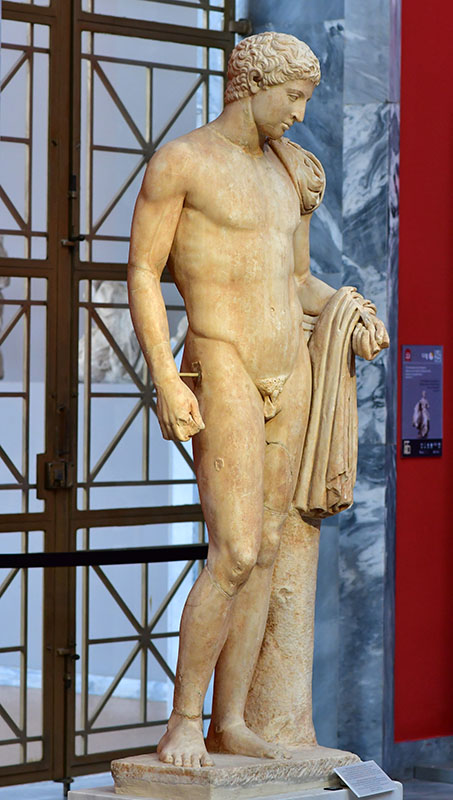
Zeus became the father to Hermes as well. Hermes (Mercury), son of Maia, was the messenger of the gods, conductor of souls to Hades (the god of the underworld), and the god of travelers and commerce. So his domains were travel, magic, and trade. It’s believed Hermes invented the lyre and the shepherd’s flute.
In Greek mythology, Hermes is often depicted as a young and slender man wearing the winged boots, cap and herald's staff. Mercury in astrology is androgenous (no definite sex) with strong analytical skills and communication abilities. Mercury takes on the nature of the planets with which it has a connection.
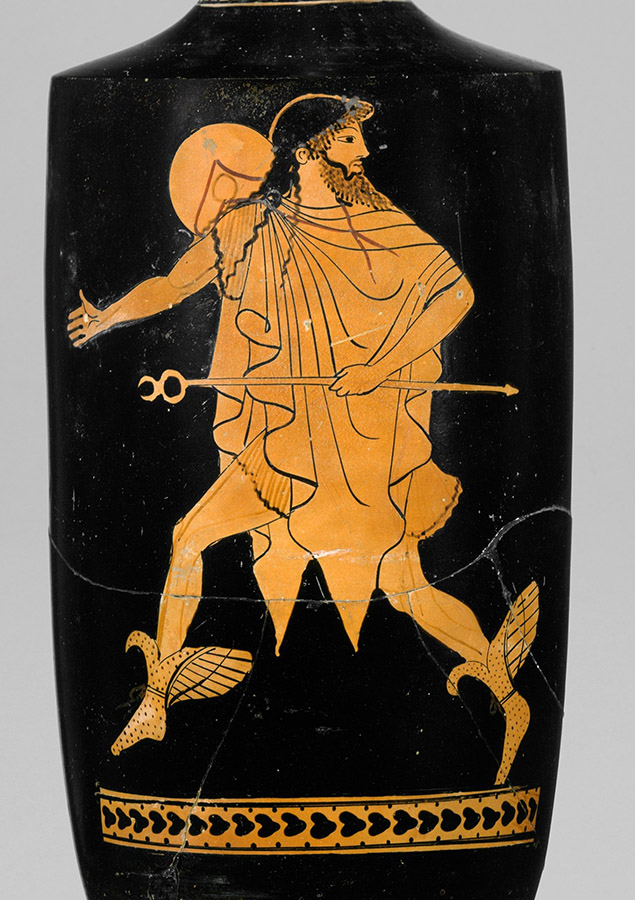
Apollo
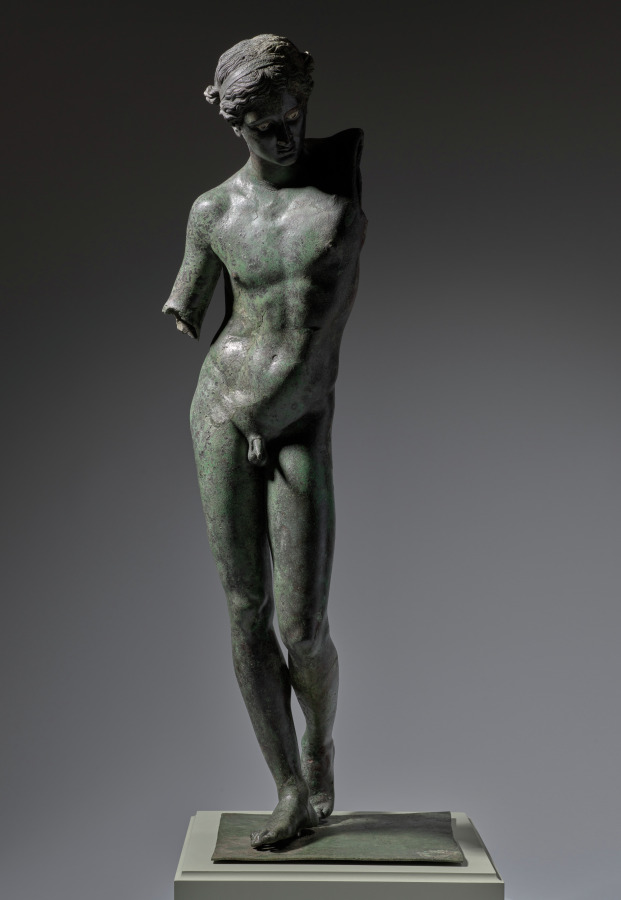
Ancient Greeks believed in Fate and personality to determine the result of events and their life. Apollo, the god of art, music, light, and prophecy, personified the Greek ideal of moderation in everything and channeled his prophecies through Pythia in Delphi. Apollo (Sun) is the god of light, music, poetry, philosophy, medicine, and prophecy, he was linked to solar symbolism by riding his chariot in the sky. In astrological interpretations, he represented the sun’s life-giving energy, artistic inspiration, and prophetic insight.
Many Apollo sculptures often feature the god holding a lyre, laurel, wreath and sometimes bows with arrows (as he killed the Python in Delphi). The god has perfect, slender, youthful body and a handsome, calm, idealized face with long, vawy hair. Apollo was the opposite in temperament to Dionysius.
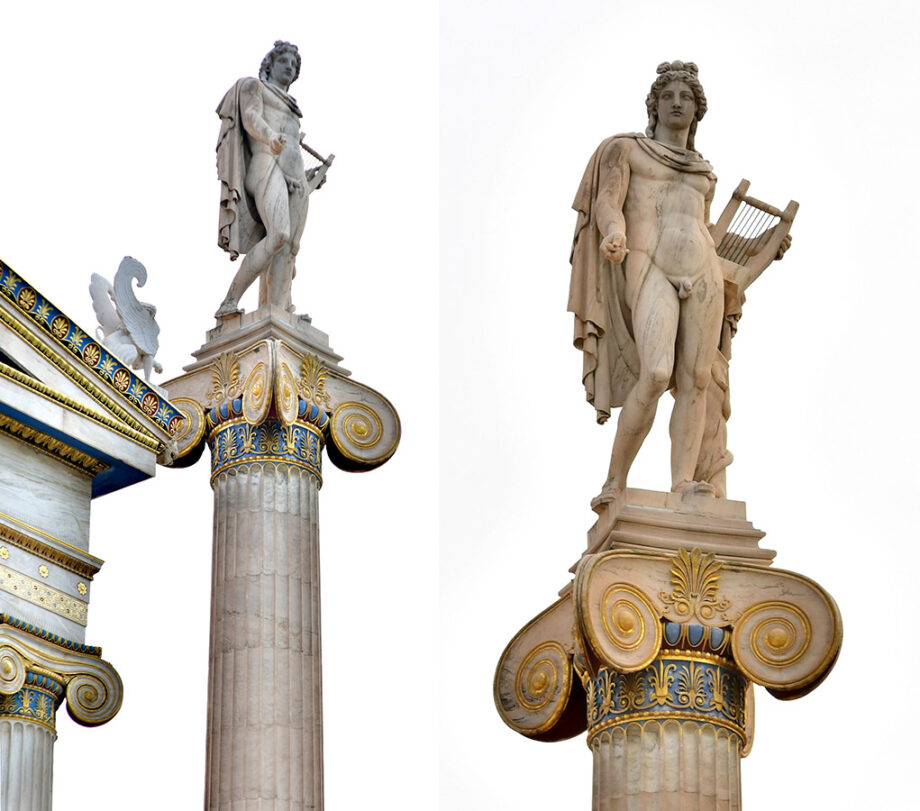
To see the most beautiful and famous sculptures of Apollo, go here.
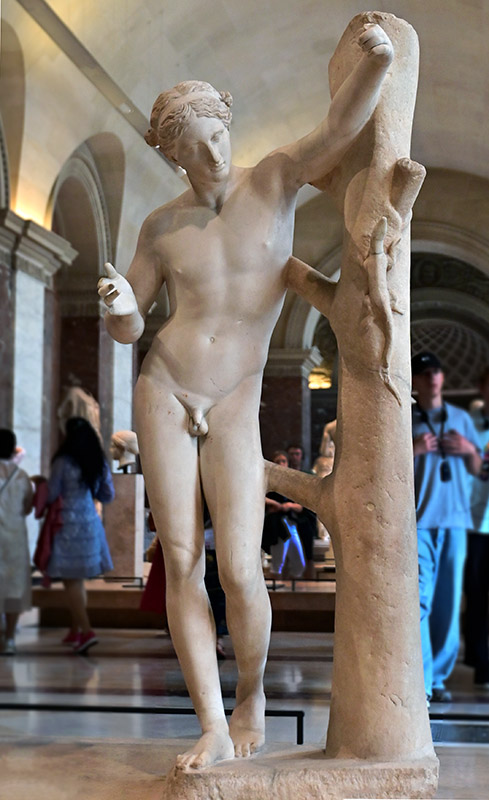
The god of the arts, shown as an adolescent boy, prepares to kill a lizard. The scene is a reference to the protective nature of the god or, in an indirect way, to his battle with Python, the serpent.
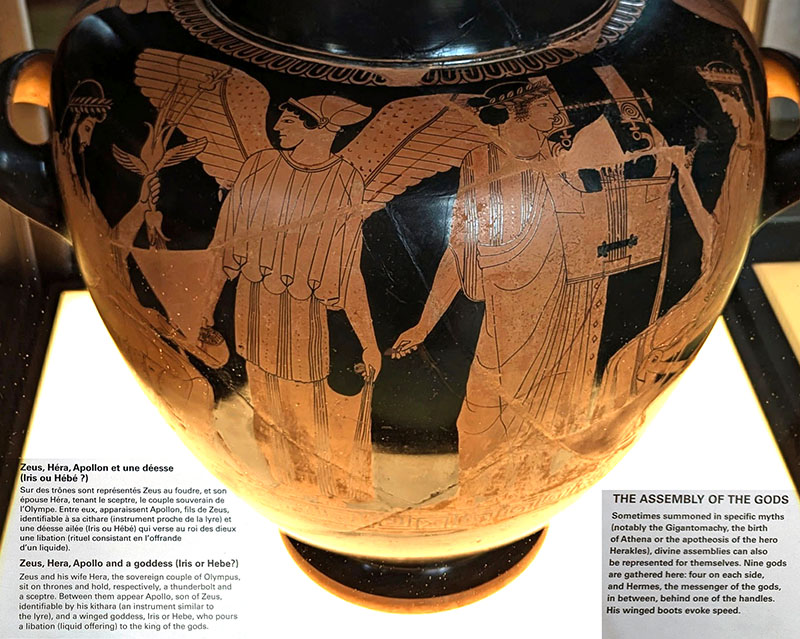
Artemis
Artemis (Diana the Moon), with her twin brother Apollo, was born of Leto and Zeus. Artemis was the virgin goddess of the hunt, animals, childbirth, and the Moon. She was also considered a moon goddess with Selene and Hecate. As the moon goddess, Artemis embodied lunar cycles and feminine mystique. Astrologically, she represented intuition, wilderness, and cyclical transformation.
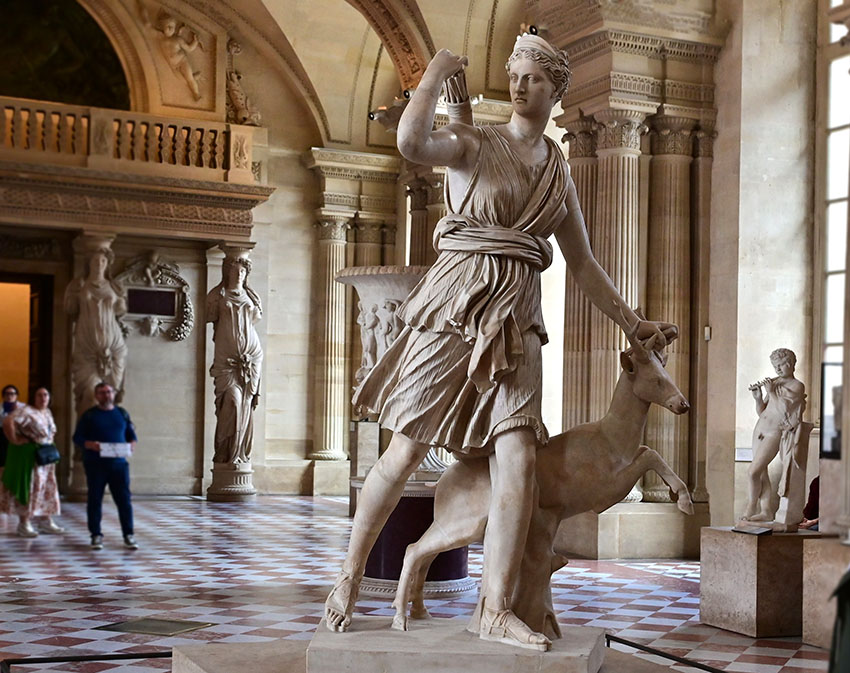
Sculptures and art of Artemis often incorporated lunar crescents, hunting motifs, and celestial symbolism that reflected her connection to natural rhythms. Dressed in short garments, half-nude, she's often depicted running or almost floating above ground with a bow, arrows, and animals.
Dionysus
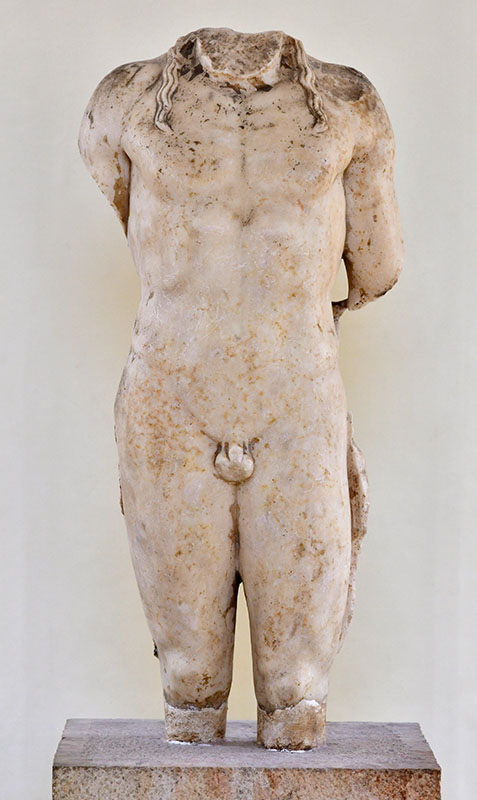
Dionysus (Bacchus) was the son of Zeus and of either Persephone (Proserpina), queen of the underworld, or the moon goddess Semele. Dionysus was the god of fertility, vegetation, peace, hospitality, and theatre. Raised on Mount Nysa, Dionysus invented wine-making and was often depicted as a wine god. His followers were the half-man, half-goat satyrs (Silenus, the tutor of Dionysus) and the nymphs and maenads (bacchantes). He was the opposite of the god Apollo but both gods were revered in festivals and rites almost interchangeably in ancient Greece. You can read bout the ancient rites in Eleusis here.
Visual appearance of Dionysis in art is often similar to Apollo's. He has a youthful appearance with beautiful, well-proportioned features. He's depicted with wine, ivy, satyrs, maenads, and lyre.

Demeter
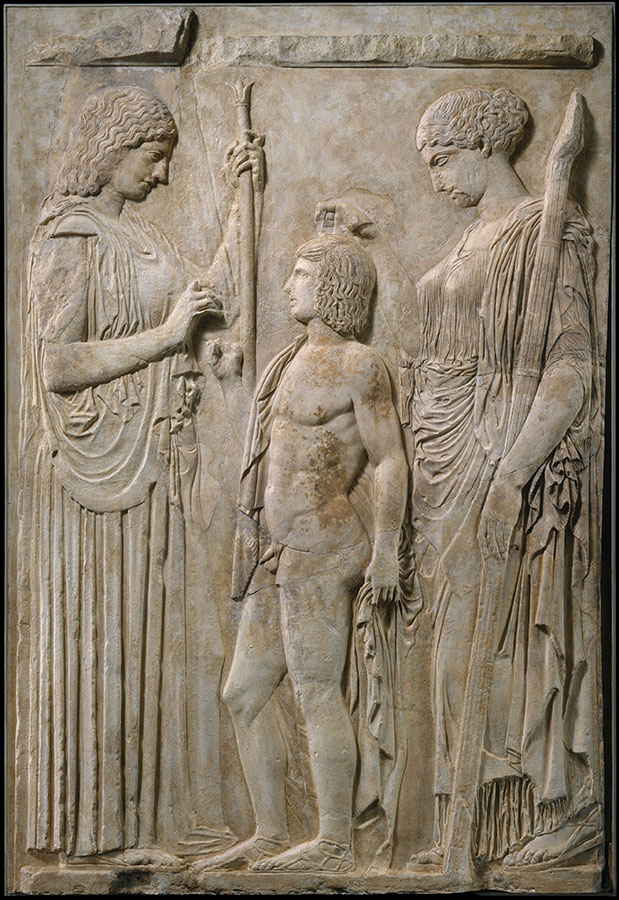
Daughter of Cronus and Rhea, Demeter was the Greek goddess of agriculture, harvest, and Earth. You can read an extensive summary of the Greek myth of Demeter here.
She was depicted as a woman in full clothing wearing a crown. She often held grain or torch.
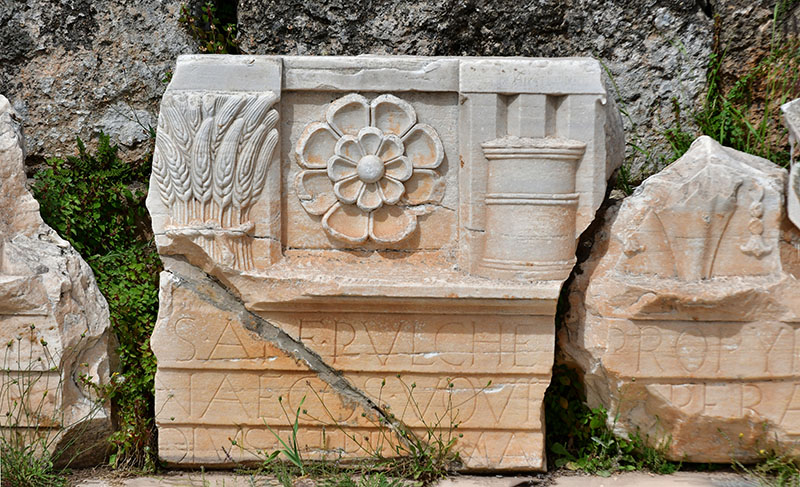
Hephaestus
Hephaestus, the son of Hera and possibly Zeus, was born as a sick child. Hera felt embarrassed and threw him out of Mount Olympus. He survived the drop to the sea to be rescued by two goddesses, who raised him in an underwater cave. He began forging jewelry there, soon to be noticed by Hera who returned him to Olympus, married him to the most beautiful goddess, Aphrodite, and let him work on his craft on the mountain. The life of Hephaestus has many ups and downs, and quarrels with Zeus and other gods because of Aphrodite’s many love affairs, to name a few.
Hephaestus, the god of fire and metalsmithing, had the Roman version, named Vulcan. He was often depicted with a hammer, tongs, donkey, and lame foot.
The temple of Hephaestus in Athens
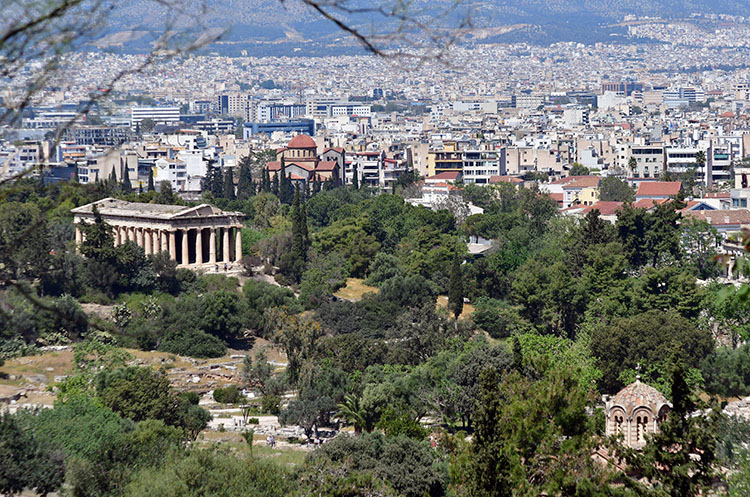
The Temple of Hephaestus, also known as the Theseion, is one of the best-preserved ancient Greek temples in existence. It was situated in the Ancient Agora of Athens, a bustling marketplace and center of civic life. A classic example of Doric architecture, featuring 34 columns of Pentelic marble, the temple was built in the mid-5th century BC (around 449 BC), during the Golden Age of Pericles’ rule, alongside other Athenian structures like the Parthenon. It was dedicated to Hephaestus, the Greek god of fire, metalworking, and crafts, and Athena Ergane, the goddess of crafts and skilled labor.
The temple’s decorations include depictions of the Labors of Hercules, the battles of Theseus, and the fall of Troy. The temple was converted into a Christian church dedicated to Saint George in the 7th century AD and served as a museum in the 19th century.
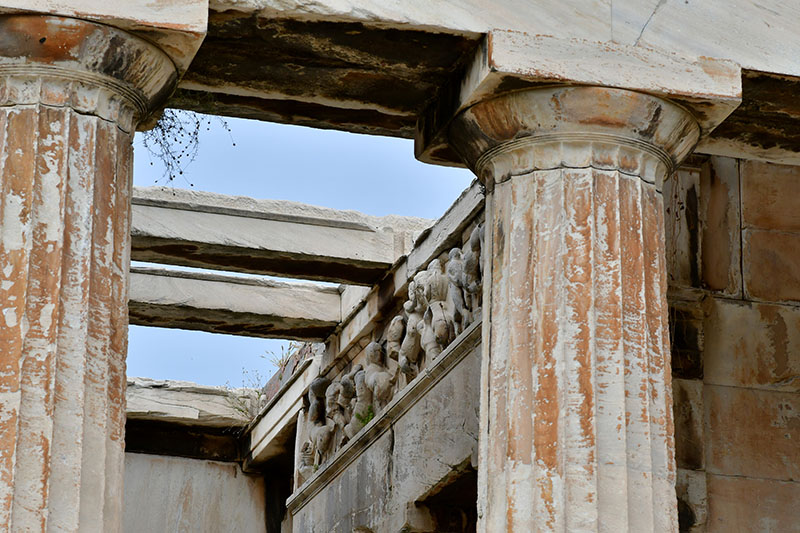
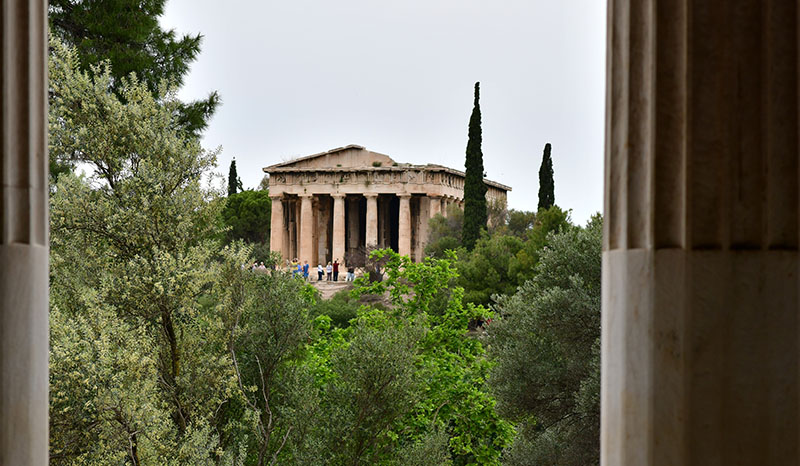
Asclepios & The Temple of Asclepios
Asclepius was the ancient Greek god of medicine who was often depicted with a snake. His daughter Hygieia was the personification of “Health”. The Asclepielon, the sanctuary of these two gods, was founded in 420/19 BCE by an Athenian citizen from the deme of Acharnai, named Telemachos. ( To read about the symbolism of snakes in ancient Greece, go here.)
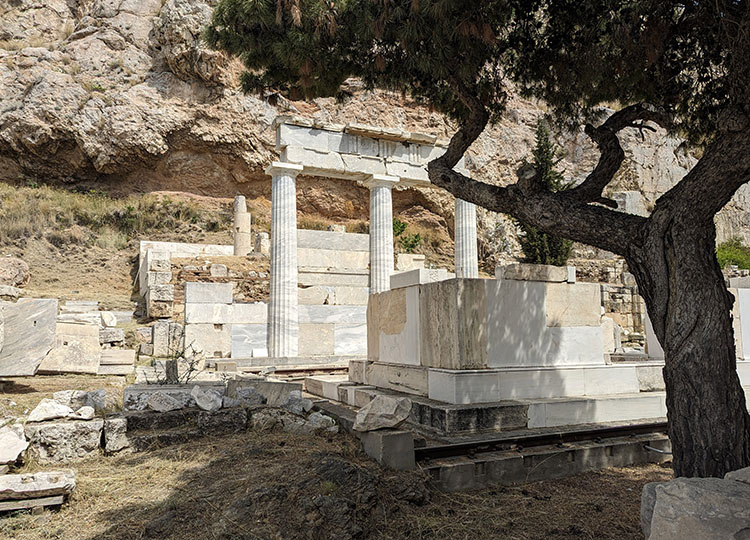
Today, the sanctuary is a partial reconstruction made after 2002. Among scattered stones and marble pieces, you can see the west part of the Doric Stoa’s ground floor, the Sacred Bothros (water spring), and the temple of Asklepios that stands behind the Acropolis’ walls. The temple’s location is a short walk around the Acropolis Hill on your way to the Theatre of Dionysos.
The founding of the Asclepieion is recorded in the Telemachos Monument. It was a votive stele consisting of a narrow shaft, crowned by two slabs with relief panels, which commemorated the arrival of the god in Athens from the Sanctuary of Epidaurus and presented him in his new residence at the sanctuary on the South Slope of the Acropolis. A copy of the Monument of Telemachos is exhibited in the Doric stoa of the sanctuary today.
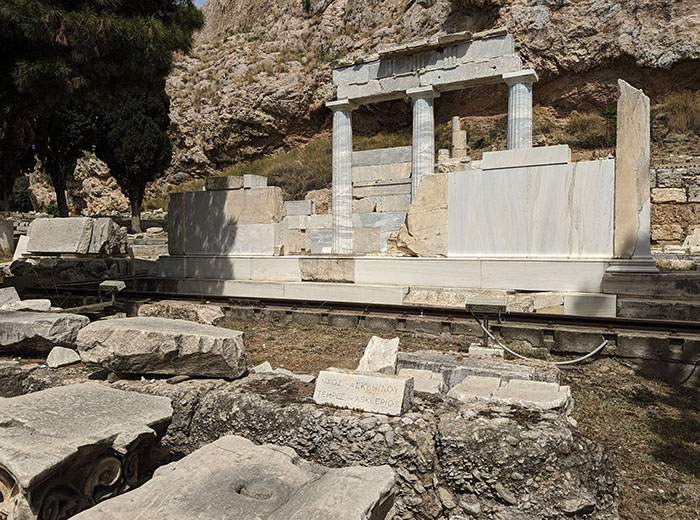
The monumental entrance led to two courts of the sanctuary. The eastern court housed the temple, the altar of the god, and two stoas. Both the Doric Stoa on the north side and the Roman Stoa on the south side (added during the Roman period) accommodated many sick pilgrims traveling to the sanctuary. The Doric Stoa served as a hostel for the visitors to the Asclepieion, who stayed there overnight to be miraculously cured by the god, who appeared in their dreams. The Ionic stoa, the most important building of the Western court, served as a guest house and refectory for the priests and visitors to the shrine.
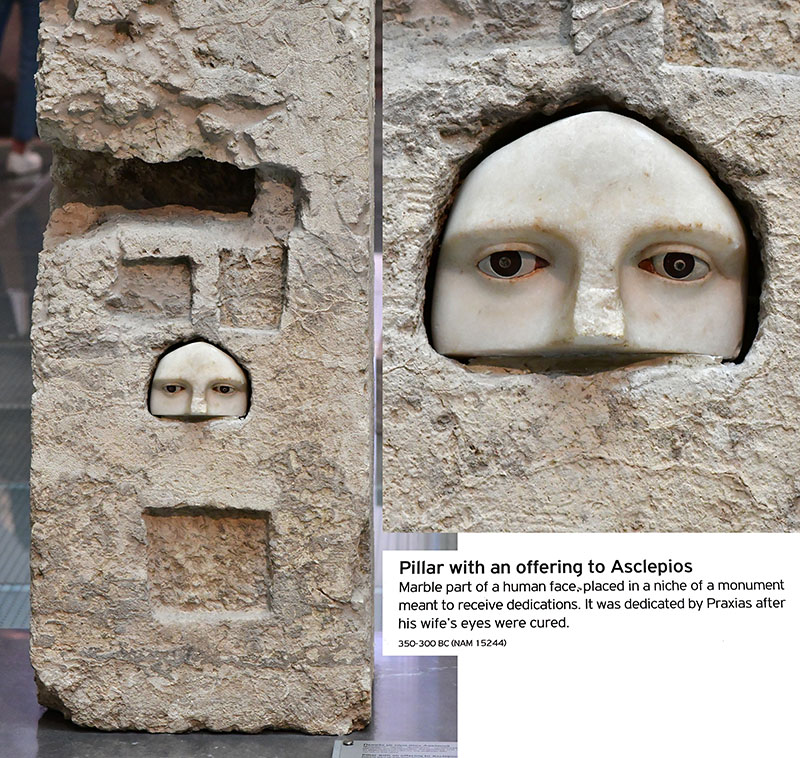
In the 1st century BC, the Temple of Asclepios was a building with a two-column façade and a small cella (inner temple), which housed the statues of Asklepios and his children, according to notes by Pausanias, who visited Athens in the 2nd century AD. In the 3rd century AD, the temple expanded its entrance to have a four-column façade.
The Doric Stoa consisted of two stories and the 17 Doric column facade was built in 300/299 B.C. The stoa’s design integrated with the Sacred Spring, a small cave with a natural spring flowing from the Acropolis rock. Water was an important attribute to the worship of the god and was combined with the Sacred Bothros, the sacrificial pit dated to the 5th century BCE. Ancient Greeks made sacrifices to the chthonian deities and Heroes. The Ionic Stoa also dates to the late 5th century BC. It was a one-story building with four rooms and a colonnade with ten Ionic columns.
When Christianity replaced paganism in the 6th century AD, all buildings of the Asklepieion sanctuary were integrated into the Early Christian Basilica, which was added to and rebuilt for centuries to come.
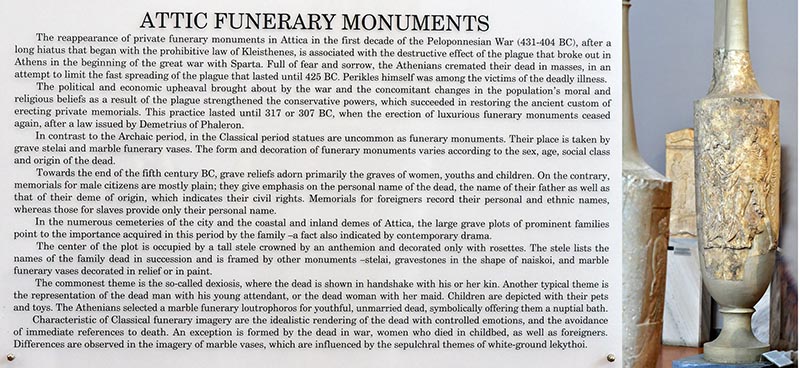
Philosophy of the ancient Greeks
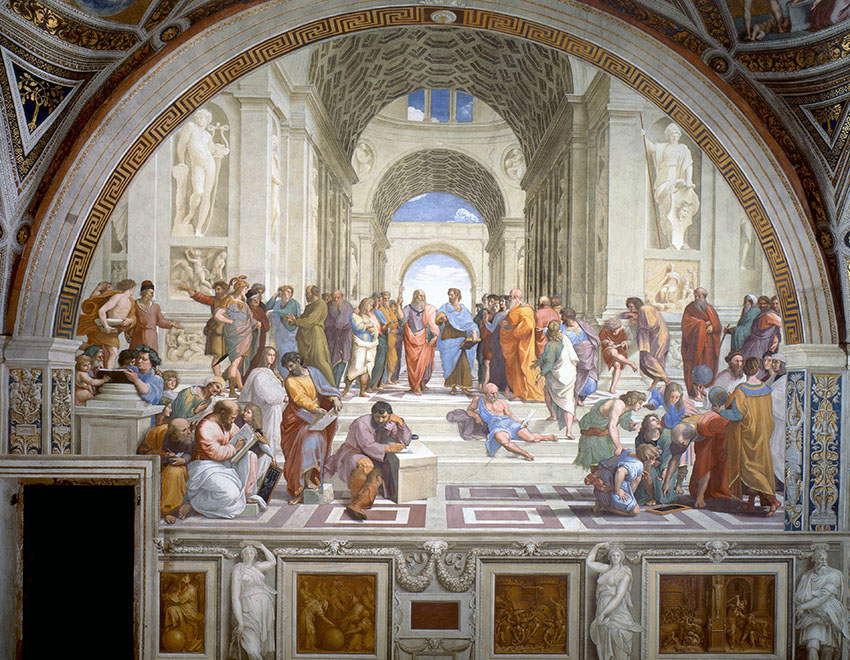
The Lyceum of Aristotle:
The archeological site of the Lyceum of Aristotle is a considerable walk from the Acropolis in Athens. Today it represents a small field with a few rows of foundation grey stones surrounded by modern apartment buildings and a music school. The site is disappointing visually and if you’re short on time, it’s not worth your visit. However, if you think about the historical value of the place, it’s pretty amazing to find its existence here because Aristotle’s philosophy influenced humanity for centuries to come long after his death.

Aristotle was born in 384 BC at Stagirus in Thrace. His father Nickomachus was a physician at the court of King Amyntas II. In childhood, he was taught music, athletics, and Homeric poetry. When he was seventeen, he entered the School of Plato, the Academy in Athens, where he remained until Plato died in 347 BC. Aristotle diverged in his philosophy from his famous teacher, which prevented him from taking a leading position at the Academy. When Aristotle went to Mytilene, he met Theophrastus, a companion who later became his successor at the School in Athens.
Aristotle didn’t share Plato’s skepticism when he wrote his first draft of the Metaphysics. In 343/342 BC, the king of Macedonia Philip II invited him to Pella, as a tutor to his son Alexander. Aristotle introduced the young royal to the masterpieces of Greek literature and wrote the Iliad there. After the victory of the Macedonians in Chaeronia (338 BC), Aristotle returned to Athens to set up his School of Philosophy at Lyceum in 335 BC.
The Roman writer, Aulus Gellius, wrote that Aristotle strolled with his students every morning. Thus the School was named “Peripatos” which translates to the ‘morning stroll.’ Aristotle held intense discussions with his advanced students during the evening strolls. The philosopher and his circle collected numerous manuscripts and maps, establishing the first comprehensive library in Lyceum. During his 12 years there, Aristotle wrote his opera titled Politics, a large part of Metaphysics and Nicomachean Ethics. The Athens government was overthrown after the death of Alexander the Great in 323 bc, and to escape prosecution, Aristotle fled the city. He left Athens for Chalkis, the birthplace of his mother, where he died a year later. His body was taken to Stageira (Stagirus), where he was buried with honors, and people established a festival in his honor.
Looking at the remains of the school of Aristotle in Athens, it isn’t easy to appreciate the significance of this place. But Aristotle systematized the organization of “Cosmos” and beauty here. He launched systematized Logic (reasoning), Ethos (Morality), Psychology, Metaphysics, and Physics. His works on Logic were compiled under the title Organon in Byzantine times. His studies of Physics include works on practically all modern sciences, such as cosmology, mechanics, biology, anatomy, botany, and astronomy. Moreover, Aristotle engaged in philosophical, historical, and aesthetic studies, the latter comprised Rhetoric and Poetry.
The monumental intellectual work of Aristotle and his circle systemized all philosophical and scientific inquiries of the classical world. Aristotelian thought had an enormous impact on the formation of Christian theology. For Christian Scholasticism and Medieval Arab philosophy, Aristotle was the epitome of human wisdom and the undisputed authority in every discipline for eighteen centuries.
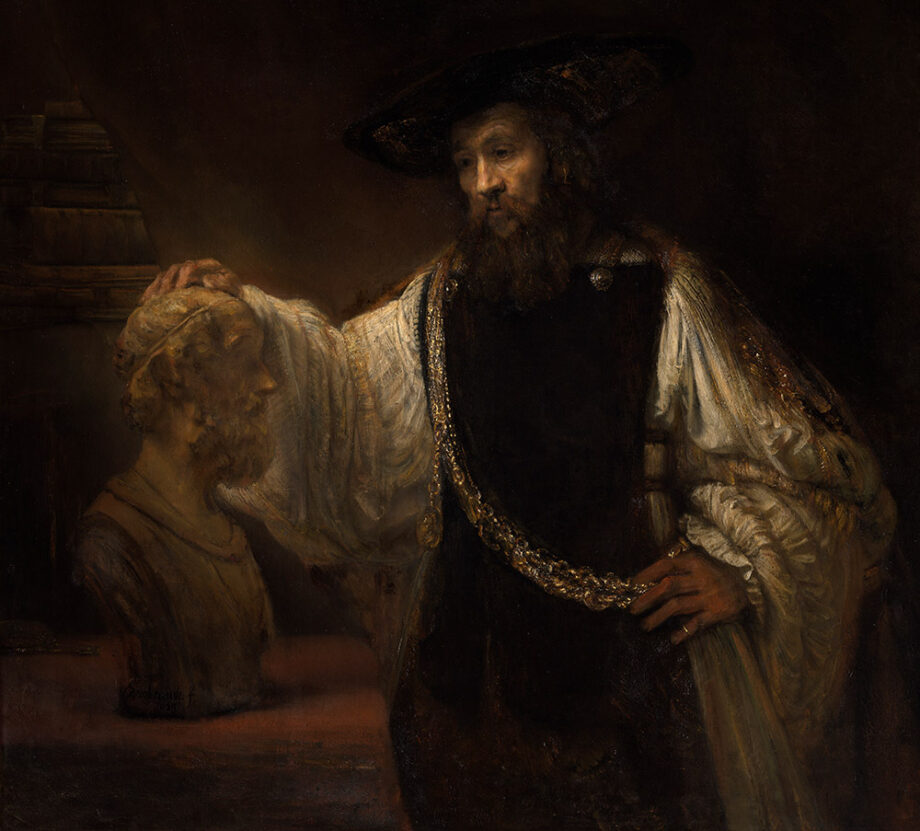
According to the museum, this painting conveys Rembrandt’s meditation on the meaning of fame. Rembrandt depicts the Greek philosopher Aristotle (384–322 BCE) dressed in rich clothes and looking at a bust of Homer, famous for his Iliad and Odyssey. Aristotle wears a gold medallion with a portrait of his most famous student, Alexander the Great.
Aristotle’s Philosophy about the Cosmos, Beauty, and Reality
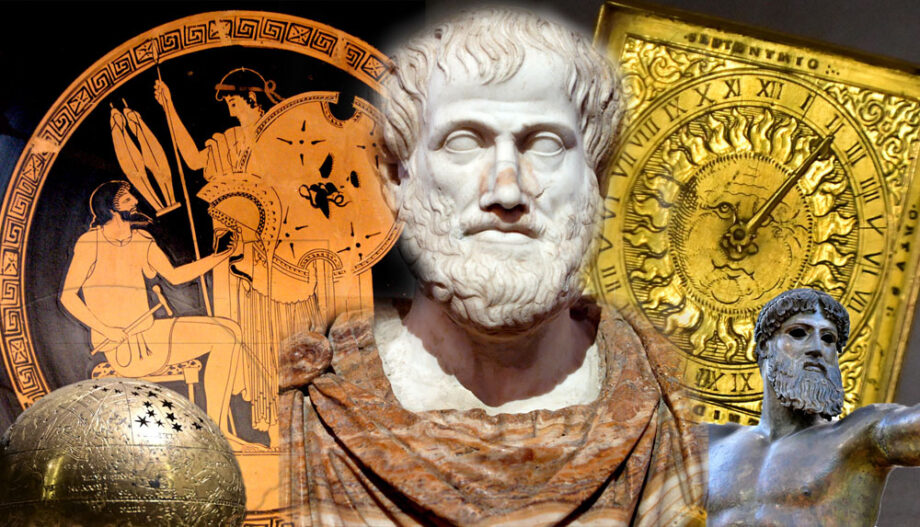
Philosophy was connected to astrology in ancient Greece. Like Plato, Aristotle wanted to define time but he viewed the workings of the Universe as mechanical, not divine. Although he believed that celestial bodies were made of ether.
Aristotle’s cosmology, outlined in his work “On the Heavens,” envisioned a geocentric universe with Earth at its center. Earth was considered the immovable center of the cosmos, surrounded by concentric spheres carrying the celestial bodies. The divine realm of the stars occupies the highest position. This mirrored the hierarchical order of society. He envisioned the cosmos as two realms:
Sublunary Realm: The region below the Moon, characterized by change, imperfection, and the four elements (earth, water, air, fire).
And Supralunar Realm: The region above the Moon, consisting of a fifth element (aether), is considered divine, unchanging, and perfectly spherical, exemplifying the highest form of beauty. Celestial bodies in the supralunar realm were believed to move in perfect circles, reflecting their divine nature or celestial motion. This inherent order was seen as a reflection of divine intelligence. Aristotle believed in a natural motion for all objects, with each element seeking its natural place.
Aristotle's cosmology was deeply rooted in teleology, the belief that everything in nature has a purpose or final cause. The universe was seen as a grand, divinely ordered system with a specific function or purpose "telos". This sense of purpose contributed to the overall sense of beauty.
For Aristotle, the cosmos itself was the epitome of beauty because it offered perfection, order, and harmony. Aristotle saw beauty in individual objects and the grand cosmic order itself. The universe, with its workings and inherent purpose, was considered the most magnificent creation. Aristotle’s views on beauty extended beyond the cosmos. He believed that beauty in art and other human creations also resided in order, proportion, and harmony.
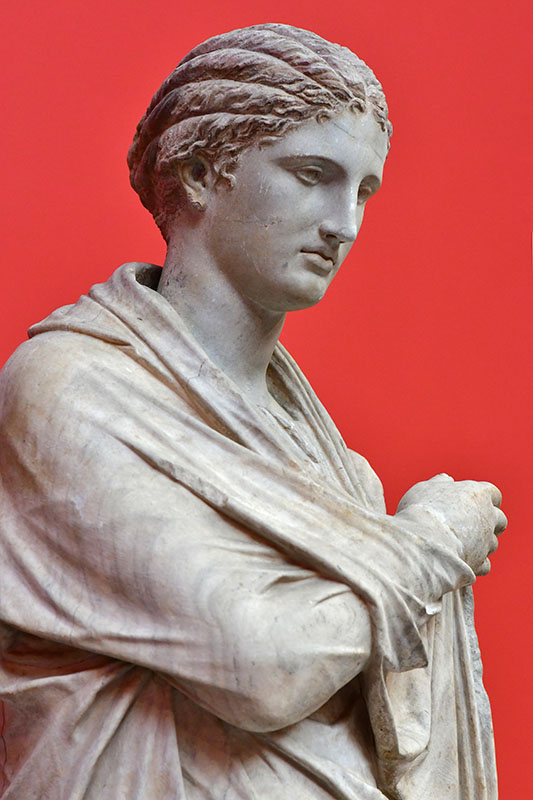
Aristotle’s Philosophy of Beauty in Art
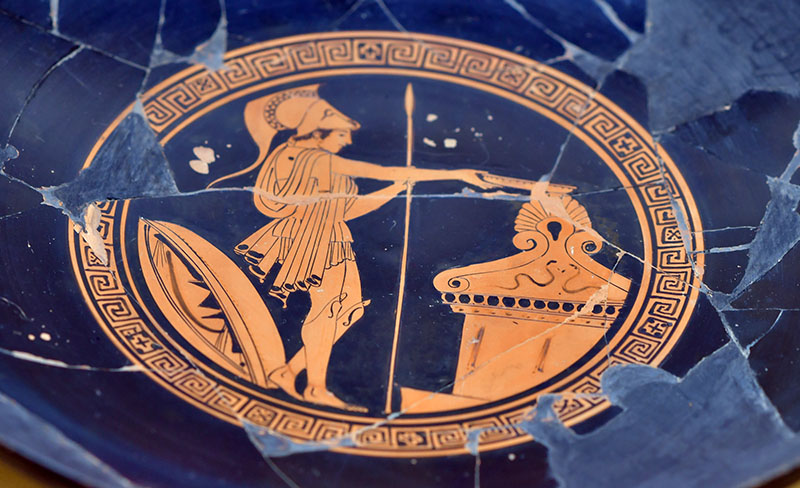
Aristotle believed that beauty in art, much like beauty in nature, arises from:
- Order and Symmetry: A well-structured artwork, with its parts arranged in a harmonious and balanced way, is inherently beautiful. Think of the symmetry and balance in a classical Greek sculpture or a sonnet.
- Proportion and Magnitude: Beauty lies in appropriate size and scale. An object that is too large or too small can be considered disproportionate and therefore less beautiful.
- Definition & Clarity: Artwork should be clear in its form and meaning.
Aristotle believed that art is not a copy of reality but an imitation of it. Artist selects and arranges elements of reality to present a universal truth or a heightened sense of reality. In his famous work "Poetics," Aristotle argued that tragedy, through the depiction of powerful emotions like pity and fear, can have a purifying effect on the audience, purging them of these emotions. Aristotle saw beauty in art as an objective quality, rooted in principles of order, proportion, and clarity. He believed that art while imitating reality, should also offer insights into human nature and the human condition.
Aristotle’s cosmology dominated Western thought for centuries, influencing both scientific and religious thinking. While ultimately superseded by heliocentric models, his ideas about natural motion, the elements, and the importance of observation and reason laid the foundation for much of subsequent scientific inquiry. Aristotle’s view of beauty was re-established during the Renaissance in Italy.
Aristotle’s view of reality
Aristotle believed that reality is found in the physical world around us, not in some abstract realm of ideas. Unlike his teacher Plato, who believed in a separate realm of perfect, unchanging forms, Aristotle argued that reality resides in the concrete, individual objects we experience through our senses. For Aristotle, the fundamental building blocks of reality are “substances.” These are concrete things like a particular tree or a specific person. Every substance is composed of two essential elements; form and matter. Aristotle believed that everything in nature has a purpose or “telos” – a final cause or goal towards which it strives. This teleological view influenced his understanding of how things change and develop. In other words, Aristotle’s view of reality was grounded in observation and experience. He emphasized the importance of studying the natural world to understand its underlying principles and how things function. While Plato sought truth in a realm beyond our senses, Aristotle believed that true knowledge could be found by carefully examining the world around us.
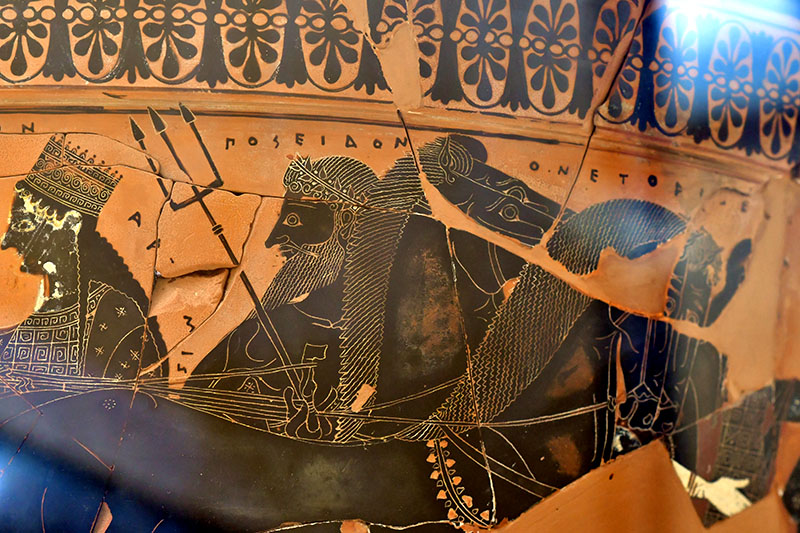
Discovering the origins of our constellation system & zodiac
Astronomy is the scientific study of space, while astrology is a belief system that uses the stars to predict human events.
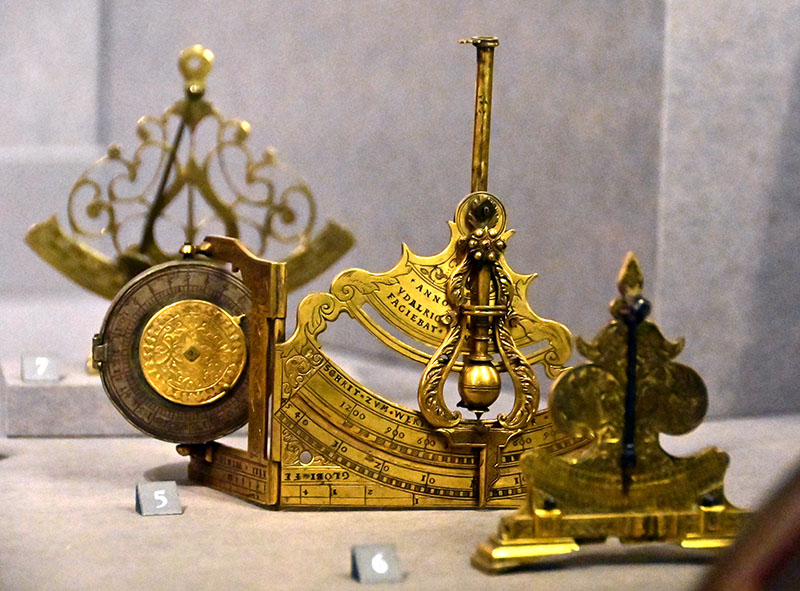
Hellenistic astrology:
Geocentric theory, which involves the Earth being the center of the Universe, originated either in ancient Greece or Egypt before 300 BC. Ptolemy wrote down this theory of the geocentric view for astrological use, although another Greek philosopher proposed the heliocentric rotation of the Earth and other planets around the Sun. This man, Aristarchus of Samos (310-230 BC), also guessed the Earths rotation on its axis daily. Centuries later, It was Copernicus (1500) who revived the correct theory of heliocentric model of the Universe for which he was burnt by the Church.
In Classical Greece, philosophy schools emerged to produce many theories in science, astronomy, ethics, etc. The founder of Greek astronomy was the founder of the Ionian School, Thales. Next, Anaximander believed that the fire rim held the Universe in place. Pythagoras wrote down the systematic views on religion and science, philosophy of astrology, that influenced humanity until the 17th century. Ancient Greeks incorporated Babylonian divination into their model of the Universe. Current names of the planets and their myths come from ancient Greeks of Hellenistic period.
The origins of our constellation system came from the ancient Greeks who had continued cultural exchange with ancient Egypt and beyond. The Greek poet Aratus wrote a poem about constellations titled ” Phaenomena” around 270 BC. The Greek knowledge of constellations descended from the Sumerians and Babylonians. Babylonia is home to astrology as they observed weather conditions and celestial bodies’ movement around 2000 bc. In a few centuries, they incorporated the sun and the moon, planets, and zodiac into their system around 1700 bc. Astrology became a subject of individual fate, future, and time predictions. So this interest evolved into a personal horoscope creation around 600 bc.
The word ‘planet‘ is derived from the Greek language and means ‘wanderer.’ The word ‘zodiac‘ means ‘little animals/creatures‘ from Greek. The zodiac is a band in the sky with the majority of planets’ motions inside it.
Interest in Astronomy declined after the fall of Babylon in 538 bc. Around this time, Egyptian astronomy became a system of magic with dreams’ interpretation to predict the future. Astrological writings and books appeared between 1-2 centuries bc in Egypt stored in the library of Alexandria. An Egyptian astronomer, mathematician and geographer, Ptolemy was born in Egypt and became head librarian at the Library of Alexandria. He built upon that knowledge as he probably derived his ideas from ancient Egyptian texts on astrology found at the Library. In AD 150 Ptolemy published The Almagest, a summary of Greek astronomy, including a catalog of 1,022 stars and their brightness, arranged into 48 constellations, the basis for our modern constellation system. Ptolemy’s work influenced his contemporaries in Egypt. Later, astronomers have added other constellations to the 88 constellations in total. The Aztecs and Mayans also developed a precise calendar for timekeeping, 365 days short of the solar year, although most of their knowledge got wiped out by the Spanish conquests in the 16th century. Their astrological system consisted of multiple circles that formed different calendars.
You can read more about the origins and history of astrology in a book titled “Astrology“, edited by Kim Farnell. This book has many beautiful illustrations in art depicting the zodiac, astronomy, and human view of the celestial world.
Decoding the Antikythera mechanism

Made of bronze, the Antikythera mechanism is an ancient Greek analog computer used for astronomical calculations, especially the Solar and Moon cicles. It's also an orrery, a mechanical model of the solar system, representing an extraordinary technological achievement from approximately 100-150 BCE. Composed of at least 30 bronze gears and plates, the mechanism was housed in a wooden box approximately the size of a mantel clock. It also calculated the four-year cycle of athletic competitions like the Olympic Games, and modeled the complex motions of (known) celestial bodies. Discovered in 1901 in a shipwreck off the coast of the Greek island Antikythera, this mechanical bronze device is often considered the world's first known complex scientific instrument as the mechanism used differential gears - a technology not seen again until the development of mechanical clocks in the 14th century.
While in one of the archeological museums in Athens, I saw an exhibition about the Antikythera mechanism. The information below comes from that show that I re-wrote for a better reading experience.
If you plan to visit any of the Greek museums, pay attention to working hours as they vary and often close in the afternoon! The National Archeological Museum of Greece – https://www.namuseum.gr/en/collections/
Ancient Astronomical Cycles of the Moon
The Metonic Cycle
Metonic (lunar) cycle has its origins in Babylon, but the astronomer Meton discovered the Moon’s 19-year period in 432 bc. The end of each period marked the new Moon on the same day of the year. A calendar year doesn’t fit a whole number of lunar months. Named after the Athenian astronomer, the Metonic Cycle addresses this problem by using the close identity of 235 lunar months with 19 years and 6.940 days. Meton proposed a calendar based on this cycle, starting at the summer solstice in 432 BC. Today, the date of Easter changes depending on the Moon’s phase and is calculated using the Metonic Cycle.
The Callippic Cycle
A century later, another astronomer Callippos improved the accuracy of the cycle by equating four Metonic periods (4 times 19, equal to 76) with 27.759 days (4 times 6.940 minus one day).
Saros and Exeligmos Cycles
The Babylonians came up with a different Lunar cycle. They observed repetitions of the lunar eclipses every 223 lunar months (6.585 and 1/3 of a day, i.e. approximately 18 years) – the Saros Cycle. The Saros period doesn’t have a whole number of days. Therefore, the repeat eclipse shifts by about 8 hours.
The ancient astronomers identified a triple Saros cycle of 669 lunar months, which consists of a whole number of days. They called this cycle the “Exeligmos Cycle“. Ptolemy named the “Saros Cycle” as “Periodic Cycle” but it was renamed back to the original by the English astronomer Edmund Halley in 1691, based on a misinterpretation of a Hellenized Babylonian word.
The Moon’s Motion & Pin-and-Slot Device in the Antikythera mechanism
Recent research has led to the discovery of how the Antikythera Mechanism calculates and displays the complicated motion of the Moon.
The gear train that drives the Moon’s pointer on the front dial passes through four gears e5, k1, k2, and e6. Instead of being fixed to the same axle as k2, gear k1 uses a pin to turn gear k2 by pushing on the edge of a radial slot in k2. The two gears are mounted slightly off-axis from each other, so that as they turn the pin is sometimes nearer, sometimes further away from the axis of k2, causing a slightly varying rate of rotation to the lunar drive. This “variable speed device” introduces a variation in the Moon’s motion that’s observed in the sky. The moon moves across the sky at a slightly different rate every night because of its elliptical (and not circular) orbit around the Earth.
Today’s “first anomaly of the lunar motion” was known to the ancient Greeks designing the Mechanism. Although its cause was not fully understood, Hipparchos had worked on a theory to explain it. In a sophisticated, refined design, the variable speed device gears are mounted on the big turntable gear e3, which makes the variation occur at the correct observed period, which is slightly different from the period of the Moon’s orbit around the Earth. The mounting of gears on other gears, known as “epicyclic gearing”, was a technological breakthrough of ancient Greeks.
The epicyclic gearing or planetary gearing, is a gear system consisting of one or more outer, or planet, gears revolving about a central sun gear. The Sun gear is the central gear. Multiple gears orbit the sun gear. An outer gear (ring gear) that meshes with the planet's gears. There is a Carrier, a component that holds and rotates the planet gears around the sun gear. The sun gear, planet gears, and ring gear mesh together but begin moving when one component (sun, carrier, or ring) is held stationary, the rotation of another component causes the third component to rotate at a different speed and/or direction.
What's fascinating that this system of gear rotation is widely used today in mechanical systems, like automatic transmissions, wind turbines, construction equipment and robotic joints because Epicyclic gear systems can achieve significant gear ratios in a relatively small space and can transmit high torque, and provide controlled, precise motion!
The Antikythera mechanism Function:
The turning of a handle through the side of the casing moved all the pointers simultaneously using gears and axles connecting them. By selecting a specific day on the front dial’s calendar and the desired year and month on the upper back dial, the rest of the pointers calculated corresponding astronomical information. Conversely, by setting the pointer on an astronomical event, its past or future date was estimated.
For instance, the user could check the position and phase of the Moon, and the eclipses that might occur for a given day of the selected month. However, the most remarkable ability of the Antikythera Mechanism is to show the variable motion of the Moon, realized through an extraordinary epicyclic gear train.
Gears & Astronomical Periods:
How can gears transmit ratios that are connected to astronomical periods?
For example: if a 100-teeth gear meshes with a 50-teeth gear, the second will rotate with half the period, twice as fast: when the larger gear has revolved once, the smaller has revolved twice in the opposite direction. With the appropriate combination of gears, rotations can be multiplied and divided to correspond to astronomical periods. The particular number of teeth on the gears of the Mechanism has been chosen by the original designer to reproduce the Metonic and Saros periods, as well as to simulate the apparent variable motion of the Moon.
Two particular gears from the Mechanism are named b2 (with 64 teeth) and cl (with 38 teeth). So their ratio is -64/38 (the minus sign means that the rotation of the first one, the “input”, is opposite to the rotation of the second one, the “output”). The number 38 contains the prime number 19, i.e. the number of years in the Metonic Cycle.
Music of the Spheres:
Can the solar system movement relate to musical harmony? It was ancient Greek philosopher & mathematician, Pythagoras, who figured out that the pitch of a musical note depends on the length of the string that produces it. He also correlated the intervals of the musical scale with simple numerical ratios. He and his followers believed in earthly music that echoed the 'harmony of the spheres' that ascended from Earth to Heaven. Each sphere was a specific note of a musical scale. The tones emitted by the planets depended upon the ratios of their orbits. Medieval cathedrals' architecture was based on the proportions of musical and geometric harmony thanks to Pythagoras.
Two Devices with Gearwheels
Aristotle, who is probably the author of Mechanika, offers a remarkable description regarding motion transmission using several small bronze or iron discs tangent to each other (848a). When one disc is set in motion, several other discs, being in touch with each other, are set in opposing motion. The author is referring to a small device containing many little wheels, destined for temples.
Heron’s Hodometer consisted of a set of toothed wheels, which, meshed with worm gears, transmit the movement of a chariot wheel and convert it into units of length. The three discs on top of the hodometer record the distance covered in units of length. In the recent reconstruction, the chariot is a scale model, while the hodometer is the full size since it can be fitted to a larger vehicle.
Two Astronomical Instruments
The planisphere astrolabe is a disk-shaped instrument used in the measurement of time, the celestial body’s location, and the measurement of angles. Ptolemy’s astrolabe is an observational instrument whose rings represent the celestial globe or how the ancient Greeks saw Cosmos. It’s a spherical astrolabe named “armillary sphere” in the West. The Latin word armilla means bracelet. Circular laminas represent the circles of spherical celestial geometry.
Decoding the Divine in the architecture of the Acropolis in Athens
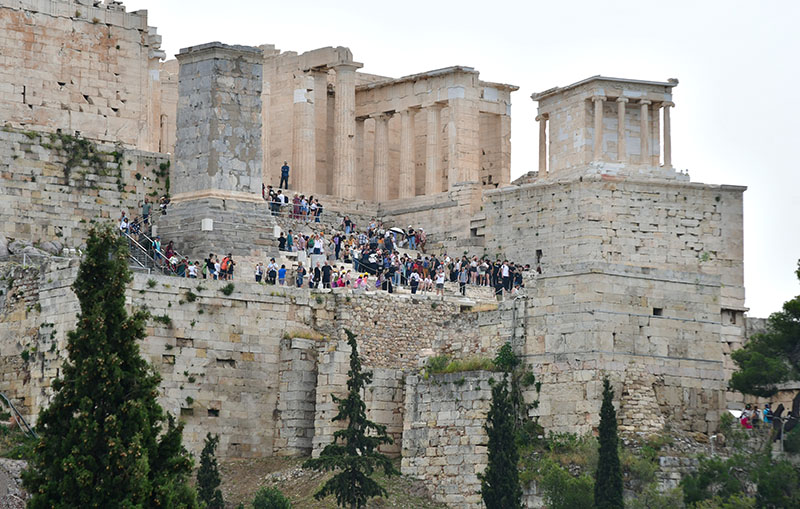
The Acropolis of Athens is a sacred landscape that embodies the pinnacle of Greek architectural, philosophical, and religious thinking. The layout is a masterpiece of intentional design, reflecting complex astronomical, mathematical, religious, and cultural principles. Here, I’ll explore these concepts based on my visit to the Acropolis in Athens in 2024.
The Acropolis: conversion into a sacred space
The ancient Greeks have inhabited the Acropolis Hill in Athens since the Neolithic era. It became the seat of a local, Mycenean ruler who fortified the Hill in the 13th century. BC. As the Mycenaean civilization collapsed around 1100 BC, three centuries of economic and cultural decline followed. (To read about the Mycenean civilization, discover the Palace of Knossos). People lived through the “dark ages” until the 8th century BC when the Hellenic world entered a new era. The organization of the political city-state, colonization, and boasting trade led to economic and cultural rebirth. The establishment of the Olympic Games (776 BC) contributed to the creation of major sanctuaries of panhellenic religious and political significance.
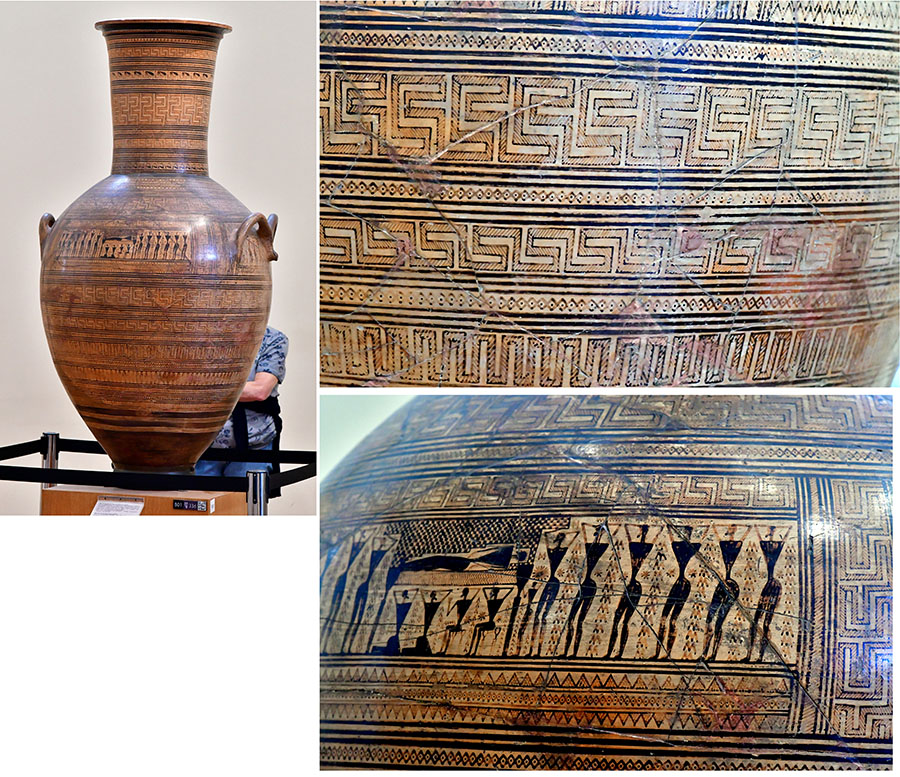
In Athens, the institution of hereditary kingship weakened gradually. Political and religious authority passed to a few wealthy, aristocratic families with large ownership of land. The citizens, mostly poor farmers, lived throughout the Attica countryside and around the Acropolis. They were organized by lineage into clans (“phratries”), each with a common founding ancestor or patriarch, and each with its own religious rituals. These citizens depended on their landowner-patrons.
The new rulers transferred the administrative functions of the city-state from the Acropolis to the city below, where the first Agora began to develop as the citizens’ main gathering place. Gradually, public offices and functions moved to the Agora. This place became the focal point for all social and economic life including athletic and theatre contests.
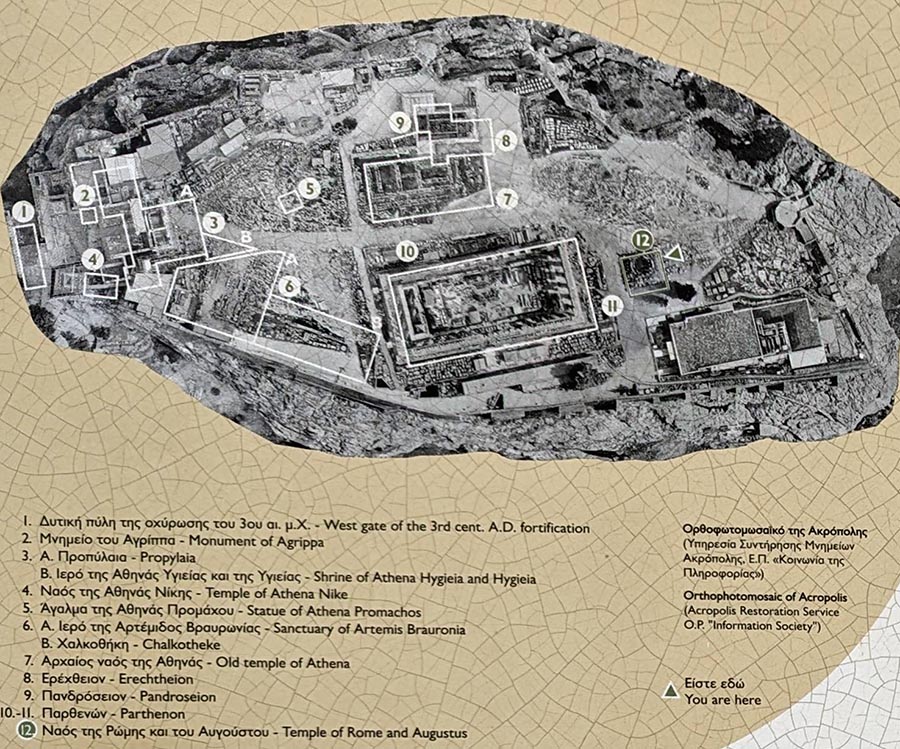
The summit of the hill became the central religious sanctuary of the city to worship the protectress of the city, Athena, and other gods. In the 7th -8th centuries BC, a small wooden temple appeared dedicated to Athena Polias, and the mythical King of Athens, Erechtheus. Homer named this temple “the house of Erechtheus and Athena”. Only two stone column bases from the original temple remain from this original temple in the Acropolis today. The second remainder of the temple is a bronze sheet with a Gorgon, which probably adorned the temple’s pediment.
In the 6th century BC, the Acropolis became the most important sanctuary in the city dedicated to the goddess Athena. Worshippers dedicated numerous votive offerings to the monumental temples, such as marble statues of Korai, horsemen, clay and metal vases, and figurines. Wealthy Athenian aristocrats would bring and place expensive bronze tripods and offerings to the temple of Athena. This temple and the Erechtheion comprised Athens’ most sacred place of worship at the Acropolis. Carved from the olive wood, the cult statue (xoanon) of the goddess Athena stood here. The Athenians believed that Zeus sent it to them from heaven.

The construction of temples, votive offerings, and monuments continued until the Roman Period. The temples that we see today in Acropolis, like the Sacred Rock, Propylaia, Parthenon, Erechtheion, and the Temple of Athena Nike, were erected in the 5th century BC on the initiative of politician Pericles who made Athens a hegemonic power among the ancient Greeks. The monuments erected under his rule symbolize the political, economic, and artistic peak of Athenian democracy. The history of the Athenian Acropolis is not limited to antiquity. Its monuments underwent many transformations under Christianity and during the Frankish and Ottoman rule.
(Writing is based on descriptions seen at the site in the Acropolis).
The Acropolis embodied the highest achievements of Greek civilization – a perfect synthesis of art, science, philosophy, and religious understanding. You can read about the Acropolis here as well: https://whc.unesco.org/en/list/404/#:~:text=The%20Acropolis%20of%20Athens%20is,are%20approximately%20170%20by%20350m.
The Parthenon’s sculptures
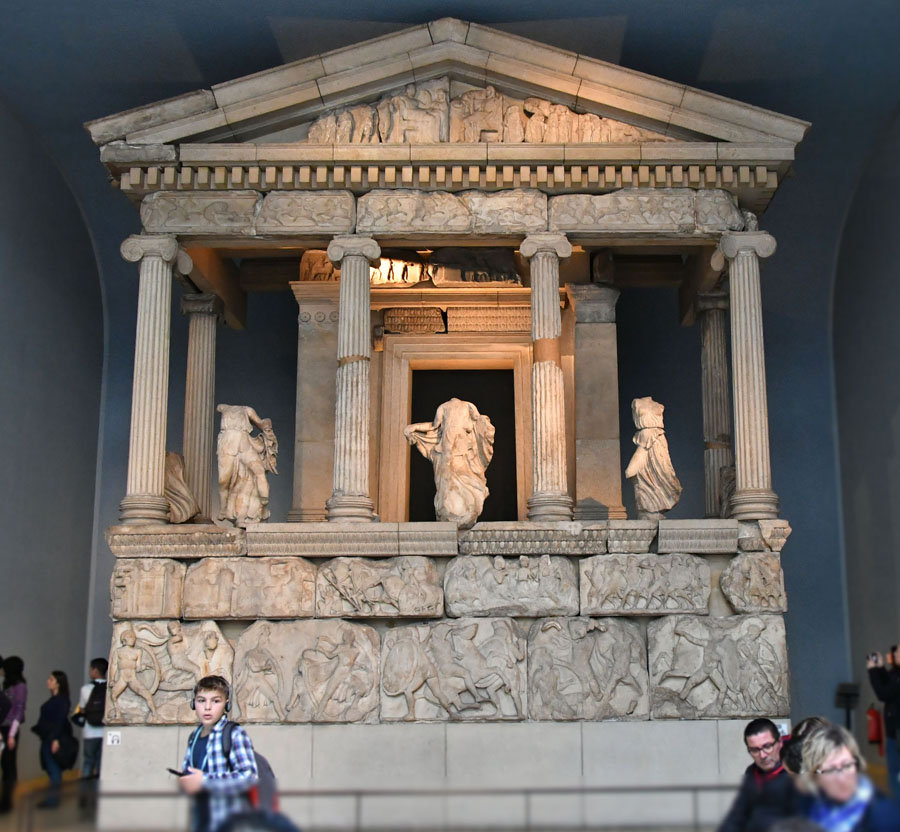
The original Parthenon’s sculptures from the pediment are displayed in the British Museum, in London, but you can still see the model & composition of figures in the Archaeological Museum in Athens. They show deities witnessing the birth of Athena from the head of Zeus. All figures flow in a continuous, soft movement of relaxed and reclining figures. The artist masterfully puts the figures in a boxed-in environment of the pediment, considering the steep angle of our viewership, so you see fragments of the figures on the sides of the pediment. Chief sculptor, Phidias oversaw the production of all sculptures in the Parthenon.
The continuous frieze of the Parthenon is about 525 feet long. The main scene illustrates King Erechtheus’s sacrifice of his three daughters as the oracle at Delphi commanded to save Athens from enemies this way.
Unlike all other sculptures in the Parthenon’s decoration, the metopes ( 440 bc), show violence.
- 1. The combat between the gods and giants
- 2. The battle of Lapiths and Centaurs
- 3. The Sack of Troy by the Greeks
- 4. Greeks fighting Amazons, who, according to legend, had desecrated the Acropolis. It’s a disguised myth of Athenians’ victory over the Persians who destroyed the Acropolis.

Unveiling the history & visual beauty of the Parthenon:
Brief History:
The Parthenon, a temple of the Doric order, was dedicated to Athena Parthenos (Virgin). The Parthenon was built in 447-438 В.С. and its sculptures were completed in 432 B.C. It was the central and most important building of the Pericles’ order to re-establish Acropolis as a sanctuary after the sack by the Persians in 480 B.C.
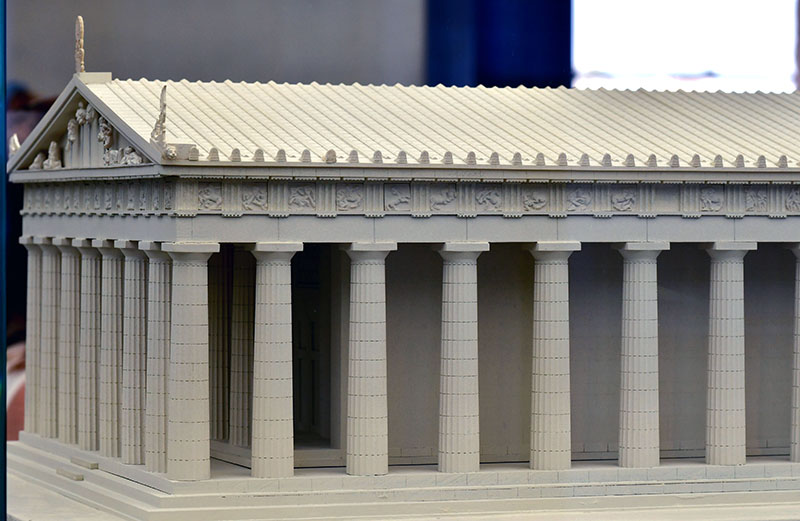
The entrance to the Greek temple faces east, towards the rising sun. Unlike ancient Egyptians, Greeks designed their temples to experience them from the outside the most with outdoor altars and festivals. The Greeks learned stonecutting and masonry skills, geometric architectural design and ornamentation from artists of the ancient Egypt. The Greeks designed their temples around the idea of "Perfection" unlike the Egyptians whos idea was 'Foreve.r' Greek architecture of Doric and Ionic order designs expressed a perfect balance of forces and harmony of sizes and shapes. (based on "The History of Art," Janson H.W.)
The Parthenon was built from the Pentelic marble in the place of the original, incomplete temple started under Aristeides. The Greeks left no notes of how they built the temple. They worked stones to perfection as each one was dedicated to the individual function. Therefore, the broken stones we see scattered on the Acropolis today can be identified and allocated to specific buildings they originally belonged to. Most of the foundation consisted of marble blocks that joined the temple to the rocky soil (the rock on the eastern side was hewn into shape). The geometric plan for the Parthenon’s facades consisted of circles and semicircles. The stylobate was the base of the temple that rose 3 steps over the foundation level. The cella’s base consisted of a smaller platform raised over the stylobate.
Artists created intentional optical illusions with the temple’s design. Was it done to heighten our perception of beauty? While ancient Greeks made other temples with perfect geometry, in the Parthenon, the stepped platform and entablature curve gently from the angle to the center (being higher in the center than the ends). So the columns lean inwards and the columns’ heights vary in their place and function. None of the columns is the same, including different spaces between the corner column and the others. Moreover, every capital of the colonnade is slightly adjusted to fit the architrave’s curvature, being cut individually as unique sculptures would be cut.
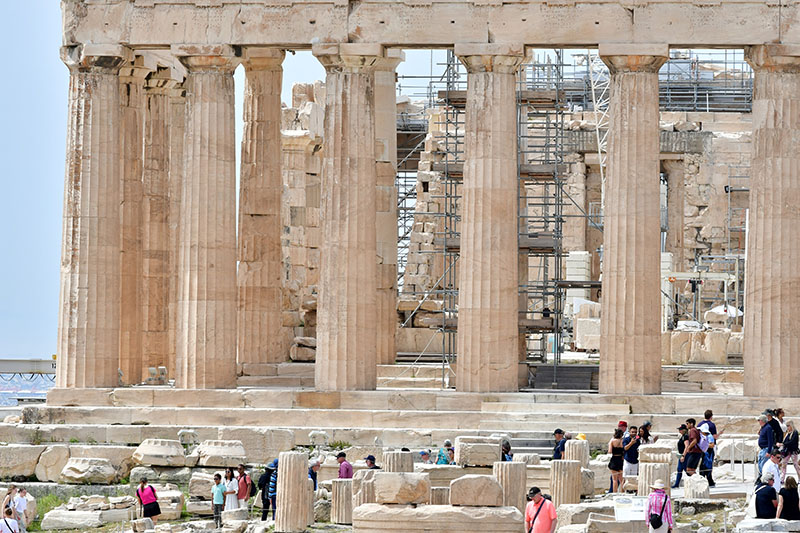
The team of architects of the temple consisted of Iktinos and Kallikrates (Iktinos, Callicrates, and Karpion). Famous sculptor Pheidias collaborated with them too to design and build the main decoration of the temple – the statue of Athena made of chryselephantine (gold and ivory). Athena stood in the cellar inside the Parthenon. In the following centuries, several votive offerings were added to the Parthenon. Such gifts included the bronze shields by Alexander the Great dedicated to his victory at the Granikos River (334 B.C.). The shields hung along the east architrave. The bronze letters of a decree by the Athenians in honor of the Roman emperor Nero (61 A.D.) were fastened on the east architrave.
In the 3rd-4th century A.D., the interior of the temple vanished in a fire set either by the Germanic tribe of the Heruli (267 A.D.) or by Alaric’s Visigoths (396 A.D.). During the early Christian period in the 6th century A.D., the Parthenon was converted into a church dedicated to the “Holy Wisdom”, and later to the Virgin Mary. During the construction of the Christian apse at the east porch, the central scene depicting the birth of Athena on a pediment was lost. In 1204, the Frankish crusaders, the Dukes De la Roche, besieged Athens and converted the monument into a Catholic church of Notre Dame. When Athens was surrendered to the Ottoman Turks in 1458, the temple became a mosque with a minaret. The Parthenon is the only sanctuary that served 4 different religions in succession -the Athena temple, the Byzantine church, Catholic cathedral, and a Turkish mosque.
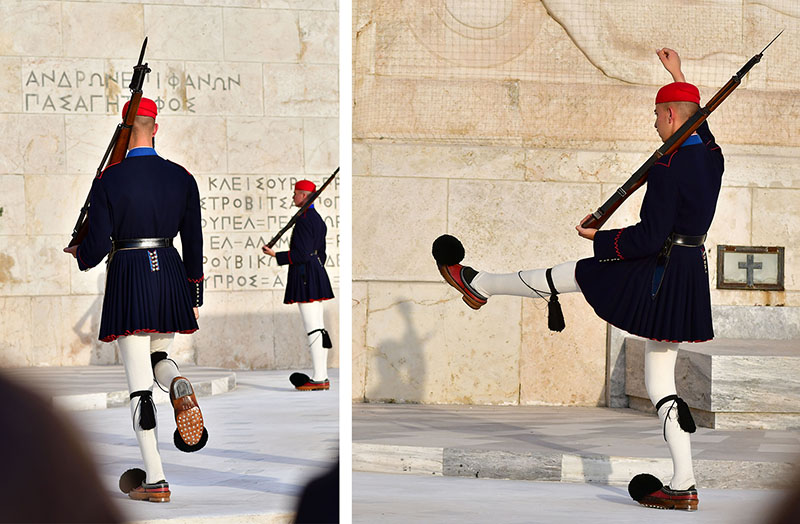
Finally, the temple exploded with Turkish gunpowder in 1687 causing the most damage to its interior. It happened during the siege of the Acropolis by the troops of Venetian general Francesco Morosini. A cannonball made a direct hit into the interior of the temple, which the Turks used as a storage place for gunpowder. The horrific explosion blew up the roof and destroyed the long sides of the temple as well as its sculptures.
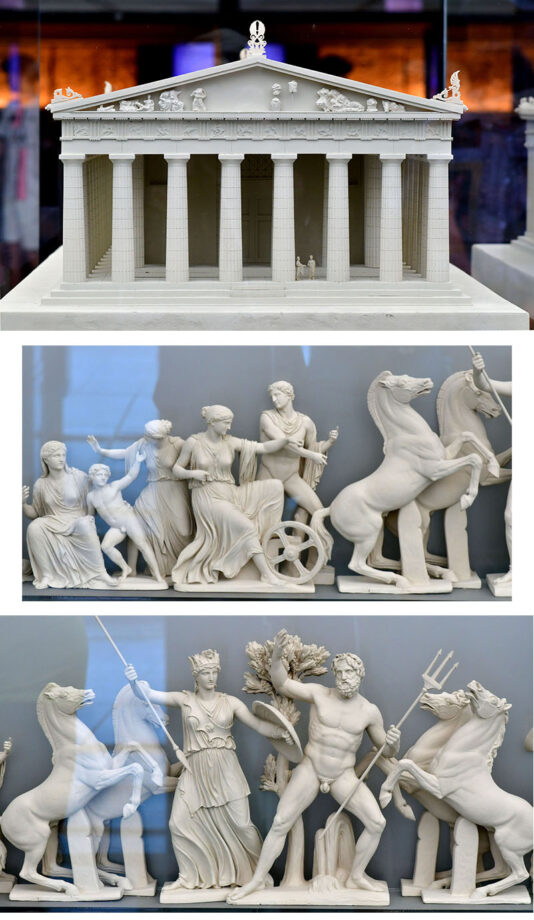
The most severe manmade damage to the monument happened between 1801-1802. The Scottish ambassador of England to Constantinople, Thomas Bruce, 7th Earl of Elgin, removed the majority of structural sculptures from the temple. By bribing the Turkish garrison of the Acropolis and employing teams of the Italian artist G.B. Lusieri, Elgin removed 19 pedimental sculptures, 15 metopes, and the reliefs from the frieze of 56 sawn blocks to ship to England. Today, these sculptures are on view at the British Museum in London.
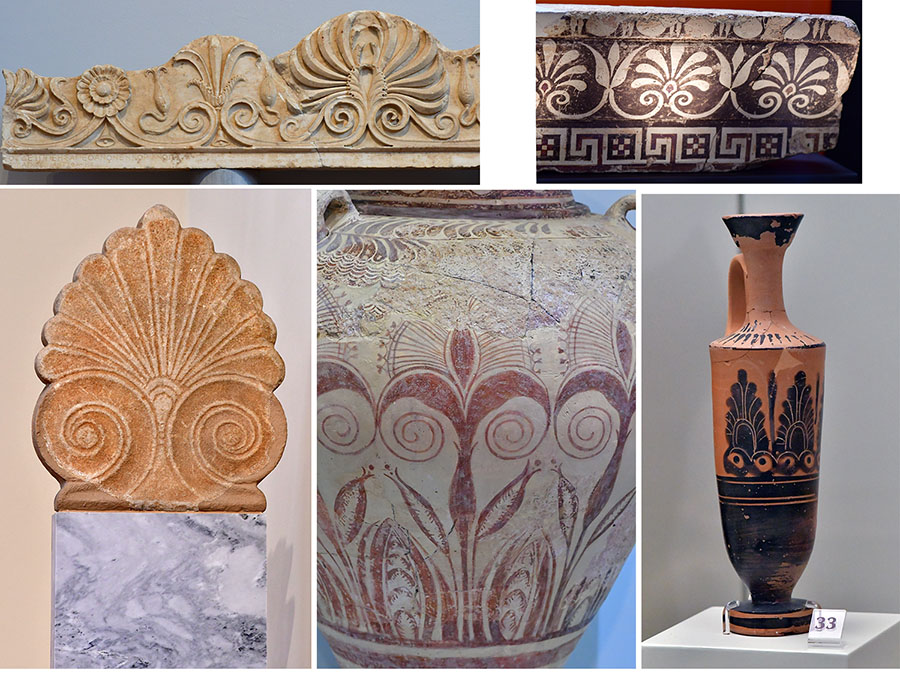
Unlocking the Divine Beauty Through the Architectural Design of the Parthenon:
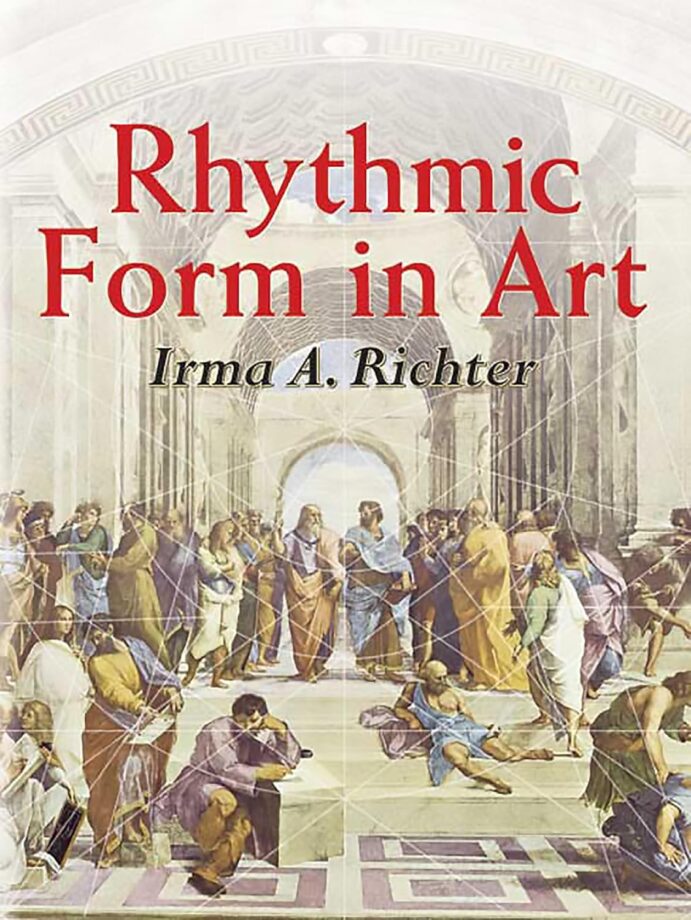
So let’s look at the Parthenon’s features in greater detail to understand and appreciate the genius of ancient Greek artists who created this and other temples as dwellings for the deity.
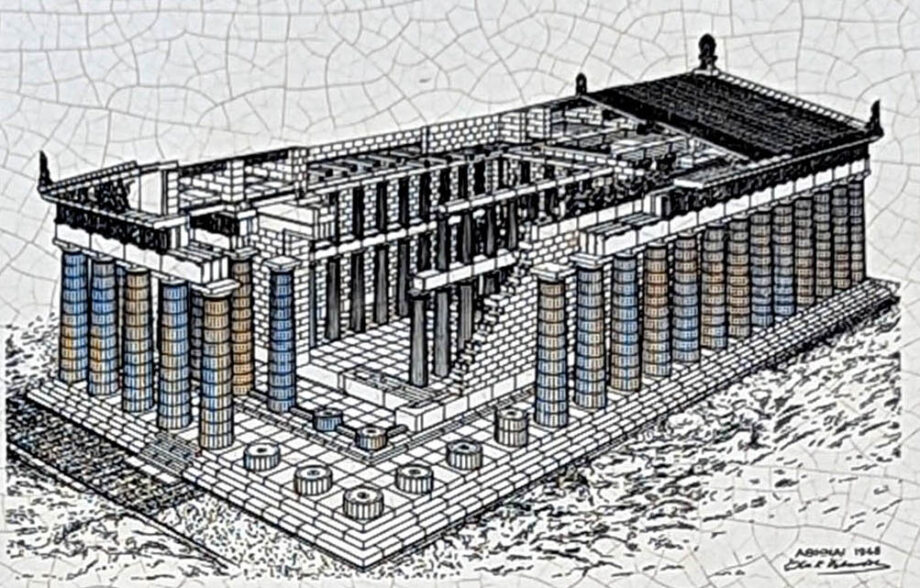
The Cella & Naos:
The Parthenon was the dwelling of Athena. The vestibule consisted of a portico with columns that were repeated in the back. The cella, an enclosed shrine or structure in the center of the temple, was the most important part of the building. If we think of the Matreshka doll design with figures being placed one into another, the cellar was a small temple placed inside a big one. Raised on a stylobate, the cella was surrounded by the colonnades of parallel walls supporting the roof that harmonized well with the rest of the building.
The cella was unconventionally wide with an extra row of slender columns at both entrances. Created in a classical Doric style, it gave an impression of lightness. Artists didn’t follow strict geometric rules intentionally to create aesthetically pleasing cella.
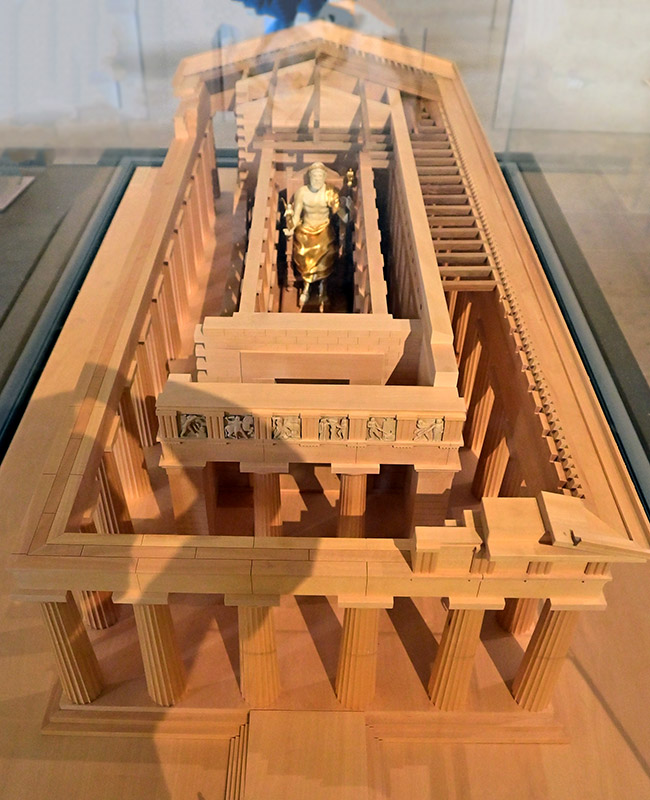
Naos was the eastern chamber or shrine of the cella where the statue of Athena stood in the center of all geometric circles forming the divine proportion. The Pentelic marble floor had varied paving depending on the placement of the columns and sculptures above it. The architects made 23 columns to surround the Goddess, with 10 columns on each long side. Two corner columns stood on squares, while the rest of them stood on the joints between two stones.
By standing at the very center of the temple next to the statue of Athena we could see the conceived divine architectural beauty expressed in rhythmic placements of triglyphs, metopes, and fluted columns to create symmetry and order to alternate with glimming landscape beyond the temple’s walls.
What are the three styles of Ancient Greek Architecture? Architectural Orders of Columns
Ancient Greeks created three classical architectural orders: Doric, Ionic, and Corinthian. (The Corinthian is the variant of Ionic).
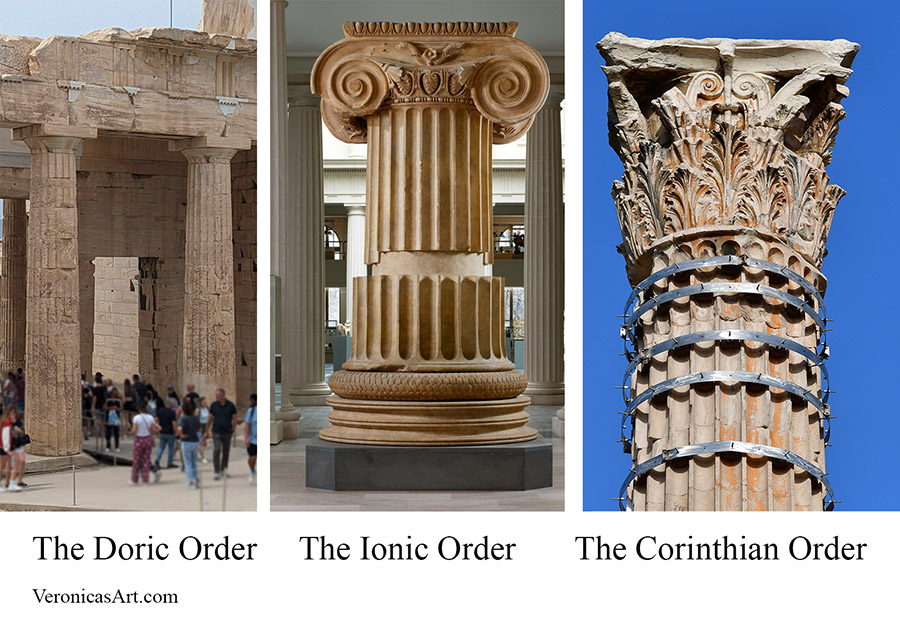
#1 The Doric order is the oldest one, developed on the mainland. There were 3 sources of inspiration for the early creators, pre-archaic Greek, Mycenaean, and Egyptian architecture. The main source of inspiration for the Doric order design was Egypt around the 8th century BC. (The Hatshepsut’s Temple has a proto-doric colonnade built around 1480 BC.) However, it’s not clear if the Greeks took the alternating triglyphs and metope designs from general Egyptian construction or came up with their unique design.
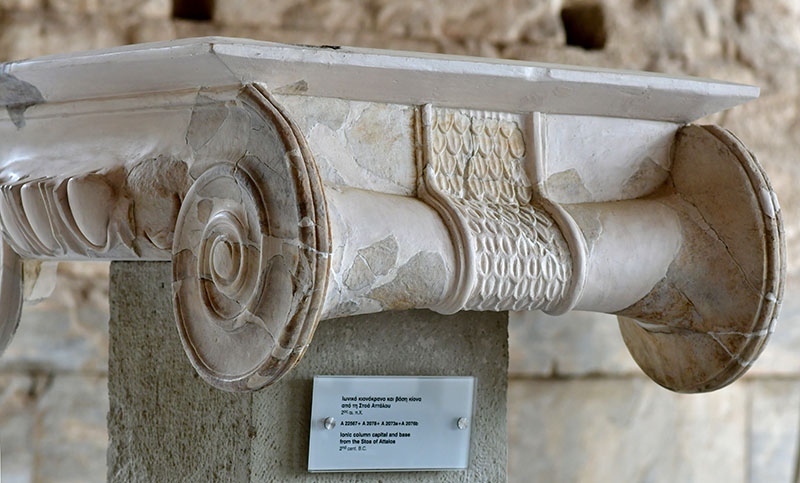
# 2 The Ionic order:
The Ionic order developed on the Aegean Islands and the coast of Asia Minor. The Ionic-order temples exist in the Acropolis only. The continuous frieze of the Ionic order features continuous sculpture in high relief and doesn’t have alternating triglyphs and metopes of the Doric order.
The Ionic column has a different design too that’s more elaborate, light, and beautiful. It has an ornate base, a slender shaft, and a smaller tapering. The capital presents a large double scroll, called volute, that is reminiscent of a curving leaf, petal, or papyrus, the shape of which originates from Egypt stylistically. (Example is the North palace, funerary district of King Djoser, Saqqara)
# 3 The Corinthian order:
The Corinthian capital shape of a sprouting and curling acanthus leaves got created around the late 5th century to substitute the Ionic style columns. These elaborate columns were used for interiors only for about 100 years. Then, the Corinthian order became commonplace in the exterior use as well.
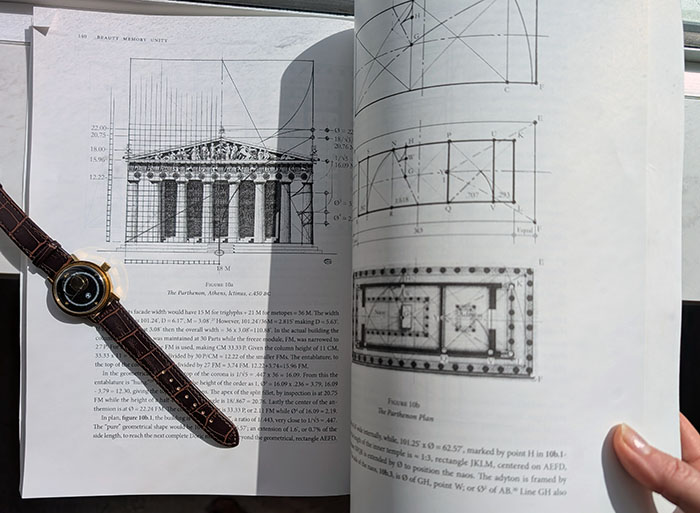
Decoding the secret behind Greek columns’ design:
The team of architects worked on every part of the building to create visual harmony through the proportion and balance of each element to form the overall harmony of the temple. Greeks had made many temples before completing this one with deliberate columns adjustments.
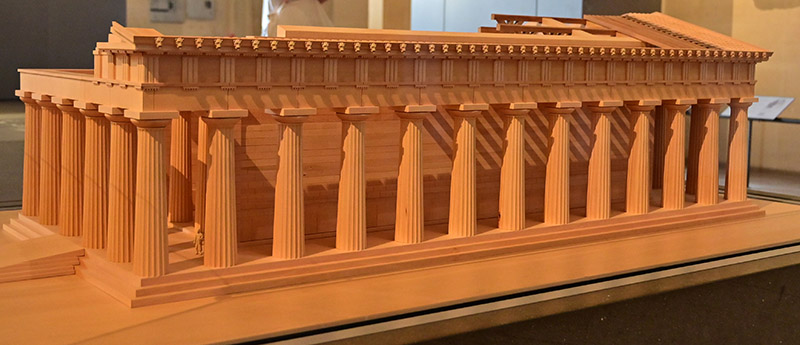
"What then is the foundation of this wonderful harmony? When we examine the various measurements more closely we are puzzled to find variations, which to craftsmen would seem inexact and careless. The stylobate is wider on one side than on the other, the steps vary in height. There is not a single intercolumnation of the peristyle which tallies exactly with another. The heights of the columns and their diameters vary and their axes are not perpendicular. The lines of the stylobate and of the entablature are not level. Under the circumstances in which the temple was built we cannot admit that these deviations from mathematical accuracy were due to carelessness." Irma Richter
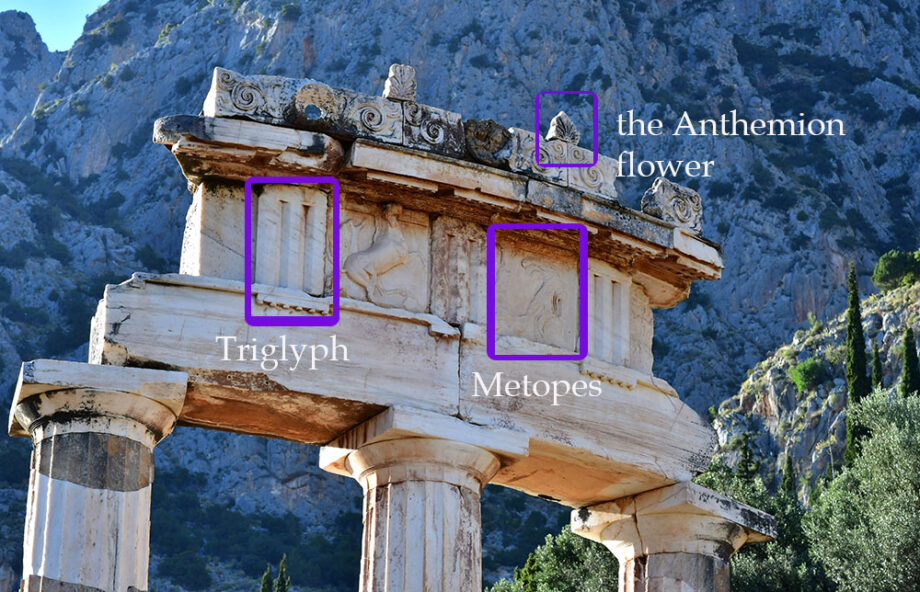
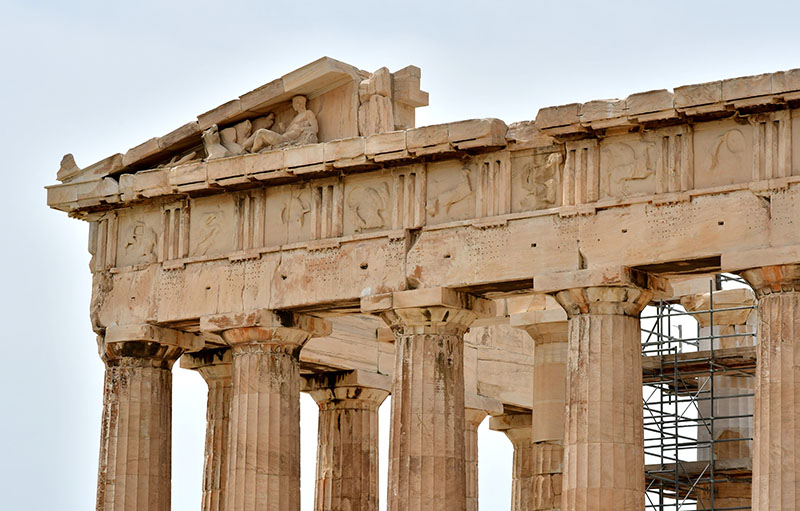
How did the architects determine the correct spacing between the columns?
The triglyphs look uniform around the entablature. Each end of the temple has a triglyph at the angle but the columns’ spacing isn’t regular to fit them at the angles. To determine the spacing for the triglyphs, artists used mathematical divisions to form a geometric progression in which the third term equaled exactly the triglyph’s width. The builders probably calculated the location of the triglyphs to reduce the spacing of the columns. (p.74)
To determine the position of the corner-stones:
The cornerstones of the Parthenon are incorporated into the steps leading up to the platform of the peristyle. The length of this step in front measures 110’64 ft. and is exactly equal to forty times 2.766 ft., the width of the triglyph. Thus, the frontage of the building was obtained by multiplying the width of the triglyph by forty. (p.75)
The Peristyle:
The peristyle is a row of columns surrounding a space within a building. Greeks built 46 columns over the uneven floor that curved gently upwards from the angles towards the center. Its convex surface has been compared to a gigantic lens cut in a rectangular shape. The entablature ( a horizontal, continuous lintel on a classical building consisting of the architrave, frieze, and cornice) has a similar, slight curve so that the columns at the angles are higher than in the middle. The axes of the columns are not perpendicular but lean inward gently towards the Temple’s center. Except for the columns at the angles, the columns’ axes on each front or flank are parallel to each other. The angle columns, participating in the inclinations of the two contiguous colonnades, have a greater inclination than the ordinary columns. This elaborate optical illusion design required setting huge drums on a slightly convex floor and adapting them to the inward inclination of the columns’ axes. Moreover, it required the adaption of the capitals to the entablature’s curve and a slight swelling to the outline of tapering shafts. The architects also rethinked overall proportions viewed from the distance to pursue the divine beauty of the temple as a whole. As a result, the entire temple is mathematically imperfect intentionally to be perfect in our eyes.
Sculpture compositions:
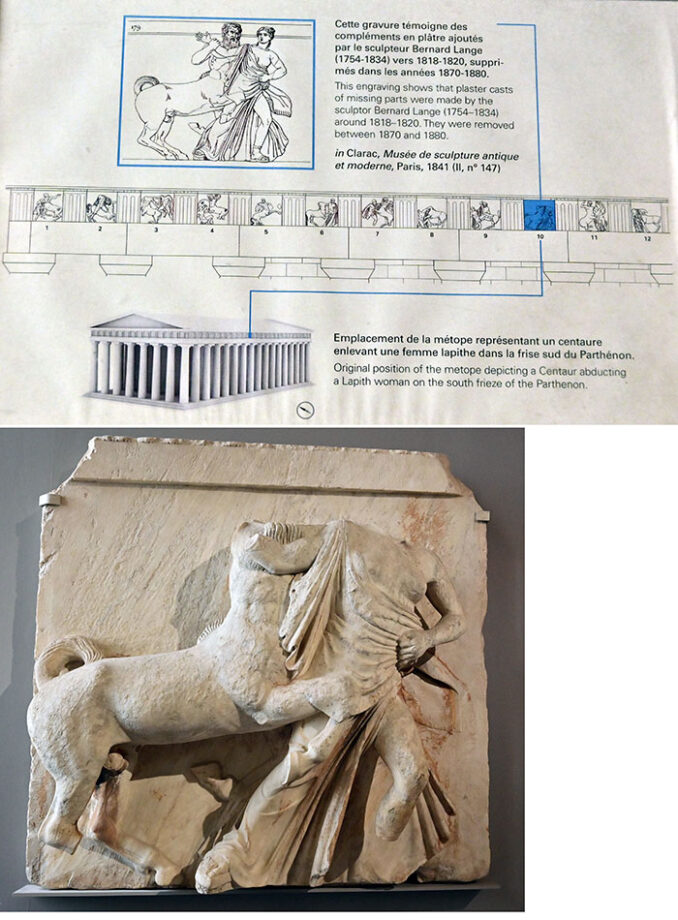
High-relief sculptures in the metopes depicted the battles between Centaurs & Lapiths. The arrangement of figures follows placement within the tree circles in divine proportion.
"Suggestive of the circular motion of heavenly bodies, Helios, the Sun-god, was seen on one side of the East pediment rising out of the sea, guiding with outstretched arms his fiery team, while on the other side the moon goddess was dipping her horses below the horizon." (p.78)
The proportions of the peristyle columns capitals are repeated on a gigantic scale in the plan of the building.
"Vitruvius sets forth a rule which is often referred to in descriptions of ancient architecture. He said that a columned building was designed with reference to the lower diameter of the column. By means of this measure the proportions of the other parts of the composition were regulated and brought into harmony. The so-called module was usually the half-diameter of the bottom of the shaft, its radius. In the column of the Parthenon this measure corresponds to the diameter X of the major scale. It may therefore very well have served as module; but the module was the tenth term of a geometric progression of which the total length of the building was the first." Irma Richter
The Façade:
“The distance between two column axes corresponds to one-half the radius of circle IV of the major scale, a procession of three columns corresponds to the radius, of five columns to the diameter of the same circle.
The columns divide the space vertically. The column centers were marked beforehand for the builders to set the lowest column drums on the stylobate. They put the angle columns on squares and the rest over a joint in the pavement. The alternating triglyphs and metopes in the frieze followed the mathematical division of space. The width of the metopes corresponds to the radius VIII of the major scale. And the width of each glyph to half the radius of the circle X of the minor scale.
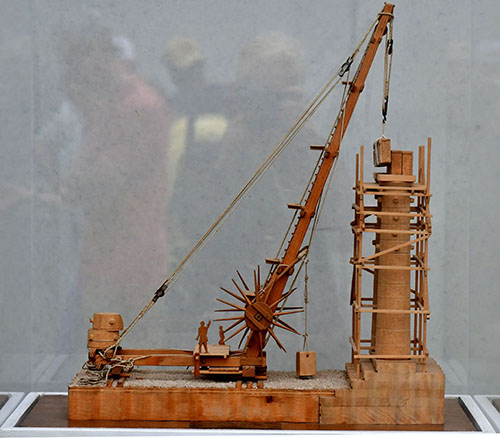
The horizontal lines of the temple harmonize with the vertical division of the space. “The most important line is the division between the columns and entablature. The total height from the apex to the bottom of the euthynteria is divided into the divine proportion by this line. Within this main division, the subordinate elements are ranged with measures set in the major and minor scales. The height of the building from the upper step to the apex of the pediment corresponds to half the radius I of the major scale. The height of the flanks from the upper step to the cymatium equals the radius III of the major scale. The height of the pediment equals half the radius IV of the major scale. The height of the cornice equals the diameter XI of the same scale, while its projection equals the diameter X of the minor scale. The height of the frieze is equal to one-third of the diameter VII of the major scale. The average rise of each of the three steps of the stylobate is equal to the radius of circle IX of the minor scale. The open spaces between the columns partake of the rhythm; their outlines may be likened to the contours of a row of gigantic Greek vases.”(p.80) Irma Richter
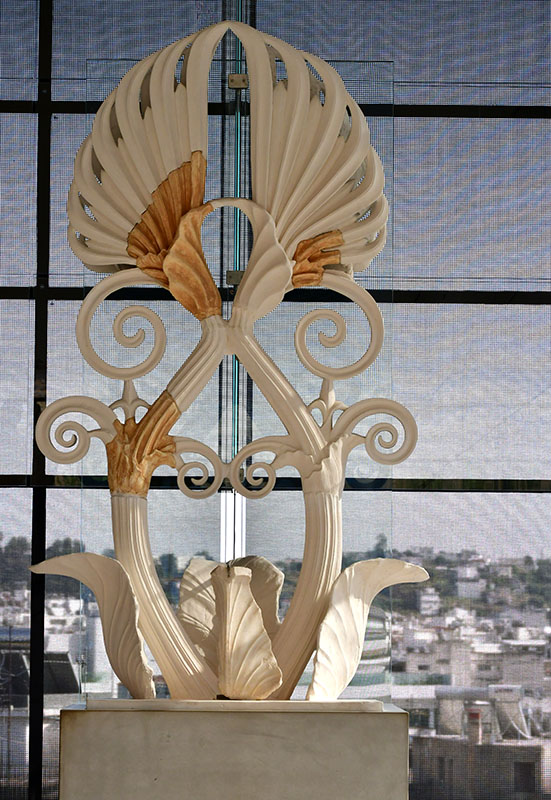
In conclusion, the Parthenon’s beauty lies in its harmonious proportions that are not only mathematical but also visual. While the Parthenon is renowned for its symmetrical design, the architects had an excellent understanding of optical illusions and human perception, “correcting” the structure visually to be more beautiful to the human eye. They incorporated subtle curves and adjustments to the floor and column’s design to create an illusion of perfect symmetry being imperfect on purpose. It’s a big question of how the Parthenon would look in its former glory and if we would be able to see the original thought and difference in the building’s design in comparison to contemporary buildings created in this style. For instance, there’s an exact copy of the Parthenon built in Nashville you can go and see in the US. Many American buildings were inspired by the classical architecture of Rome. In my opinion, contemporary buildings designed in the Greco-Roman style lack the profound beauty, often looking heavy and cold, although perfectly symmetrical and complete. I think the genius of ancient Greek artists was in the creation of light and airy buildings despite the use of heavy stone, numerous columns, and huge scale.
Propylaea (The Monumental Gateway)
The Athenian politician and general, Pericles commissioned the Propylaea, the monumental entry gate, in 437-432 BC. This entrance served as a dramatic gateway to sacred space from a secular one. If you go there, it requires a considerable effort walking up the steep stairs. The architect, Mnesicles, transformed this steep & difficult terrain into a beautiful marble entrance in Doric style. The rest of the project remained unfinished due to the Peloponnesian War.
Of the two porches (facades) at either end, only the eastern one exists today. It looks like a Doric temple with a wide opening (intentionally missing a column) in the middle of it. The western porch had two wings. The large one included a picture gallery (pinakotheke), the first known room specially designed for the display of paintings. The central roadway that passes through the Propylaea has Ionic columns. Below is a reconstruction drawing that shows the beauty of the former Propylaea in its full glory.
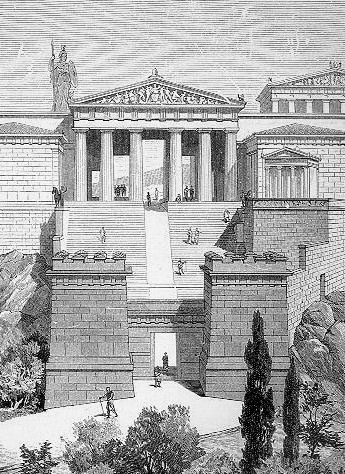
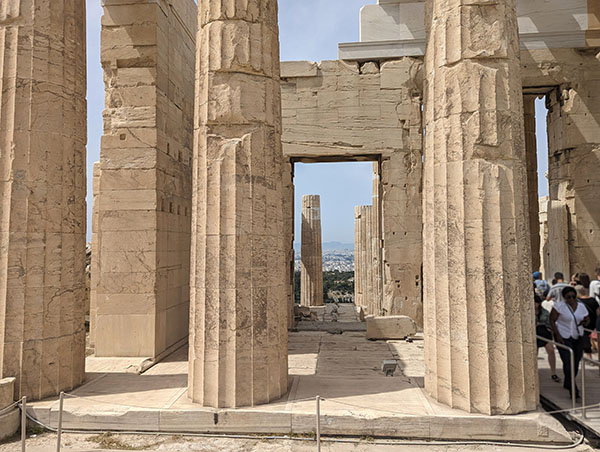
The Erechtheum (Erechtheion)
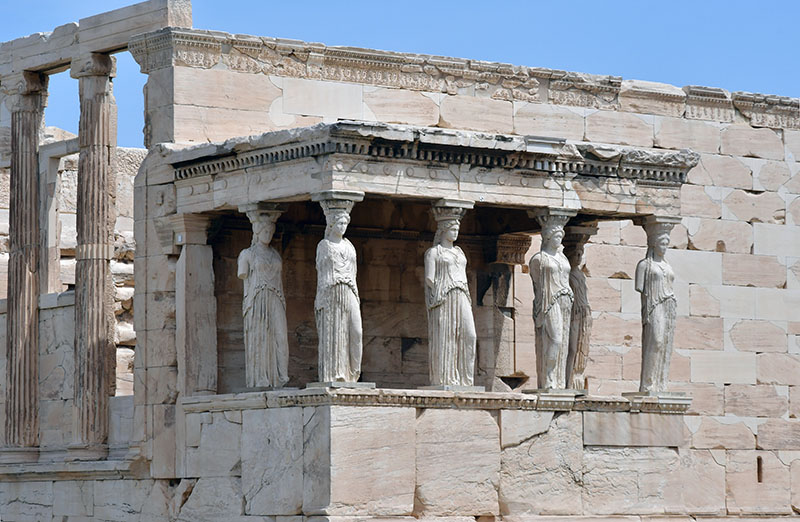
According to myths, this exact place under the temple was the sacred place for the Athenians because their goddess, Athena was born here. Erechtheum looks like a much larger and more complex temple than the Athena Nike Temple built by Mnesicles between 421 and 405 BC. It graces over the irregular terrain of a sloping hill. The Erechtheum consisted of four rooms plus the basement. It’s known that the statue of Erechtheus, a king of Athens, once stood in one of the rooms. The eastern room belonged to Athena Polias (Athena the city goddess) with an old statue. The statue of Poseidon occupied another room. There are no statues left there today.
The unusual part about this temple is that the Erechtheum has two porches instead of the facades. The small one is famous for its six figures of Maidens or Caryatids replacing the columns. (Read about the origins of Caryatids here). This temple features beautiful carvings on the columns, windows and door frames that were more expensive to make than the carved figures themselves! It’s located north of the Parthenon in the Acropolis complex.
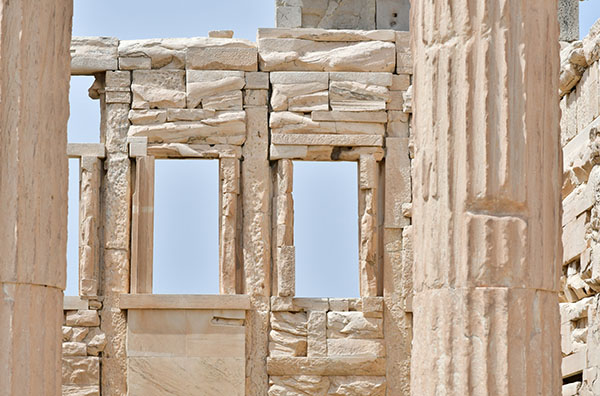
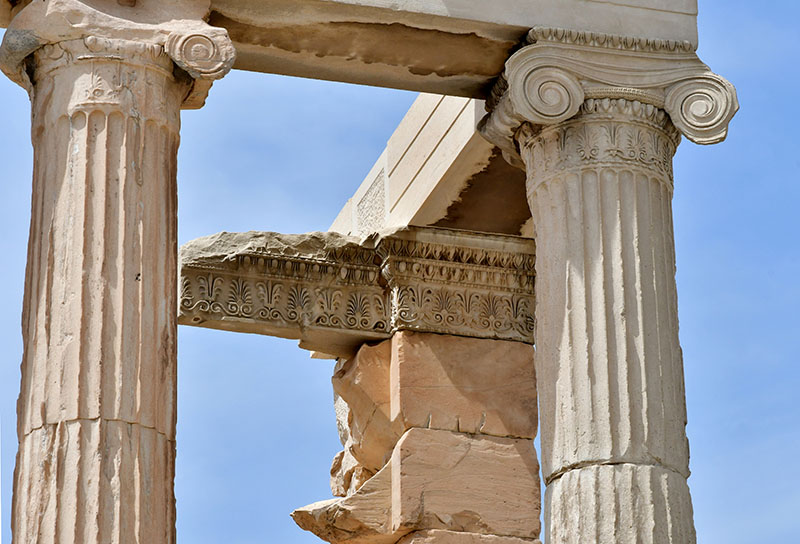
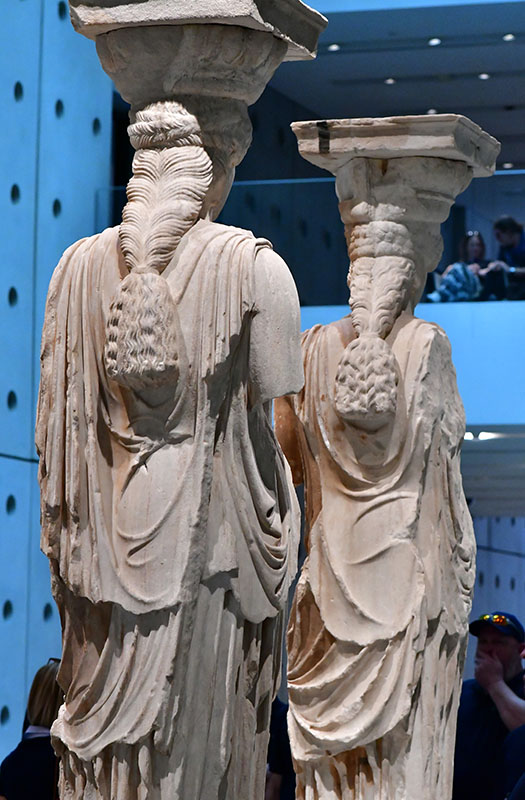
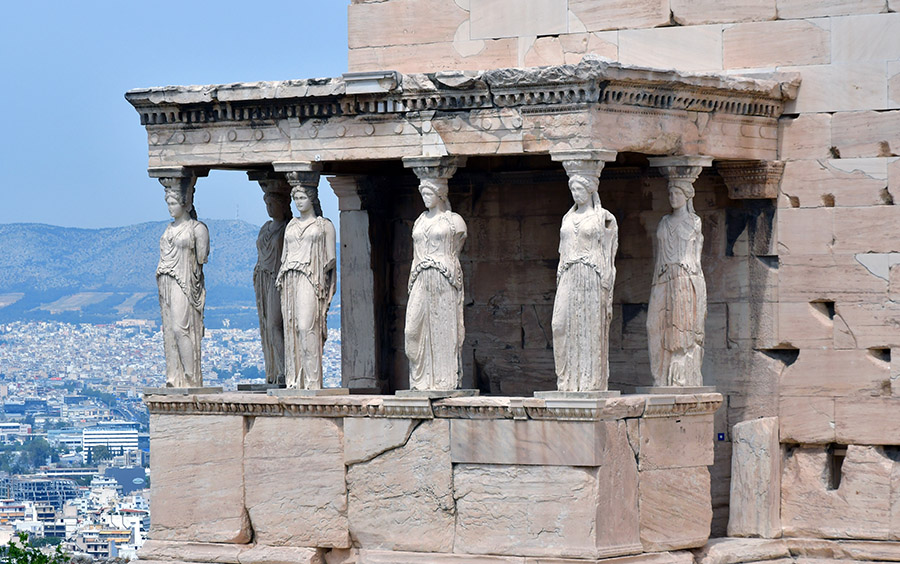
The Temple of Athena Nike
Dedicated to the goddess and protector of the city, the little temple of Athena Nike was built in Ionic style between 427 and 424 BC from a design created 20 years earlier by Callicrates. Ionic structures existed in small, simple temples at that time and this little temple dedicated to Nike (Victory) is one of such structures in ancient Greece. It guarded the southwest end of the Acropolis since the Mycenaean period (late 13th century BC). The Classical temple was built over the original temple made of porous stone dated after 468 BC. The first temple housed the xoanon, the wooden cult statue of the goddess. A considerable part of this temple and remains of the early shrine (6th cent. B.C.) are preserved in a specially arranged basement space in the Classical bastion.
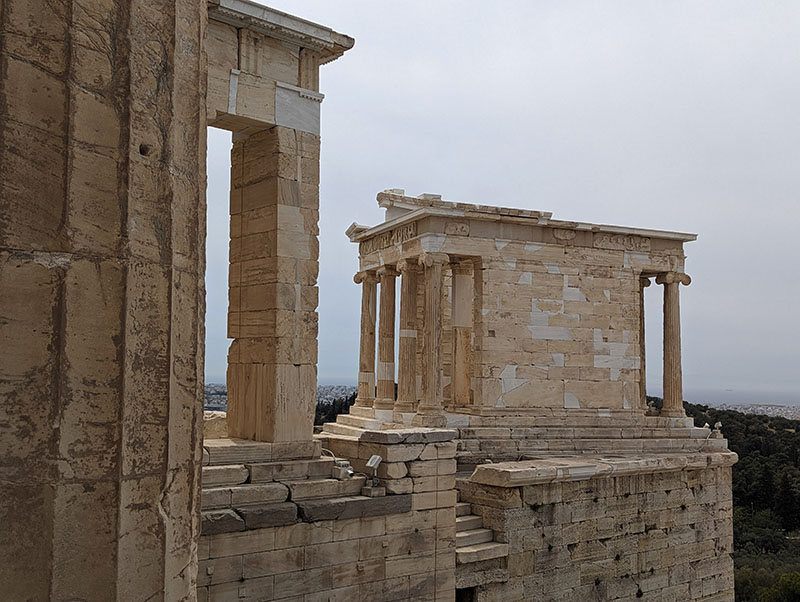
Built around 410-407 bc, the temple of Athena Nike marble balustrade shows a procession with winged Nikes (Victories), not the Athenian citizens. Seated Athena was added around 415-405 B.C.
The temple’s rich sculptural decoration praises the victorious battles of the Athenians. From the preserved architectural sculptures, it is assumed that the Gigantomachy – the battle between gods and giants – was presented on the east pediment, and the Amazonomachy- battle between Athenians and Amazons on the west. The Ionic frieze, which runs along the upper part of the temple, depicts battles between Greeks and Persians (south side), battles of Greek warriors (hoplites) against other warriors (north and west side), while on the east side the assembly (agora) of the Olympian gods. The corners of the pediments were decorated with gold-plated bronze Nikai (acroteria).
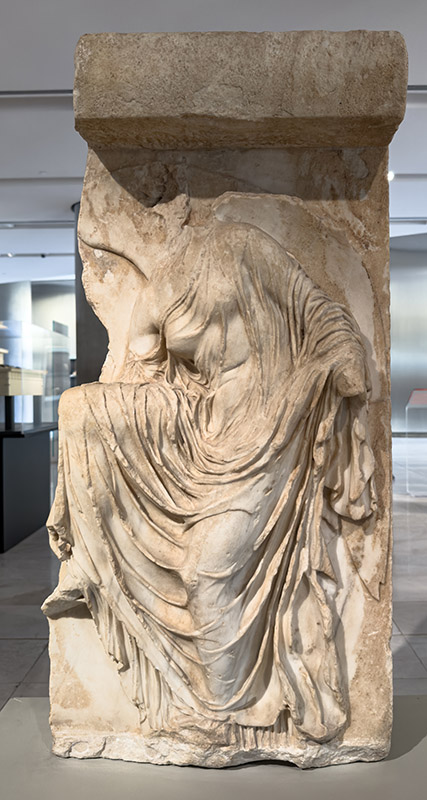
The Nike Fixing her Sandal is a marble relief sculpture of the Greek goddess Nike. It was part of the parapet that decorated the Temple of Athena Nike on the Athenian Acropolis. The sculpture is now in the Acropolis Museum in Athens. In this relief sculpture, a single Nike figure is taking off her sandals to step onto the holy ground of the temple. This artwork speaks of the religious views of ancient Greeks and the artist’s ability to create moving figures in a constrained space.
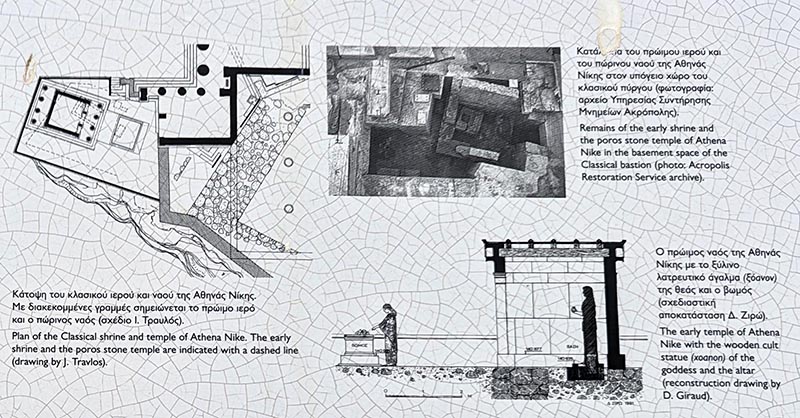
Sadly, this beautiful monument was torn down during the Ottoman occupation in 1686. The Venetian troops were under the command of General Francesco Morosini storming Athens. So, the temple’s stones were incorporated into the bastion constructed in front of the Propylaia. After the bastion’s demolition in 1835, the temple’s pieces were recovered.
The Theatre of Dionysus Eleuthereus
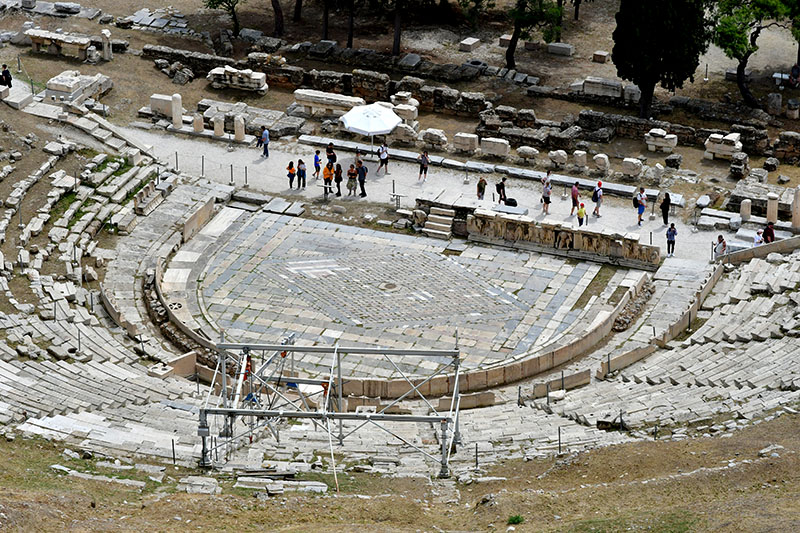
Greek theater combined music, poems, and dance derived from pagan festival dedicated to Dionysus. Greeks sang songs until 534 bc when the actor, Thespis, introduced spoken texts into the theater. As a result, Greeks began to write plays. And the idea of tragedy as the highest form of drama in theater comes from the philosophy of Aristotle.
This is the place where ancient Greek theatre was born. It originated from the ancient temple of the god Dionysus. Ancient Greeks had a dedicated festival to this god. A festive procession consisted of dancers dressed in animal and satir masks, who sang songs in the god’s honor. The theatrical competition also had additions of comedy and satyr plays later on. Thespis became the founder of the earliest documented tragic play in 534 BC.
The first wooden theatre with seats for the spectators extended over the southern slope of the Athenian Acropolis. Ancient sources mention a wooden framework with huge wooden posts supporting the theatre’s seats. This wooden structure went through renovation and extension to a stage building after the 5th century BC.
Work on Athens’ first monumental stone theatre was interrupted by the devastating Peloponnesian War (431- 404 BC), but continued later with an introduction of a new architectural design, revolving around a circular orchestra. This theatre design became the established design to the present day. The ancient theatre’s capacity was about 17.000-19.000 people!
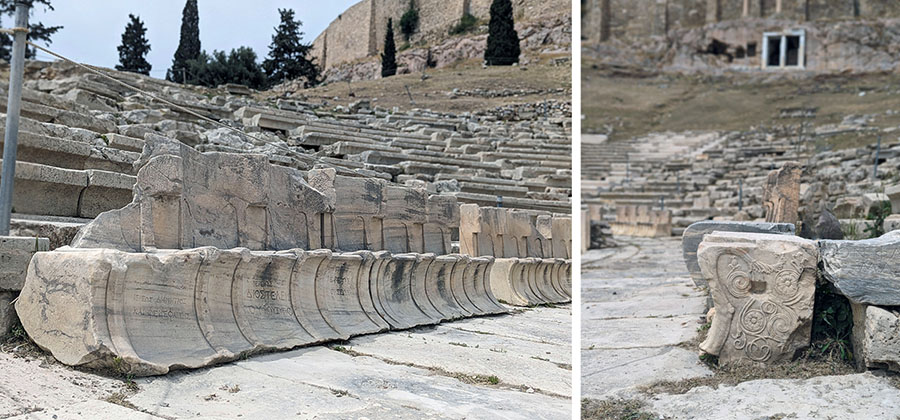
During the Roman period, the theatre design evolved to become monumental. During the emperor Hadrian’s reign (AD 117-138), the theatre assumed a new role in hosting celebrations of the emperor as a New Dionysus. The stage became decorated with monumental statues personifying three genres of Dedmatic Poetry (Tragedy, Comedy, and Satyrical Play). In addition, thirteen bases for the statues of the emperor were installed among the seats, and honorary thrones led to the emperor’s throne.
In 267 AD, the theatre went through a reconstruction cycle but the national ban of pagan religion brought the theatre to its end just like most other ancient Greek temples.
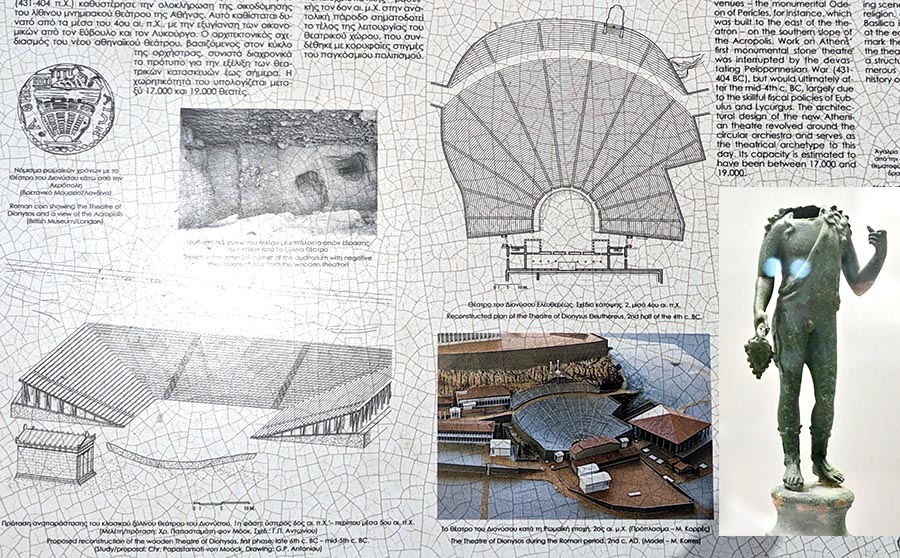
The Theatre of Dionysus Eleuthereus archeological information
The Odeon of Herodes Atticus
The Odeon of Herodes Atticus was the third amphitheater erected in ancient Athens, after the Odeon of Pericles, also on the South Slope (5th century BC), and the Odeon of Agrippa in the Ancient Agora (15 BC). The Odeon of Herodes Atticus was built in the 2nd century AD with the help of donations made by a wealthy Athenian, Tiberius Claudius Atticus Herodes, in memory of his wife.
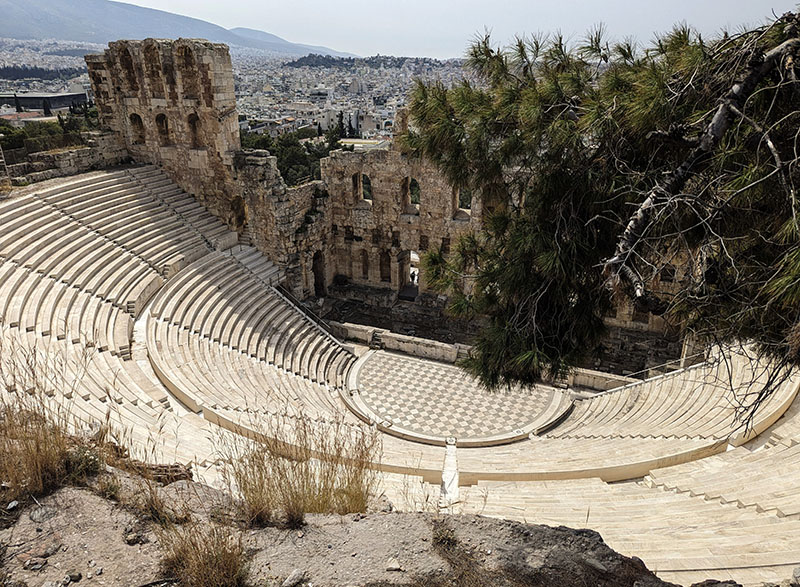
A very expensive project, the conservatory consisted of a porous stone, marble rows of seats, and a cedar wood roof with a 5,000-person capacity. The orchestra had a semicircular shape made of marble 19m in diameter, that repeated the overall semicircular design of the monument. The elevated stage had a 28m wall with 3 floors still standing today. The lower arches used to have Roman statues inside them for decoration purposes. Other decorations included mosaic floors with geometric patterns at all entrances. The eastern side was connected to the Stoa of Eumenes, erected by the king of Pergamon Eumenes (197-159 BC).
The conservatory was destroyed in 267 AD by the Heruli, who burned many buildings in ancient Athens. To read more about this monument, check out the Odeon of Herodes Atticus archeological information in Greece
The Temple of Rome & Augustus
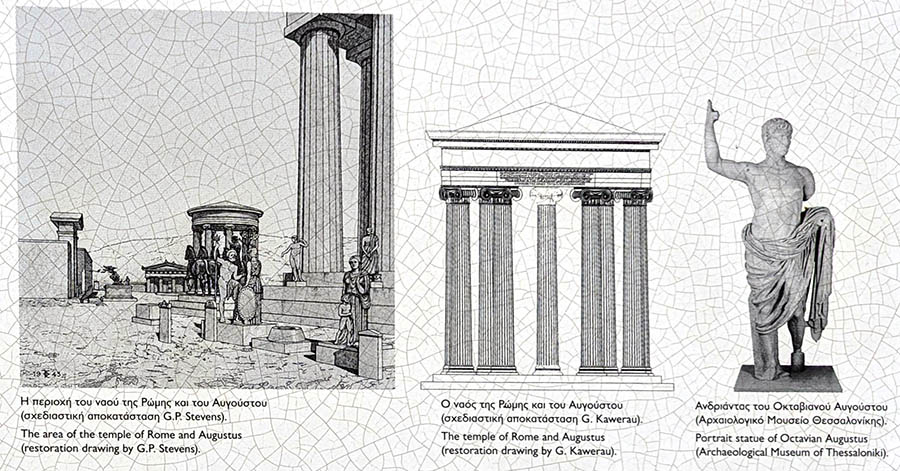
The temple of Rome and Augustus is the sole Roman temple at the Acropolis Hill, and it’s the only Athenian temple dedicated to the cult of the Emperor. The foundations of a small building lay east of the Parthenon attributed to the Temple of Rome and the Roman Emperor Octavian Augustus. There are many scattered marble fragments and the architrave with the incised inscription indicating the existence of this temple dated after 27 B.C. ( Octavian was proclaimed Augustus between 19 and 17 B.C.) The Athenian deme (people) constructed it to appease Octavian Augustus and reverse the negativity surrounding the two parties. (During the Roman civil wars, the city of Athens had supported his opponent, Marcus Antonius).
The architectural fragments suggest that the Temple of Rome and Augustus was of the lonic order, circular and monopteral. It featured a single circular colonnade made of nine columns without a cella. Its diameter measured 8.60 m., and 7.30 m in height. The construction of the temple is associated with the architect who repaired the Erechtheion in the Roman Period, because the architectural details replicate those found at the Erechtheion. The temple probably housed statues of Rome and Augustus, although no fragments of sculptures have been identified to date.
(Writing is based on descriptions seen at the site in the Acropolis).
Τhe Monument of Agrippa
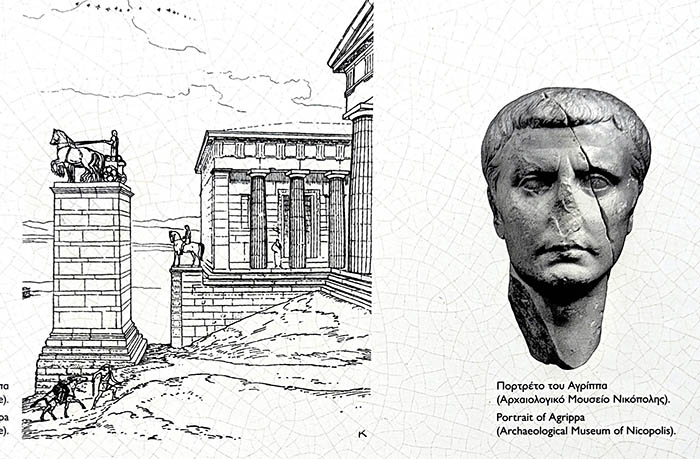
The tall pedestal located west of the Propylaea originally supported a bronze life-size quadriga. This monument was dedicated to Marcus Vipsanius Agrippa by the Athenians. Agrippa was the son-in-law and general of the Roman Emperor Octavian Augustus, as well as the benefactor of the city, as indicated by the incised honorary inscription on the western face of the pedestal: The deme ( people dedicated the monument) to Marcus Agrippa, son of Lucius, thrice a consul, its benefactor. The dedication was made between 27 B.C., when Agrippa became consul for the third time, and 12 B.C., the year of his death.
Standing 8.9 m tall, the pedestal was made of gray Hymmetian and white Pentelic marble. Unfortunately, the quadriga with Agrippa is not there anymore. It’s interesting to note that the original monument was not intended for the Roman general.
The architectural features of the pedestal, the technical details on its upper surface, and traces of previous defaced inscription suggest that the monument appeared in the early 2nd century B.C. It had the chariot of one of the Pergamene kings, probably Eumenes II or Attalus II. The monument commemorated the victory of the Pergamene Kings in a chariot race in the Panathenaic Games. The Pergamene Kings funded the erection of two important public buildings, the Stoa of Eumenes to the south of the Acropolis and the Stoa of Attalus in the Athenian Agora.
(Writing is based on descriptions seen at the site in the Acropolis).
The choragic monument of Nikias
A magnificent choragic monument is situated west of the road between the Sanctuary of Dionysus and the Acropolis. The institution of the Choregy opened in the 6th century B.C. Wealthy Athenians sponsored the rehearsals and performances in the drama-theatrical contests. These events took place in the theatre during the festival of Dionysus in March-April. The winner’s prize for men was a bronze tripod handed over in a ceremony near Dionysus’s sanctuary theatre.
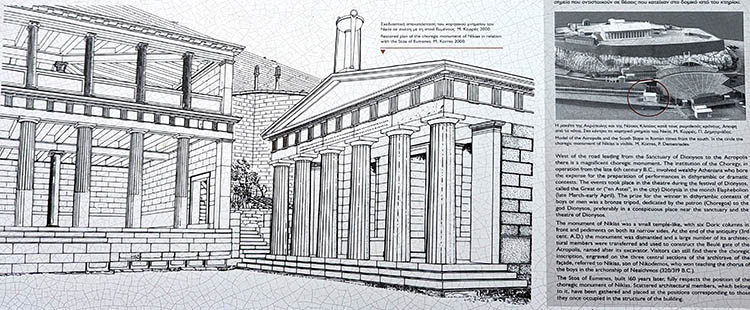
In ancient Greece, a choragus was a wealthy Athenian citizen who paid for festival theatrical productions.
The monument of Nikias looked like a small Greek temple with six Doric columns in front and pediments on its sides. At the end of antiquity (around the 3rd century A.D.), the monument was dismantled to aid in the construction of another monument- the Beulé gate of the Acropolis, named after its excavator. Visitors can still find the original inscription engraved in the center of the architrave of the façade.
It says, “to Nikias, son of Nikodemos, who won teaching the chorus of the boys in the archonship of Neaichmos (320/319 В.С.)”.
The Stoa of Eumenes built 160 years later, respects the position of the choregic monument of Nikias. Scattered architectural parts have been pieced together to view the original position of this building.
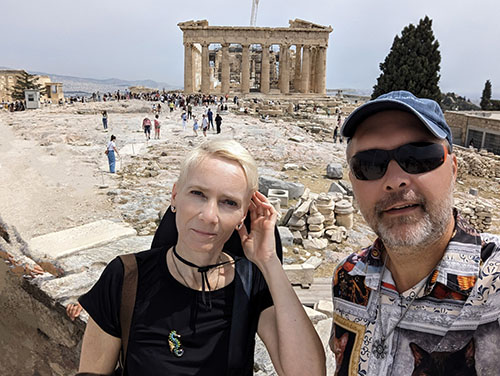
https://instagram.com/veronicawintersart
https://youtube.com/@veronicasart
The Areopagus Hill & the Church of St. Dionysios the Areopagite and the Archbishop’s Palace (16th century)
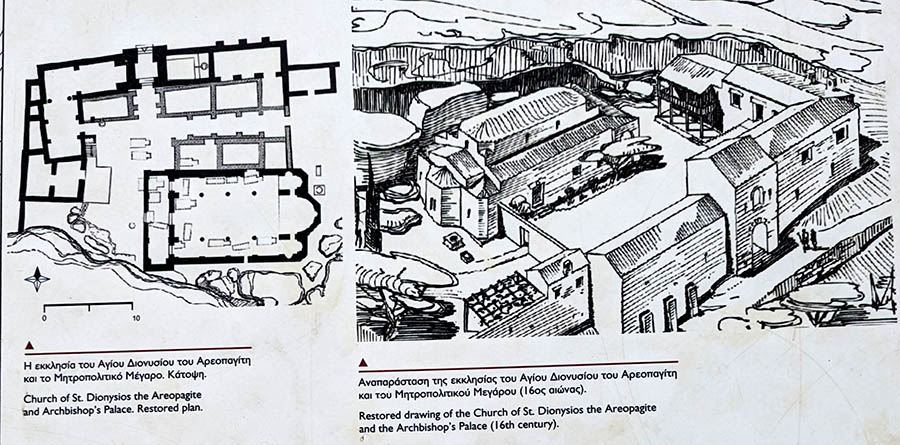
The Areopagus is a rocky hill (115 meters high) next to the Acropolis. In the Mycenaean and Geometric periods (1550-700 B.C.), the northern slope of the Hill was a cemetery with chamber tombs and simple box-shaped graves. Its name probably comes from Ares, the god of war, and the Arai-Erinyes or Semnai (also called the Eumenides), goddesses of punishment and revenge related to the underworld or Arae- female spirits of curses from the underworld.
A judicial body, the Areopagus Council, met on this hill to preside over cases of murder, sacrilege, and arson. The Areopagus was also a place of religious worship with several sanctuaries built on this hill including the Semnai or Eumenides.
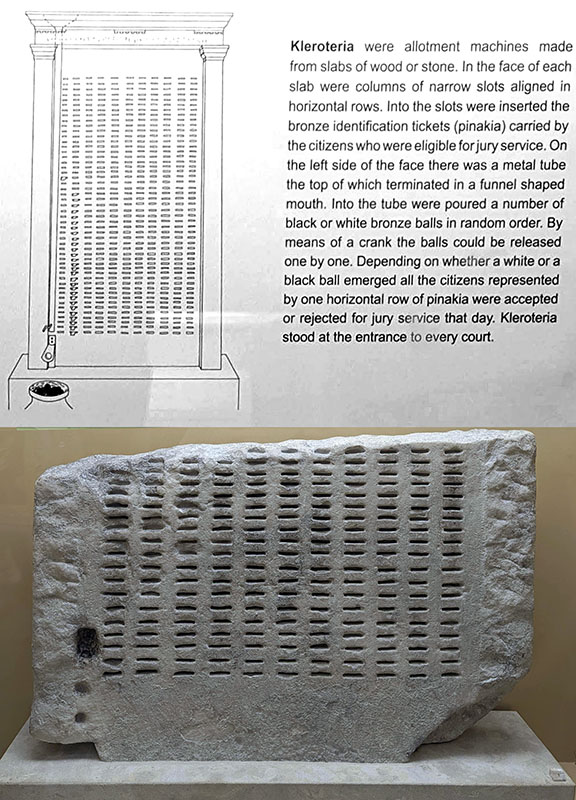
Depending on whether a white or a black ball emerged, all the citizens represented by one horizontal row of pinakia were accepted or rejected for jury service that day. If a white ball came out, all citizens in the corresponding horizontal row were selected for jury duty. If a black ball came out, the citizens in that row were rejected. Kleroteria stood at the entrance to every court.
From the 6th century B.C., the Areopagus Hill became a residential quarter, hosting a prestigious district of Melite. Cuttings in the bedrock suggest that the place inhabited many roads, wells, drains, reservoirs, floors, and irregular buildings. Access to this neighborhood was provided by cut-into-the-rock stairways. By the Late Roman period (4th-6th centuries A.D.), four luxury houses, the schools of philosophy, were built over the buildings’ remains.

The Areopagus is also associated with the spread of Christianity in Greece. In 51 A.D. Apostle Paul is said to have taught the Athenians the new religion from the hill’s summit. Among the converts was Dionysios the Areopagite, the patron saint of the city of Athens, who was the city’s first bishop. The remains of a church named in his honor are preserved on the hill’s northern slope.
The church of St. Dionysios the Areopagite was a three-aisled basilica built in the 16th century and destroyed in the earthquake in 1601. The monumental Archbishop’s Palace surrounded the church. This two-story Palace was built between the 16th and 17th centuries and consisted of many rooms, which included warehouses, a kitchen, a dining hall, and two wine presses.
(Writing is based on descriptions seen at the site in the Acropolis).
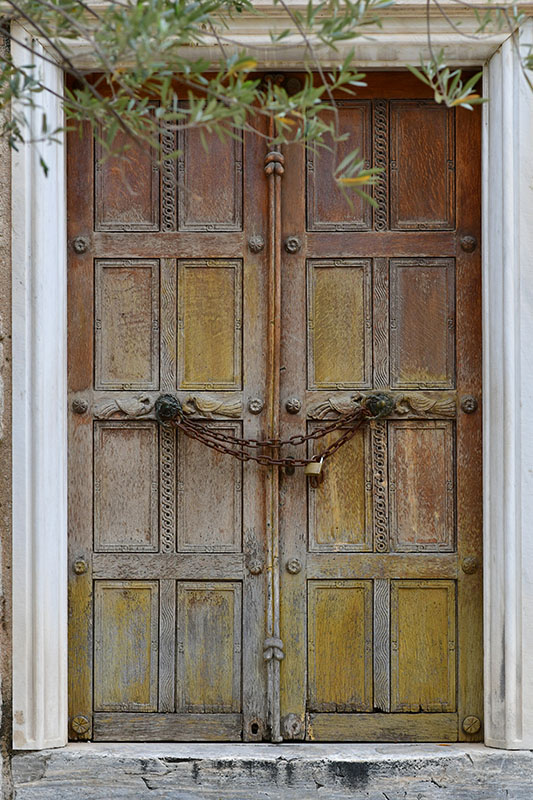
Ancient gymnasium
Public and private gyms existed in ancient Athens till the late Roman period. The palaestra is the main building of a gymnasium in ancient Greece. It was a large training area for athletes to exercise, box, wrestle, etc. The pankration, a combination of wrestling and boxing, was more dangerous than these sports because athletes were permitted to do anything to their opponent but biting or gouging out the eyes.
The palaestra of the Lykeion covered an area of 0.25 hectares (50 x 48 m). The foundations for a large building were laid in the 4th century BC, although this space was probably used as early as the 6th century BC. The gymnasium complex existed for 700 years until the early 4th century AD.
The palaestra had an inner court (23 x 26 m.) surrounded by three sides of porticoes (3.5 to 4 m. wide). Spacious, rectangular rooms existed behind them built with remarkable symmetry. The Roman architect Vitruvius (1st century BC) describes the Greek palaestra and the space used in detail in his work “On Architecture”. According to his writing, the largest hall in the center of the north side was a lecture hall with seating. To the east and west of this hall, were the rooms where athletes smeared their naked bodies with oil before exercising. The “konisterion or “conistta” was a space filled with sand in which the wrestlers rolled in exercise and tournament. The “korykeion” was another room with leather punch bags filled with flour or sand for young men to punch and exercise.
The northeast part of the court occupied a 4th-century BC well. There was a 1st century AD cistern with apsidal narrow sides, in which athletes took cold baths. The symmetrical bath complexes were a part of the gym’s architectural design. Most of the walls of the building stood on a bedrock and the rooms’ floors were made of beaten earth.
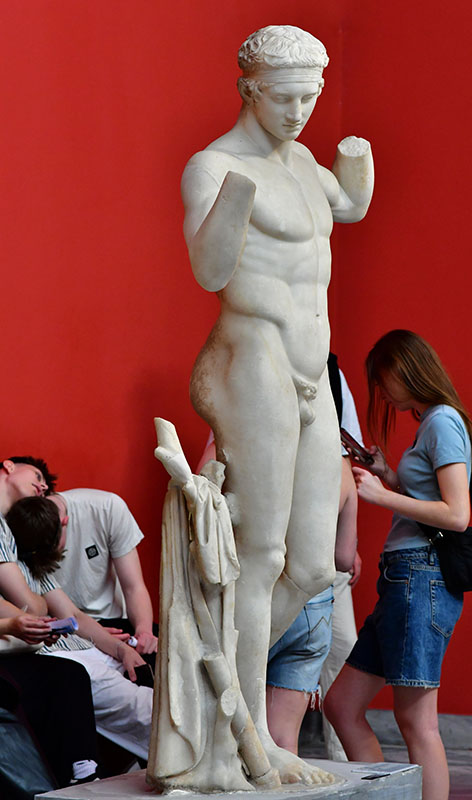
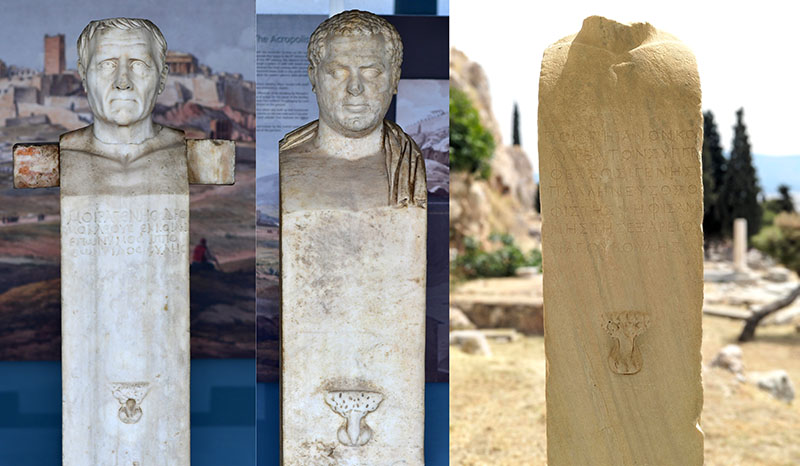
Bronze Foundries in the Acropolis
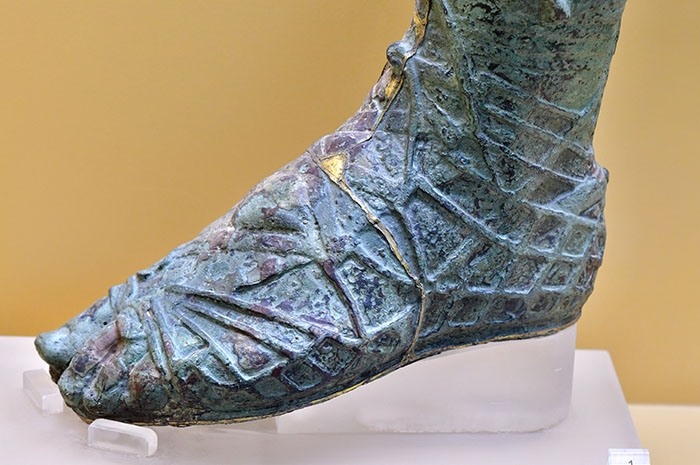
A foundry site existed not far from the Sanctuary of Asklepios in the 5th-4th century B.C. The 1877 excavations revealed four pits cut into the rock of the Acropolis Hill. These pits were the place of bronze casting in ancient Athens. The two largest, A&B pits are 2.30 meters long. Both pits have stairways and facilities inside.
Foundry A was excavated in 1877 and 1963. Its lower level consists of two facilities that include a rectangular stone base plastered over with clay. A clay channel runs around this structure, ending at each of the four corners with spouts to dispose of the metal waste and the melted wax used in casting. The second facility retains an oval base and a clay channel enclosed by a brick wall. There is an ancillary chamber with a small pit and a clay channel. Foundry D was excavated in 2006. This foundry has a square base of clay-plastered porous plinths at its center. One of its sections preserves a trace of a statue mold, depicting the termination of long garment folds. A brick, 1.30 m long, wall goes along the sides of the foundry.
The archeologists discovered thousands of mold fragments during the excavations here. This was an extensive manufacturing facility that probably made bronze statues for the monuments of the Asklepieion or the Acropolis. Perhaps, this was the place where artists cast the statue of Athena Promachos by Pheidias.
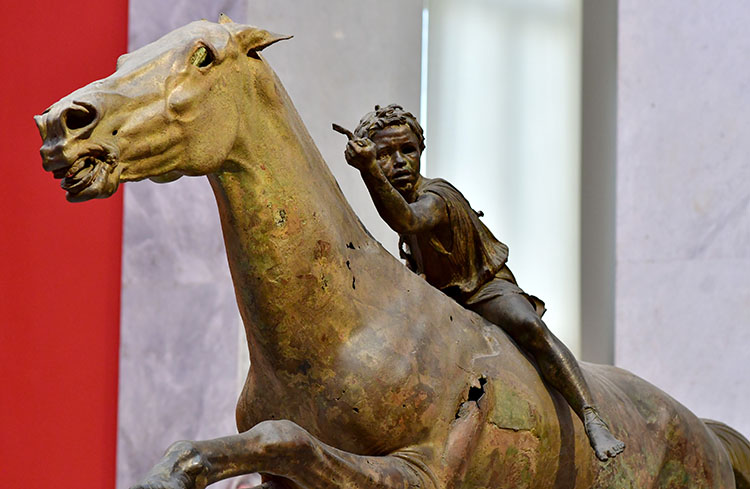
Colors of the ancient Greek Temples in the Acropolis and beyond:
Ever wonder how the Greek temples looked in color? You will probably be quite surprised to see the myriad of bright colors used by the Ancient Greeks in painting their temples. What we see as white and yellowish-white in broken ceilings, facades, and sculptures used to be vivid decorations in blue, red, yellow, and black.
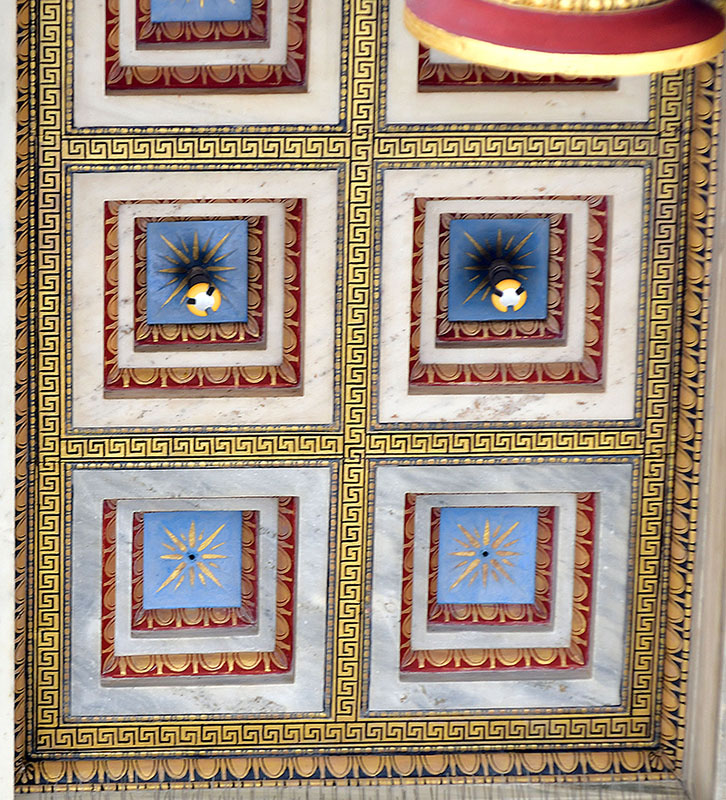
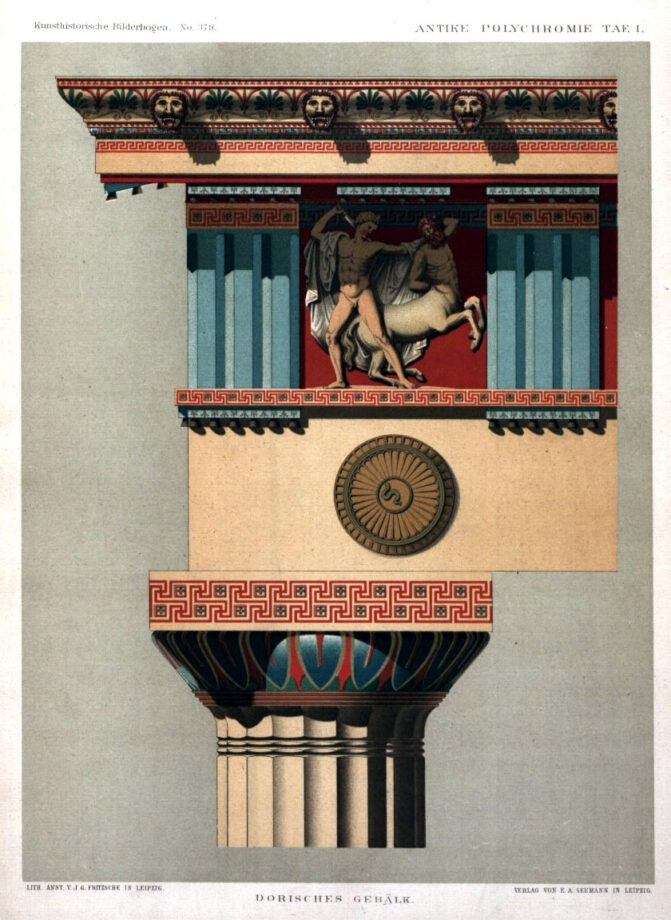
You can also see the reconstructions and examples of color schemes used presented by the Acropolis Museum here: https://www.theacropolismuseum.gr/en/research-programs/archaic-colours
The Academy of Athens
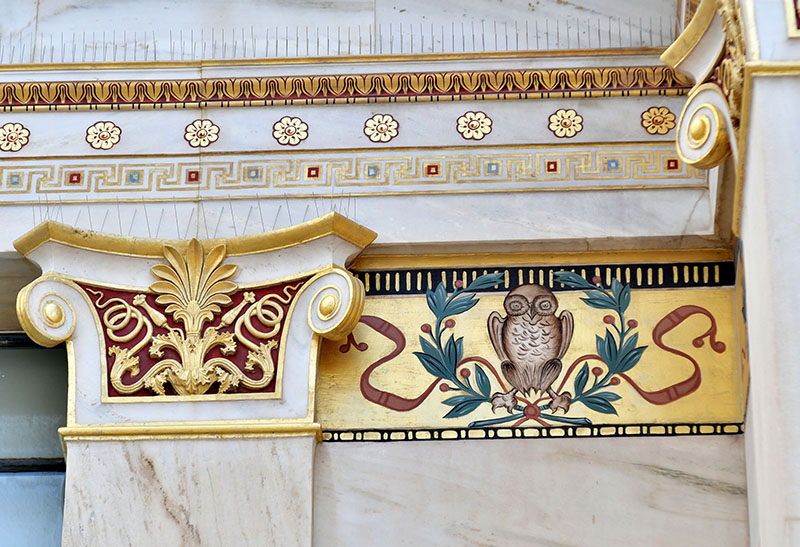
What’s interesting about this building is that it looks like a complete restoration of the original Greek temple. While I wasn’t inside this building, I could actually see beautiful ornamentations and decorations of the building with Apollo and Athena flanking tall columns next to it.
The Academy of Athens is an organization that promotes the arts, humanities, and sciences through research and collaboration. It was founded by Plato in 387 BC but destroyed by Lucius Cornelius Sulla in 86 BC when he conquered the city.
Ancient Greek Language
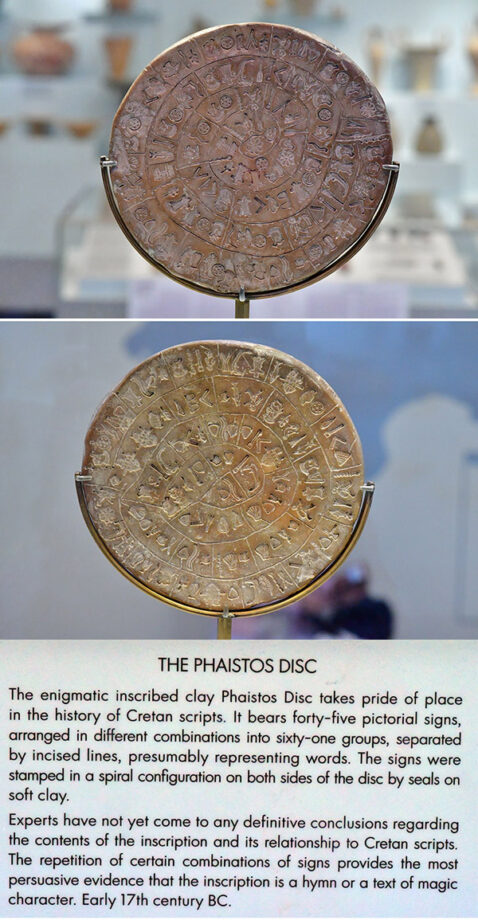
You can read about the origins of ancient Greek writing, the Linear A & Linear B texts, here
The Stoa of Attalos
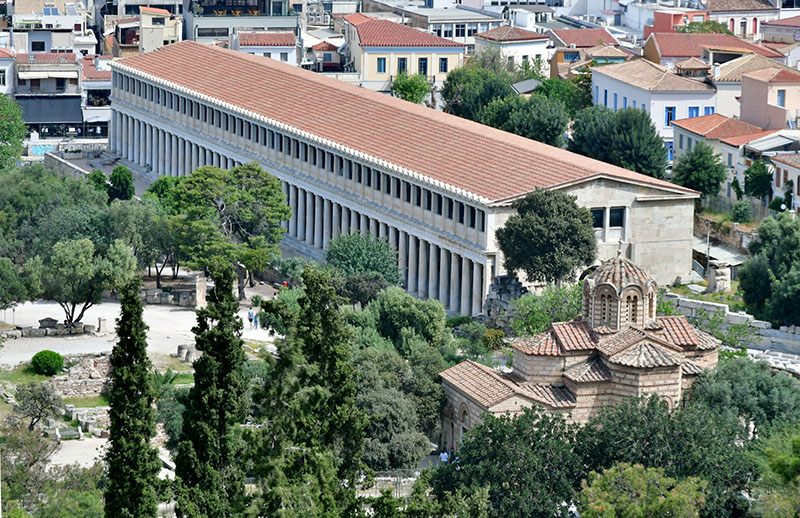
Built between 159 and 136 bc, the Stoa of Attalos is a very long, rectangular building with two floors, 20 by 20m long. One of the few restored buildings, it’s located on the east side of the ancient Agora. The stoa was a gift of Attalos II, King of Pergamon, as a fragmentary inscription on the epistyle of its lower colonnade says, “King Attalos, son of Attalos and of Queen Apollonia.” The Stoa of Attalos was a place for the Athenians to meet and socialize.
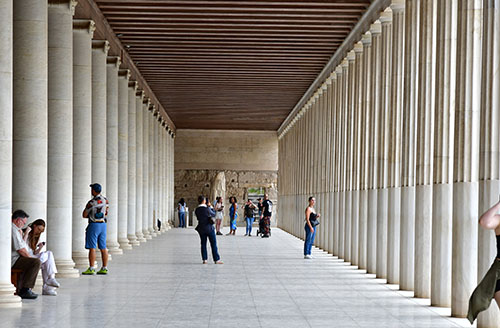
The ground floor has the exterior colonnade in the Doric order and the interior colonnade built in the Ionic style without fluting. The upper floor exterior has the Ionic colonnade, while the interior has the Pergamene type capitals. The Heruli destroyed it and its ruins were incorporated into the Late Roman Fortification Wall in 267 AD. The restoration, based on the architect John Travlos’ notes, was carried out in 1953-1956 by the American School of Classical Studies, with the financial support of John D. Rockefeller, Jr.

The Library of Pantainos
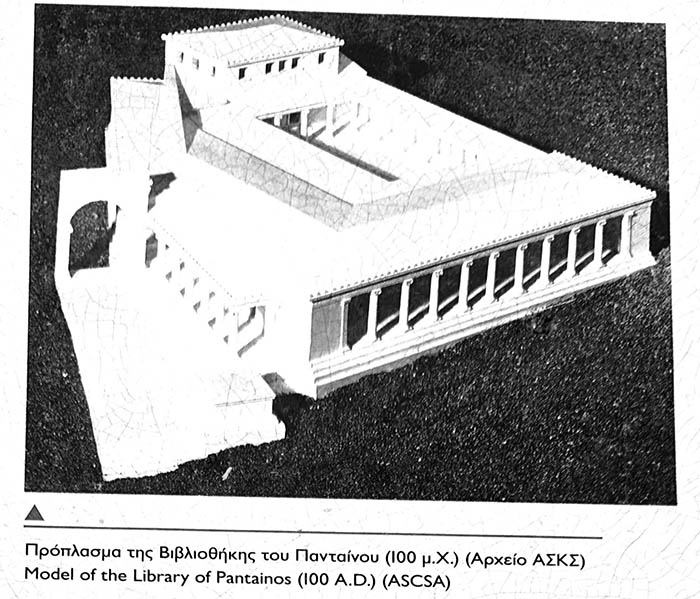
The Library of Pantainos is located next to the Stoa of Attalos. It consists of a large square room and a paved courtyard, surrounded by three stoas with shops behind their colonnades. In Roman times, it connected to the Roman Agora. According to the inscribed marble lintel block, the library was dedicated to Athena Archegetis, the emperor Trajan, and the Athenian people in the years around 100 A.D. The dedication came from Titus Flavius Pantainos, “a priest of the philosophical muses as well as the son of the head of a philosophical school.”
The library’s rules were inscribed into the building: “No book is to be taken out since we have sworn an oath. The library is to be open from the first hour until the sixth.”
It’s believed that Trajan may have been worshipped inside the library because the archaeologists found broken parts of the sculpture in the ruins. Also, the Library of Pantainos served as one of the philosophical schools of Athens that later became a residence.
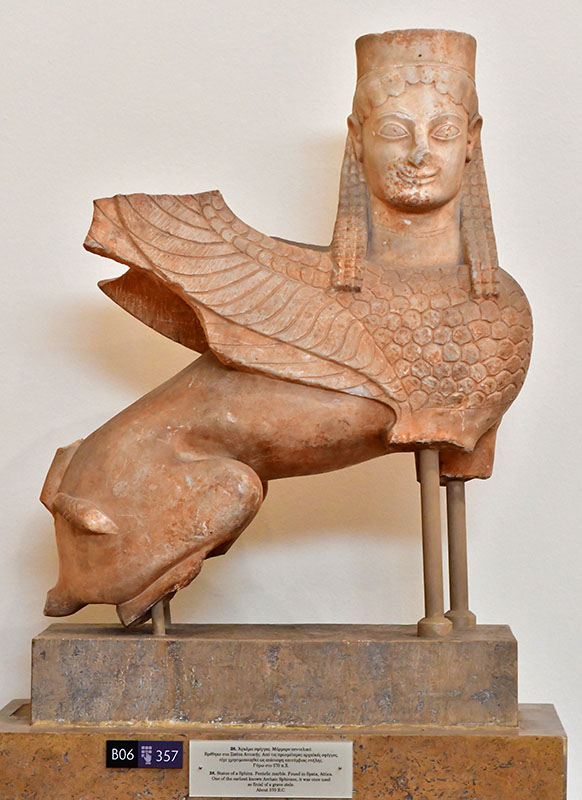
Roman Forum of Athens: Heart of Athenian Democracy

Roman Forum is a fairly small place in the heart of Athens that stands on the slope of the Acropolis Hill. You can see some remains of the agora, mainly broken columns and an octagonal tower built by the Romans.
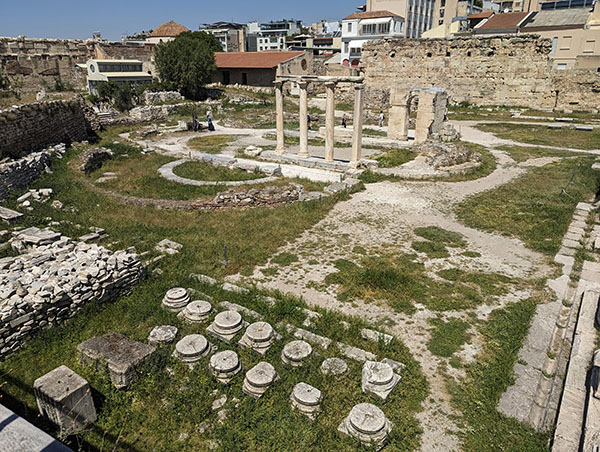

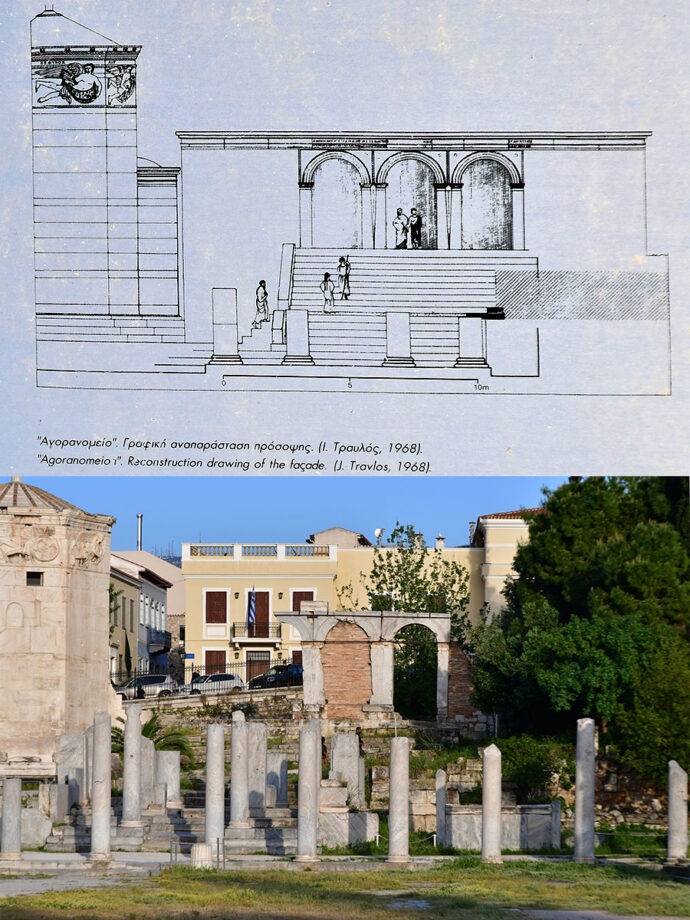
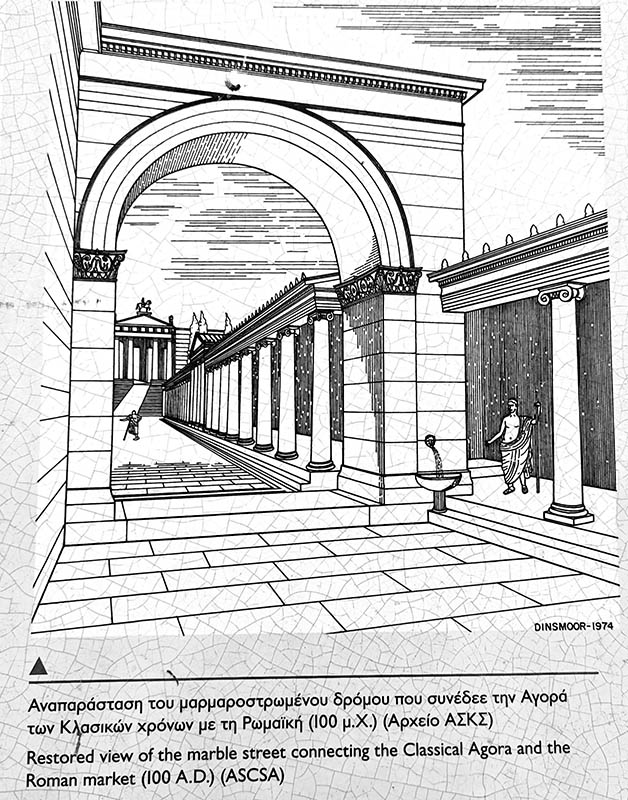
Greek Democracy
The Battle of Marathon was a pivotal event in Athenian history, as it not only defeated the seemingly invincible Persian army but also significantly boosted the development of Athenian democracy and freedom by demonstrating the power of the “demos” (common people) and solidifying their role in governance, leading to a more democratic political system where institutions like ostracism were further utilized to protect democracy. ( Ostracism was a process where citizens could vote to exile a potentially dangerous individual from Athens.) Athens became a powerful force rivaling Sparta. The city-state built the warship fleet under Themistocles to control power over the Aegean Sea. Finally, the victory over the Persians offered the necessary conditions for the supreme development of the intellect and the arts in the classical era.
The Tower of the Winds
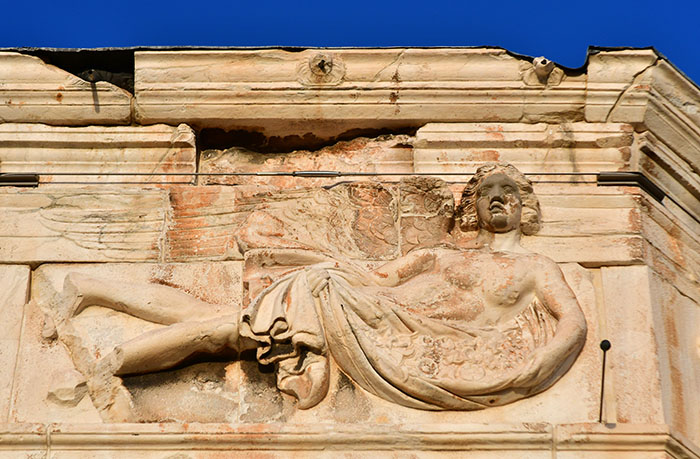
Made of Pentelic marble, the octagonal tower, the Horologion of Andronikos, also known as the “Tower of the Winds” or “Aerides” (the blowing winds), is one of few remaining buildings standing near the Roman Agora in Athens built around the 2nd century BC. The edifice has 8 sides with corresponding incised lines of sundials. The frieze above the edifice has the personifications of eight winds or gods with their symbols sculpted in relief, hence the name of the tower.

Created by the architect and astronomer Andronikos of Kyrrhos in Macedonia, the Tower of the Winds has an unusual, octagonal shape. Rising at 13.85 meters high, the octagonal tower has a porous stone foundation and a 3-stepped base. The preserved roof of the building consists of twenty-four slabs and a circular “keystone”. The Corinthian capital above it was probably the base for a Triton, a bronze wind vane. Blue paint covered the inner surface of the roof, one of the few preserved ancient Greek roofs.
When you walk in inside, it’s dark and not welcoming. The walls are oxidized and appear dirty so it’s hard to see some faint 13-14th-century frescoes and decorative colonettes. They were made later on when the tower was converted into a Christian church. These fresco fragments on the tower’s edifice depict an angel (Epitaphios lamentation) and a saint riding a horse. Also, there are traces of ancient wall paintings, such as palmettes, lotuses, and meanders. Finally, there’s the incised Roman ship dating to the 4th century AD and some graphite drawings of sailboats from later years. The original building, however, had an operating hydraulic mechanism that powered (with water pressure) a water clock or a ‘planetarium’ device similar to the Antikythera mechanism. Inside the monument, you can see the holes used to mount the hydraulic mechanism. Some cuttings on the floor were intended for water supply conduits and mechanism isolation.
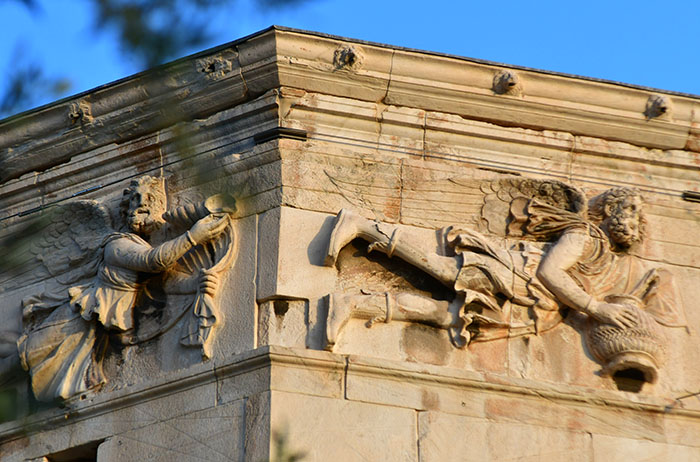
During the Ottoman occupation, the building was used as a tekke of the Mevlevi order. In 1838-1839, the Archaeological Society at Athens unearthed the entire monument, which was partly buried by then. You can’t pass by this tower if you’re in the area but check the working hours of all archeological sites on Google as Greeks like to close after 2 pm, although this place was open late in the day when we visited it.
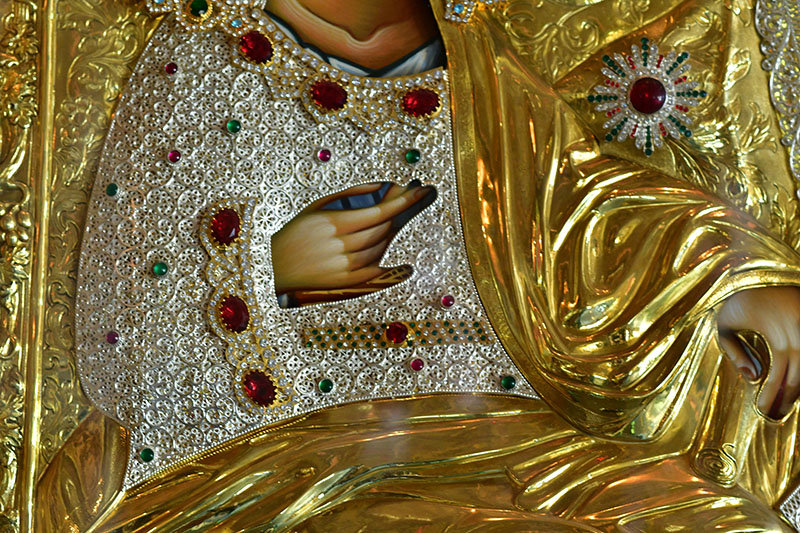
The Latrines or Public Bathrooms:
Did ancient Greeks go to the public bathroom? You bet! By walking around the Acropolis, I found a picture with a description of a rectangular building with a lobby and hall. The roofed hall had a bench with round holes in it that stretched along all four sides of the building. The great hall’s center of the latrines didn’t have any roofing for light and ventilation purposes. There was a system of running water that flushed the waste away through a deep peripheral canal to the main drain of the city built around the 1st century AD. It was a real public bathroom made for people visiting the Roman Agora.
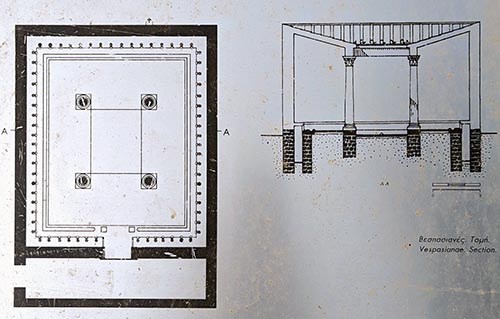

The Library of Hadrian
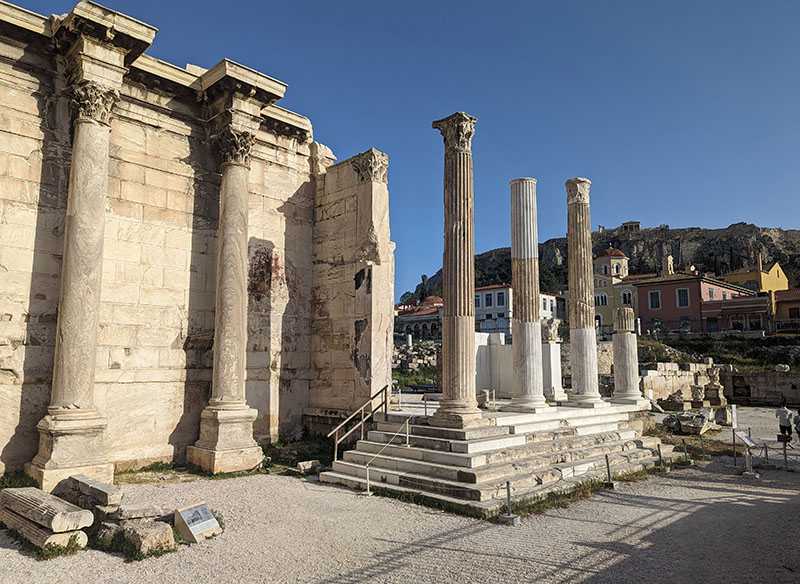
You can’t pass the Library of Hadrian archaeological site that’s located next door to the old city center. It’s situated on the north side of the Acropolis, near the Roman Agora. Unfortunately, there’s not much left from the rectangular enclosure but the wall with the Corinthian columns. A blend of Greco-Roman styles, it was the library, archive, lecture hall, and cultural center built under the Roman emperor, Hadrian, who loved Greek culture and gifted this library to Athens in 132 AD. The library also had reading rooms, a garden, and a pool.
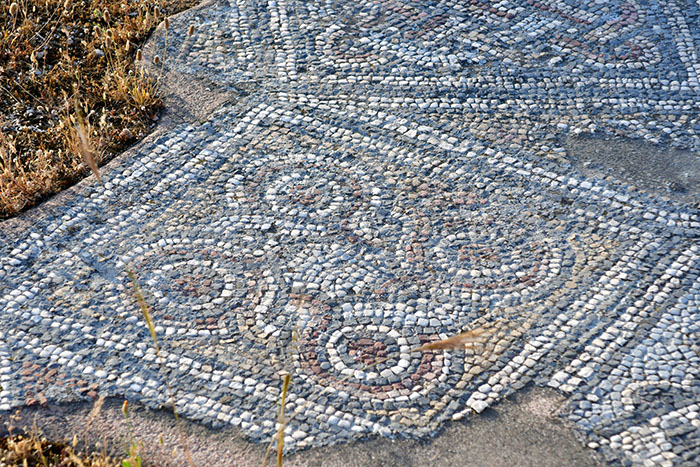
There used to be a tetraconch church right in the center of the courtyard, built around 410s AD. There’s nothing left but the remnants of the mosaic floor with floral patterns lying in grass and poppy flowers. Two other churches were built over this one after its demolition in the 6th century.
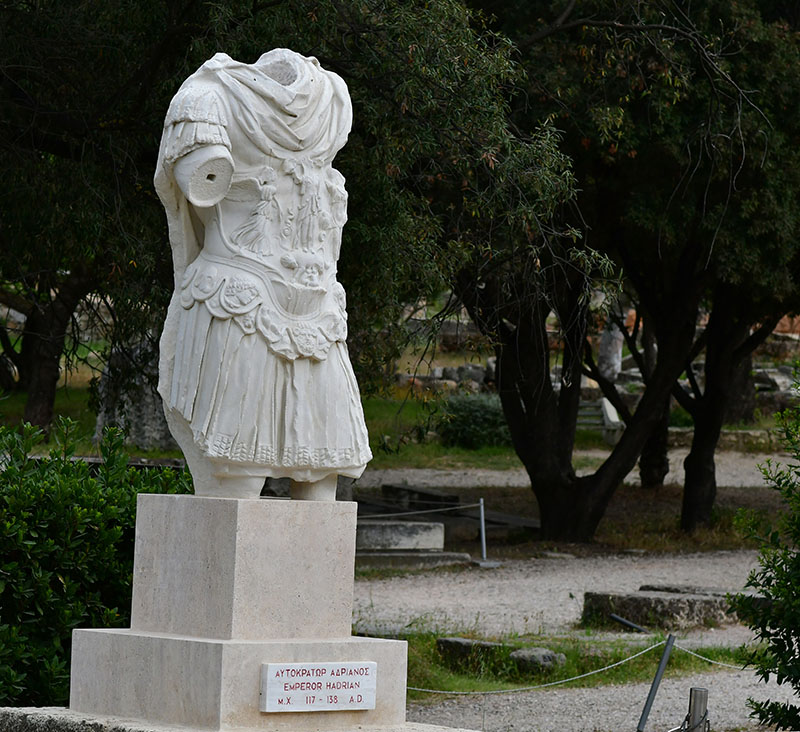
The Spartan battle of Thermopylae
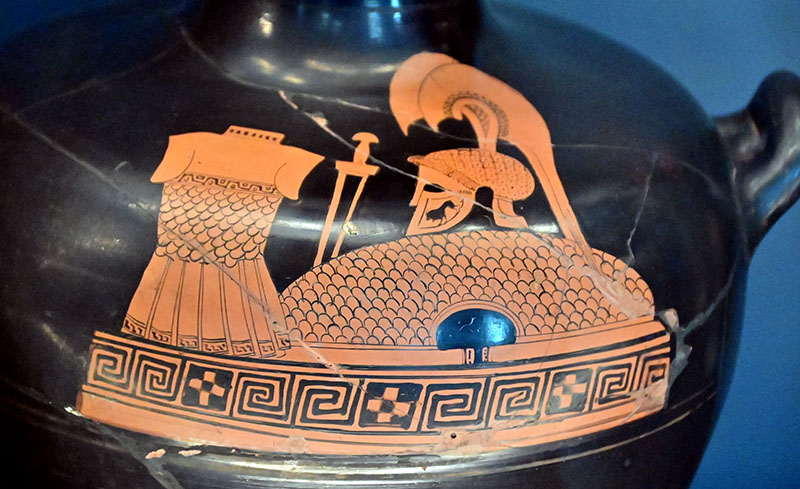
If you’re in Athens and travel to other places around it, you can visit the legendary Thermopylae. Today it’s a field with mountains, grass, and trees. It has a small museum (closes in the afternoon) and a contemporary art sculpture with the warrior dedicated to the battle of Spartans against the Persians.
Three hundred Spartans and seven hundred Thespians under the orders of Leonidas, king of Sparta, decided to fight against the Persians and win or die defending the freedom of their country. According to the historian Herodotus, the Persian army consisted of about one million seven hundred thousand soldiers who were under the command of king Xerxes. The Persians asked the defenders to give their arms up, but Leonidas replied to them with the heroic phrase; "COME AND GET THEM."
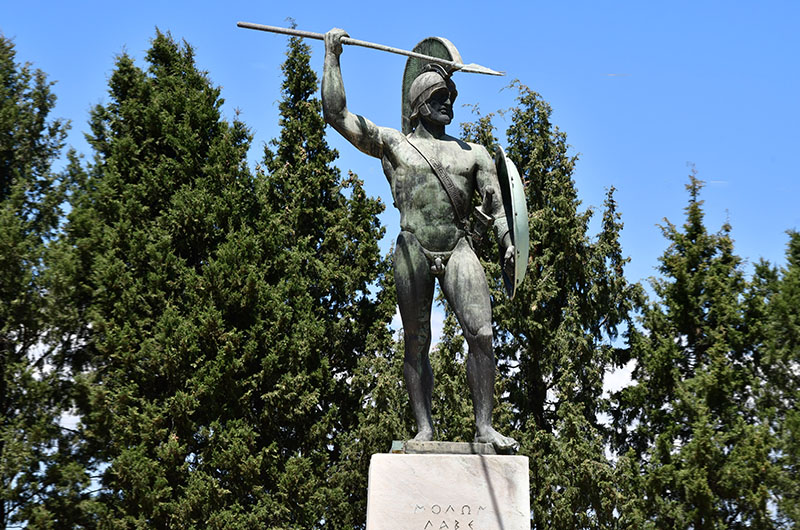
The Battle of Thermopylae, fought in 480 BCE, was a pivotal clash between the invading Persian Empire under Xerxes I and a defending force of allied Greek city-states led by King Leonidas of Sparta.
The Persian Empire, under Xerxes, sought to conquer Greece. A Greek alliance was formed to resist the invasion. However, many Greek city-states remained neutral or even sided with the Persians. The Greeks chose Thermopylae, a narrow mountain pass, as a strategic location to defend. The pass offered a choke point where the vast Persian army wouldn’t be able to fully utilize its numerical advantage. King Leonidas of Sparta led a contingent of 300 Spartan warriors, along with approximately 7,000 other Greek soldiers from various city-states. The Spartans fiercely defended the narrow pass for three days, inflicting heavy casualties on the Persians. A Greek traitor named Ephialtes revealed a secret mountain path that allowed the Persians to outflank the Greek position. Knowing they were surrounded, Leonidas dismissed most of the allied Greek forces and led his 300 Spartans, along with some remaining allies, in a suicidal last stand against the Persians. Although the Persians eventually overwhelmed the Greeks, their victory came at a great cost. The Greeks inflicted heavy losses on the Persian army, demonstrating their courage and resistance. This boosted Greek morale for the remaining battles of the Greco-Persian Wars.
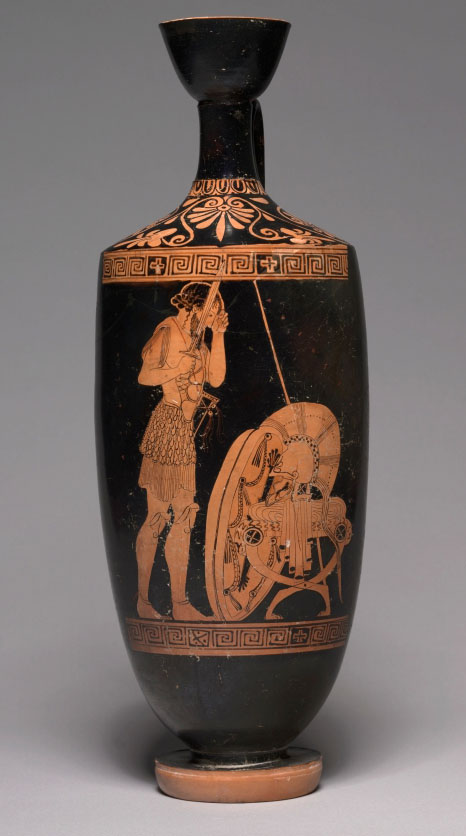
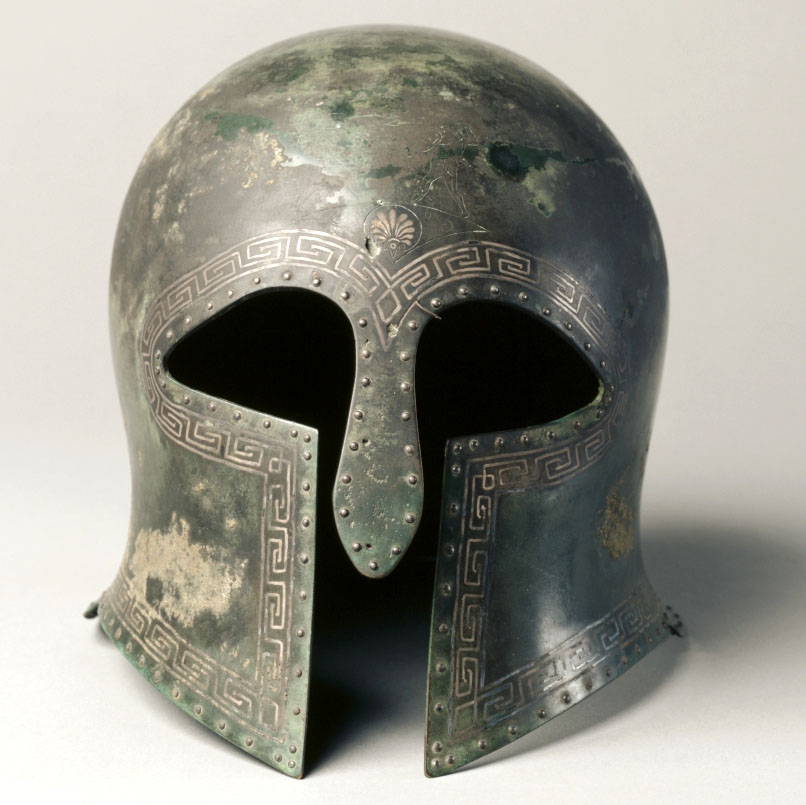
The Battle of Thermopylae became a legendary symbol of Greek courage and resistance against overwhelming odds. The Spartans’ sacrifice inspired other Greek city-states to continue fighting the Persians. Although a tactical defeat, Thermopylae bought valuable time for other Greek forces to prepare and ultimately defeat the Persians at the Battle of Salamis.
Travel tips for Athens & Greece:
I must say that it’s almost shocking to see how poor this country is considering the value of Greece’s history and archeological sites. The very center of Athens, like the Monastiraki area, has many dilapidated buildings. The entire city is covered in street ‘art’ writings and many public places close at 2-3pm! Restaurants work, of course, but the country exhibits a perpetual decline. Having said this, the upside surprise is that Greeks speak English very well even at grocery stores. They are helpful and in general, I felt safe walking around Athens.
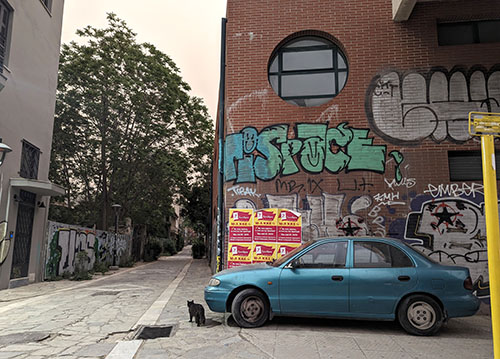
To visit the Parthenon you must buy your tickets in advance, especially if you go during the season. Buy them before your departure. Every other site is easy to get into. We rented a car and drove around Athens and to Delphi & Holy Meteora. The roads are exceptional but are not free. You’d be stopped to pay a toll every half an hour… Also, people don’t seem to drive cars as the roads are empty. Tourists travel by bus and other transportation. If you want to visit the islands, both the small airplanes and ships work well, although the ships can be canceled because of the weather more often than you think.
Finally, if you’ve traveled a lot around Europe, it’s a fact that there’s not much left from the temples and other archeological sites in Athens and Greece, which could be very disappointing if you are a visual person. While Rome was a ‘copy’ of ancient Greek architecture, built much later, a lot remains in Rome to see, unlike in Greece. Most of Ancient Greece is thoroughly destroyed. To top it off, the Louvre has several rooms filled with exceptional ancient Greek vases and classical sculpture as well. The Met has a large collection of Greco-Roman art, but the archeological museums I visited in Greece were relatively poor in terms of their collection in comparison to these museums. I know many people visit Greece for its sea, sun, and beaches and probably won’t share my opinion about this beautiful country. It’s still worth the visit, of course, but I wish the nation took care of its heritage more.
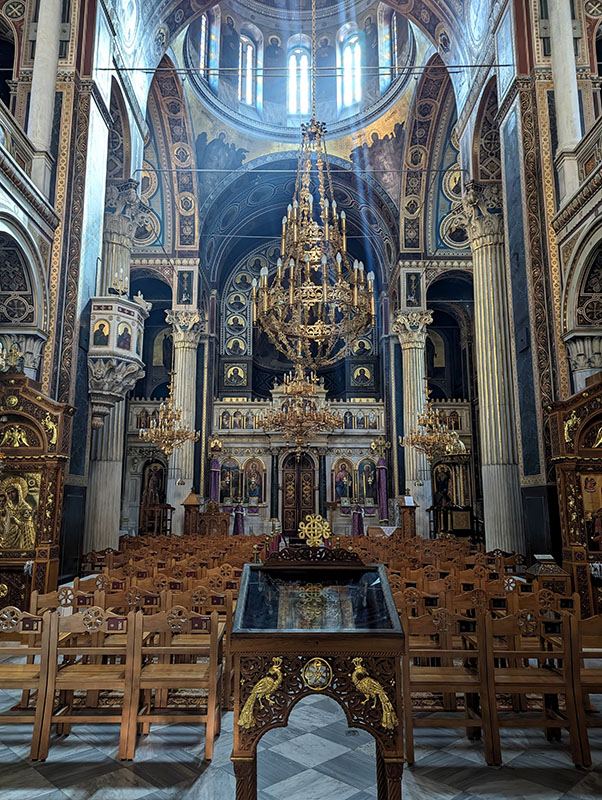
To read more about ancient Greece’s History:
If you enjoyed this historical exploration, be sure to check out my other videos and articles about ancient Greece!
